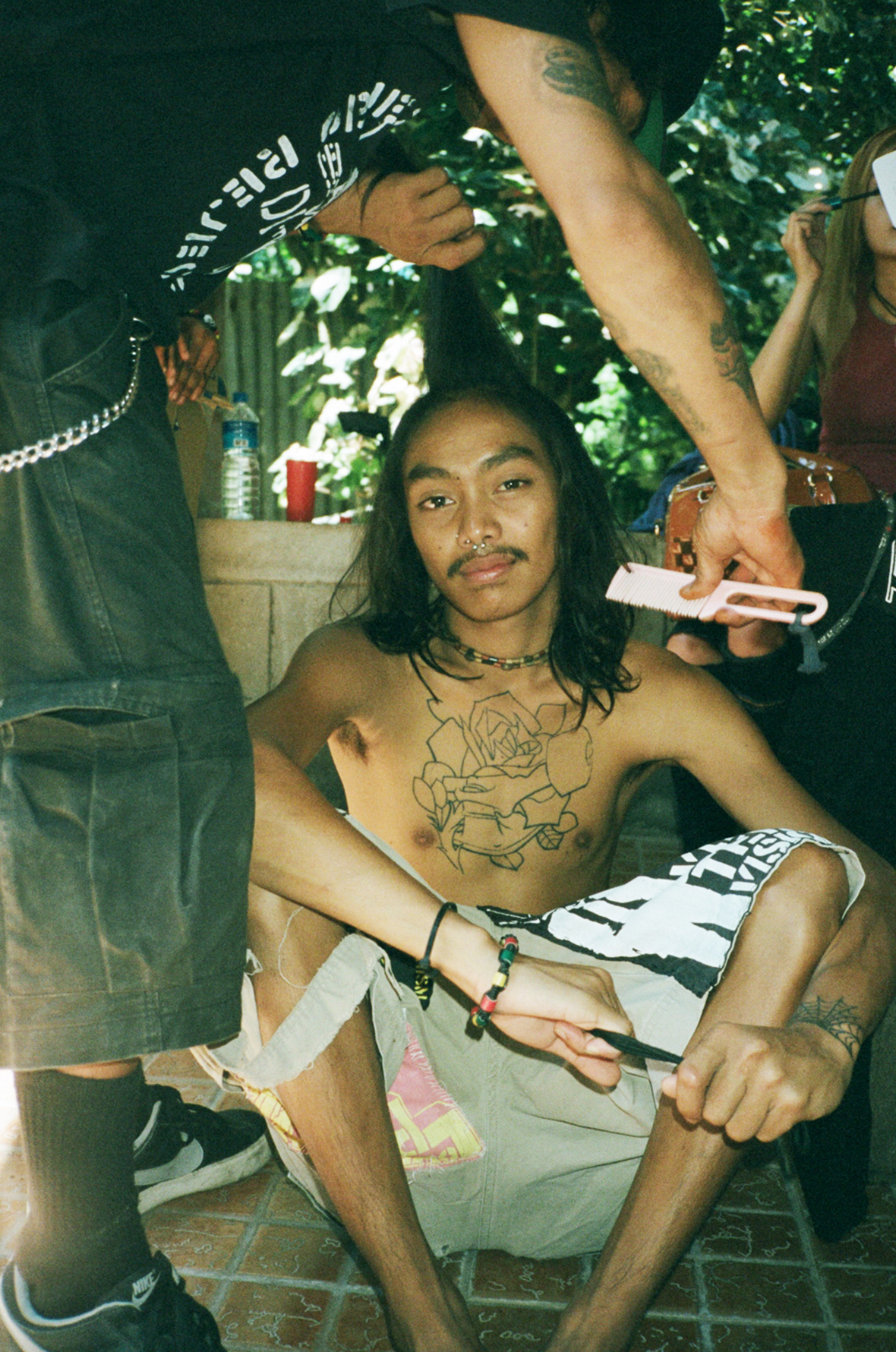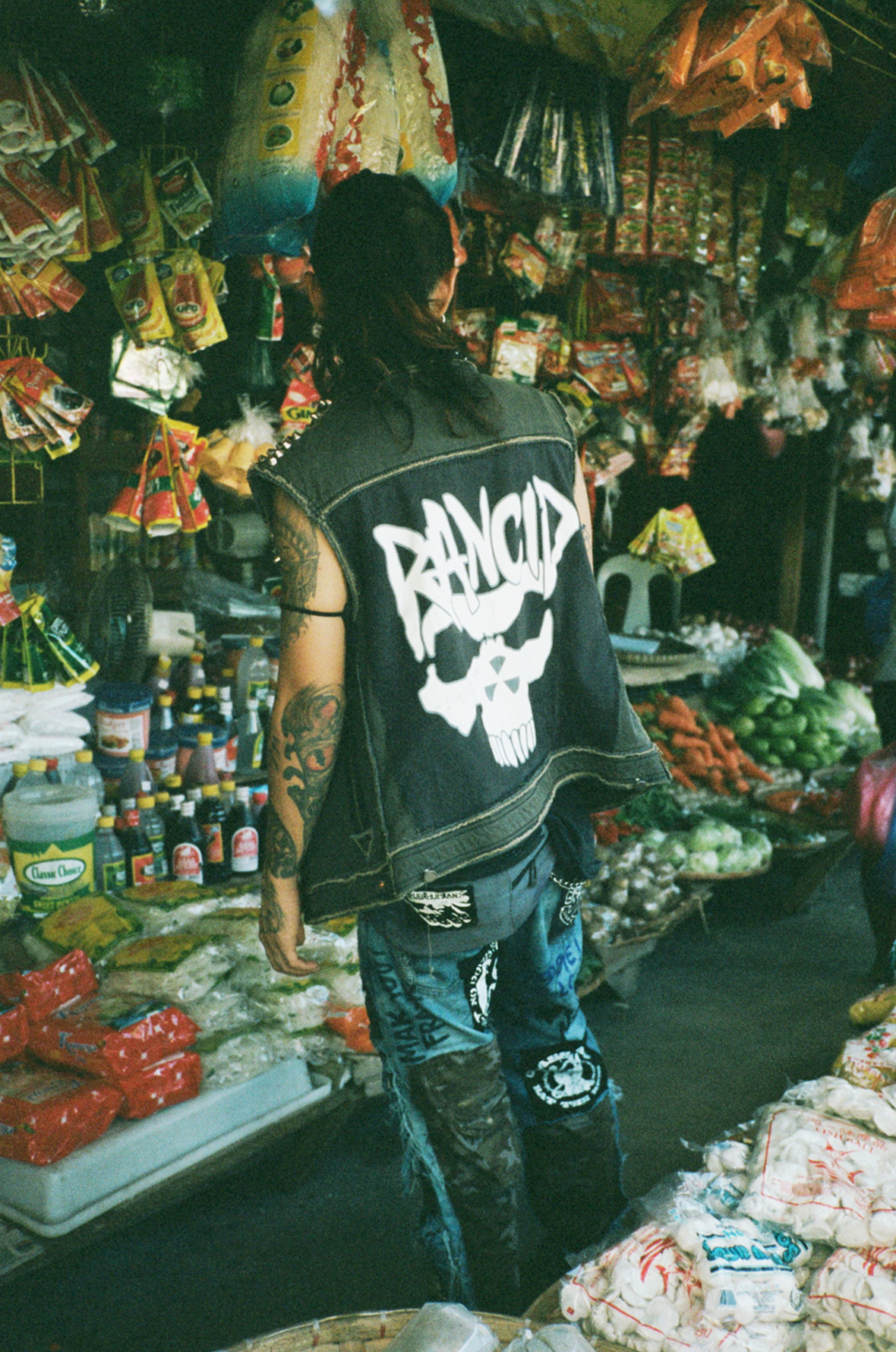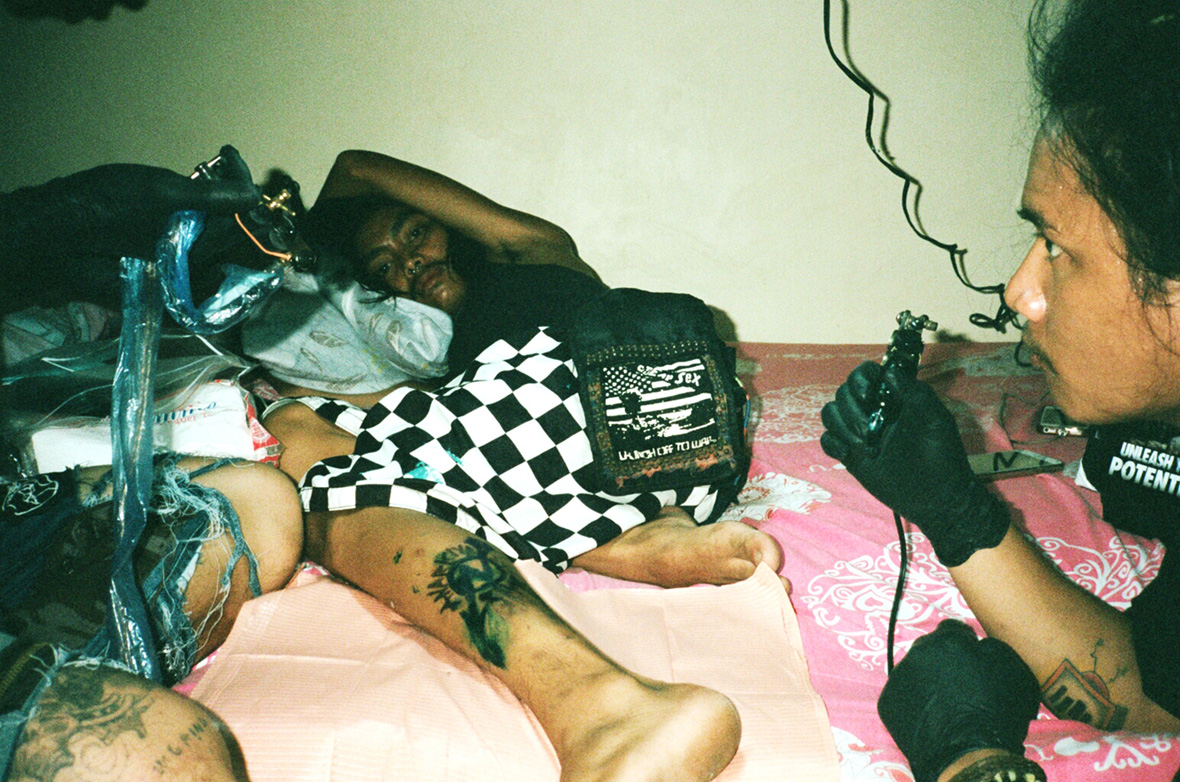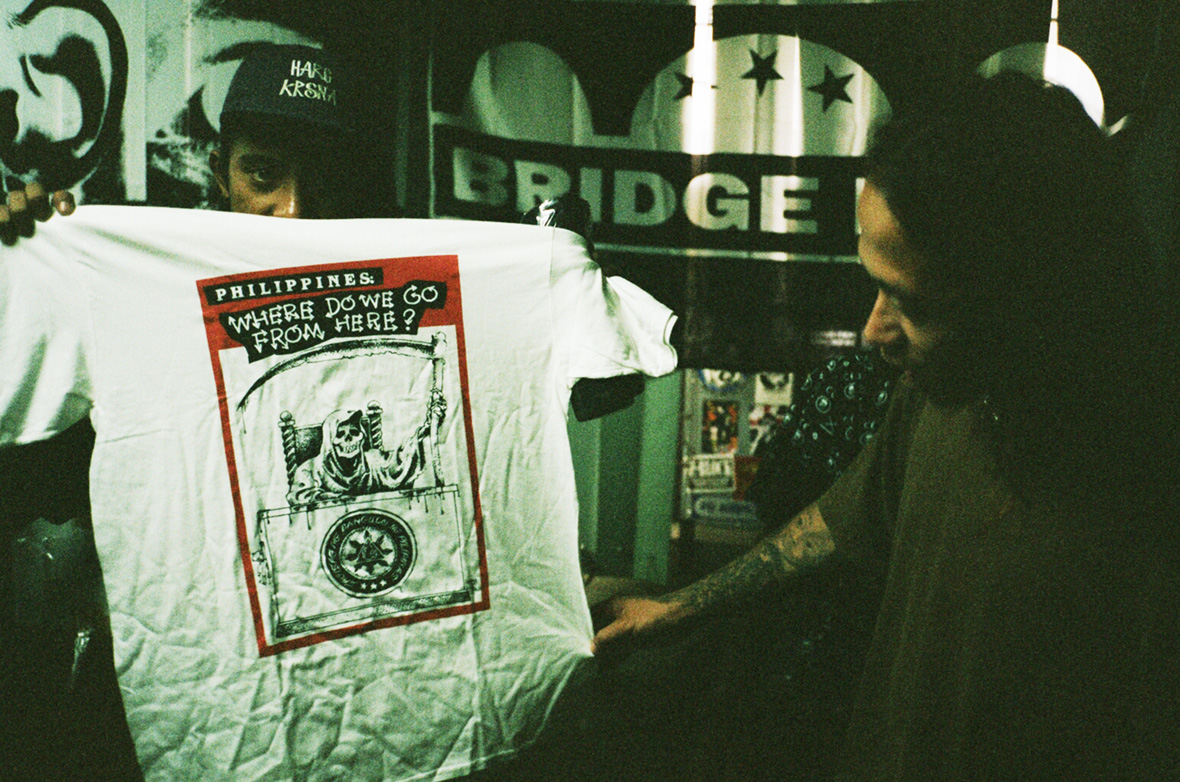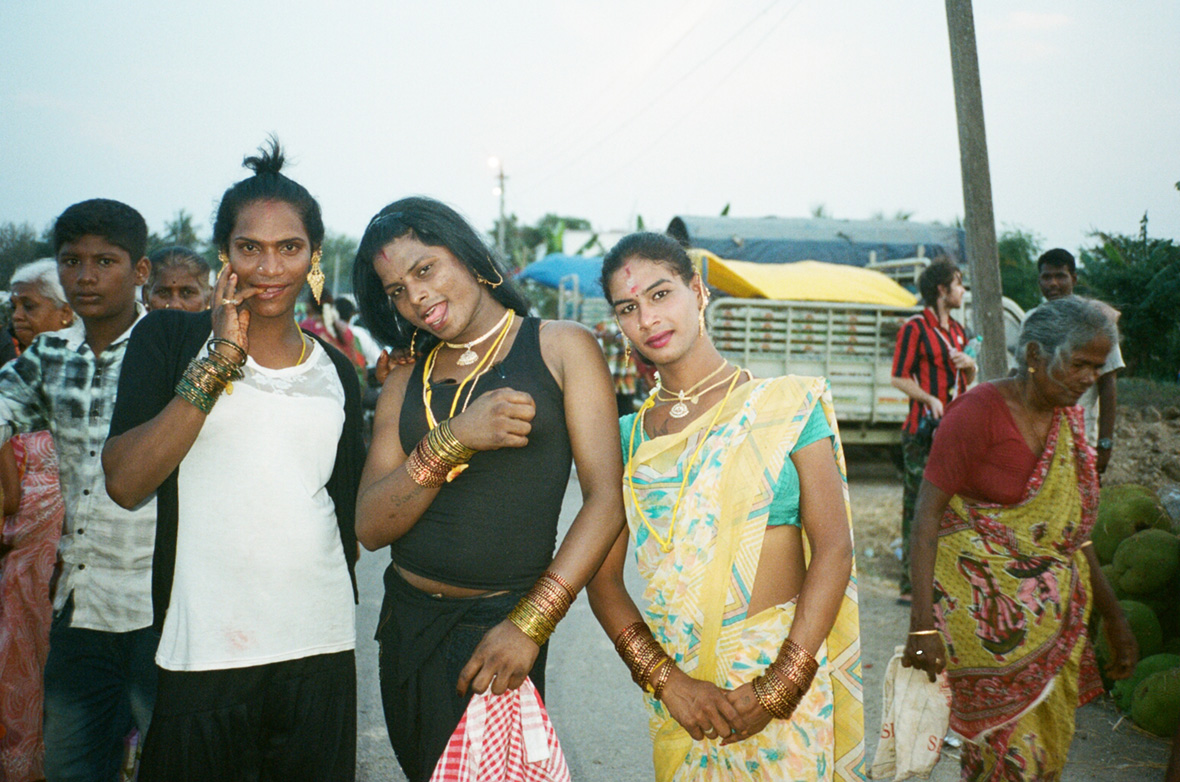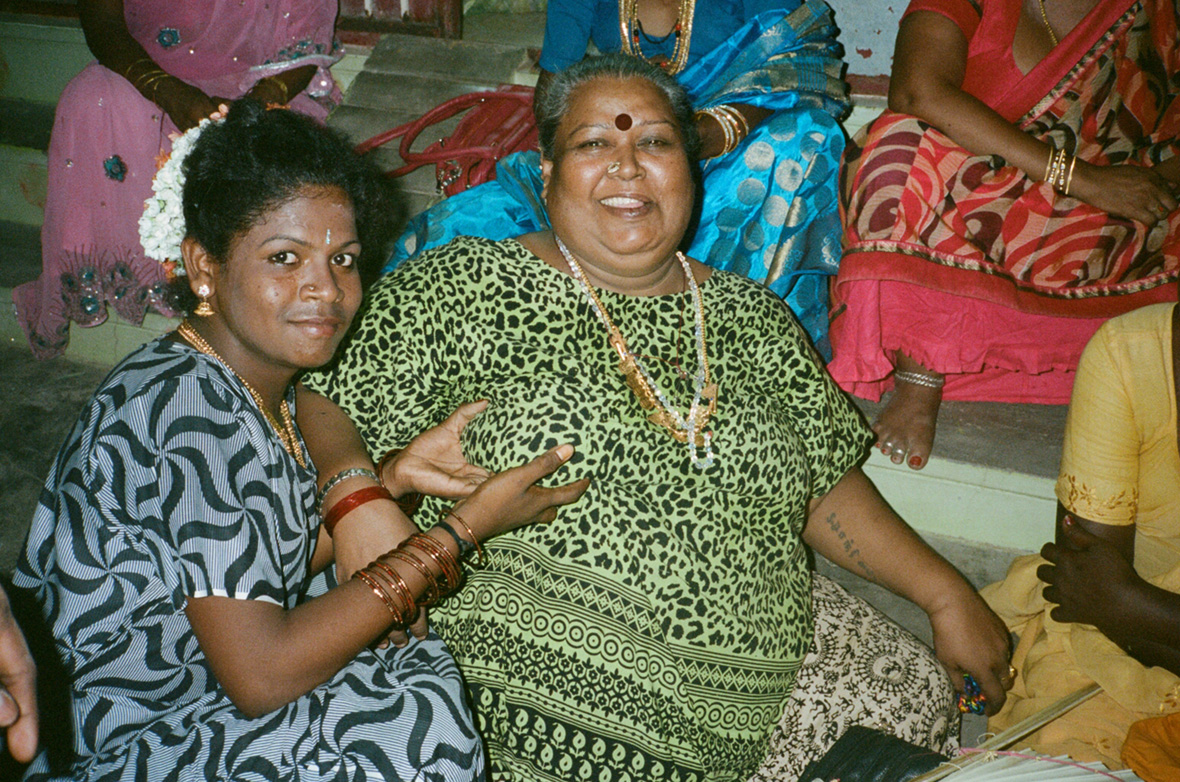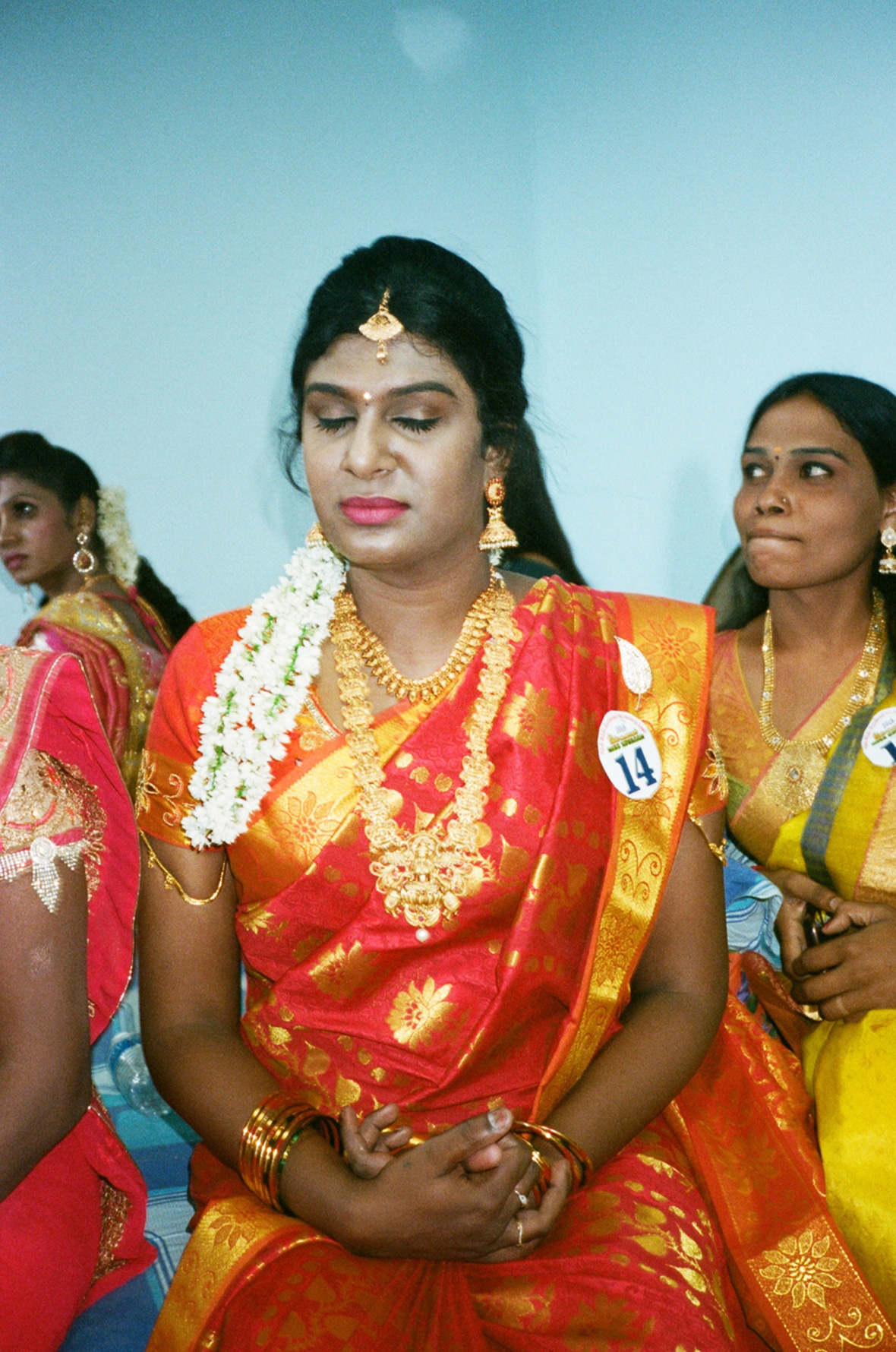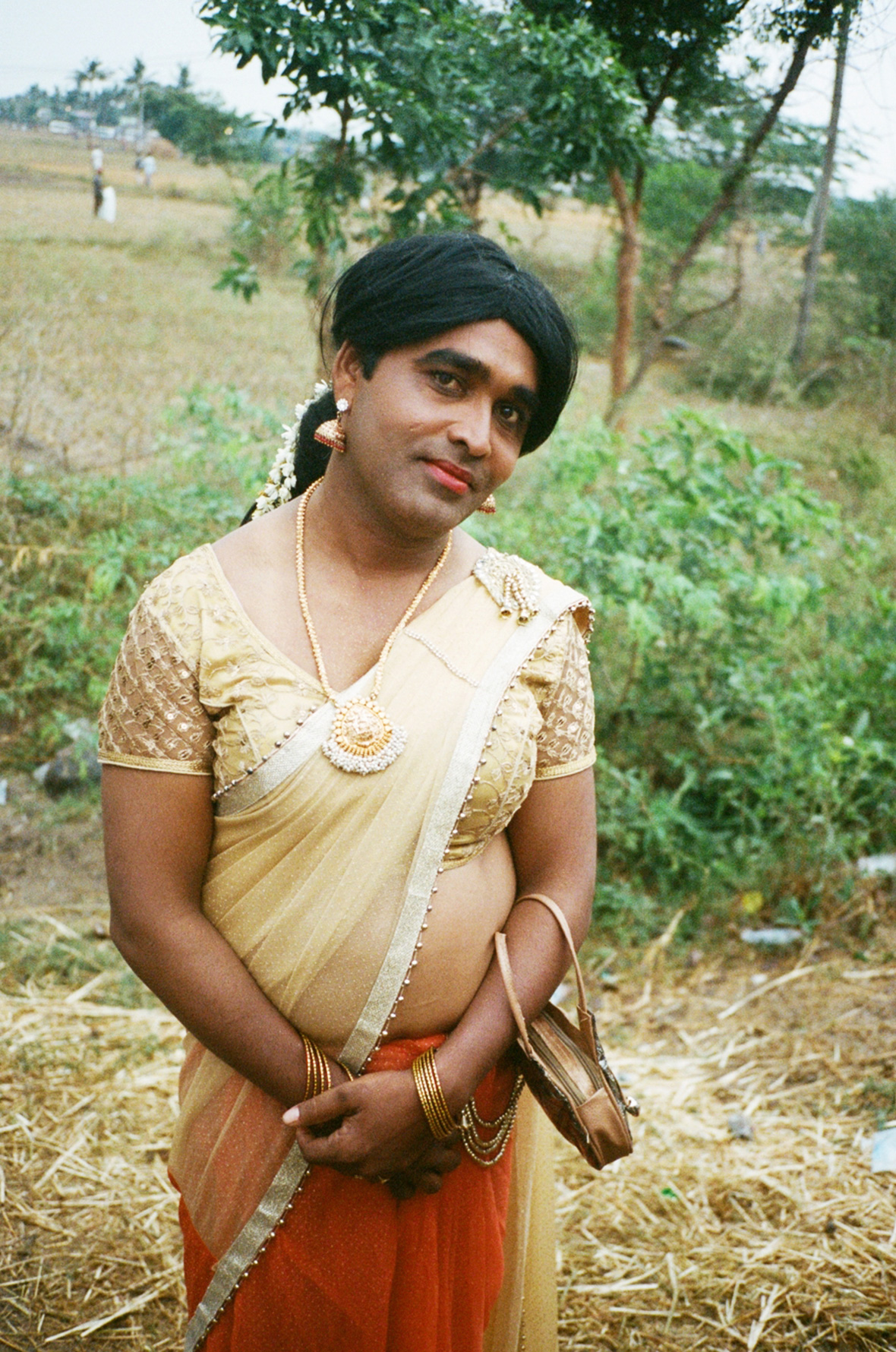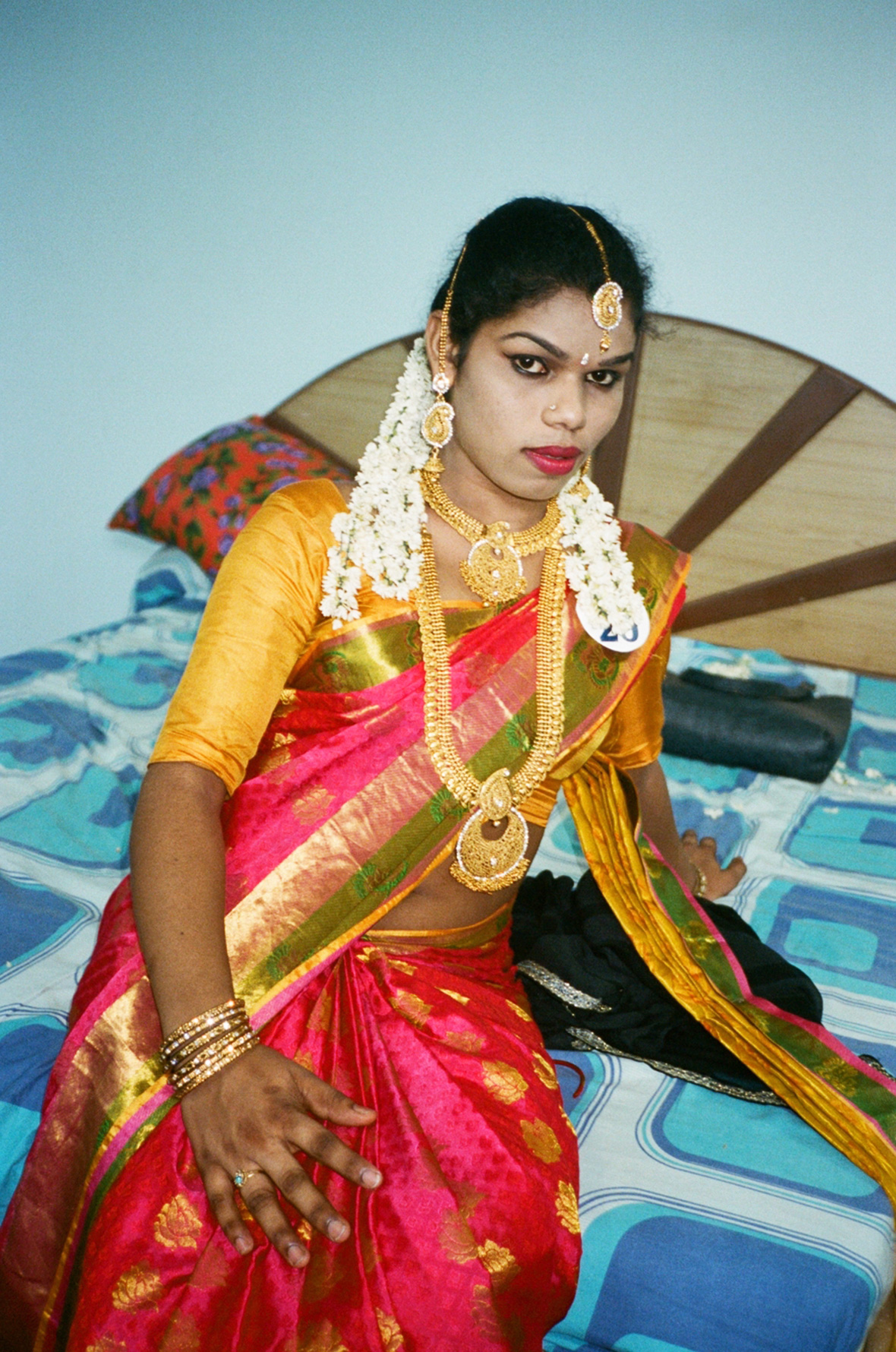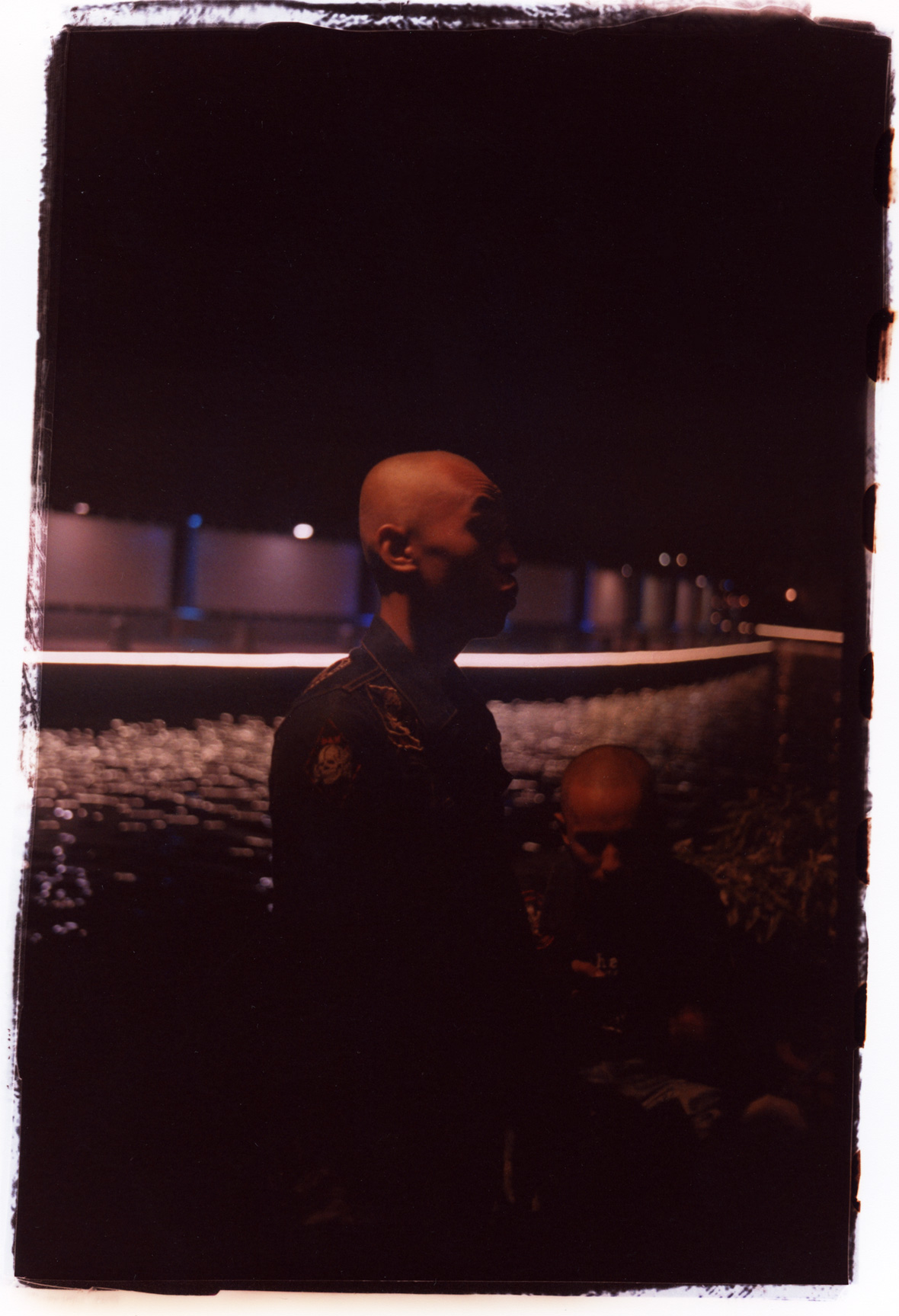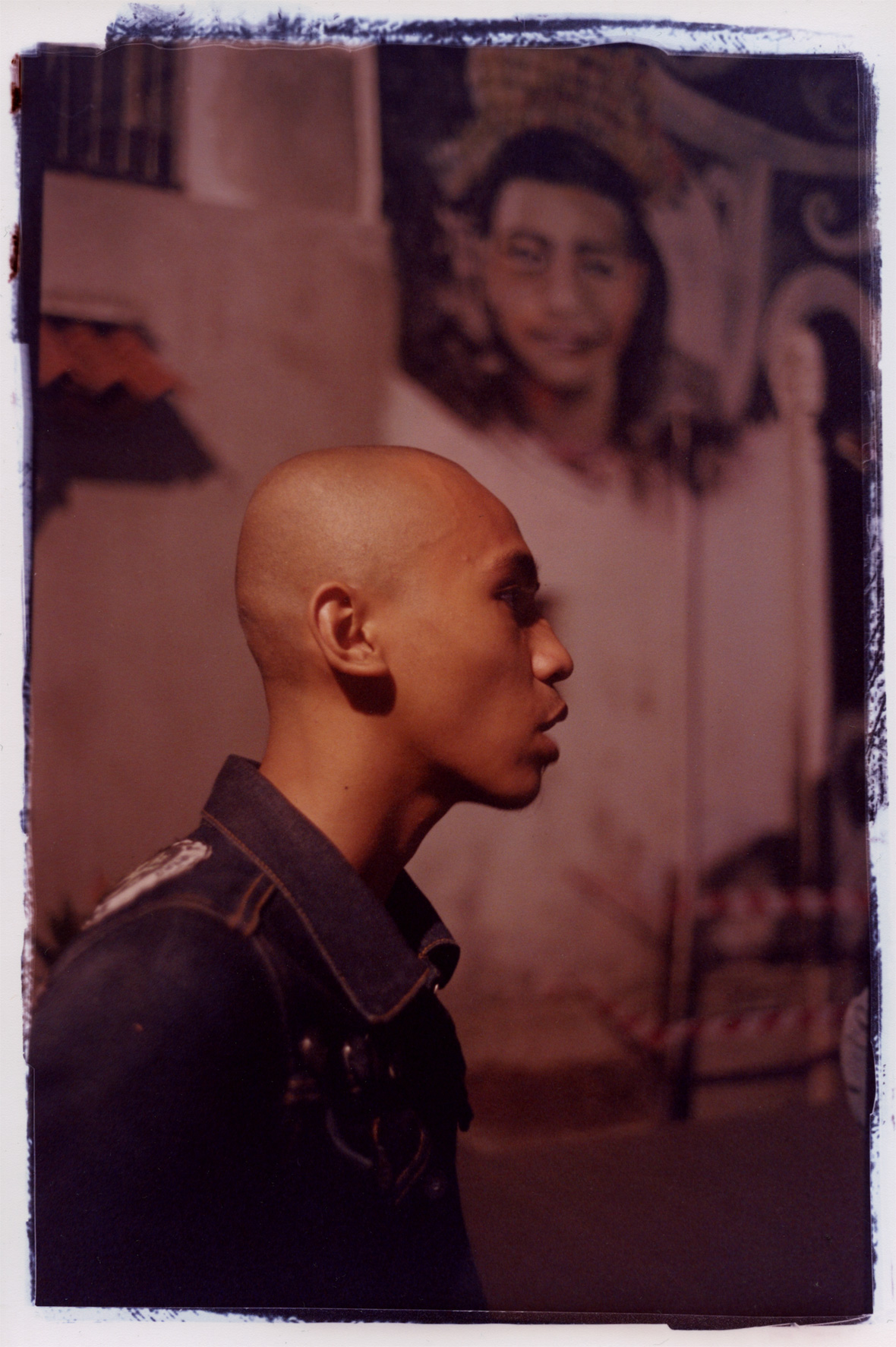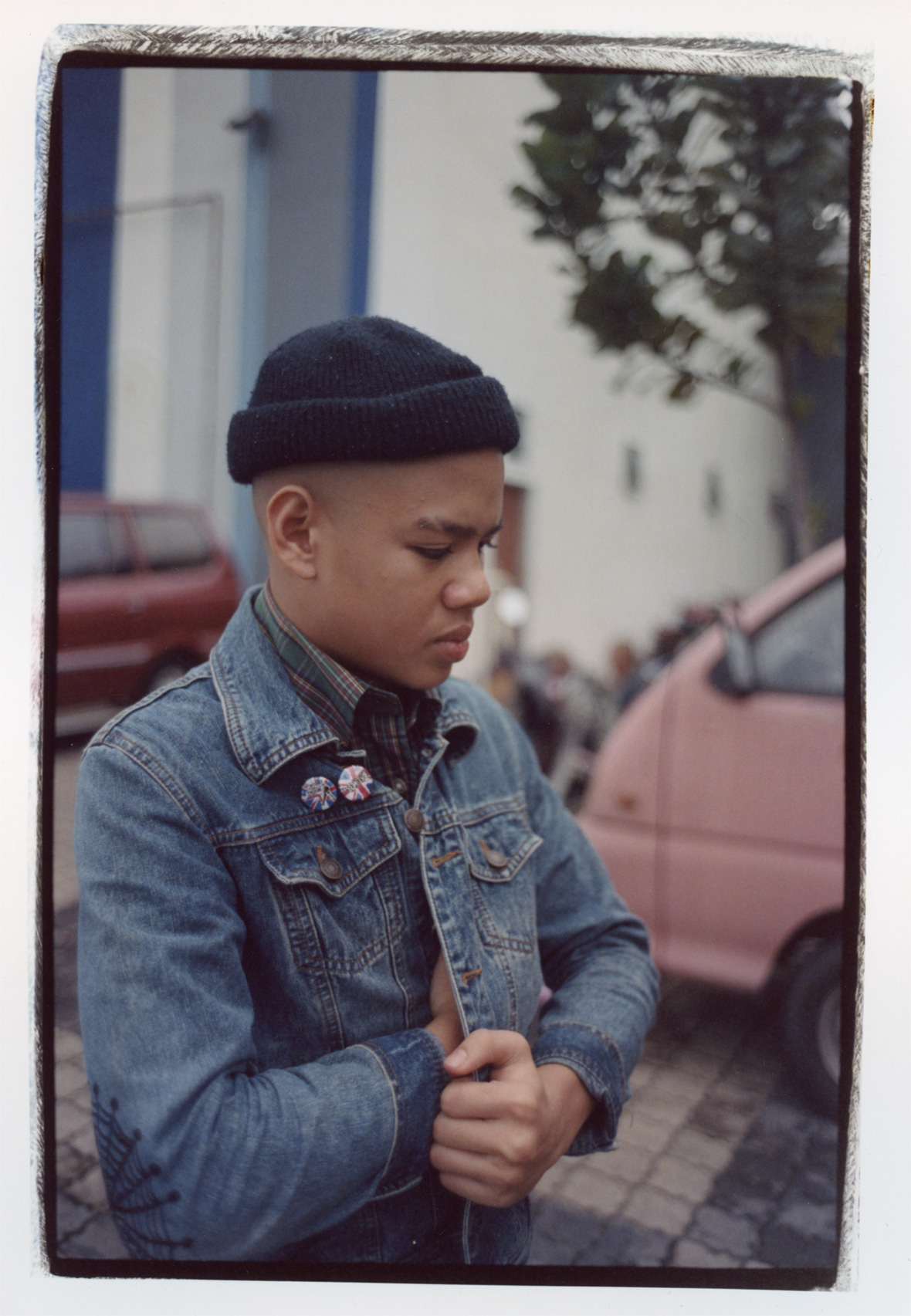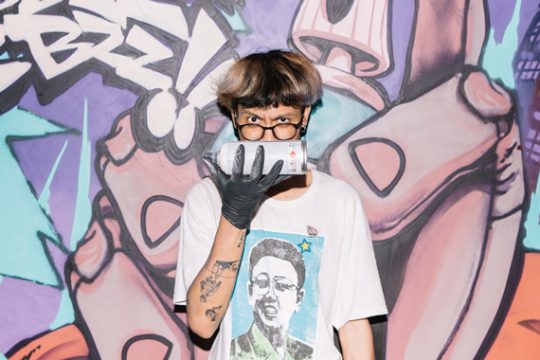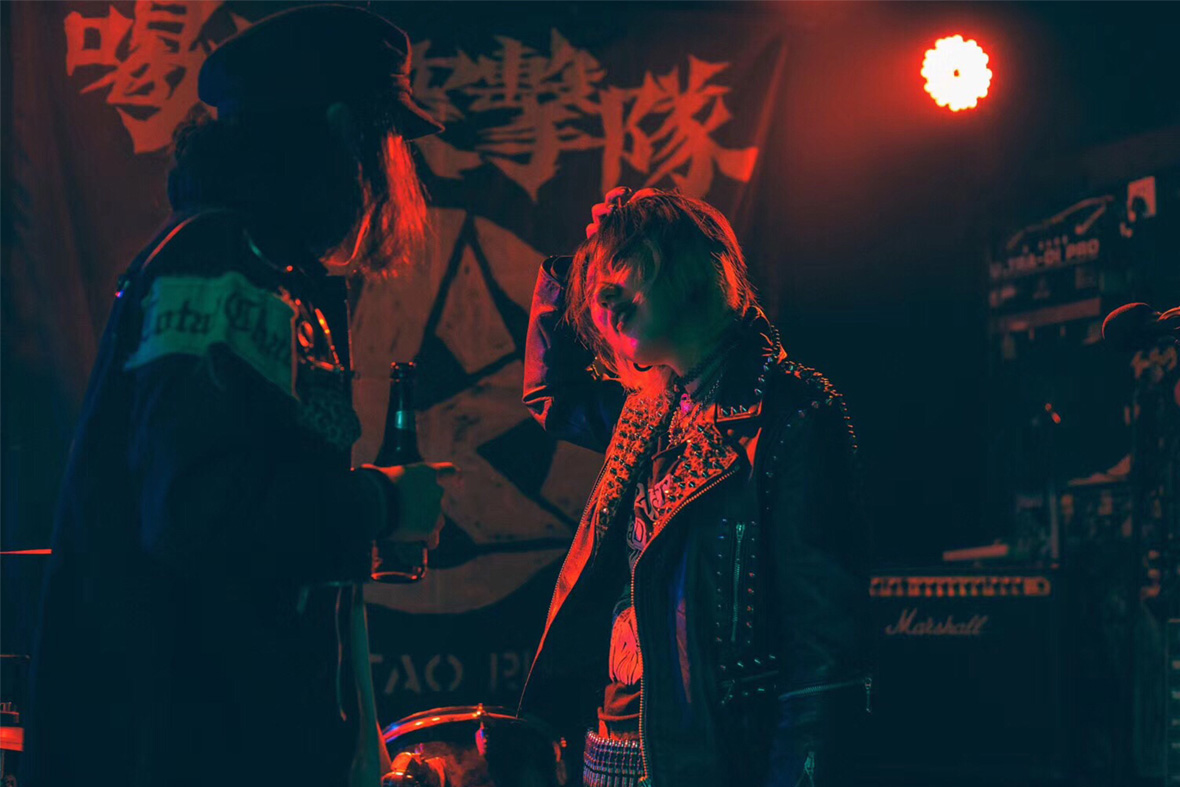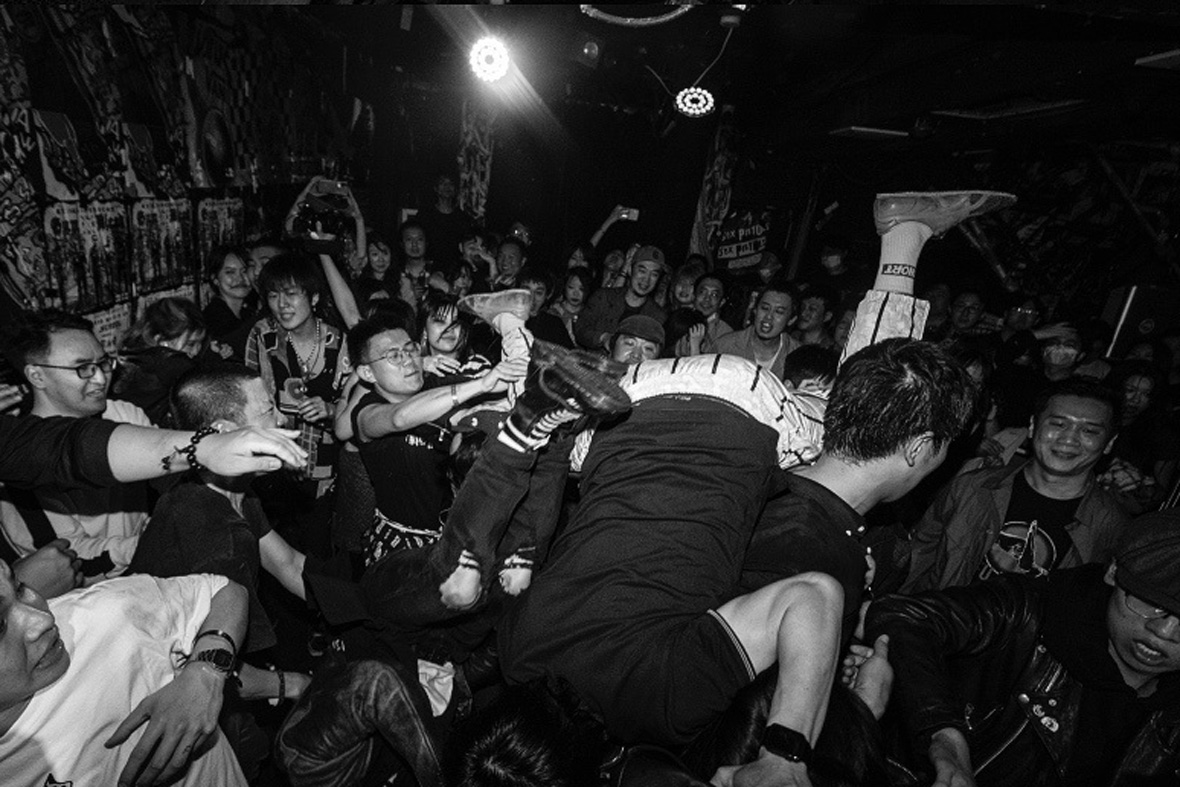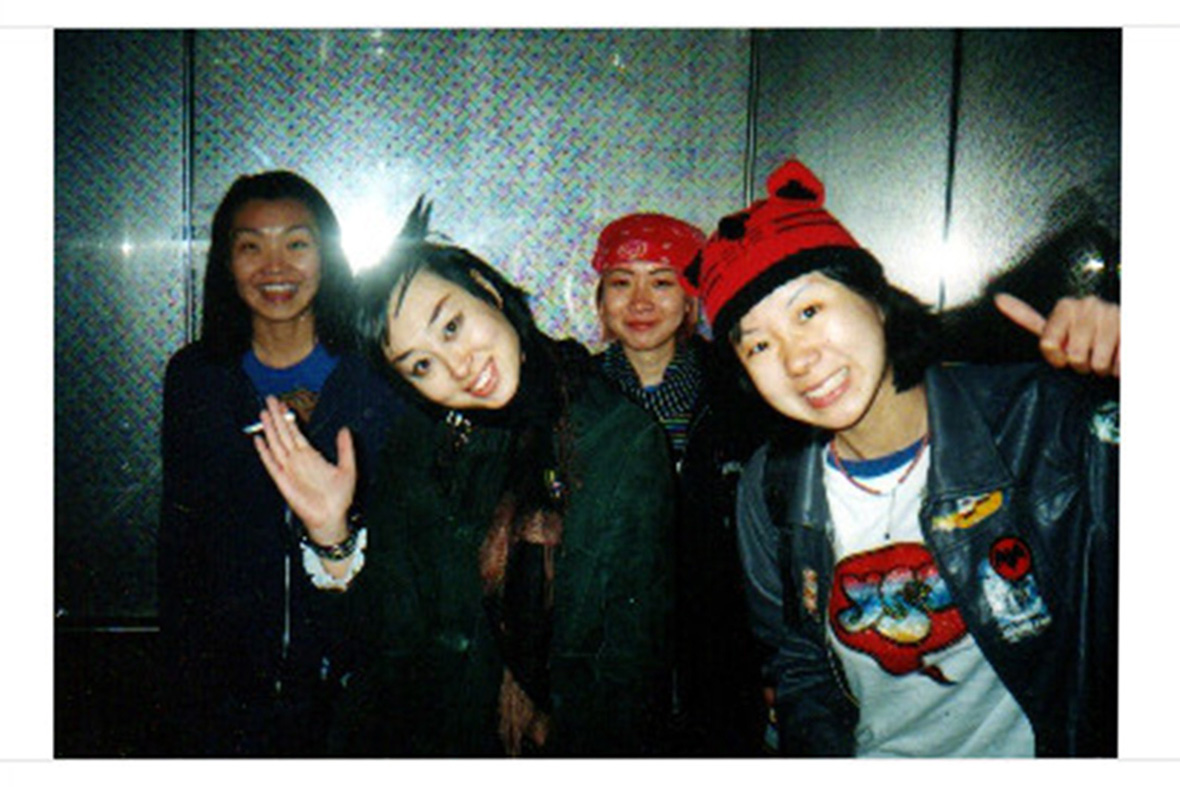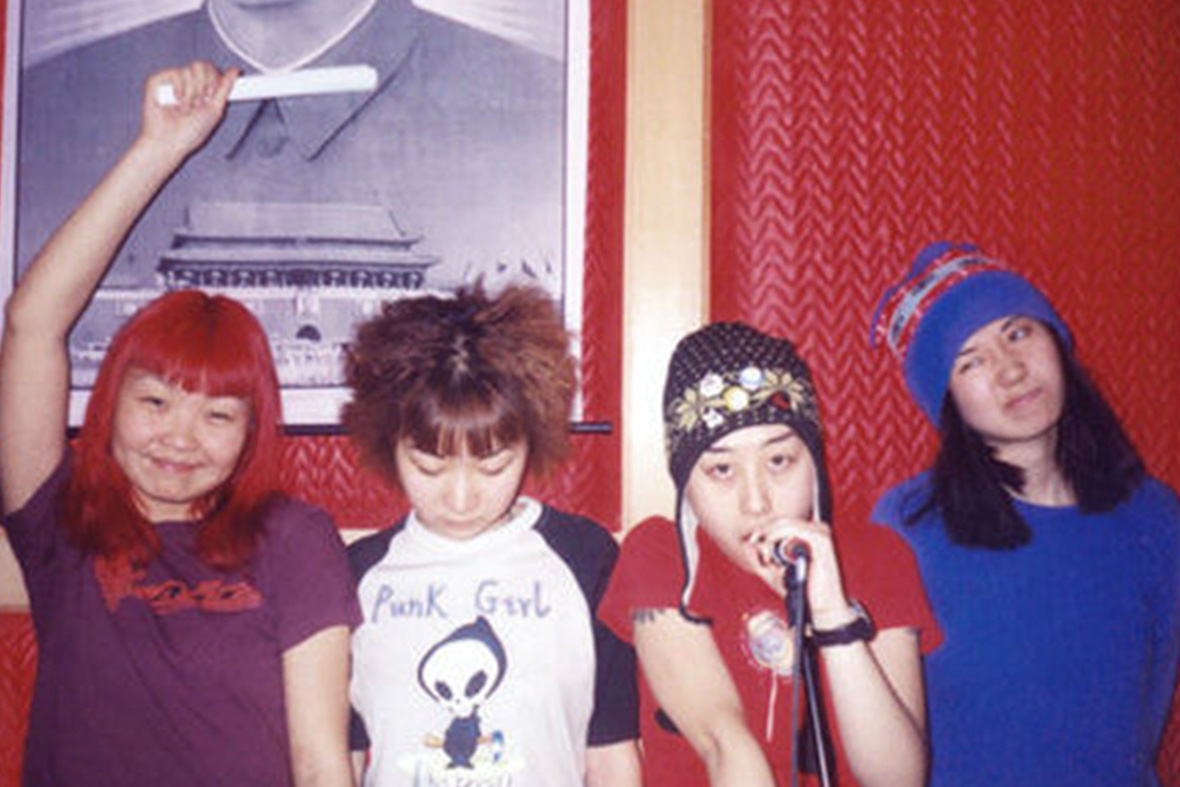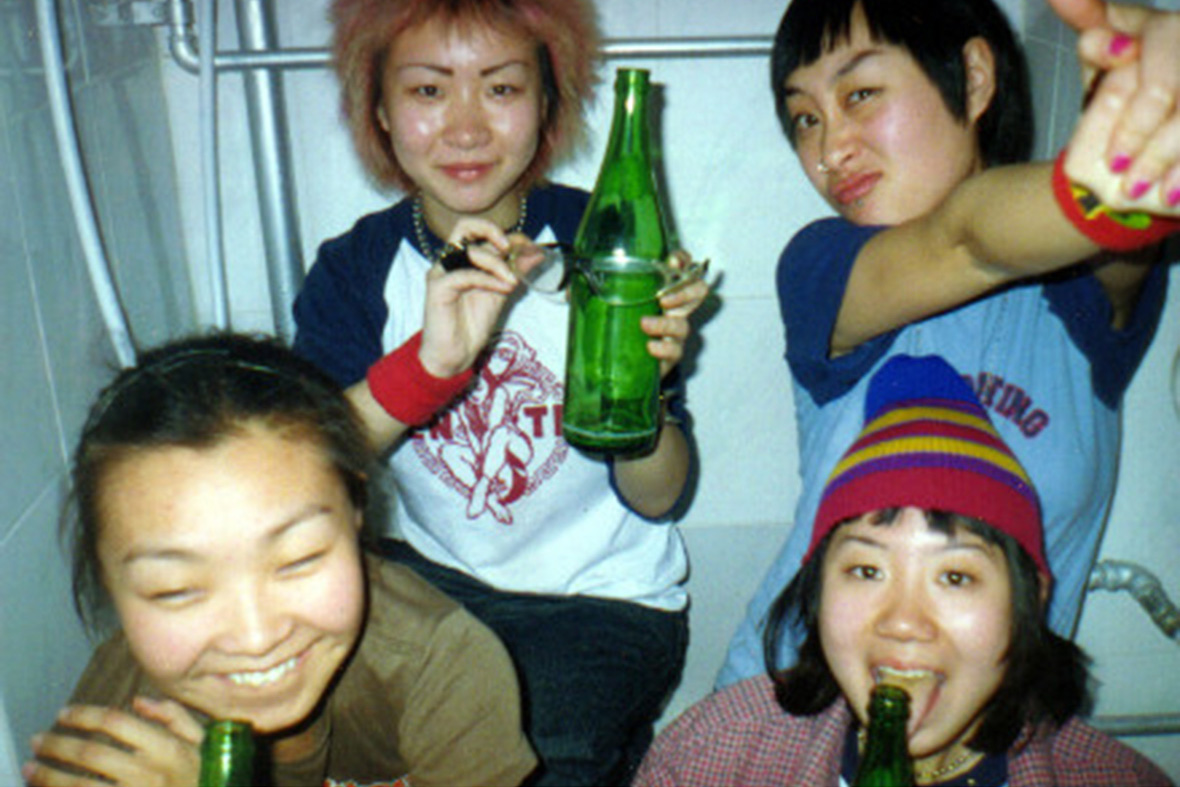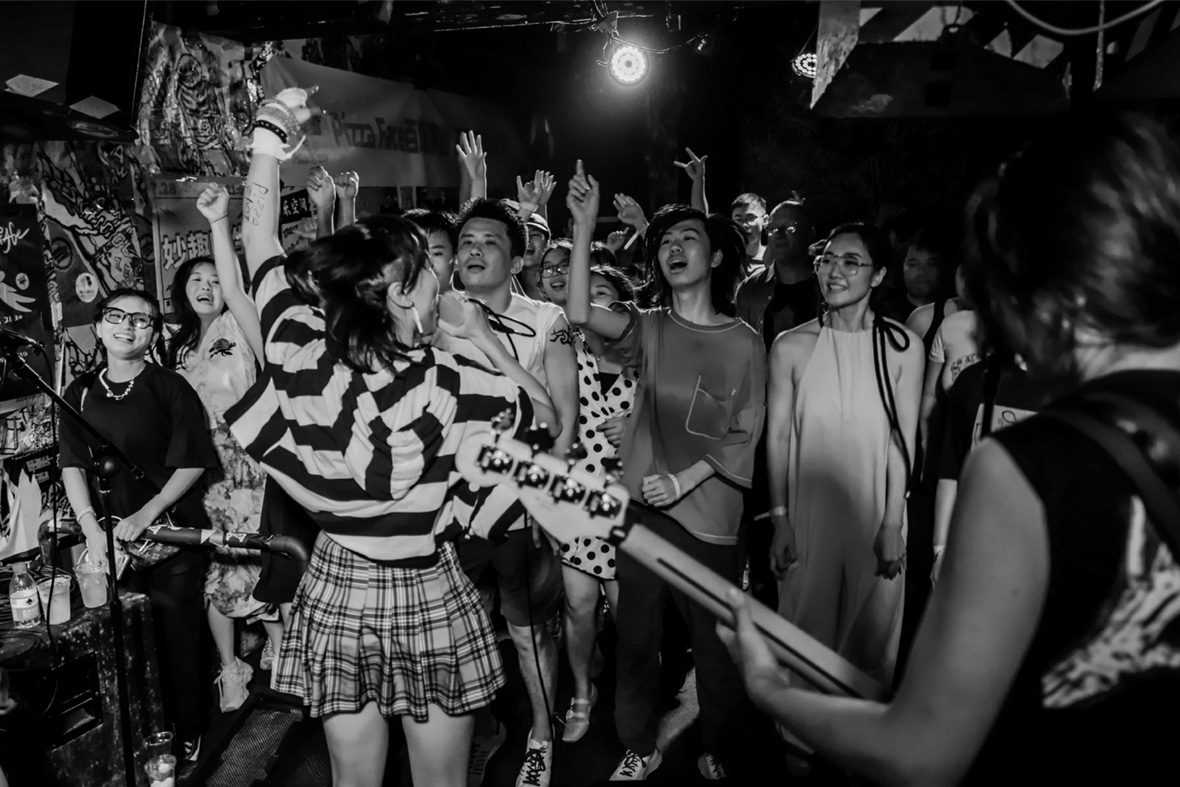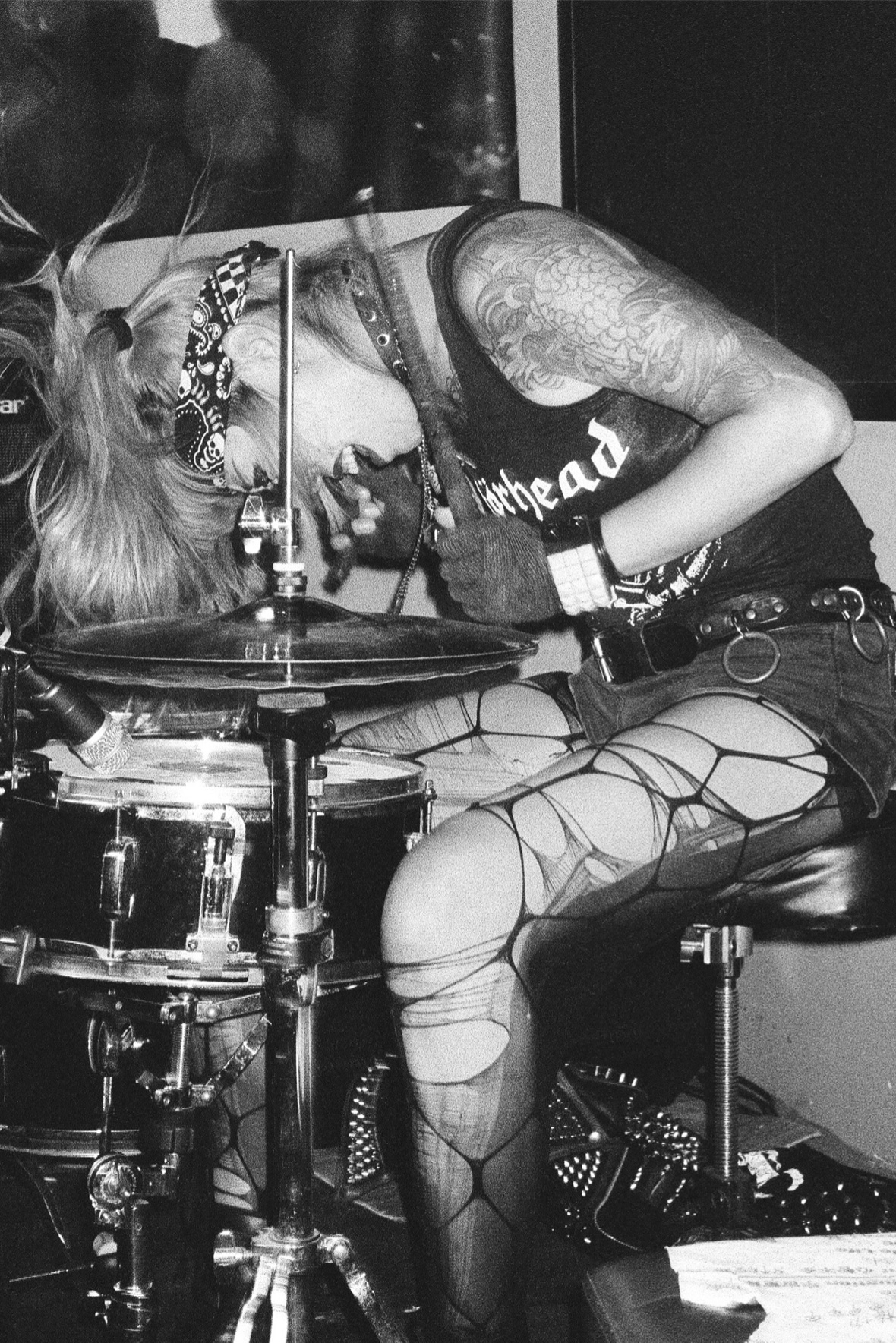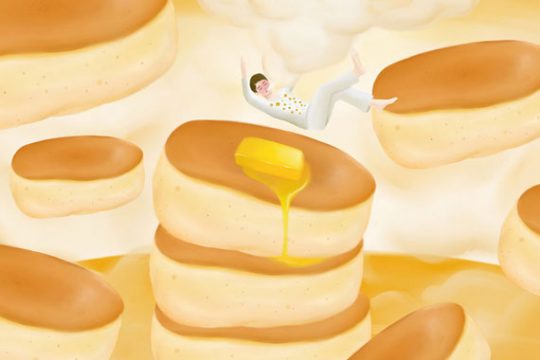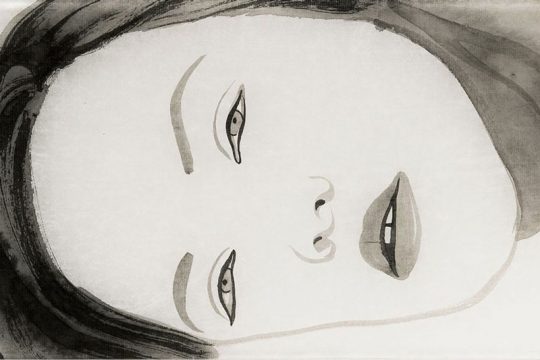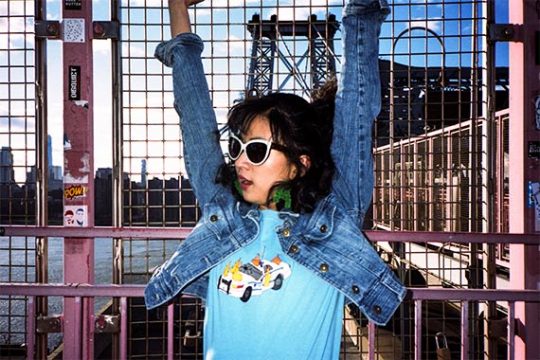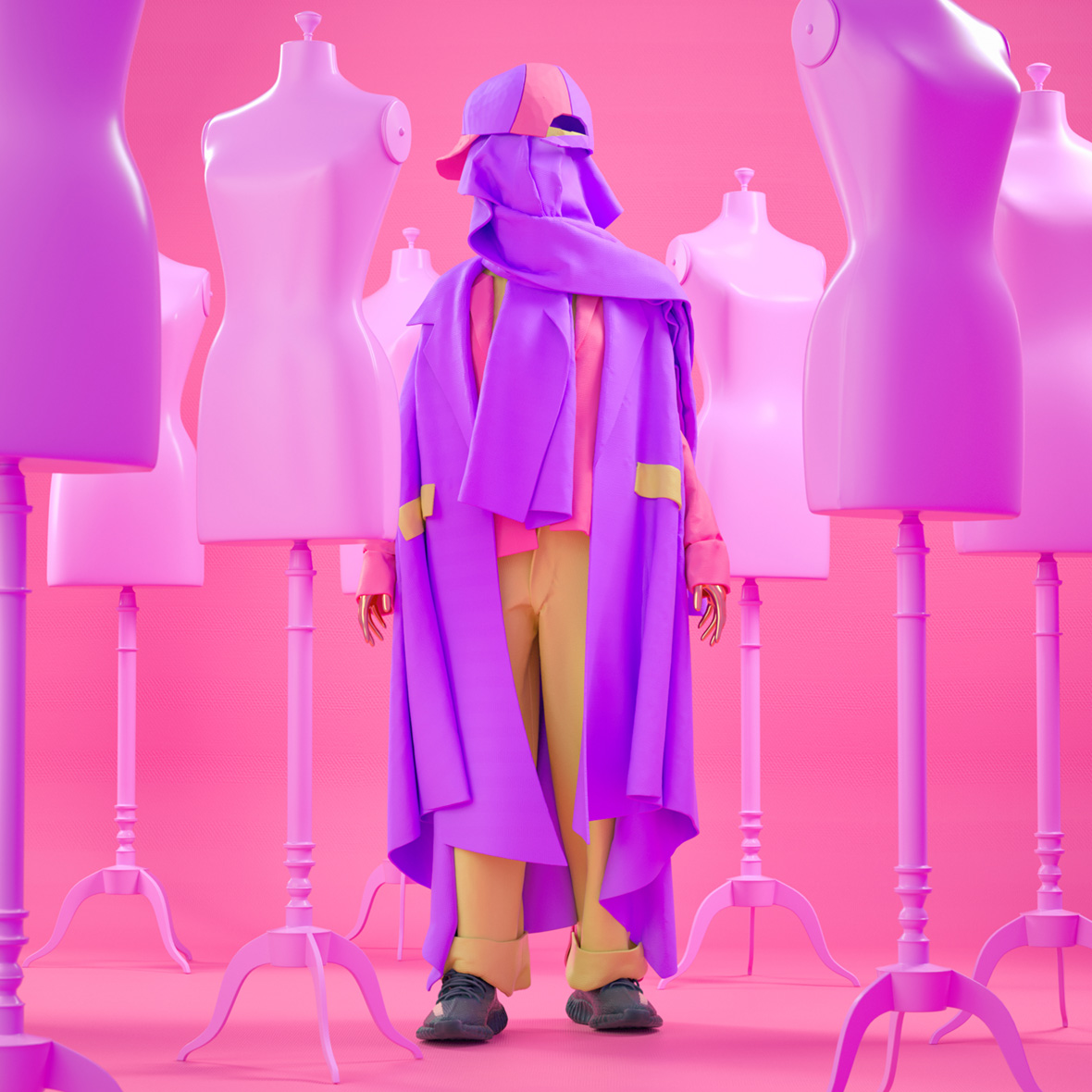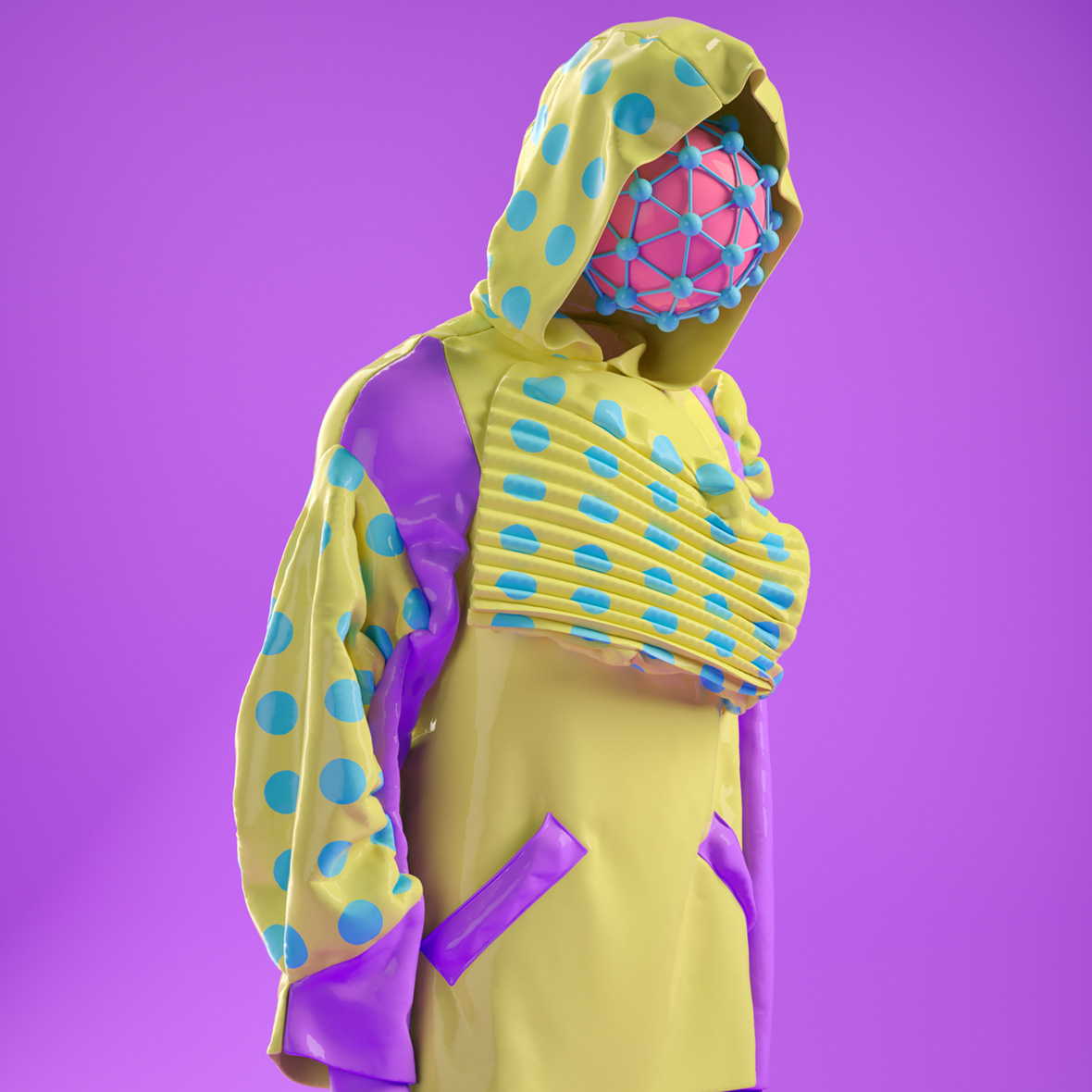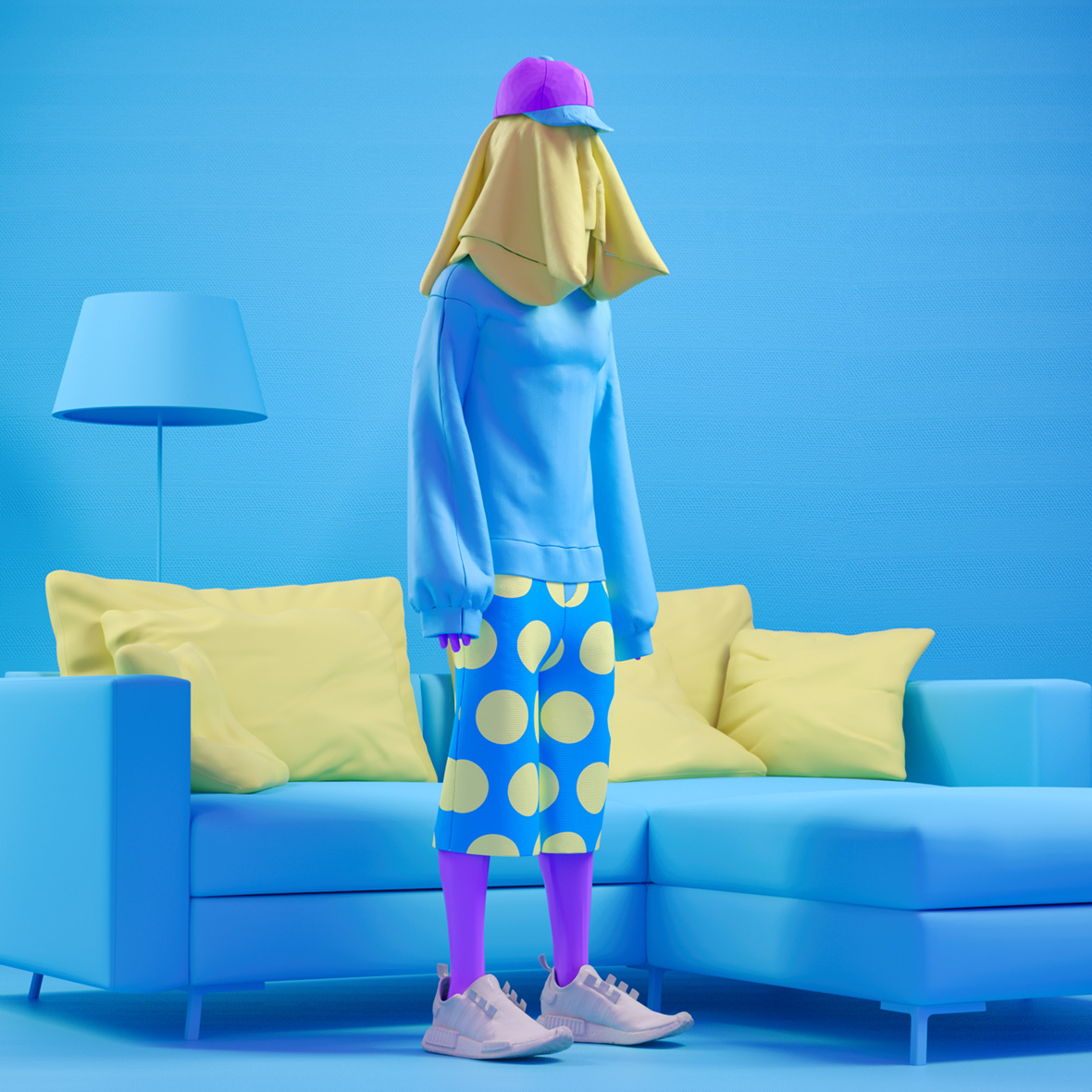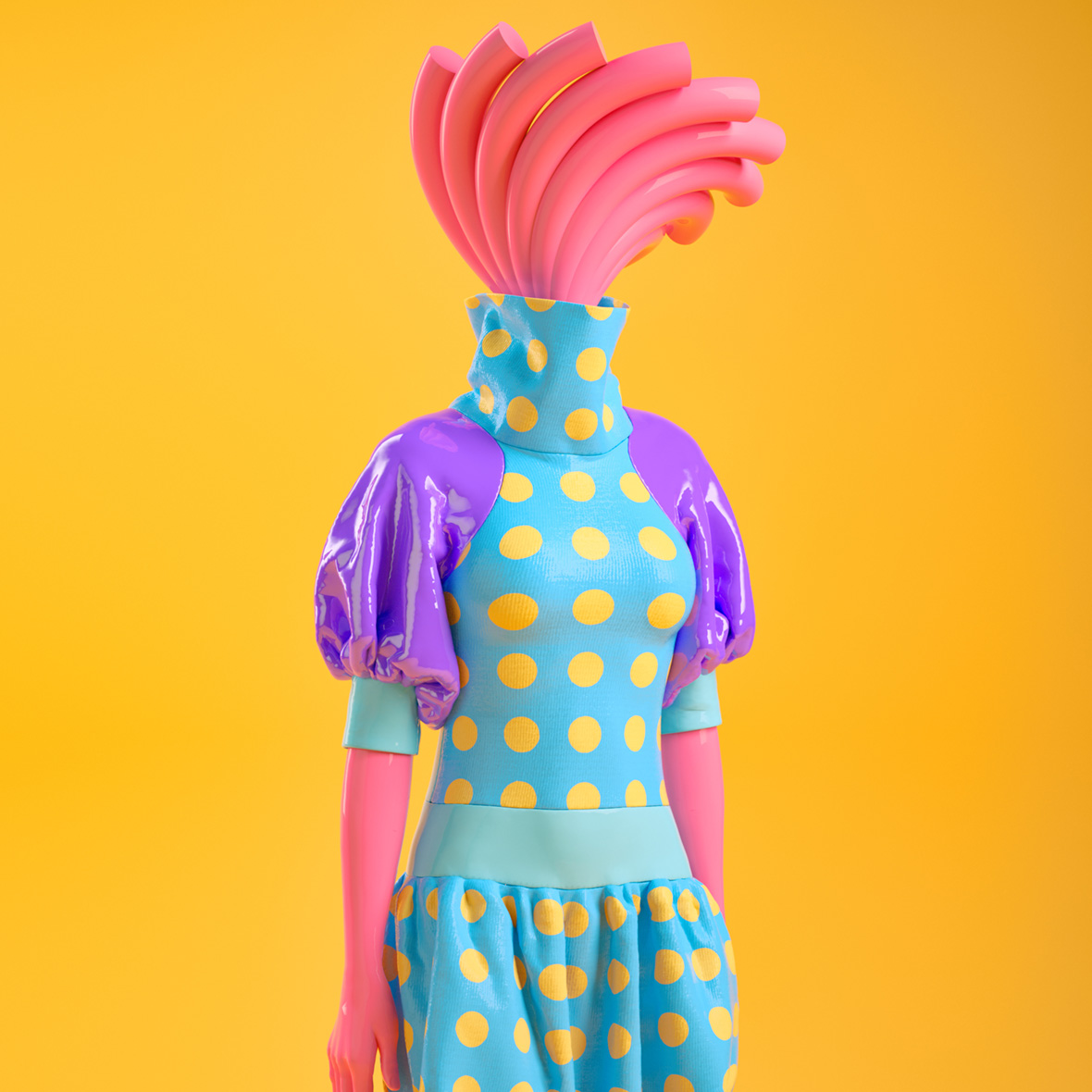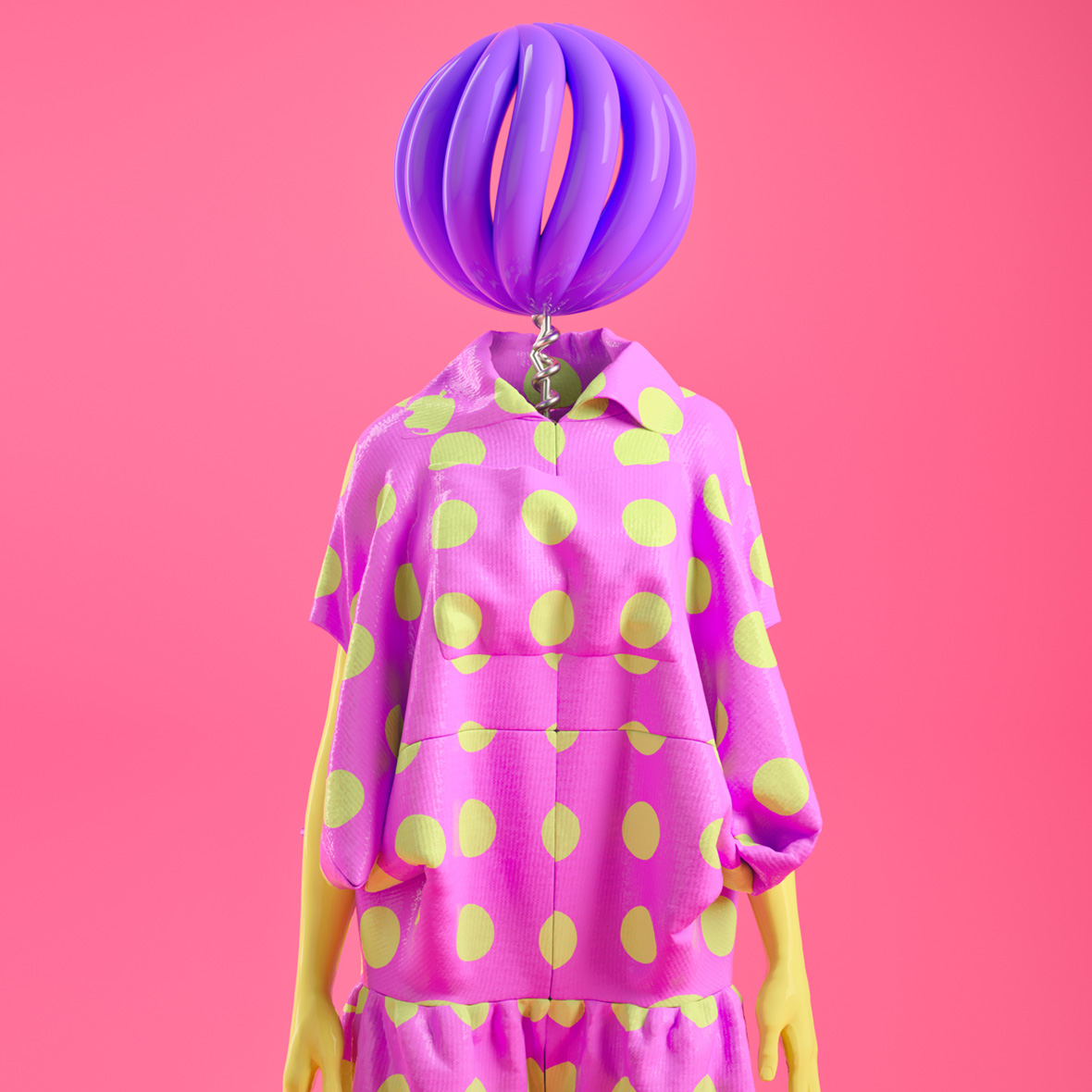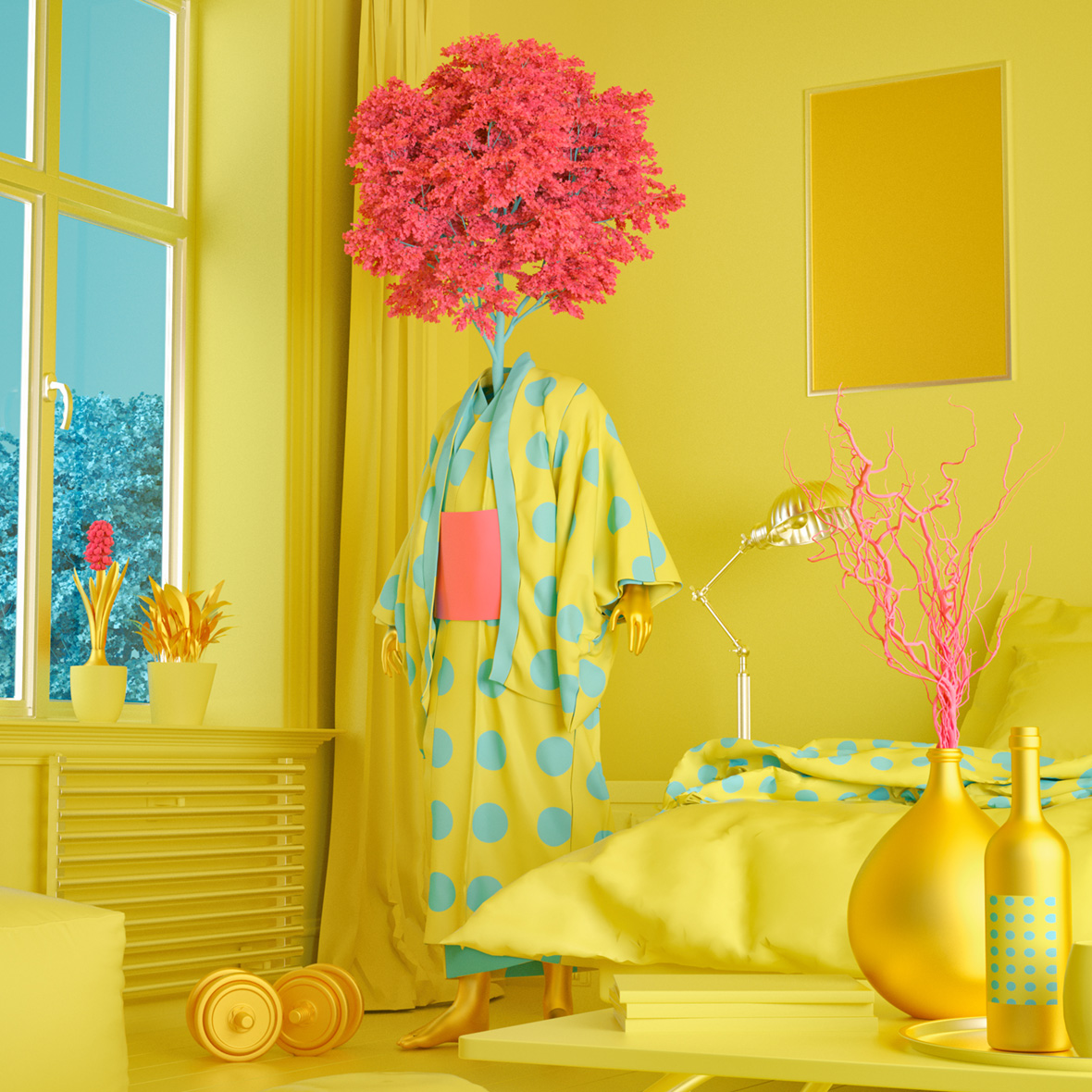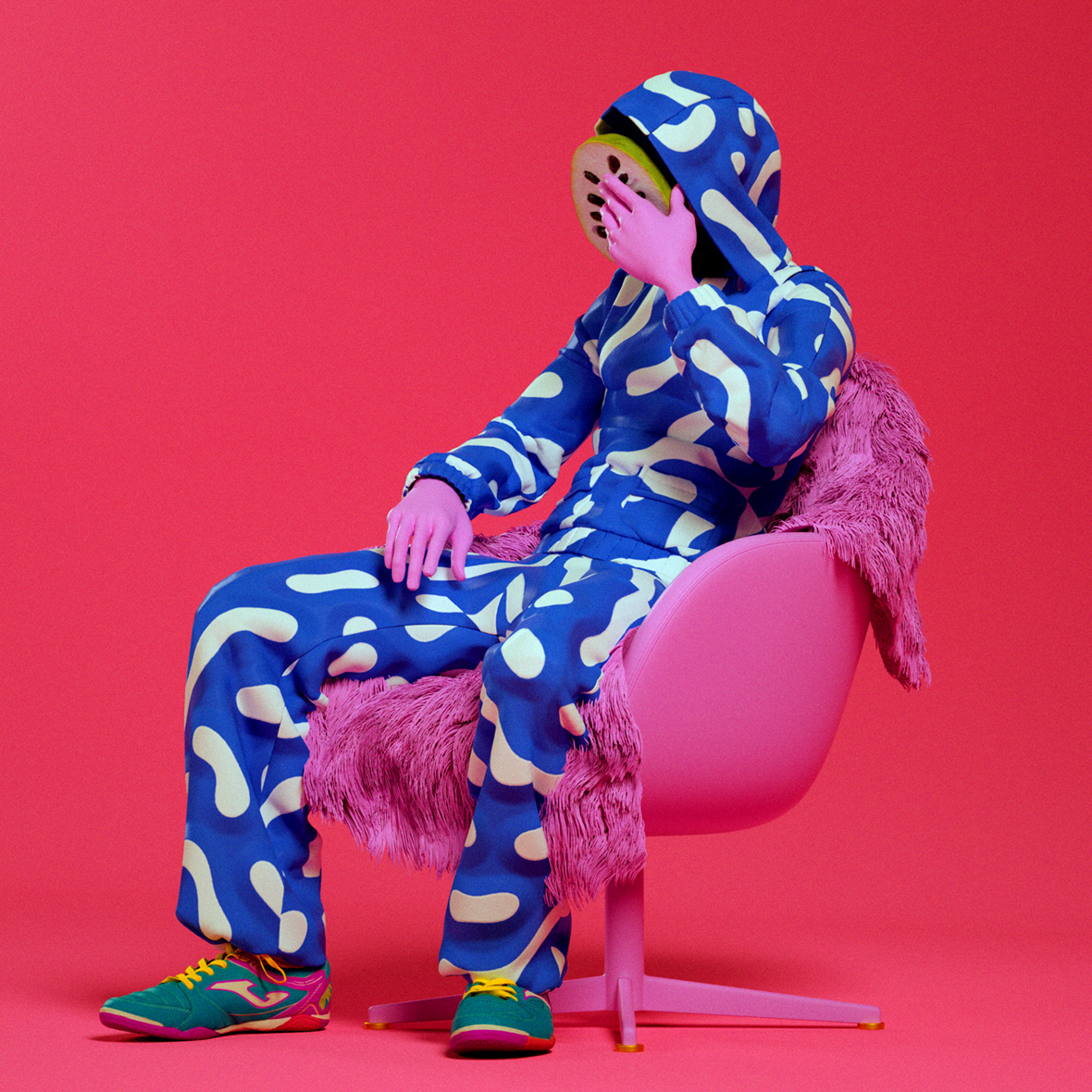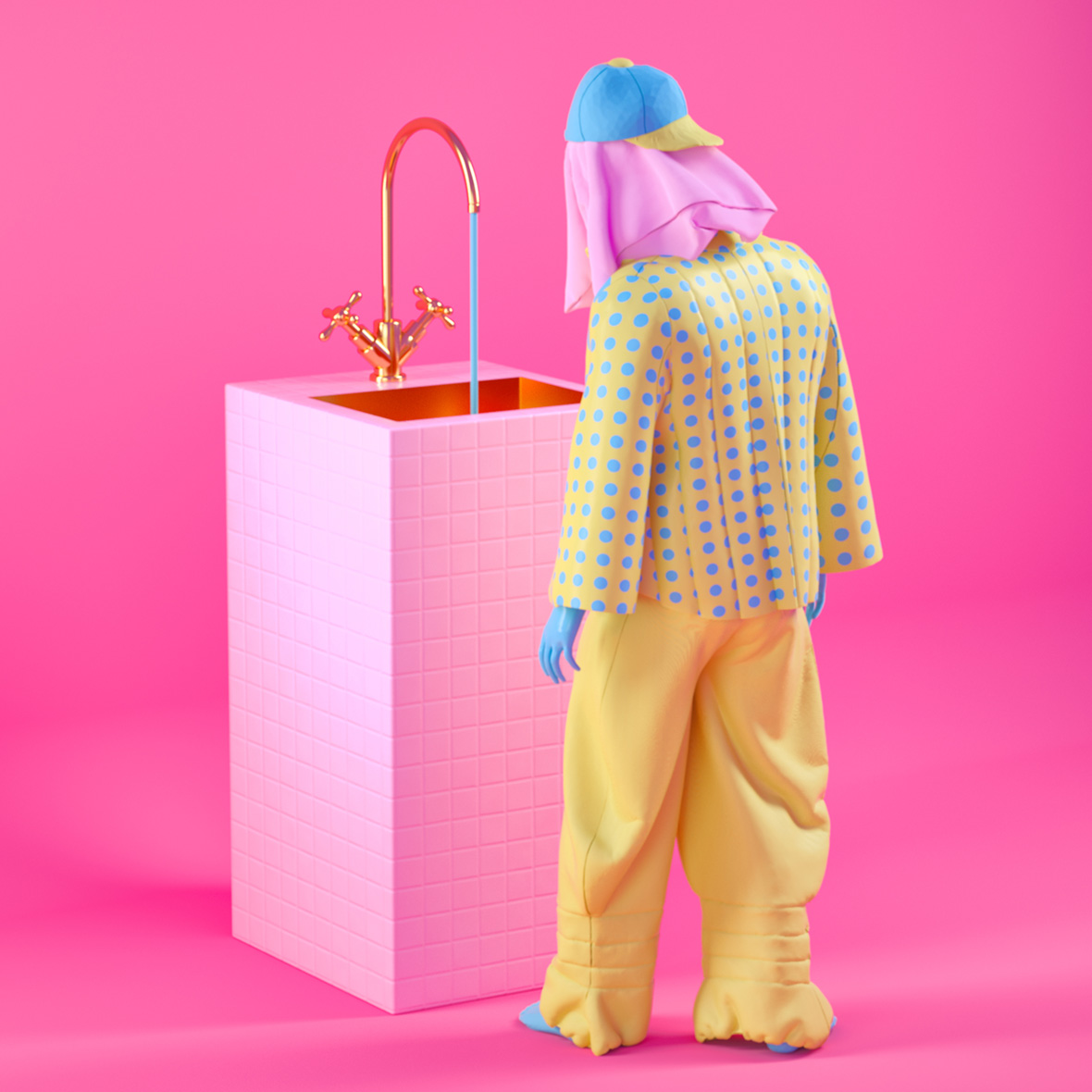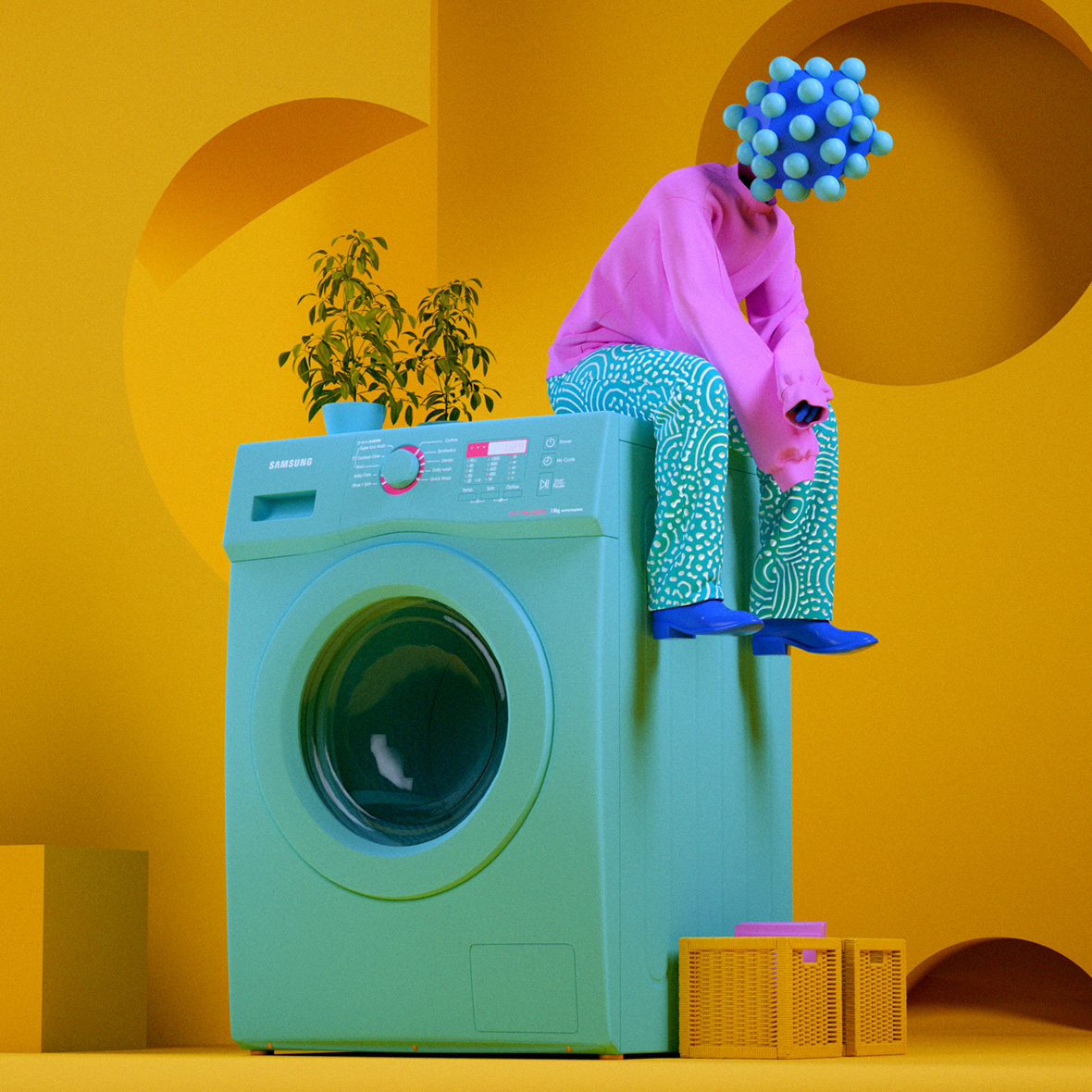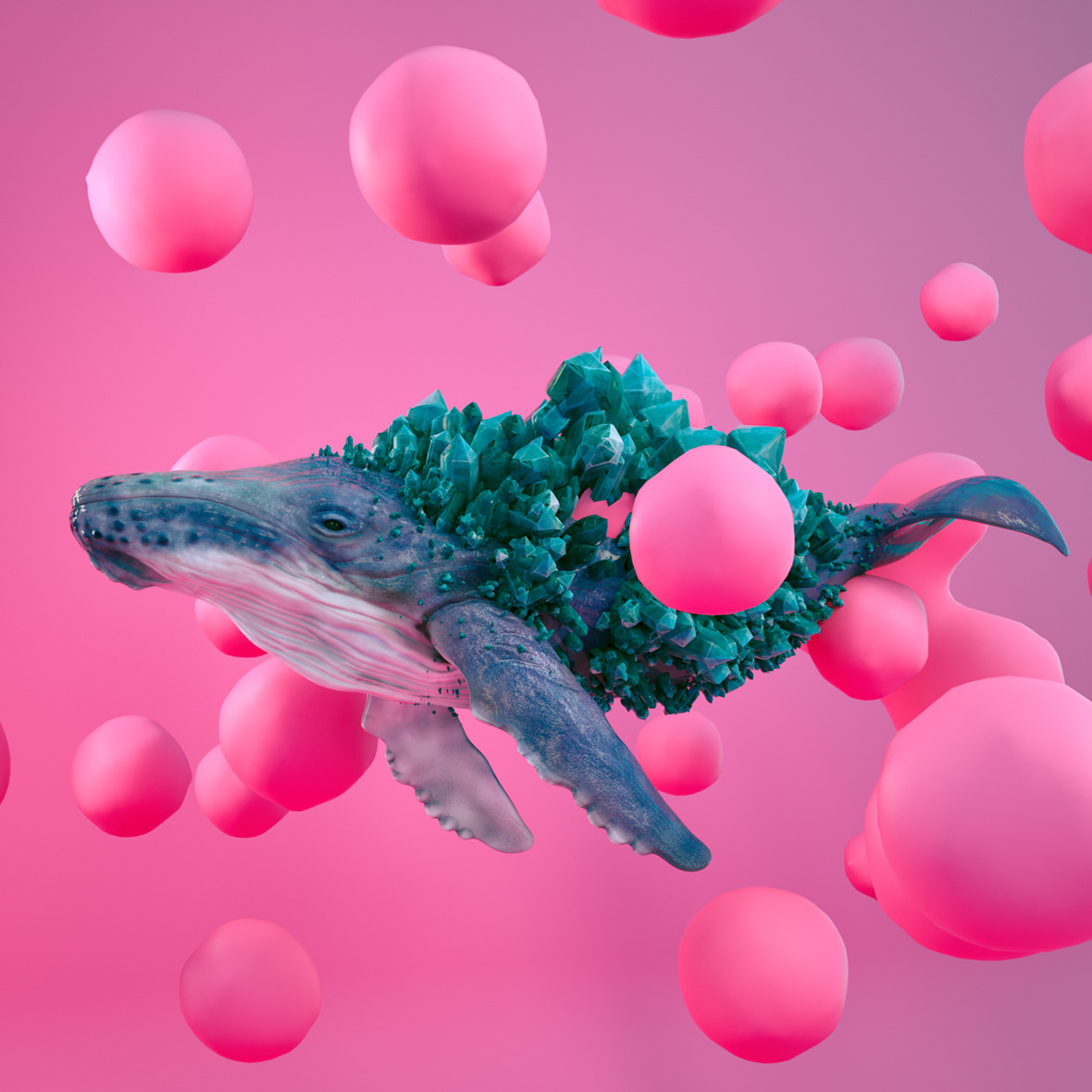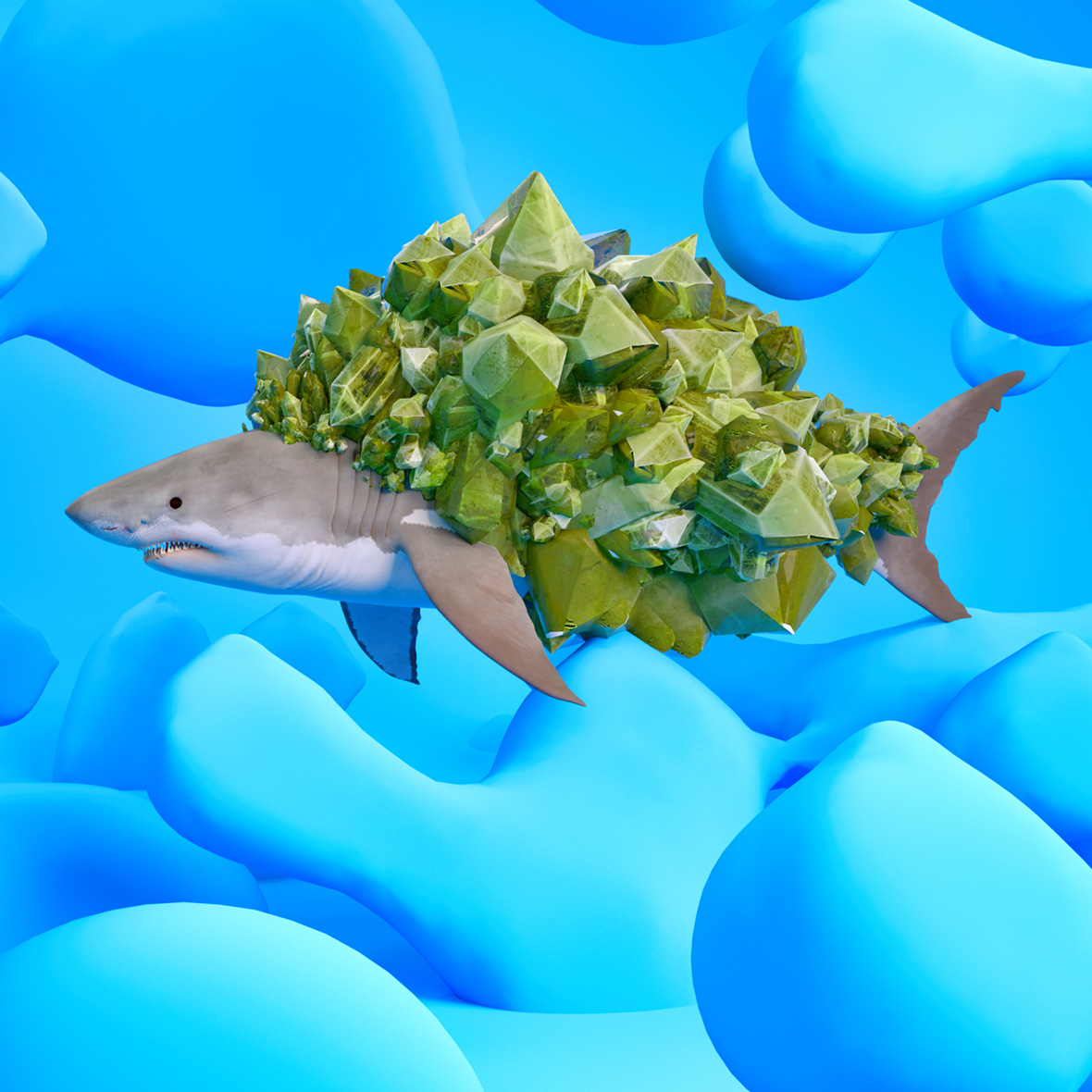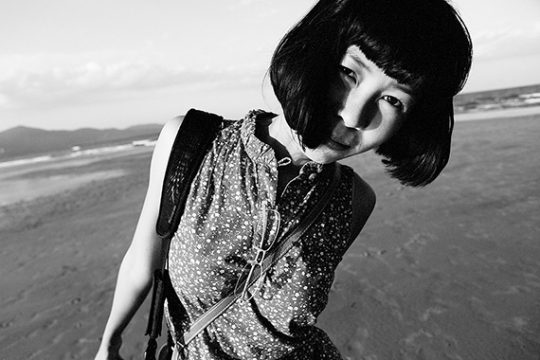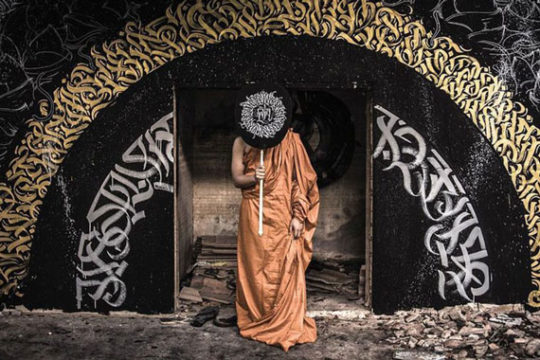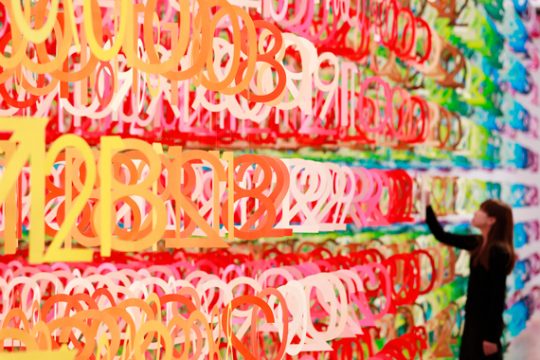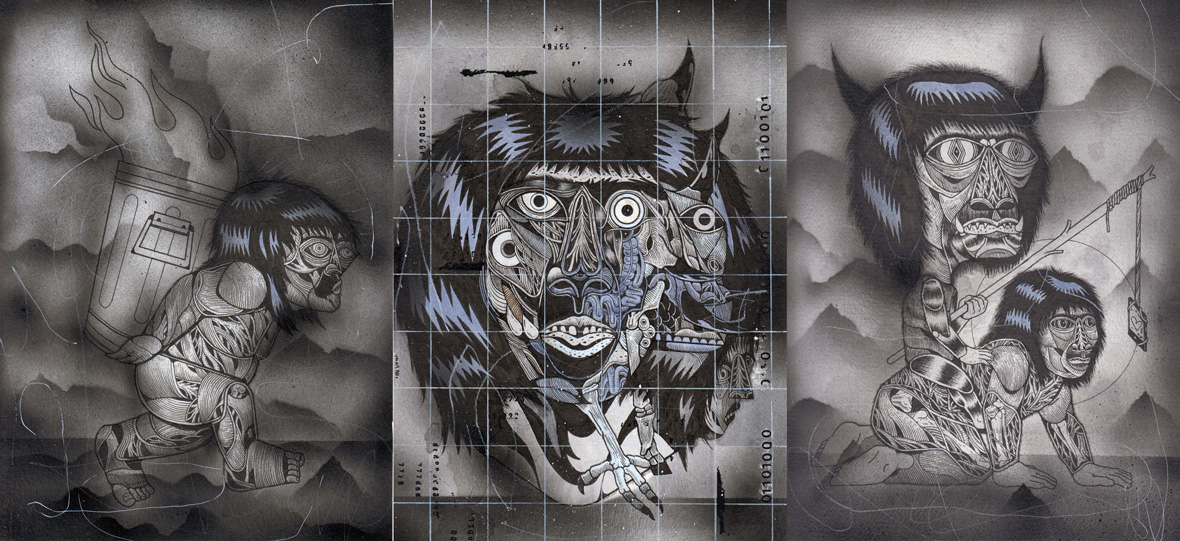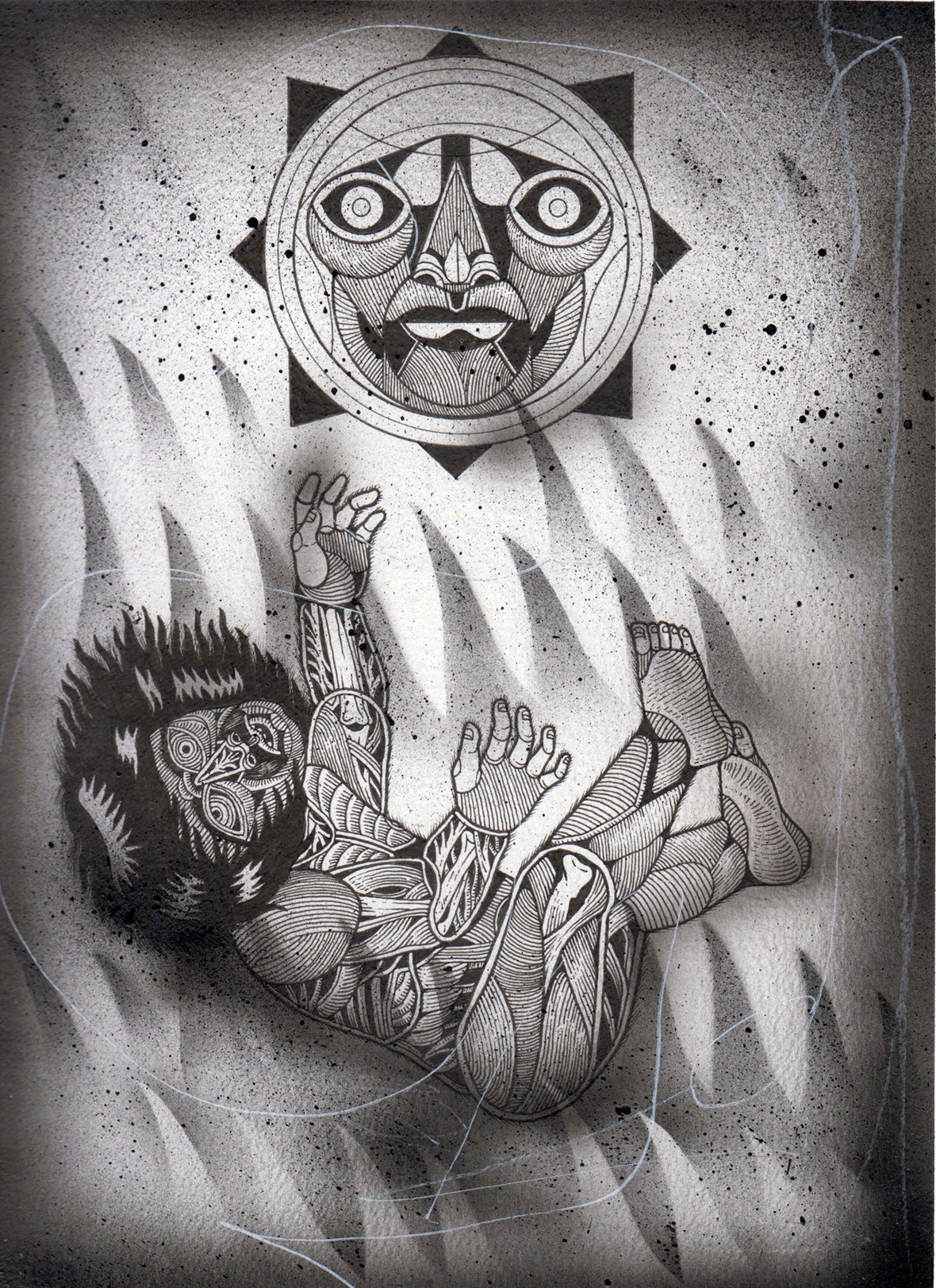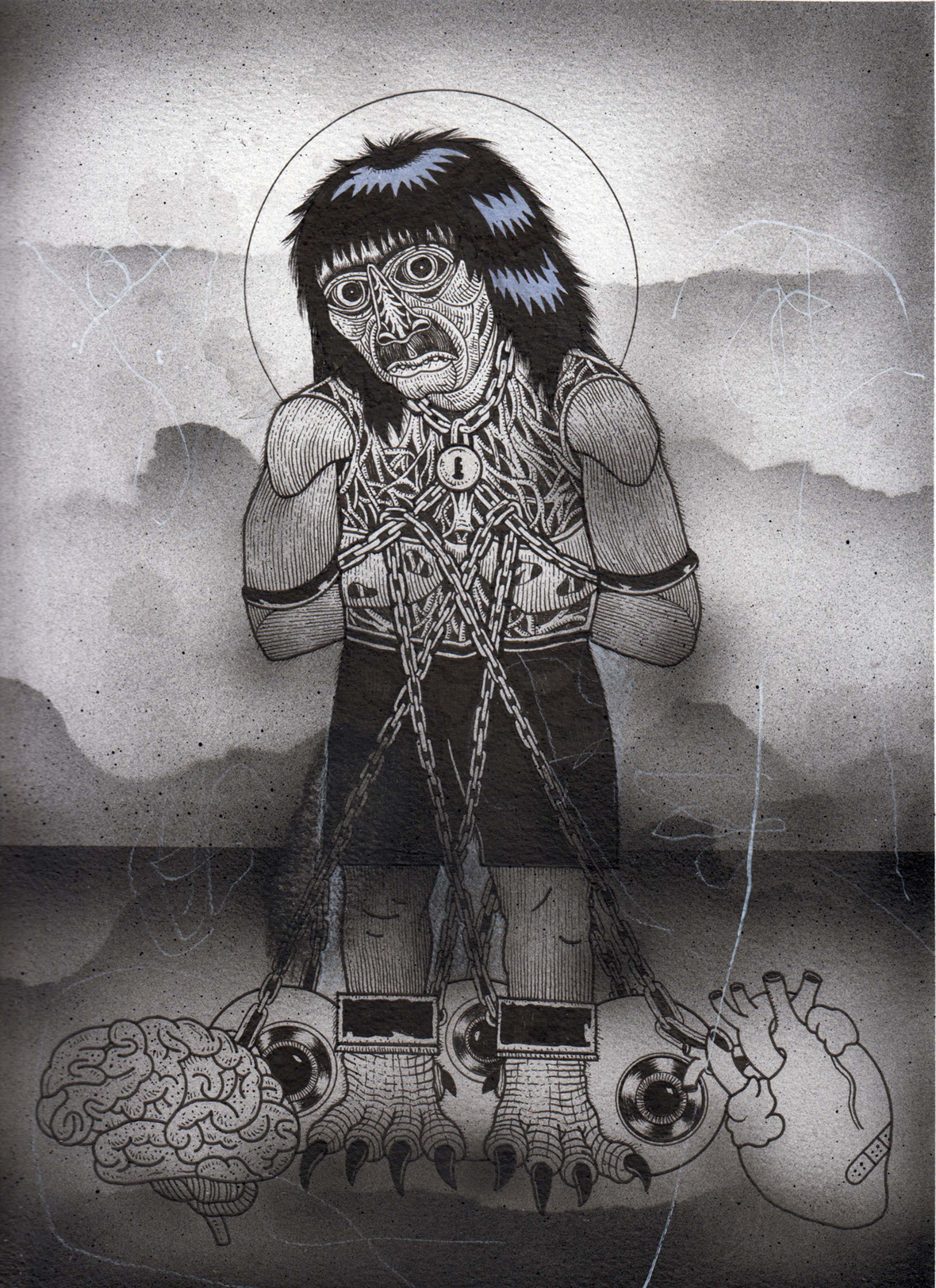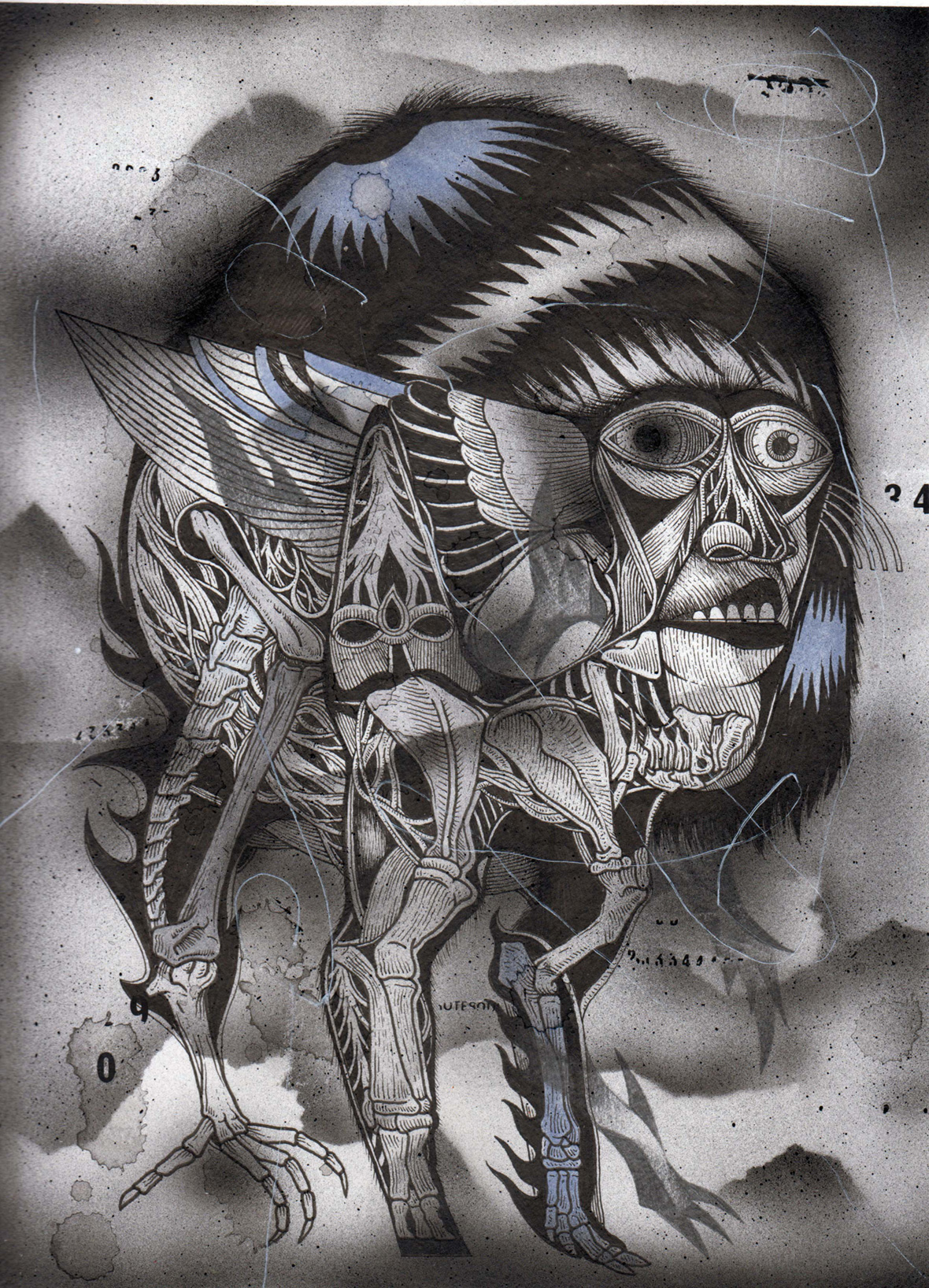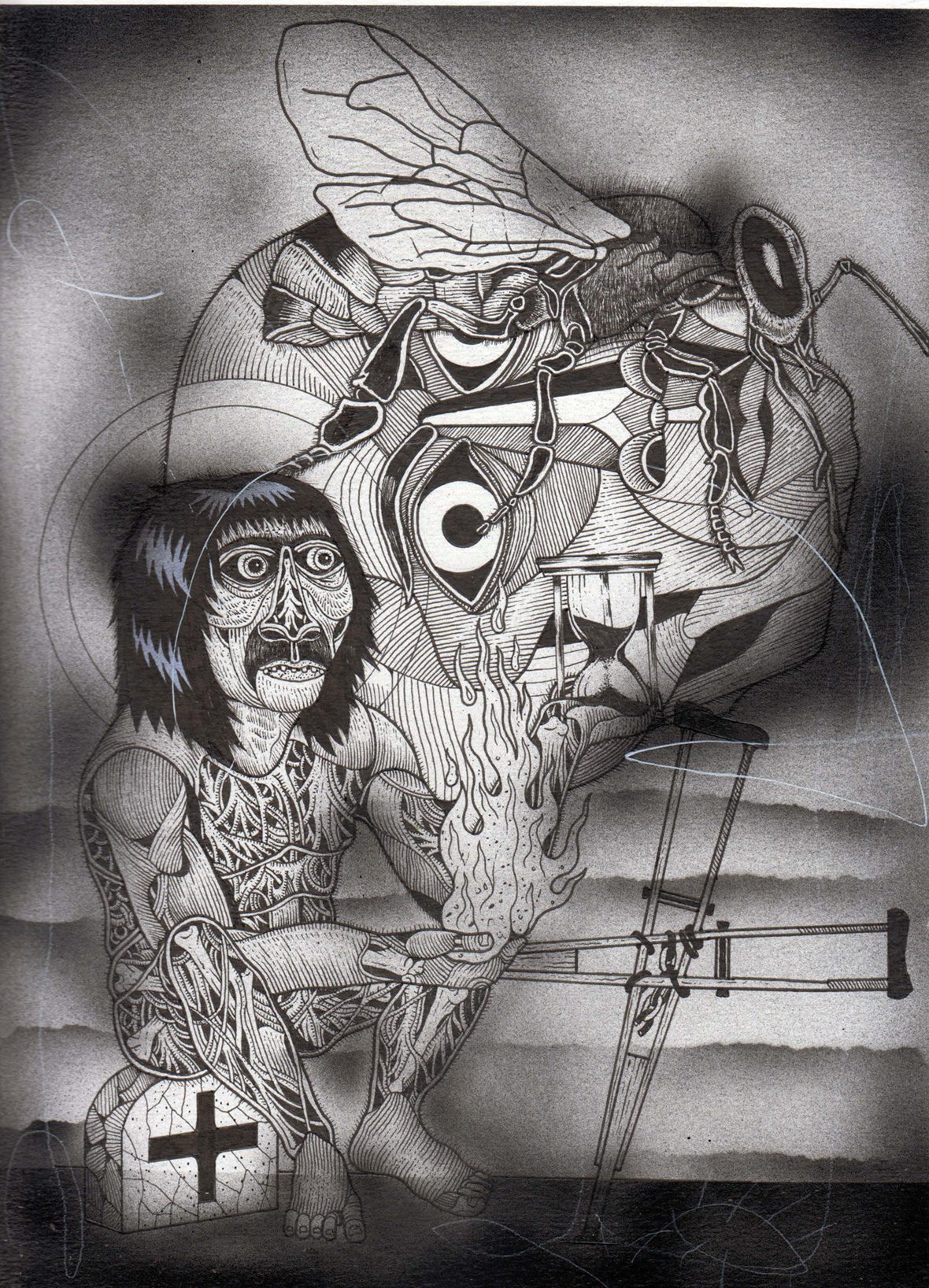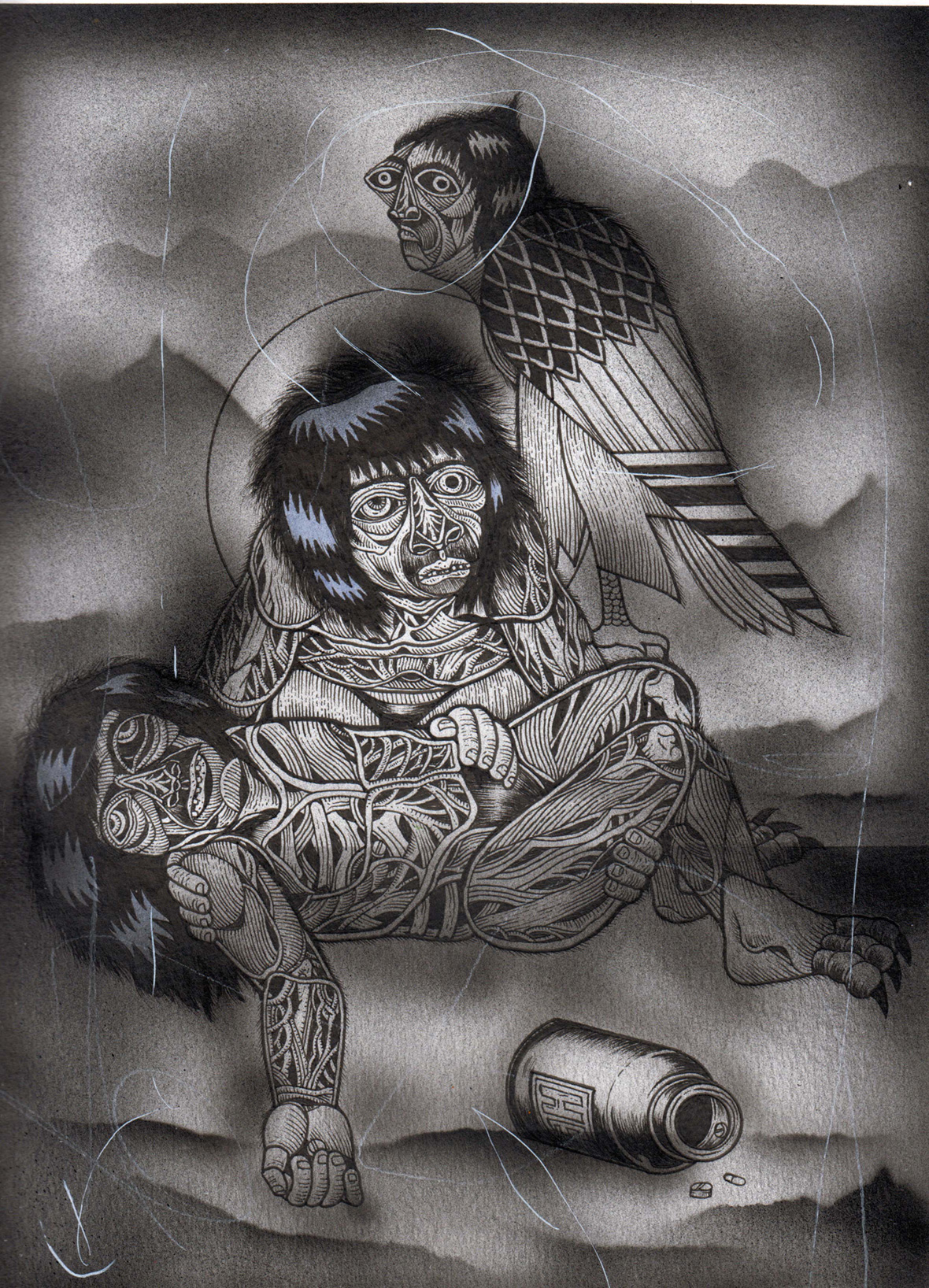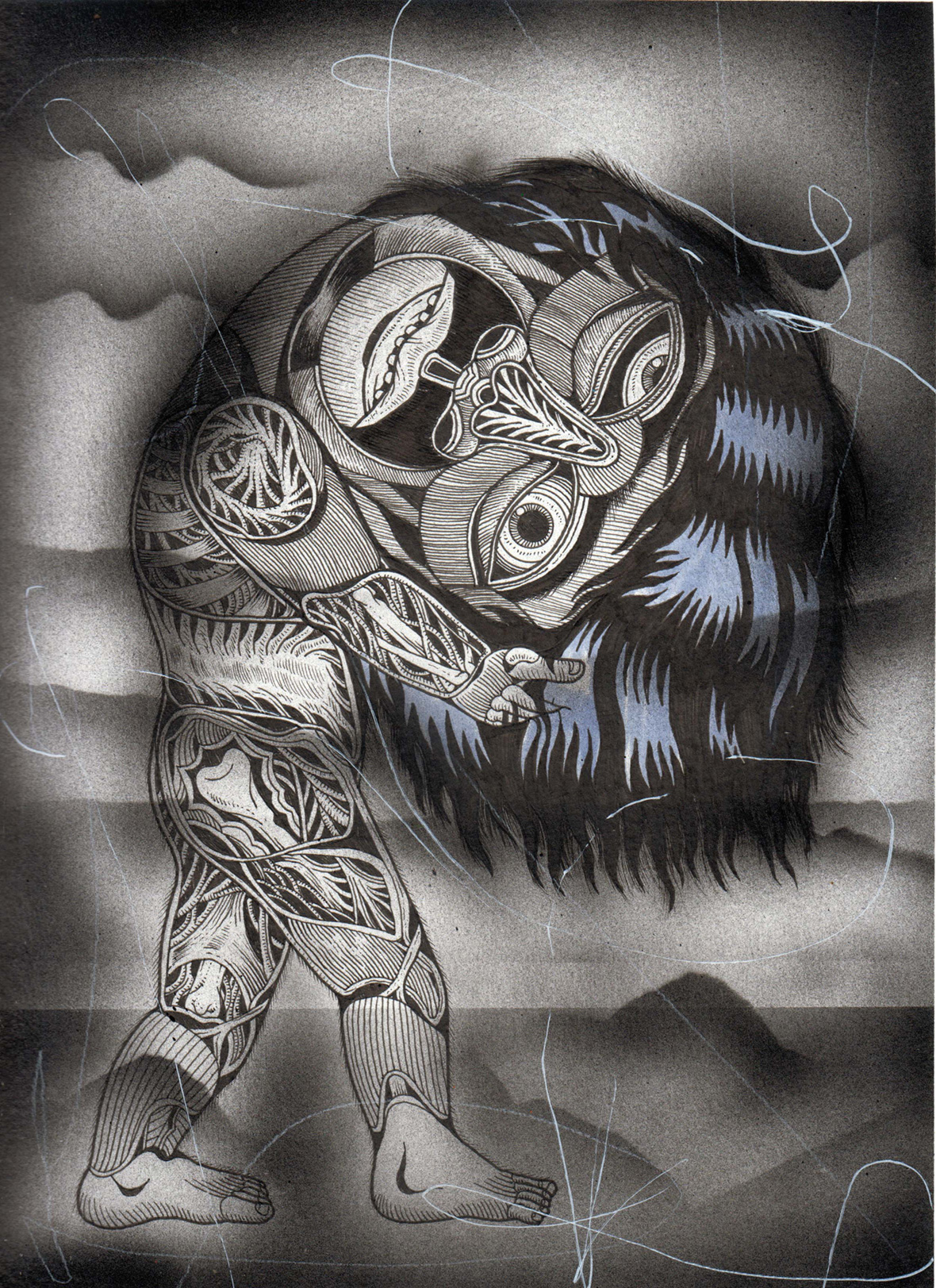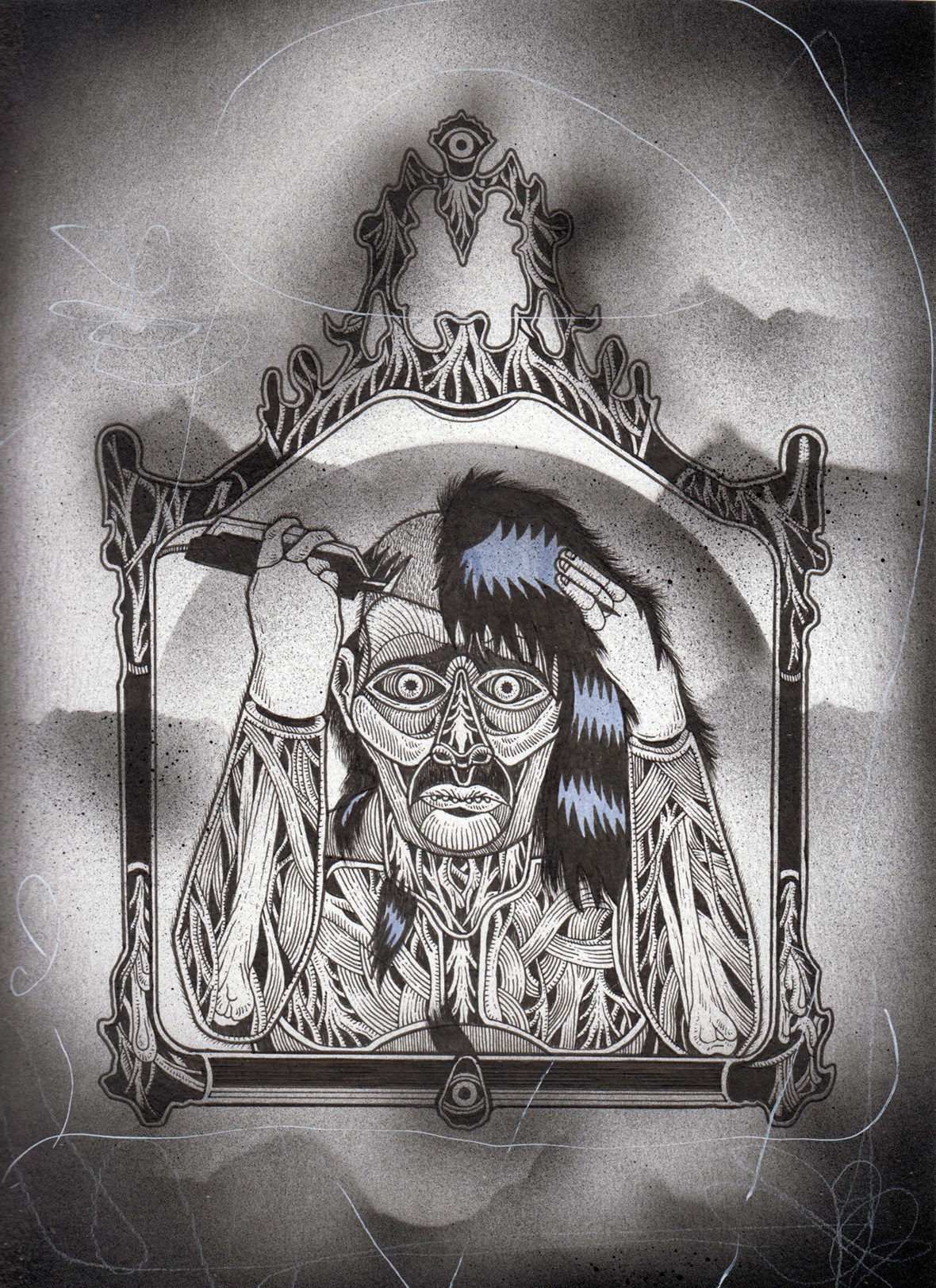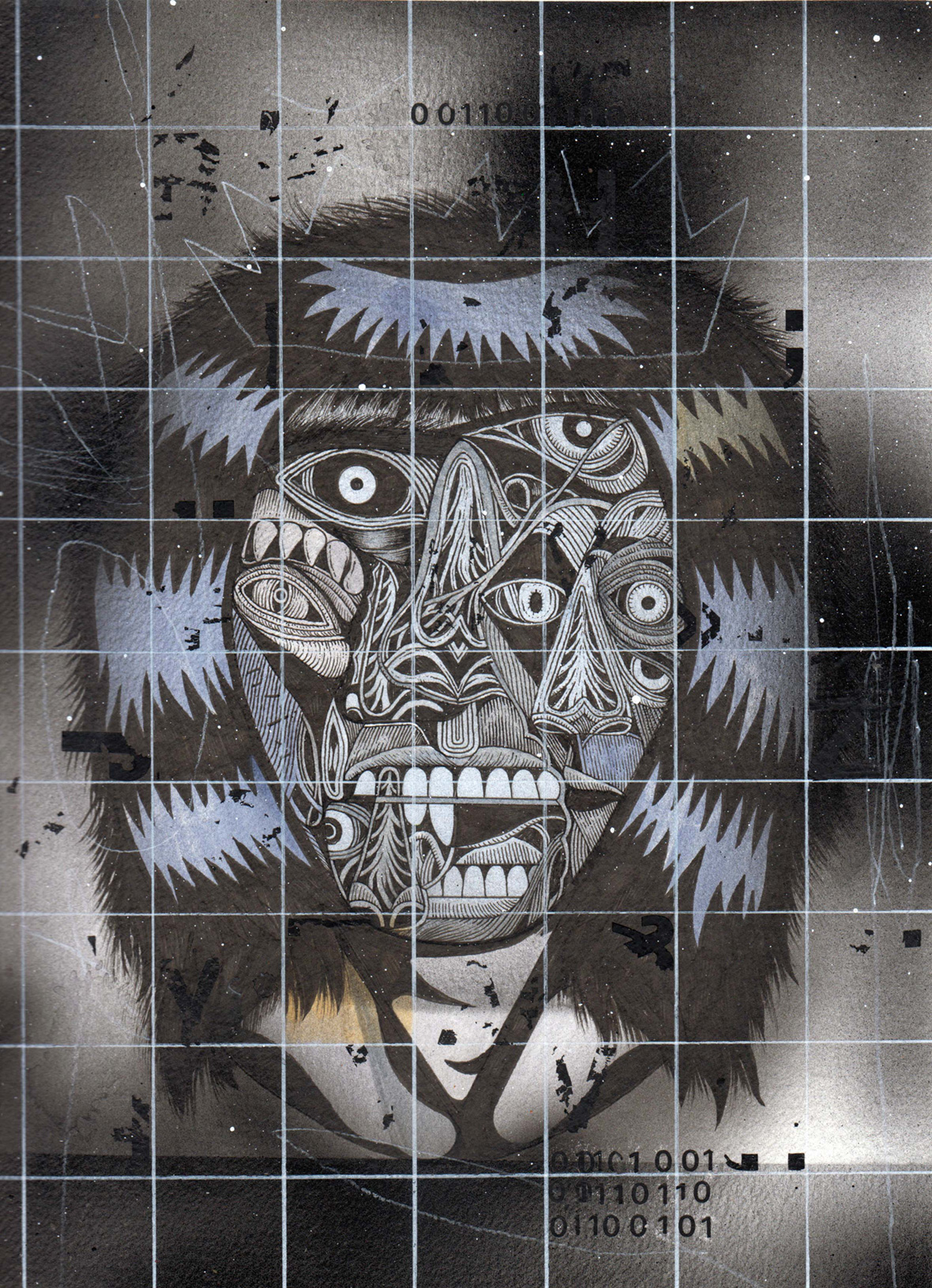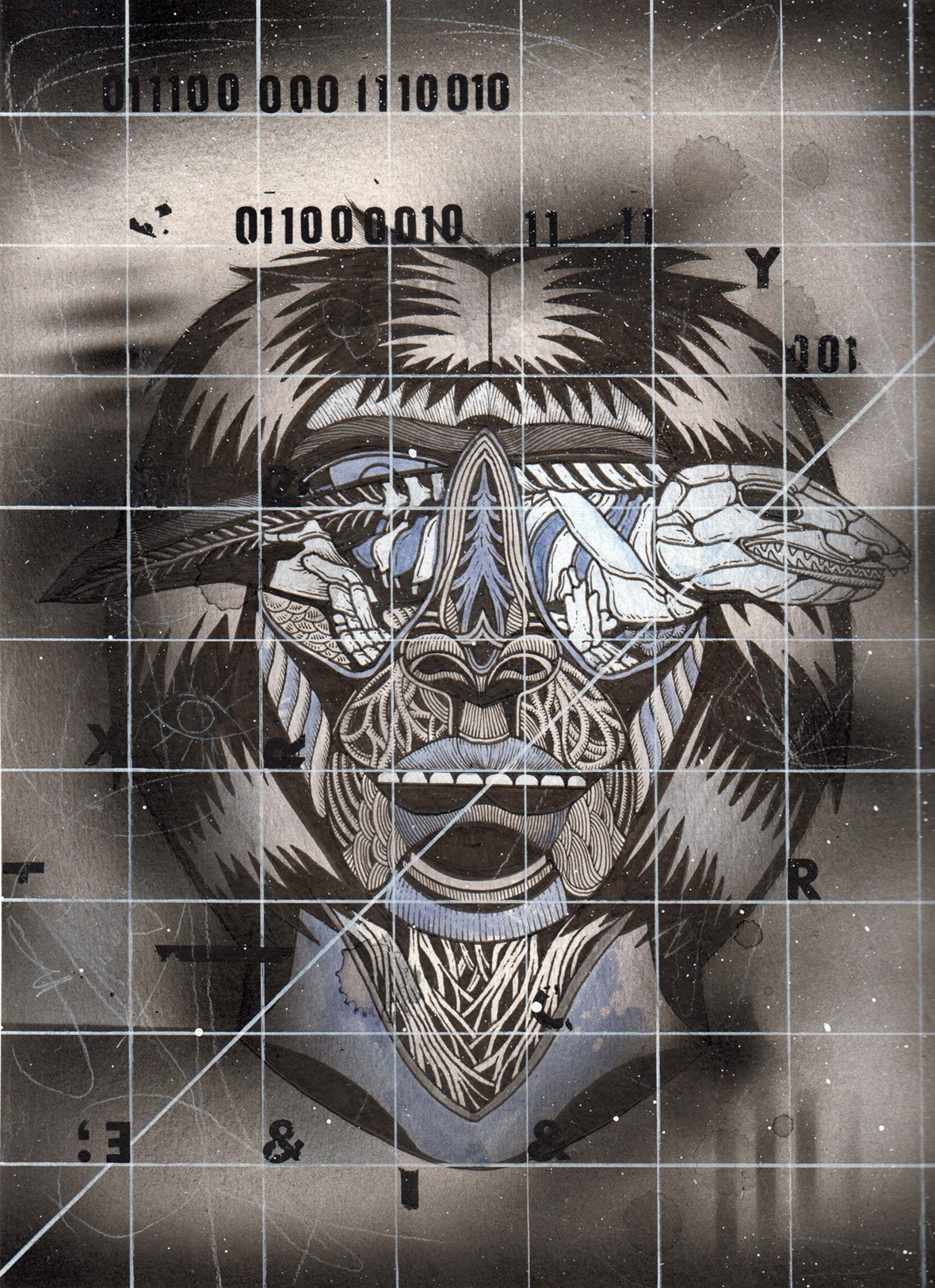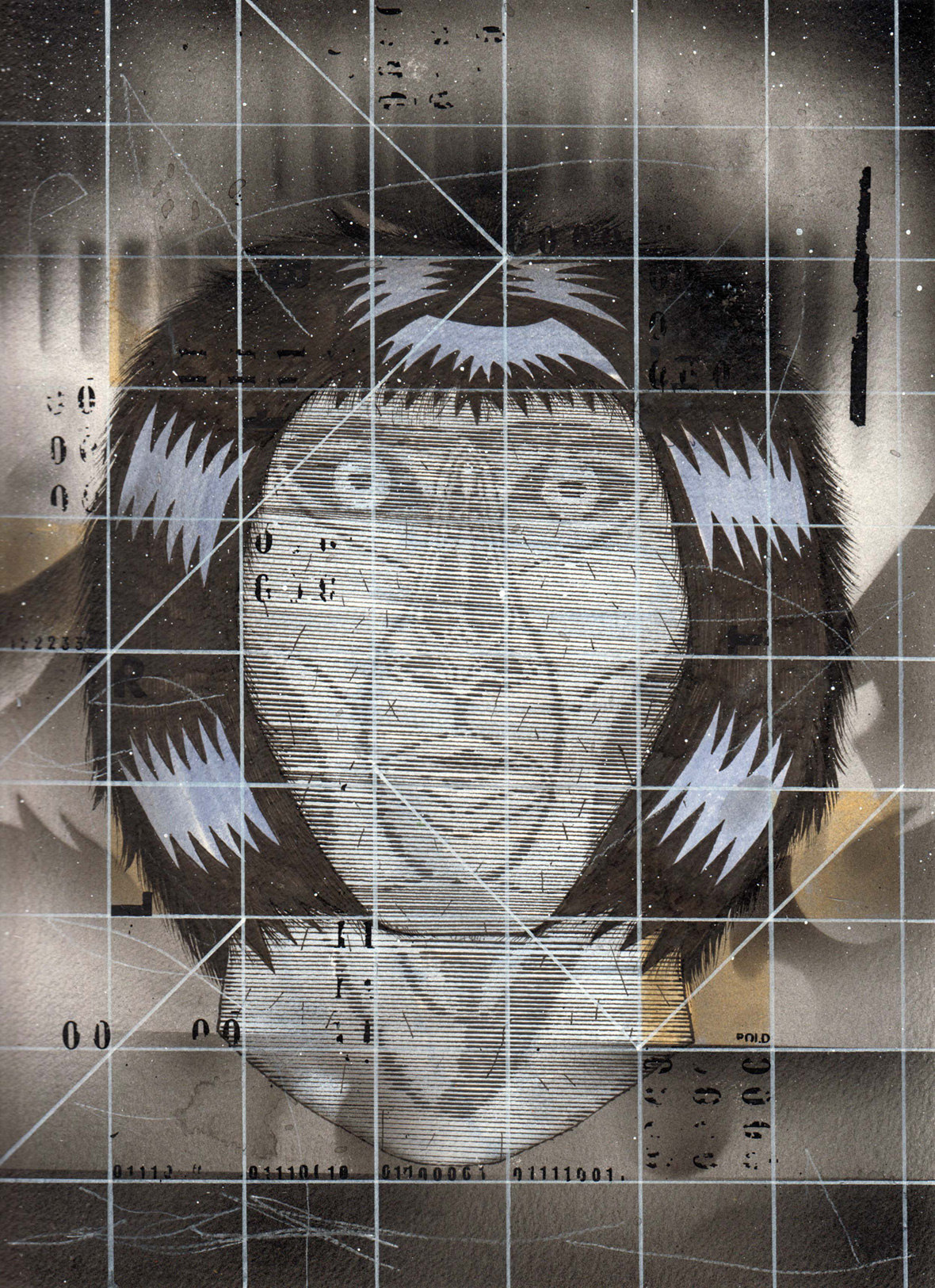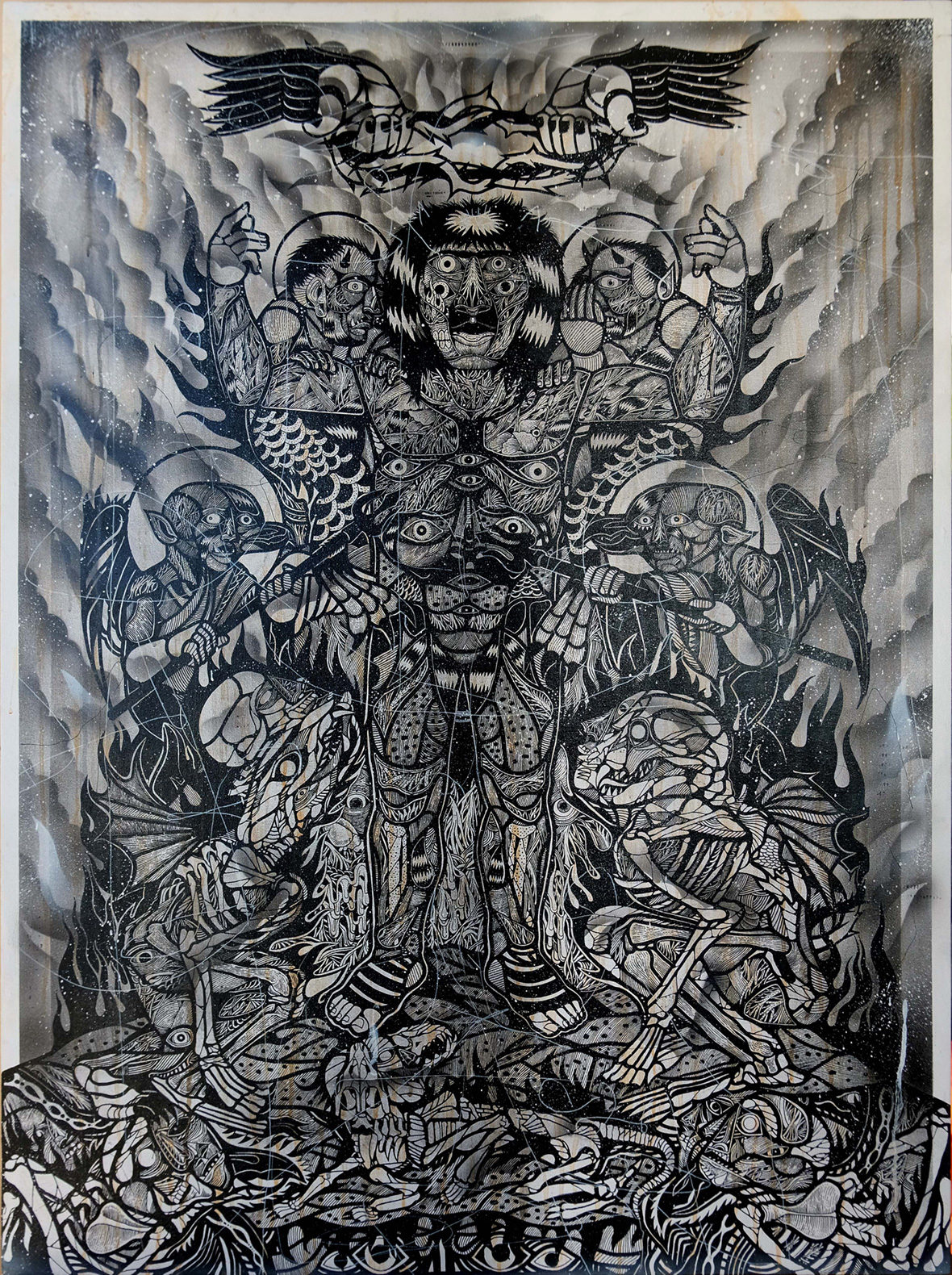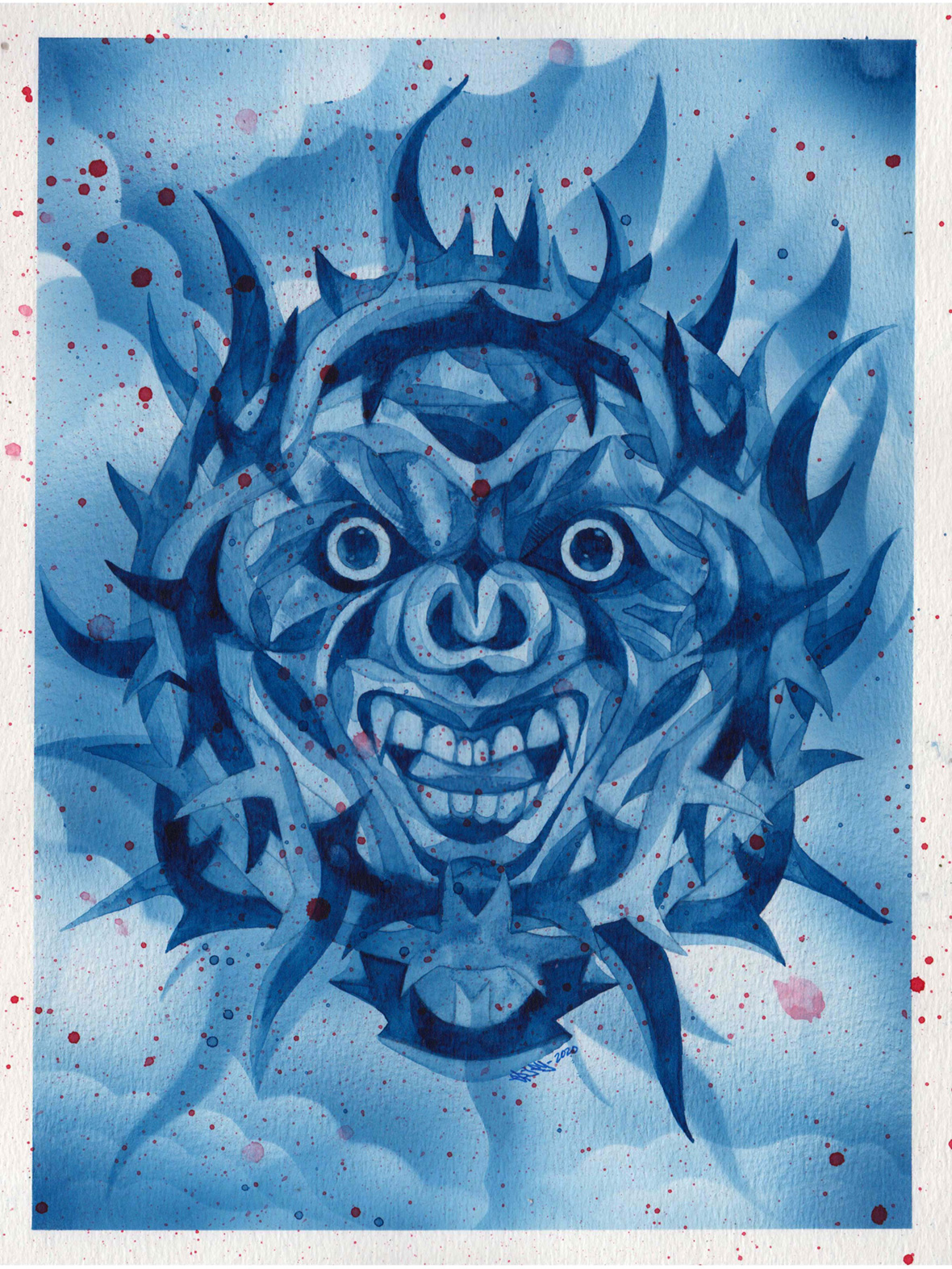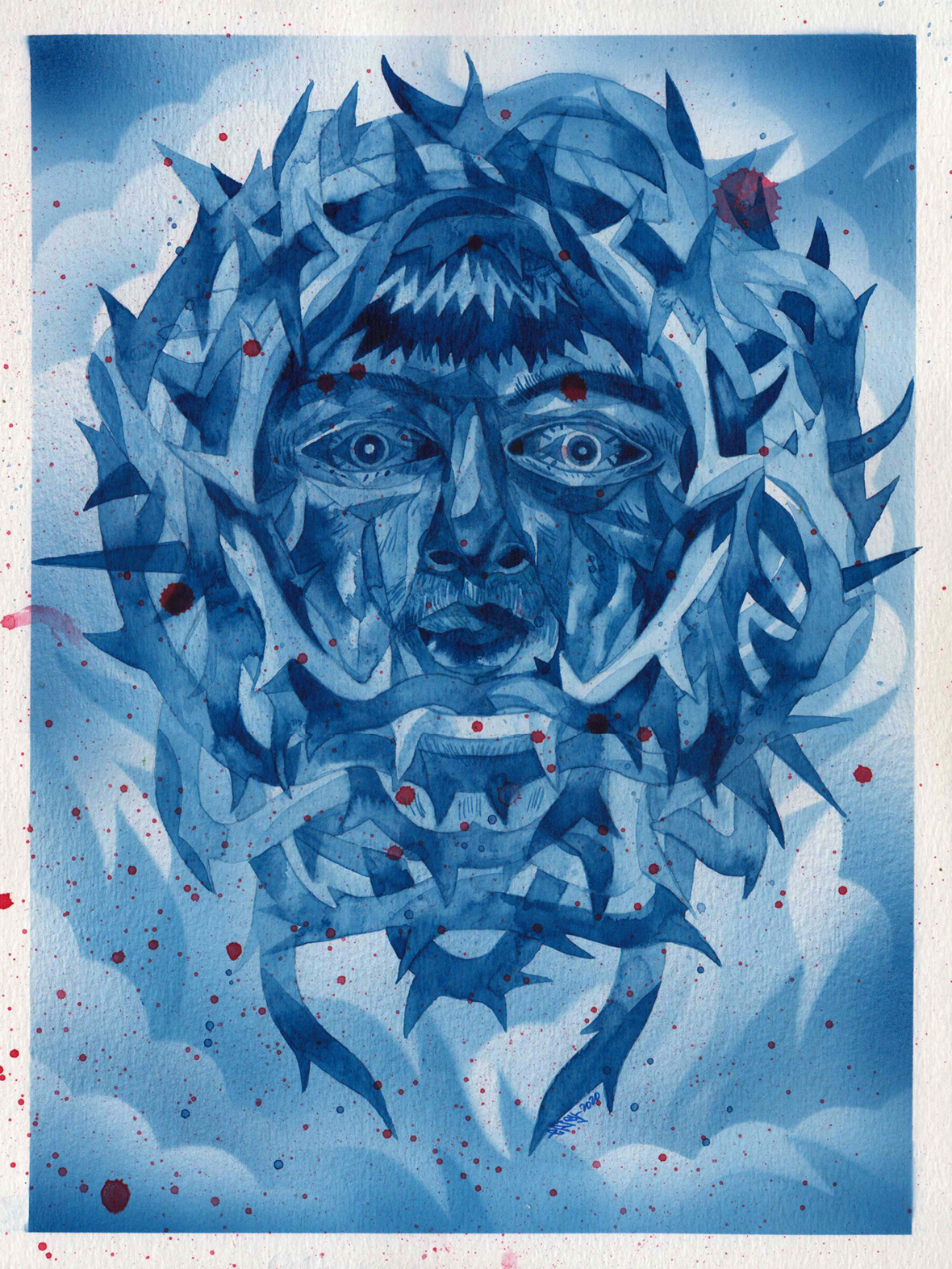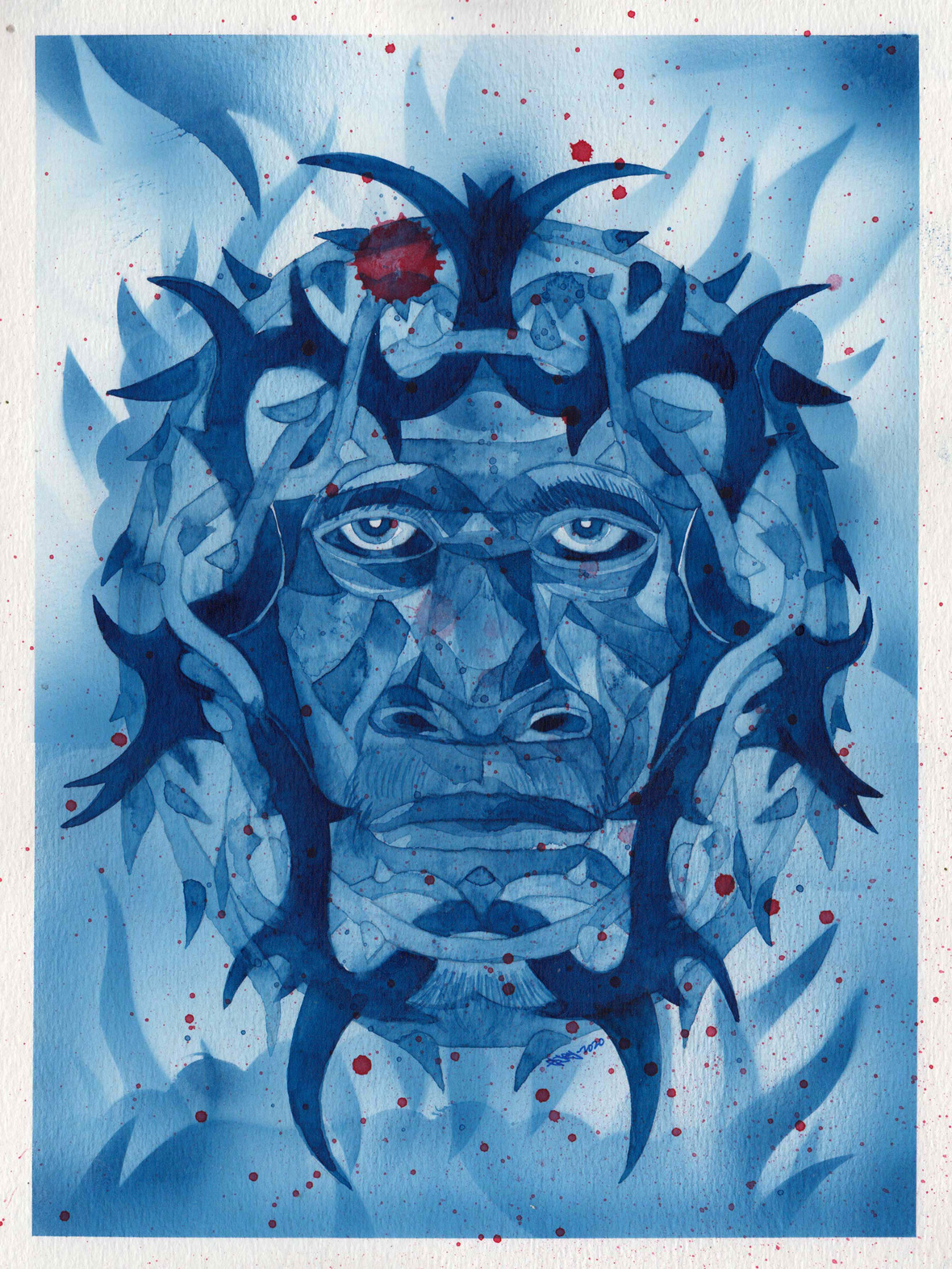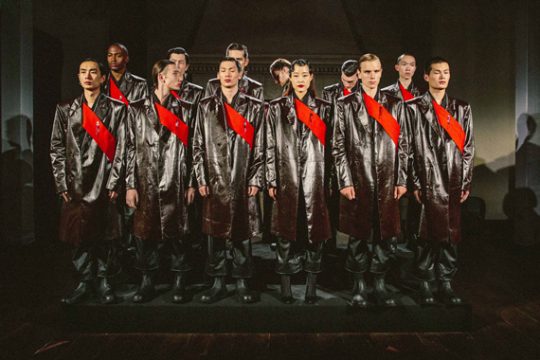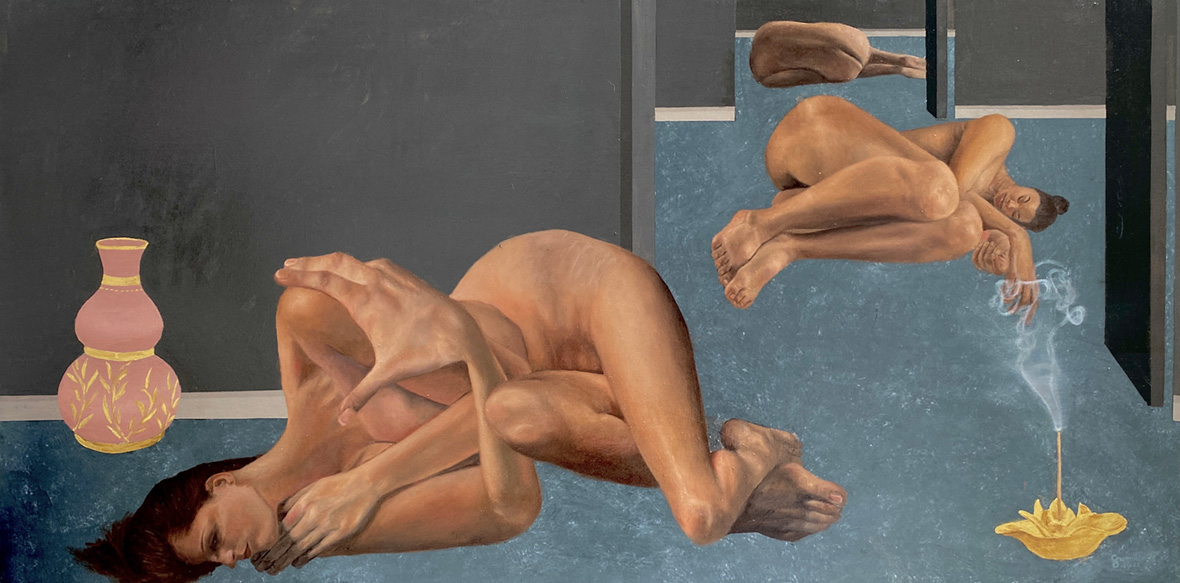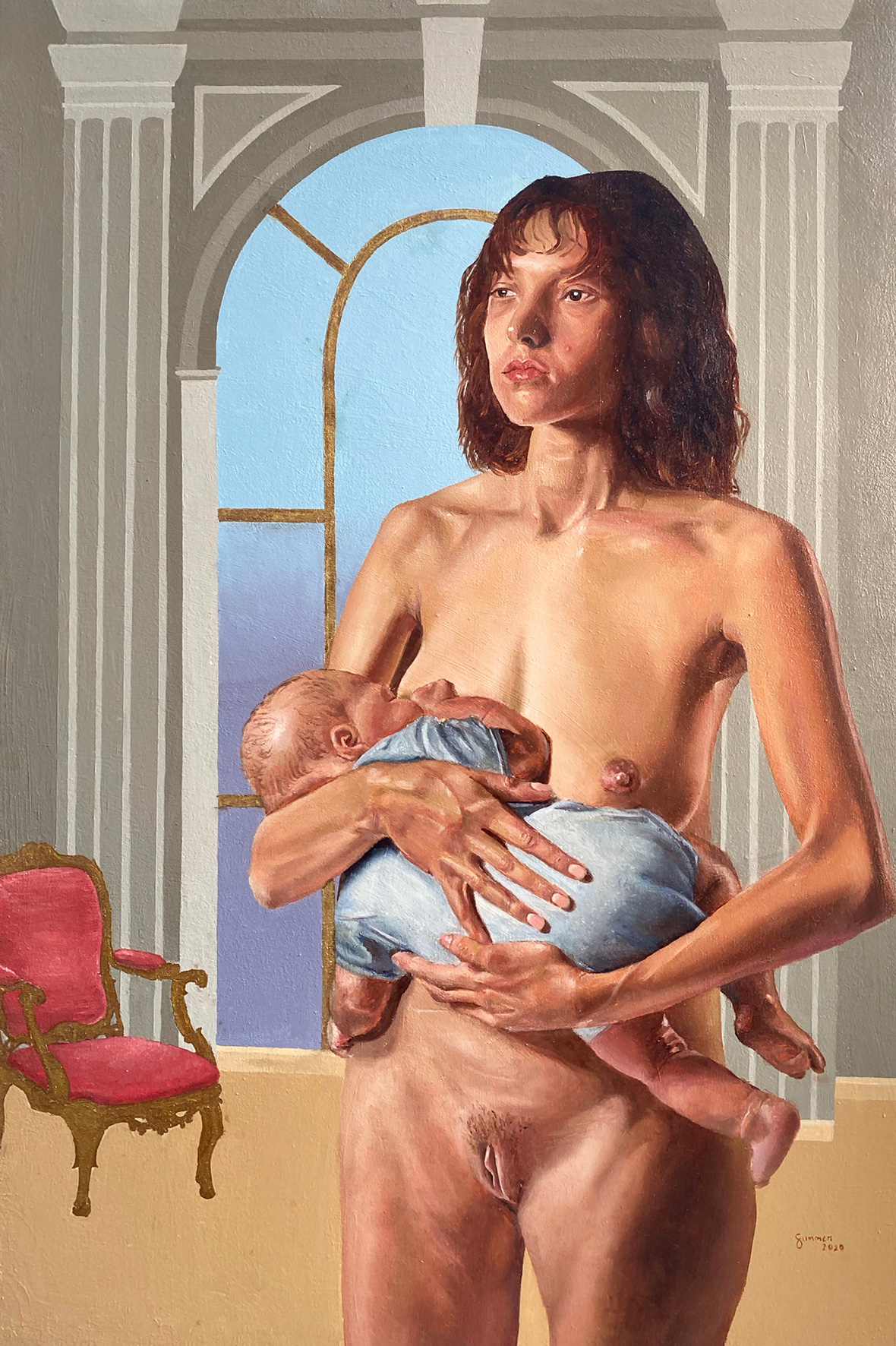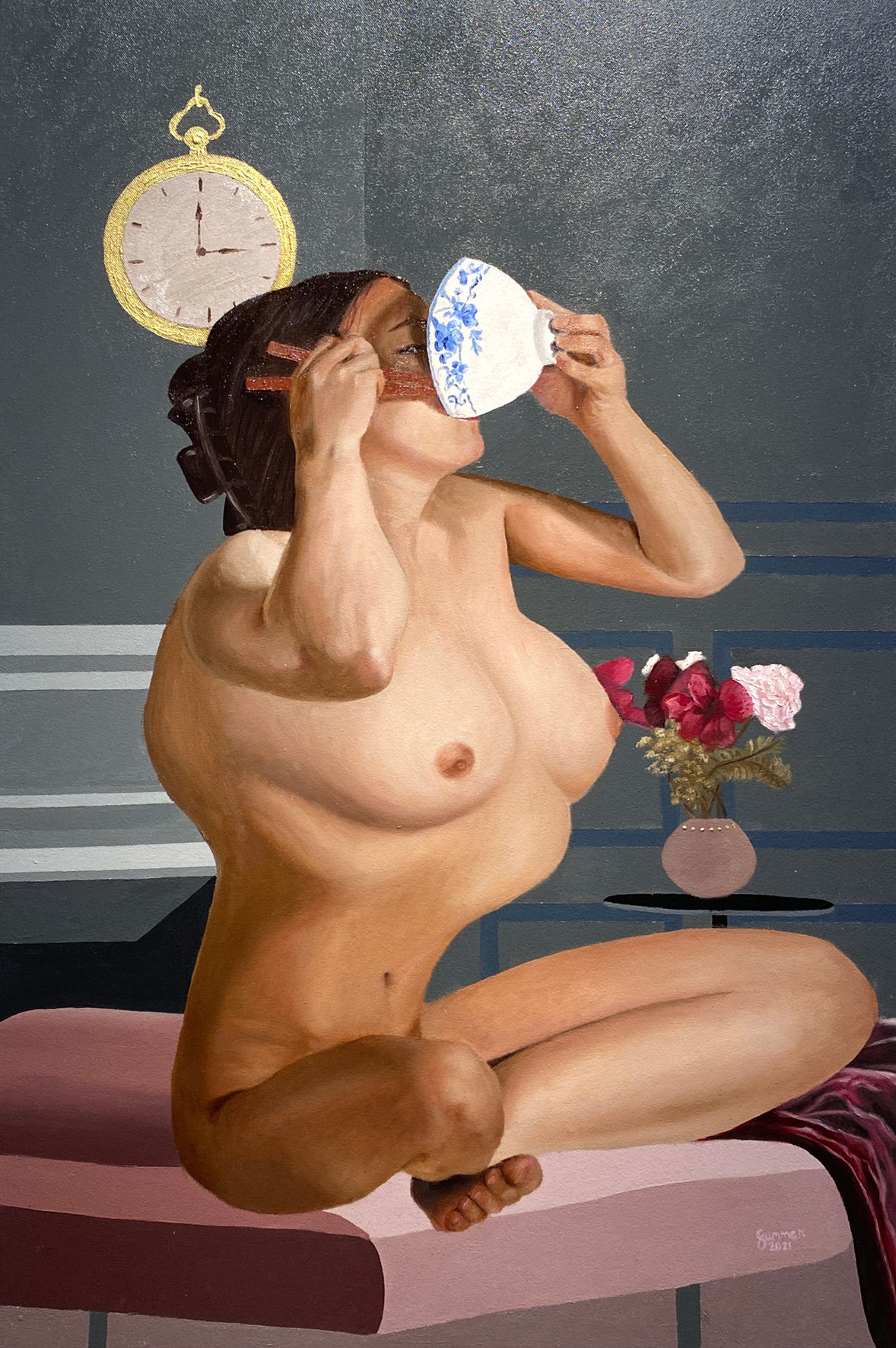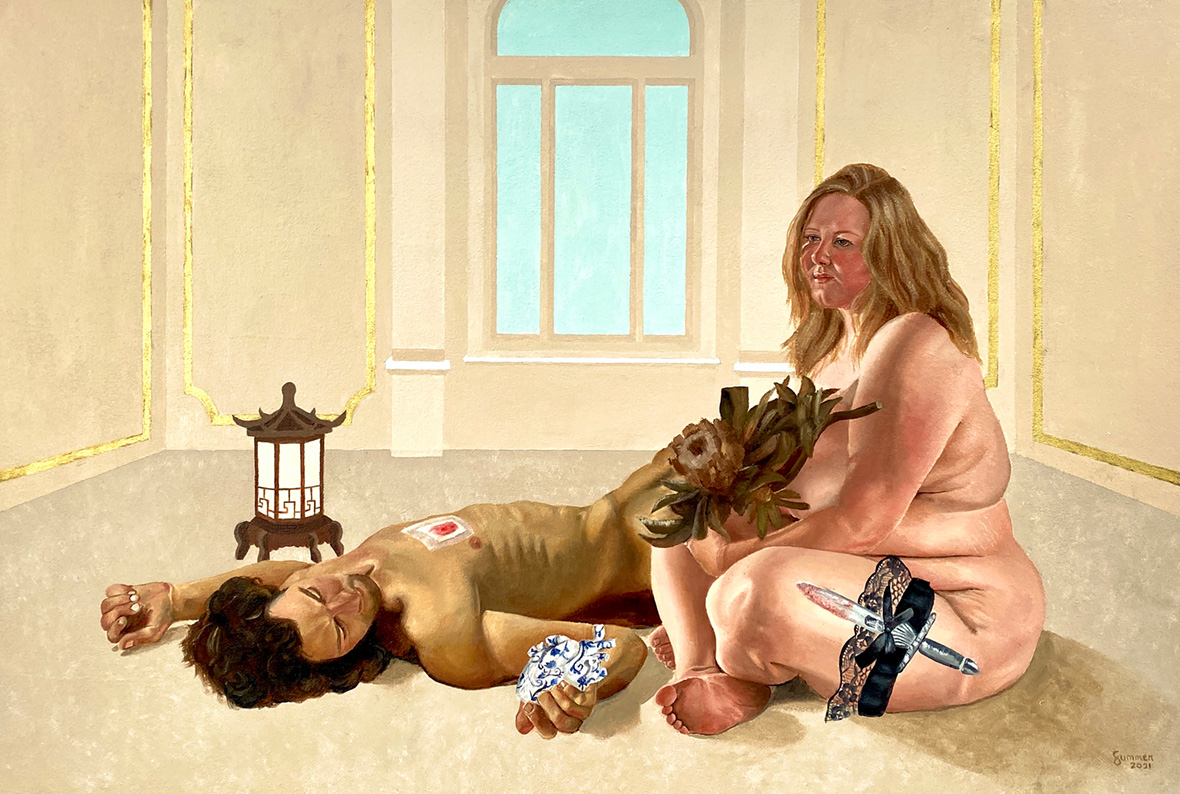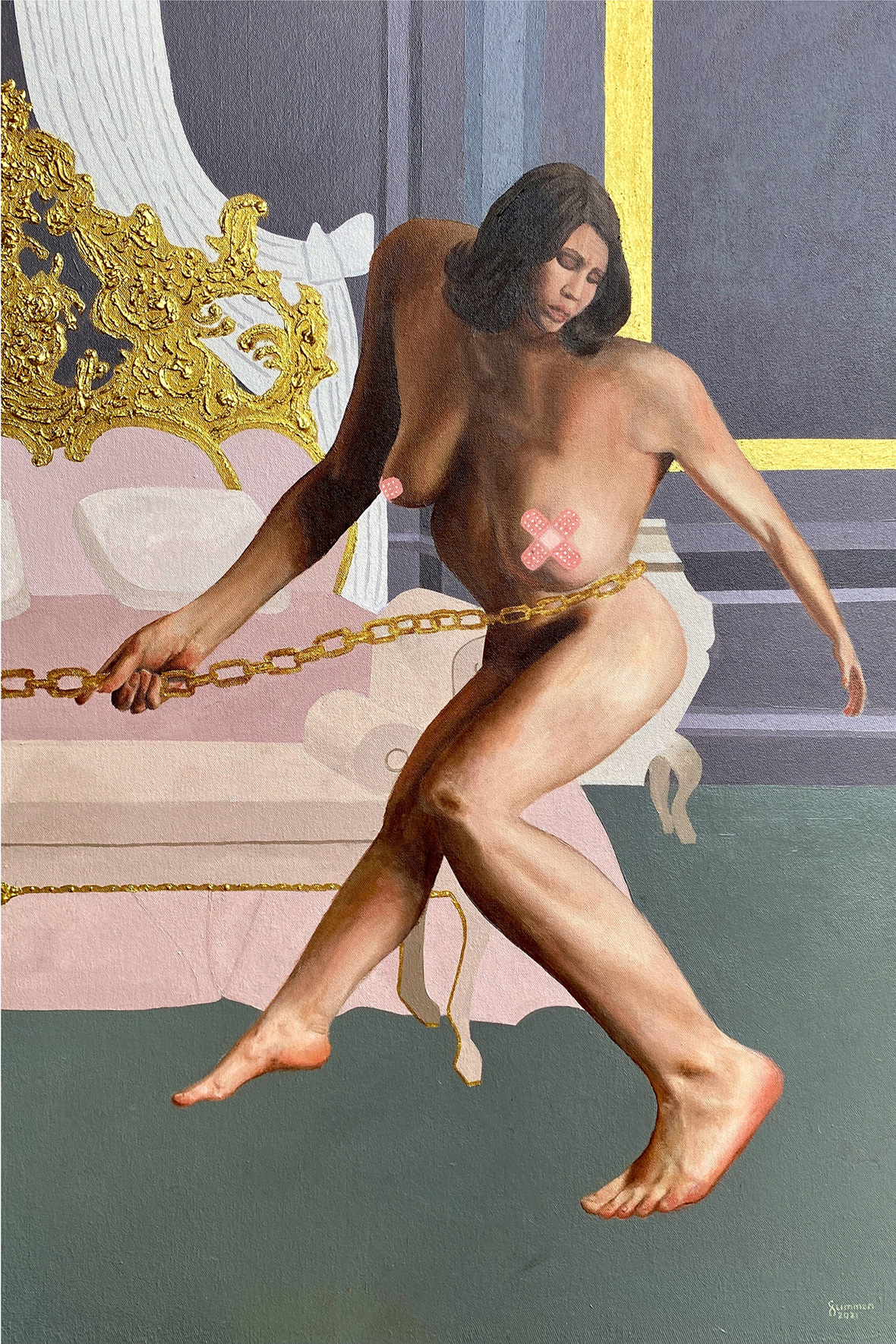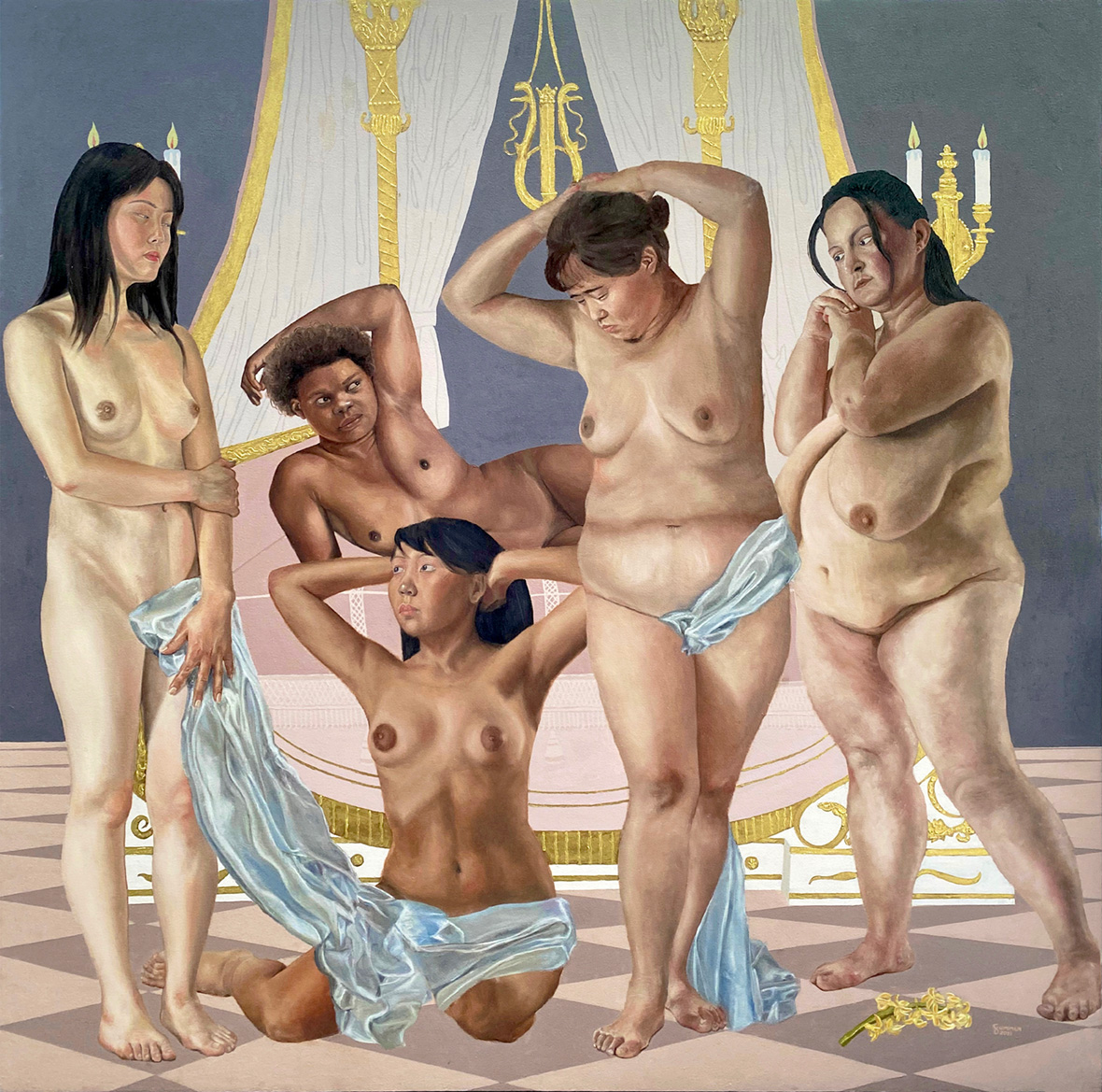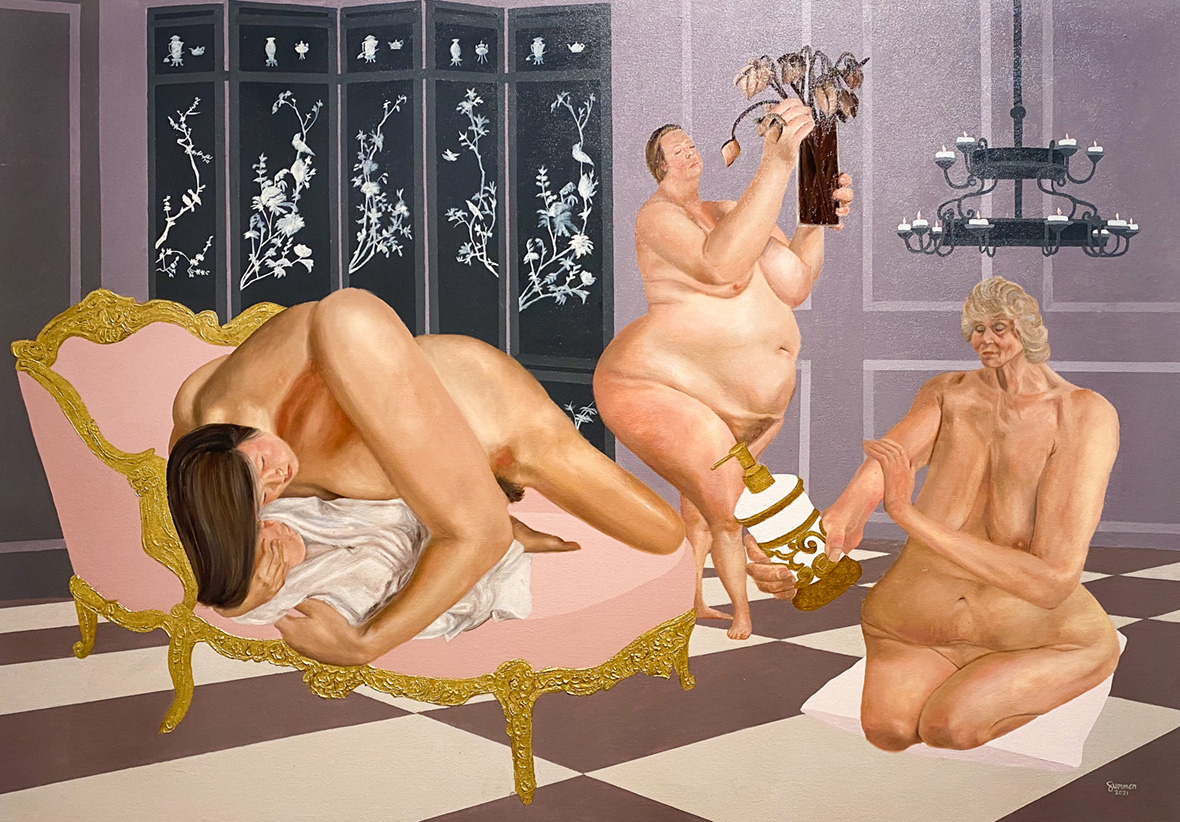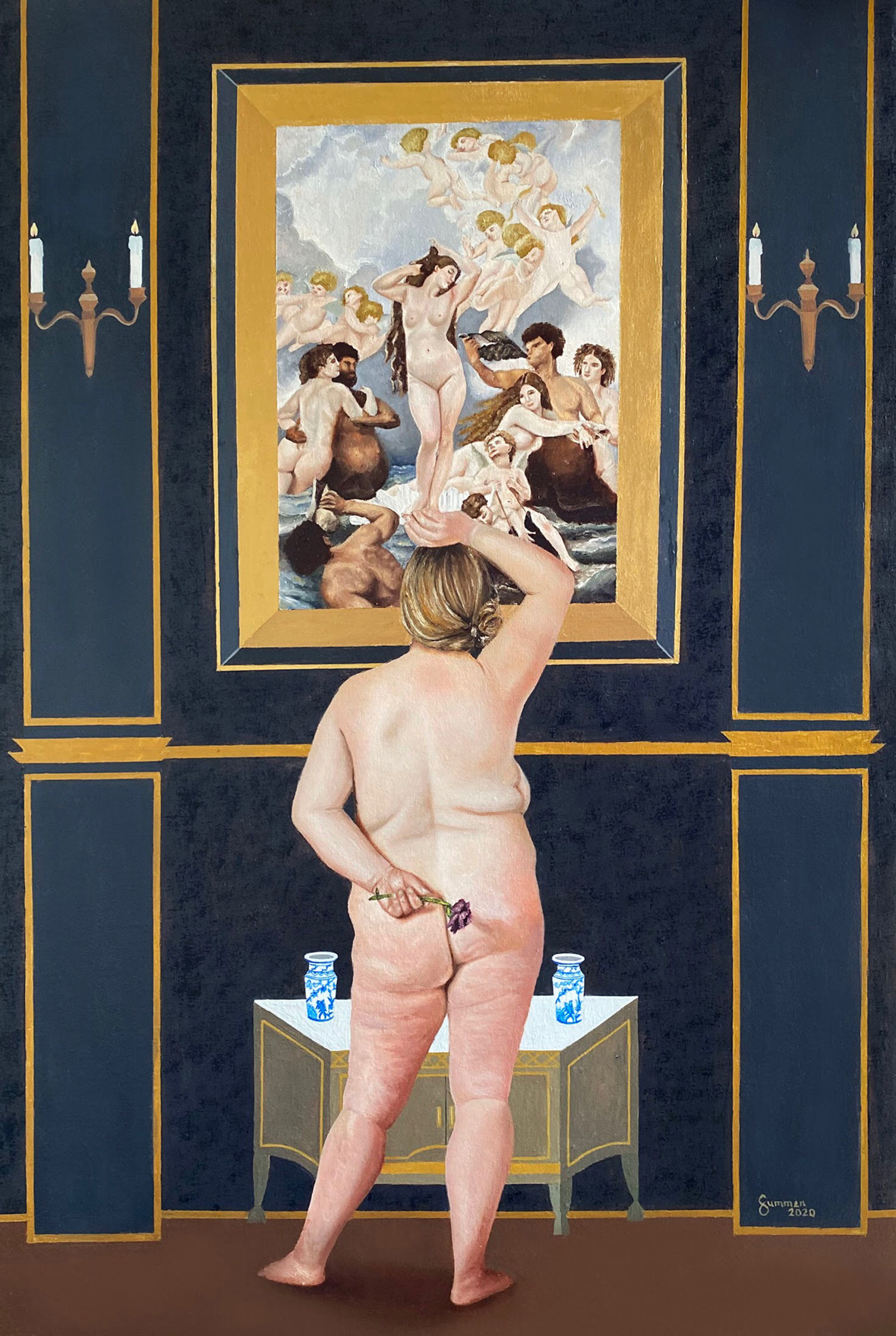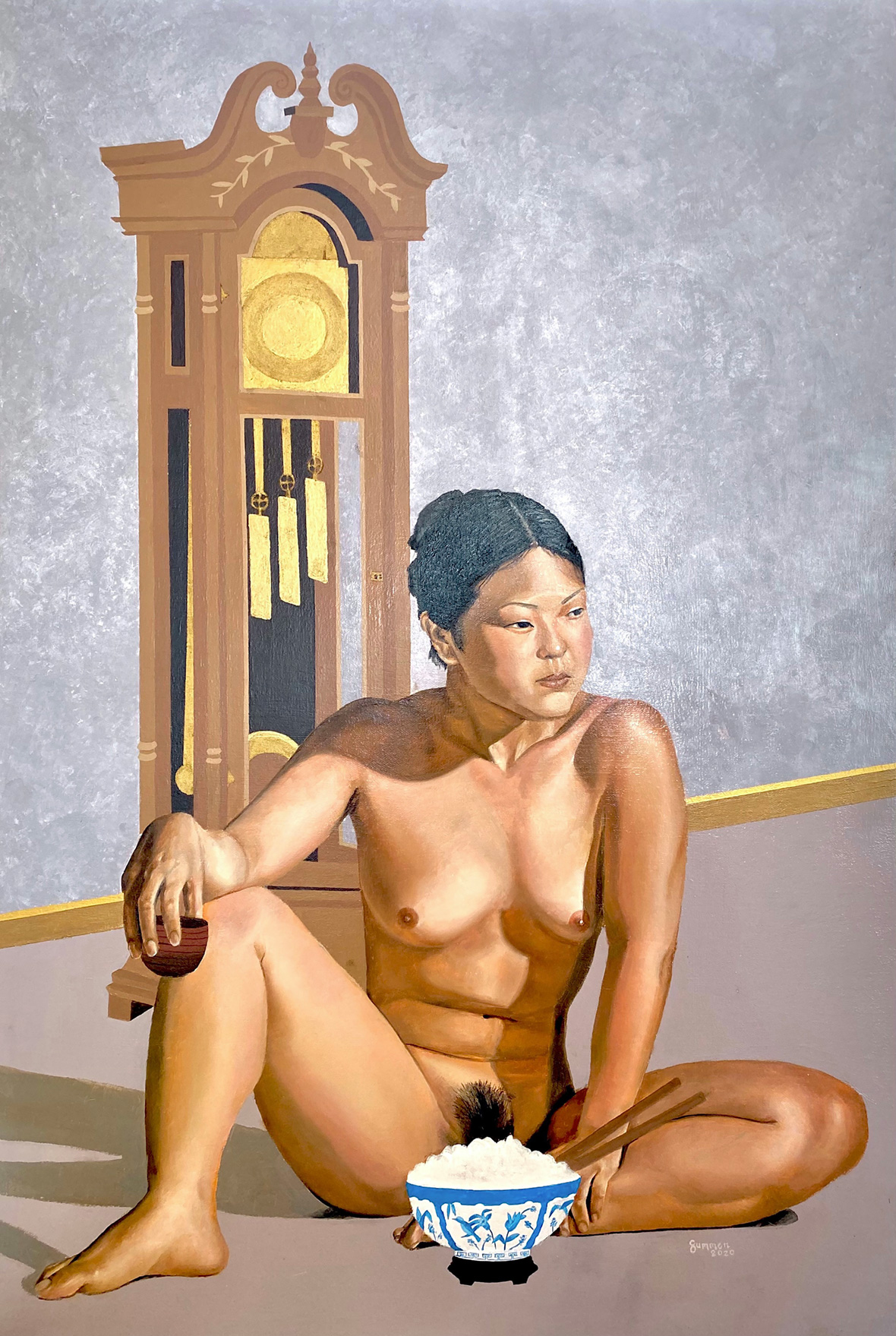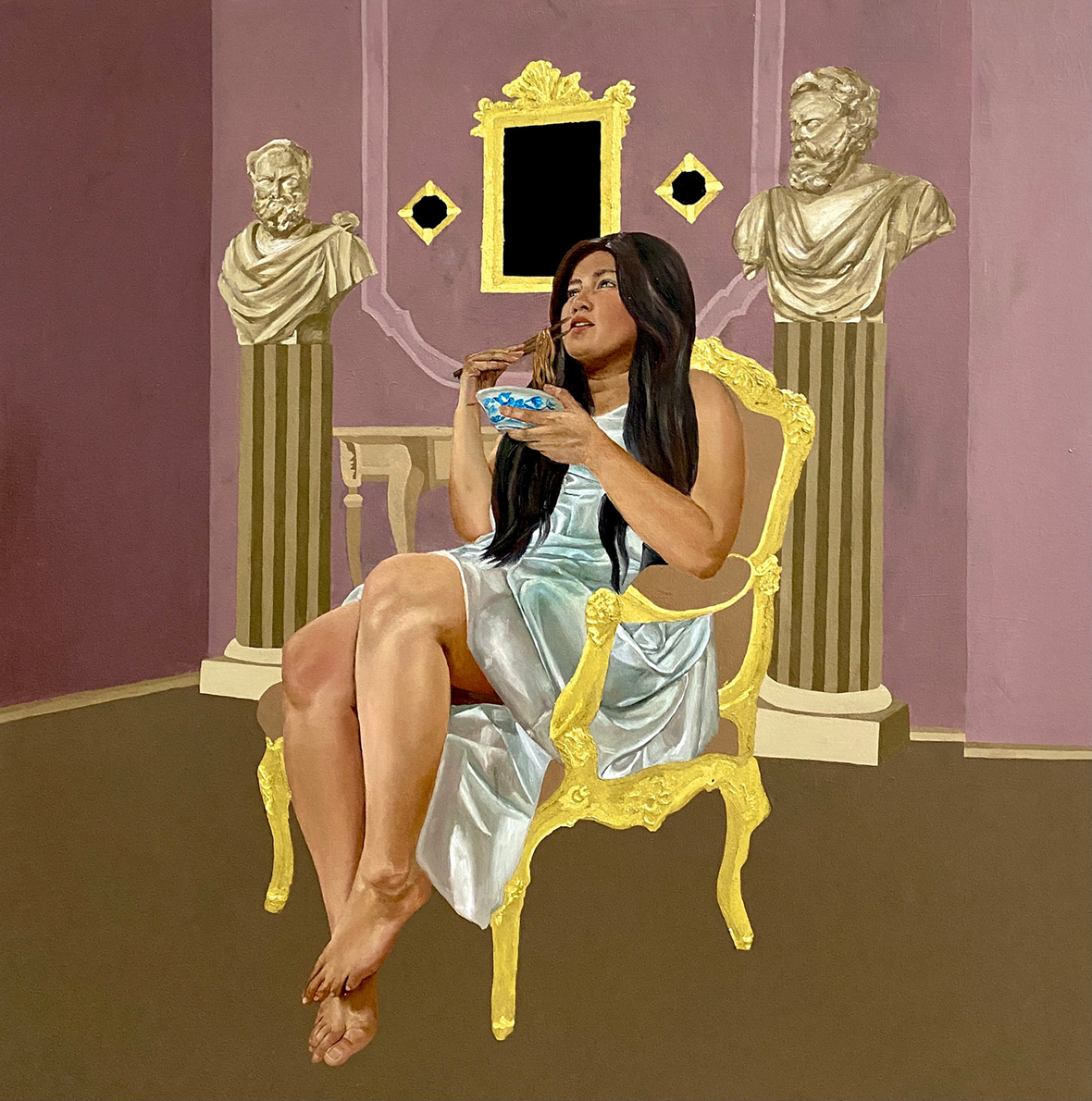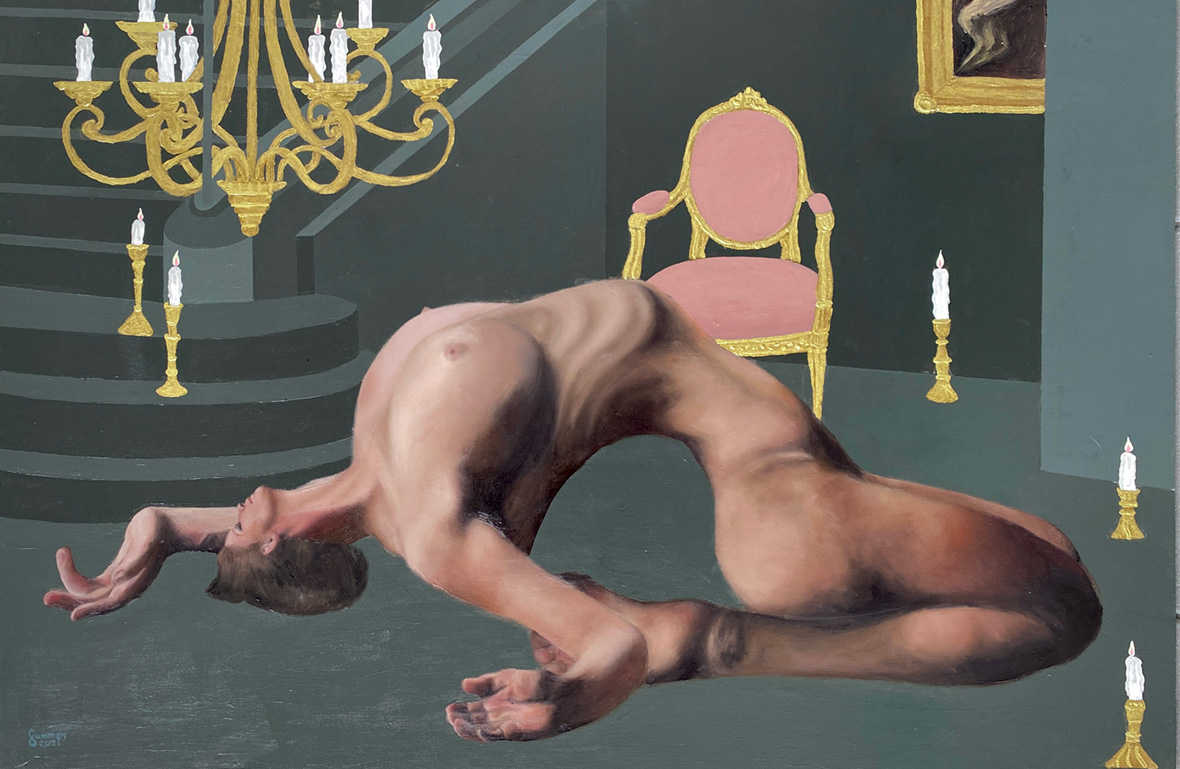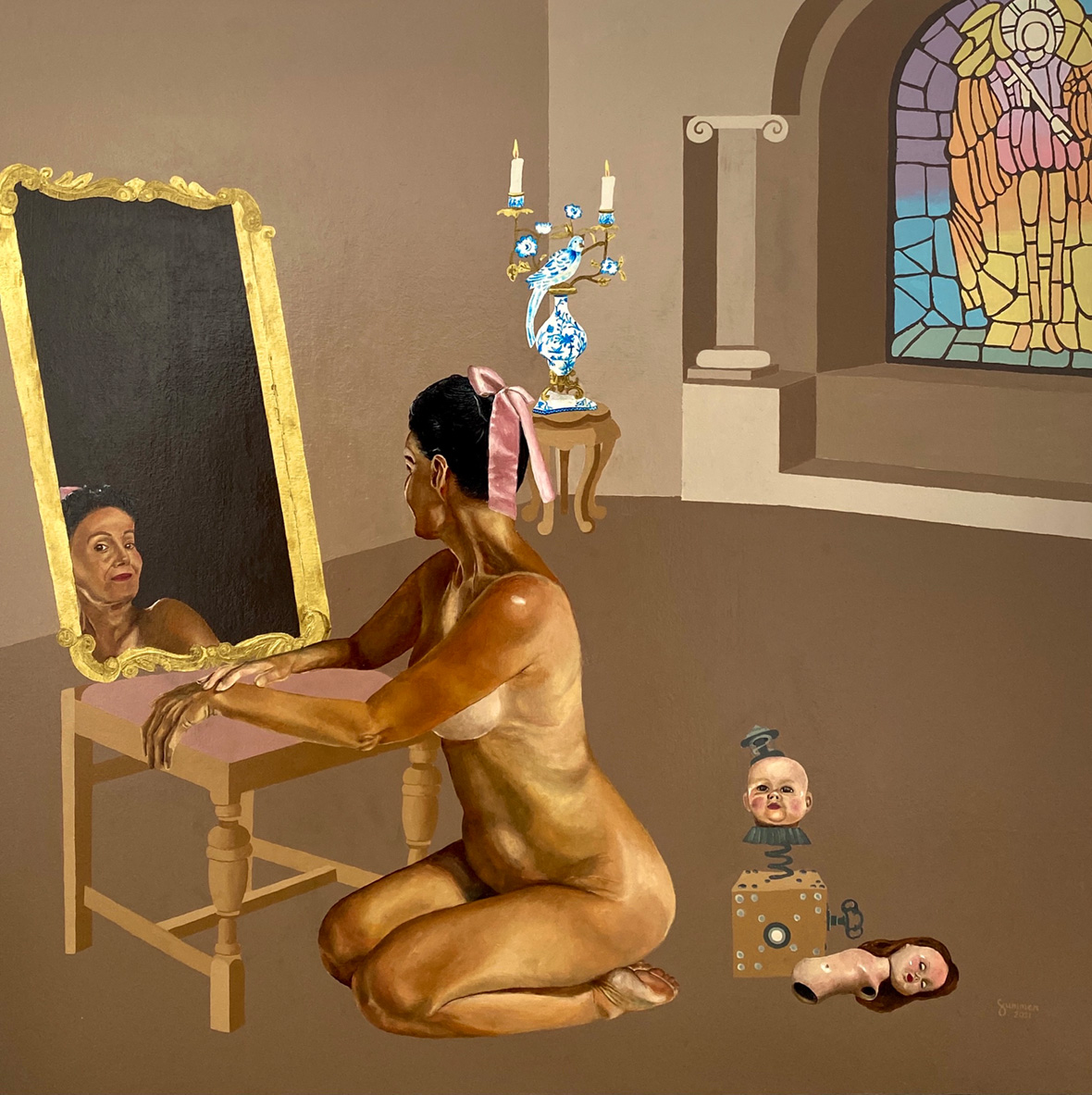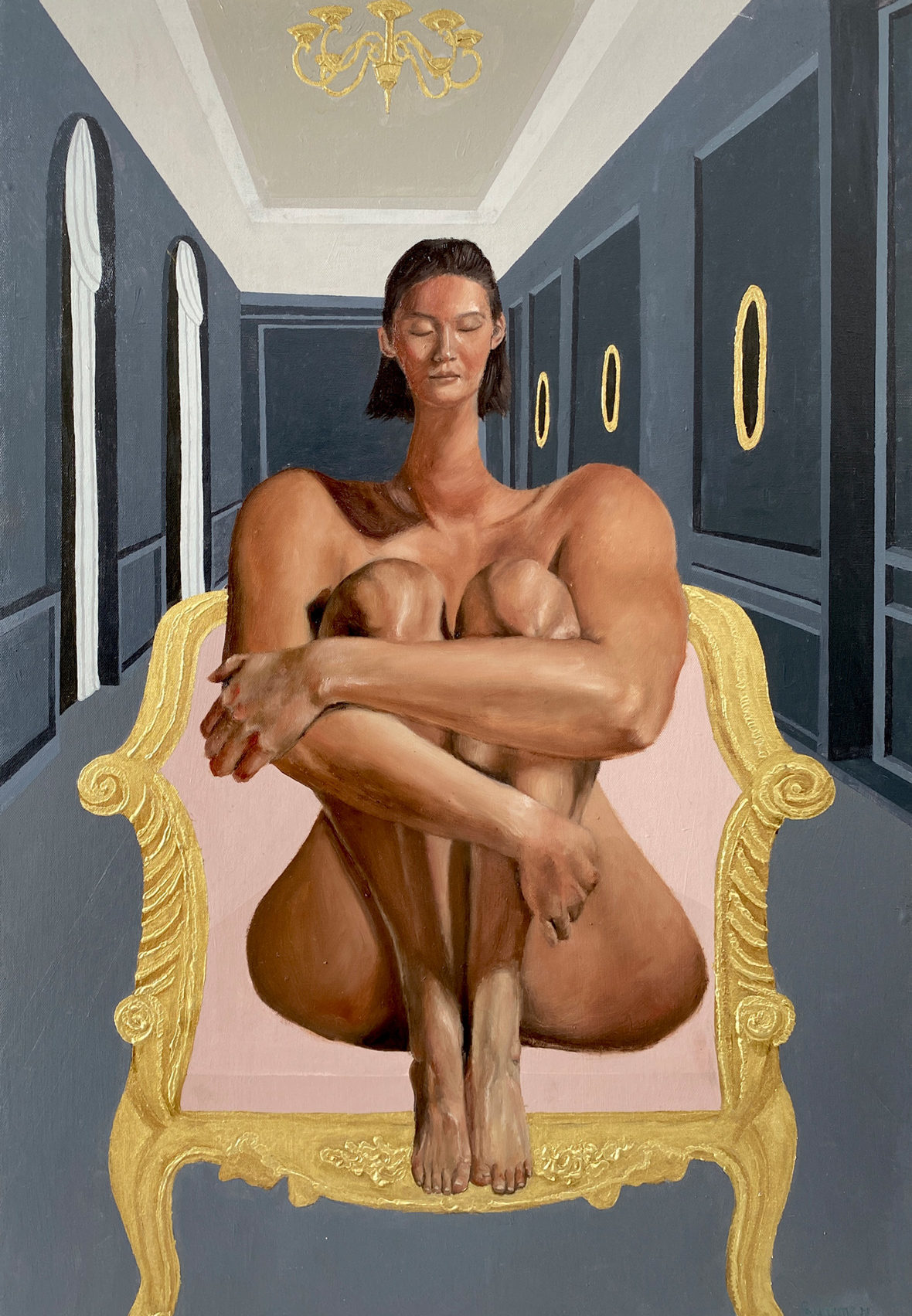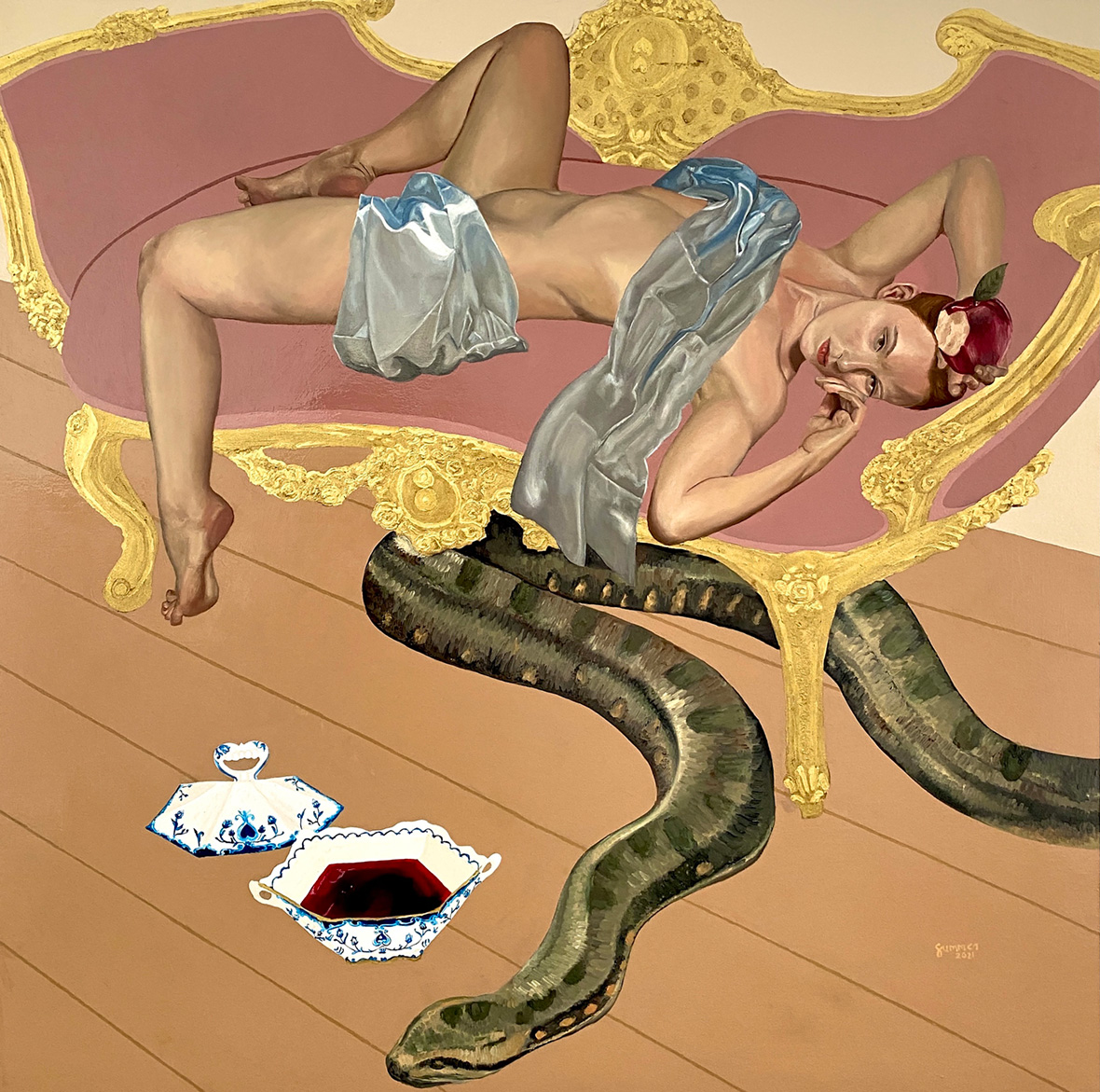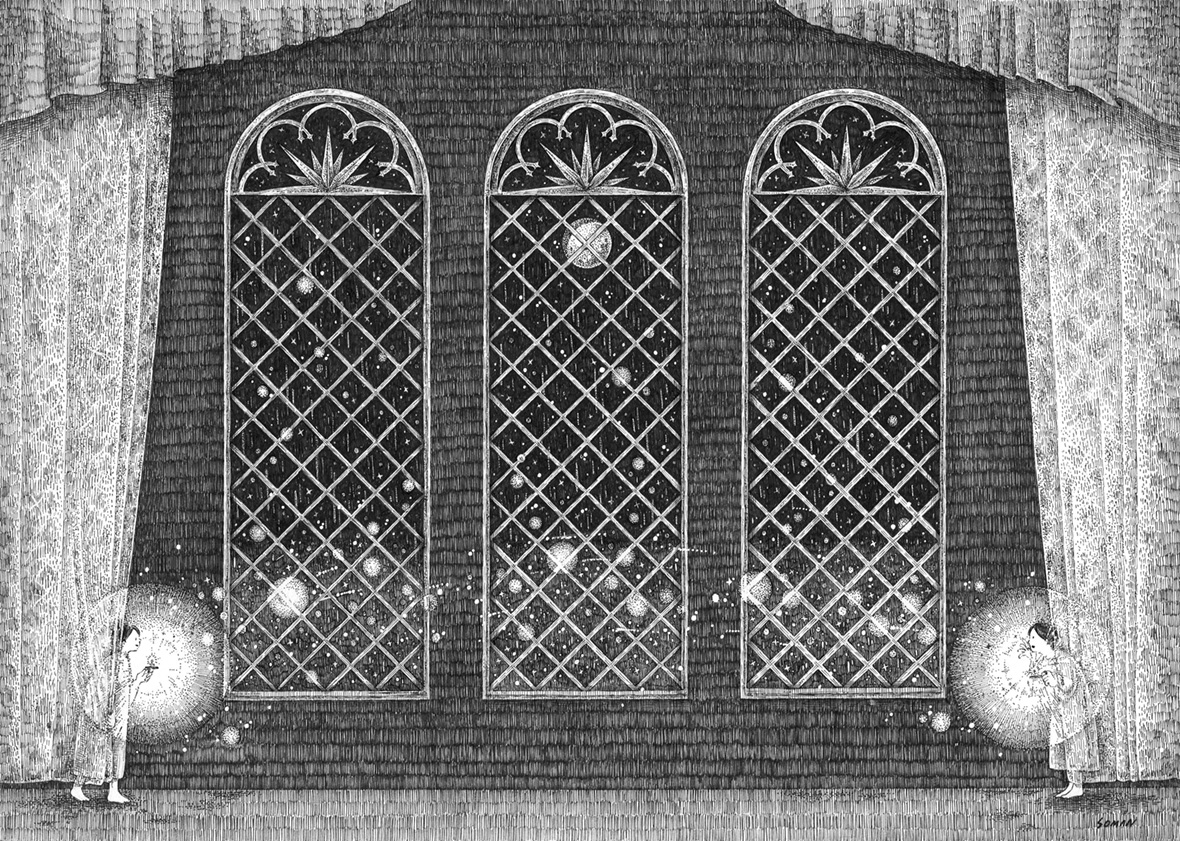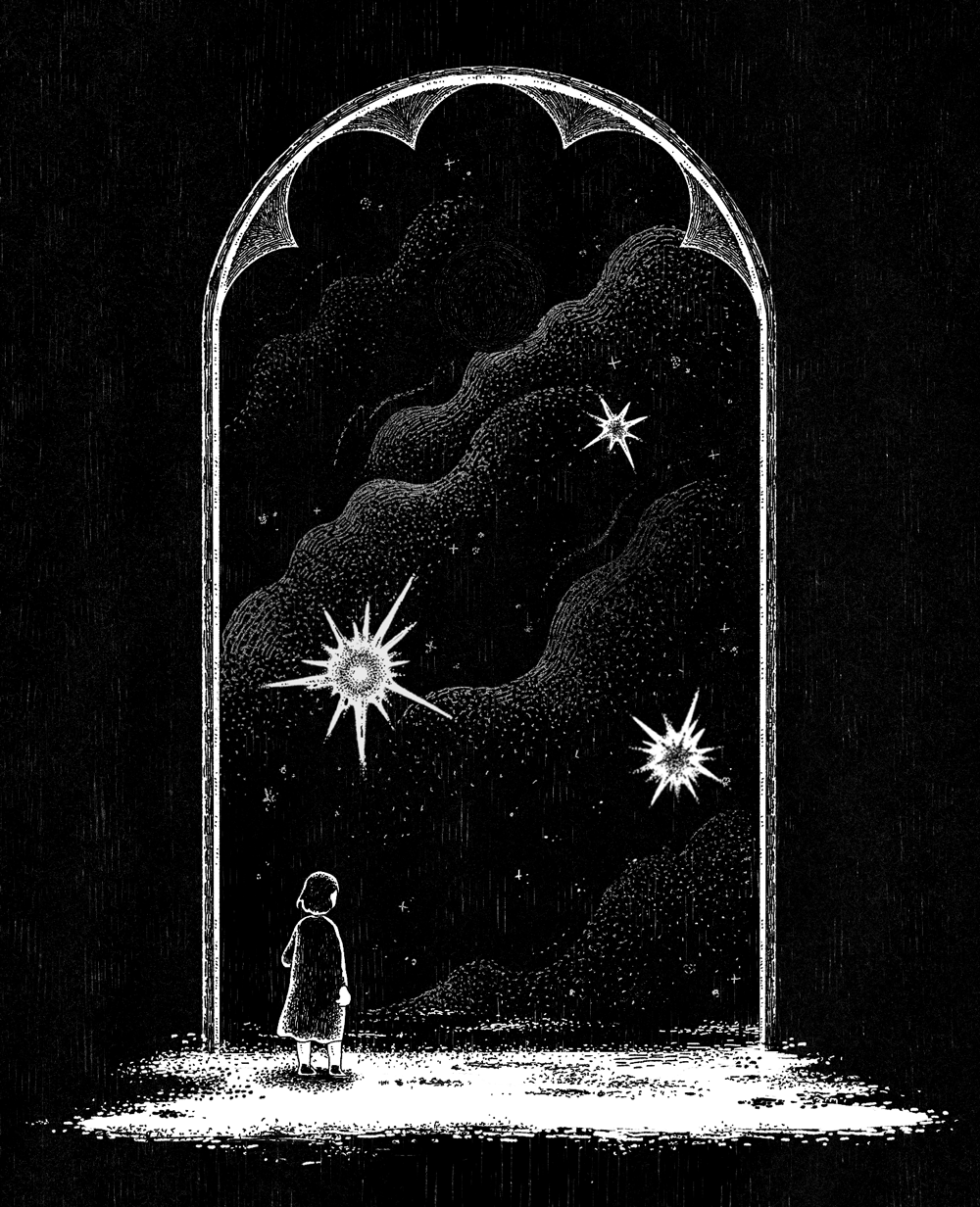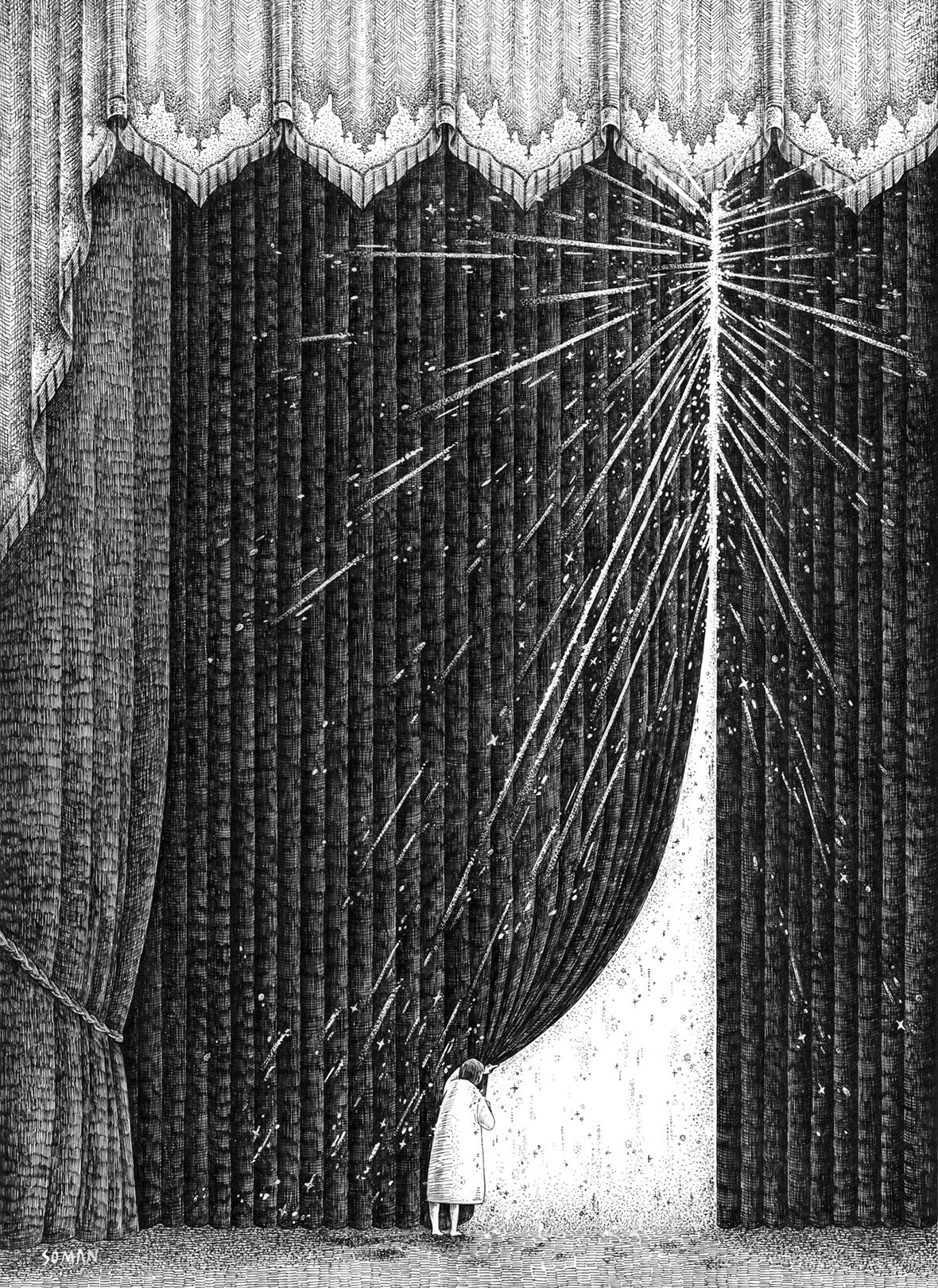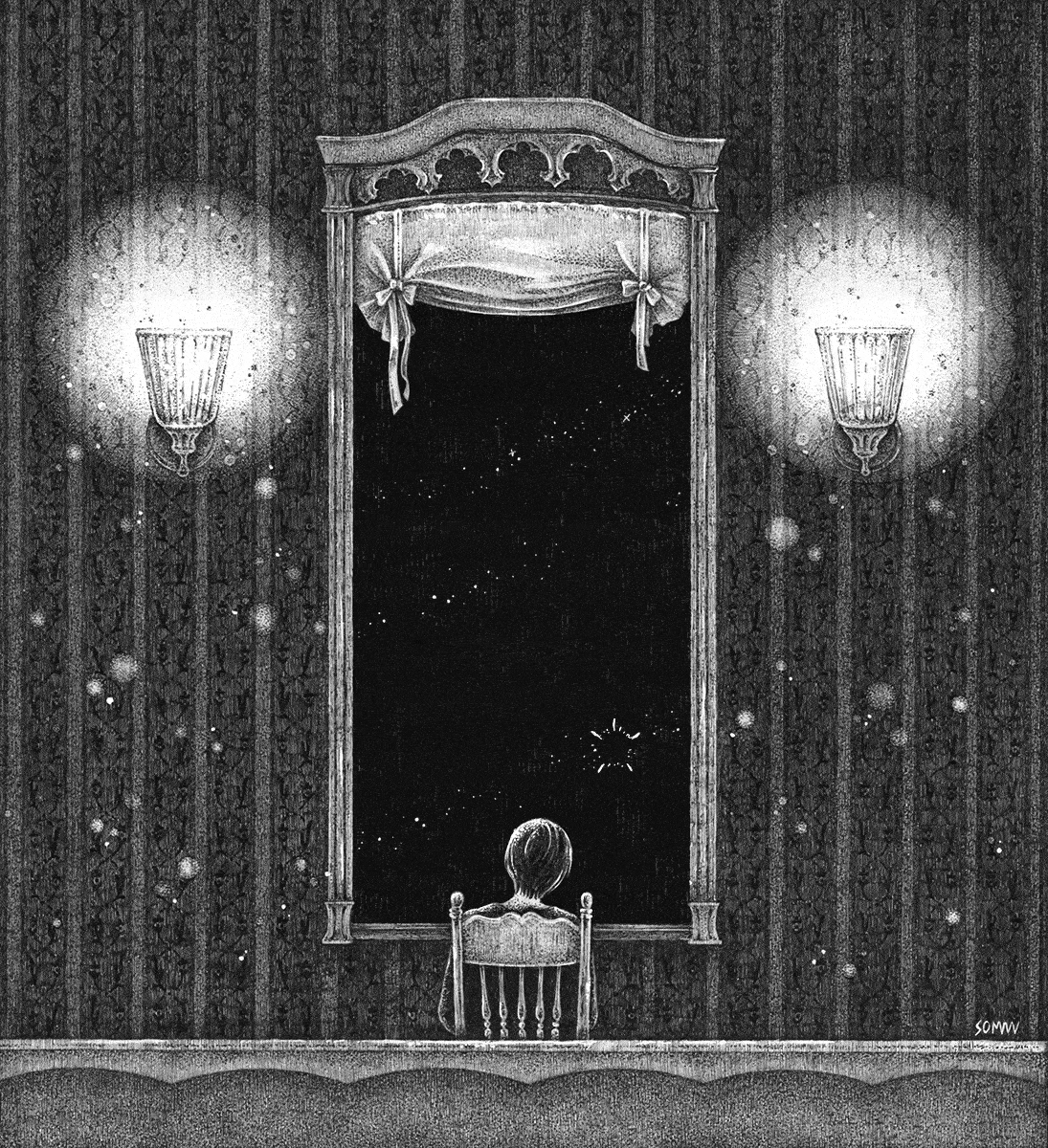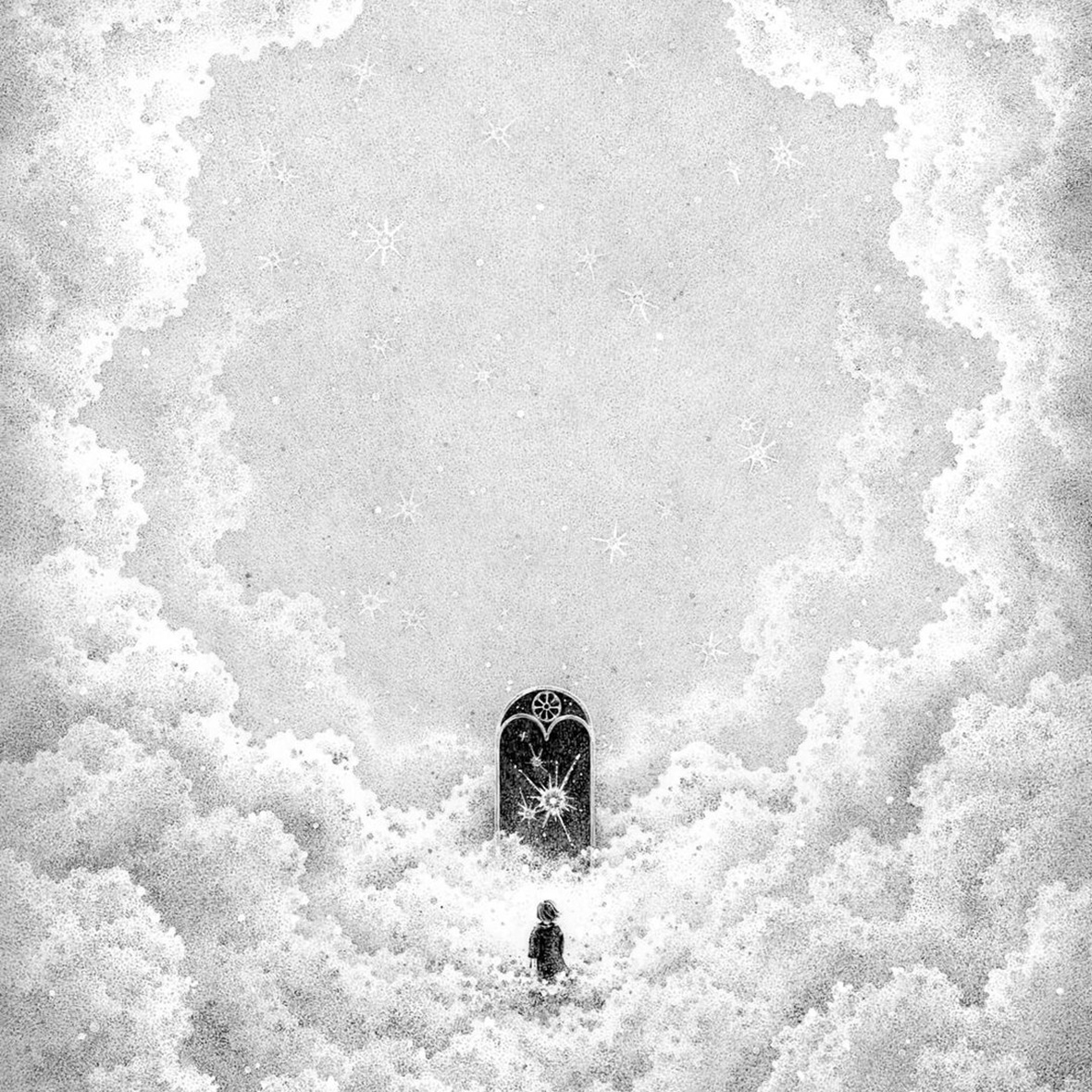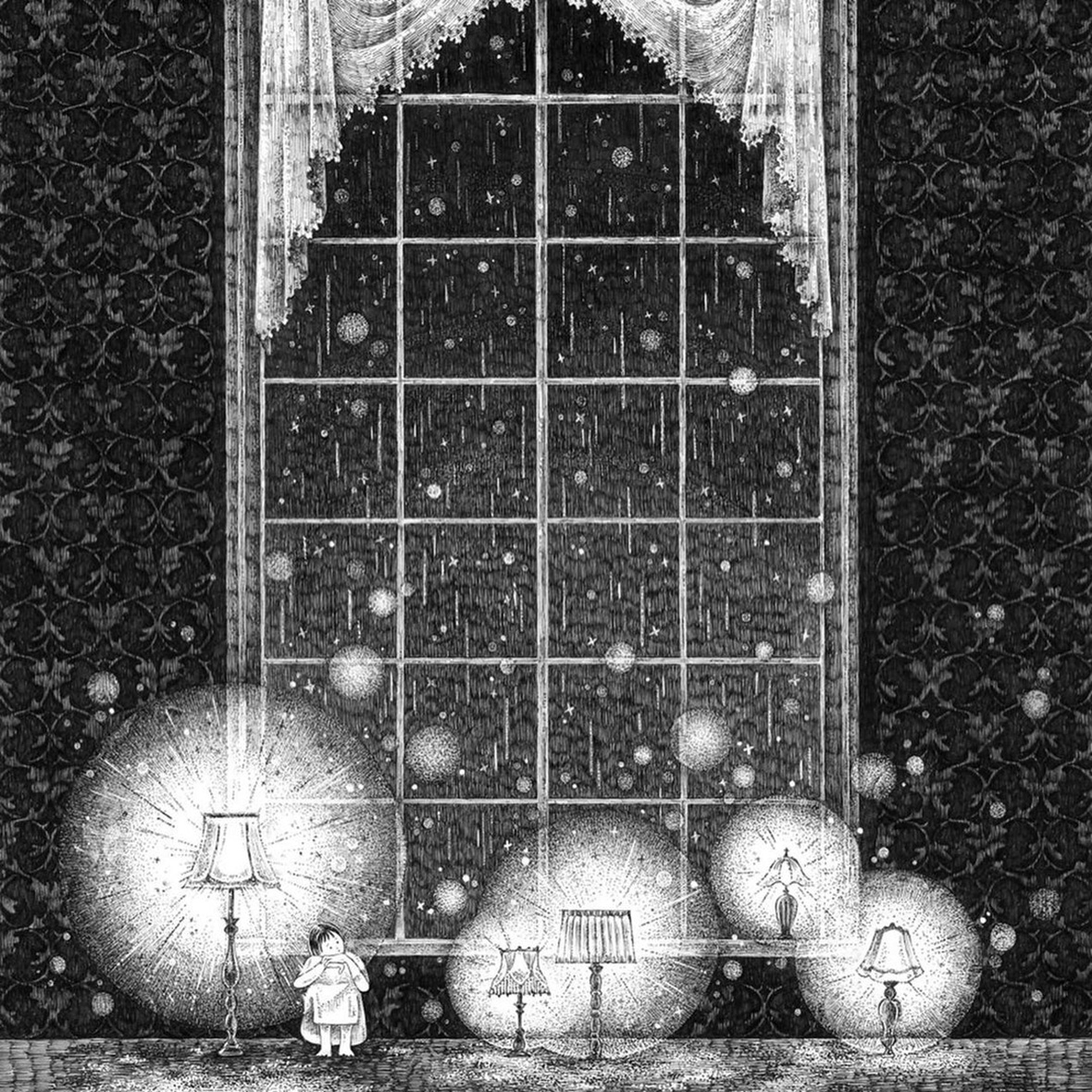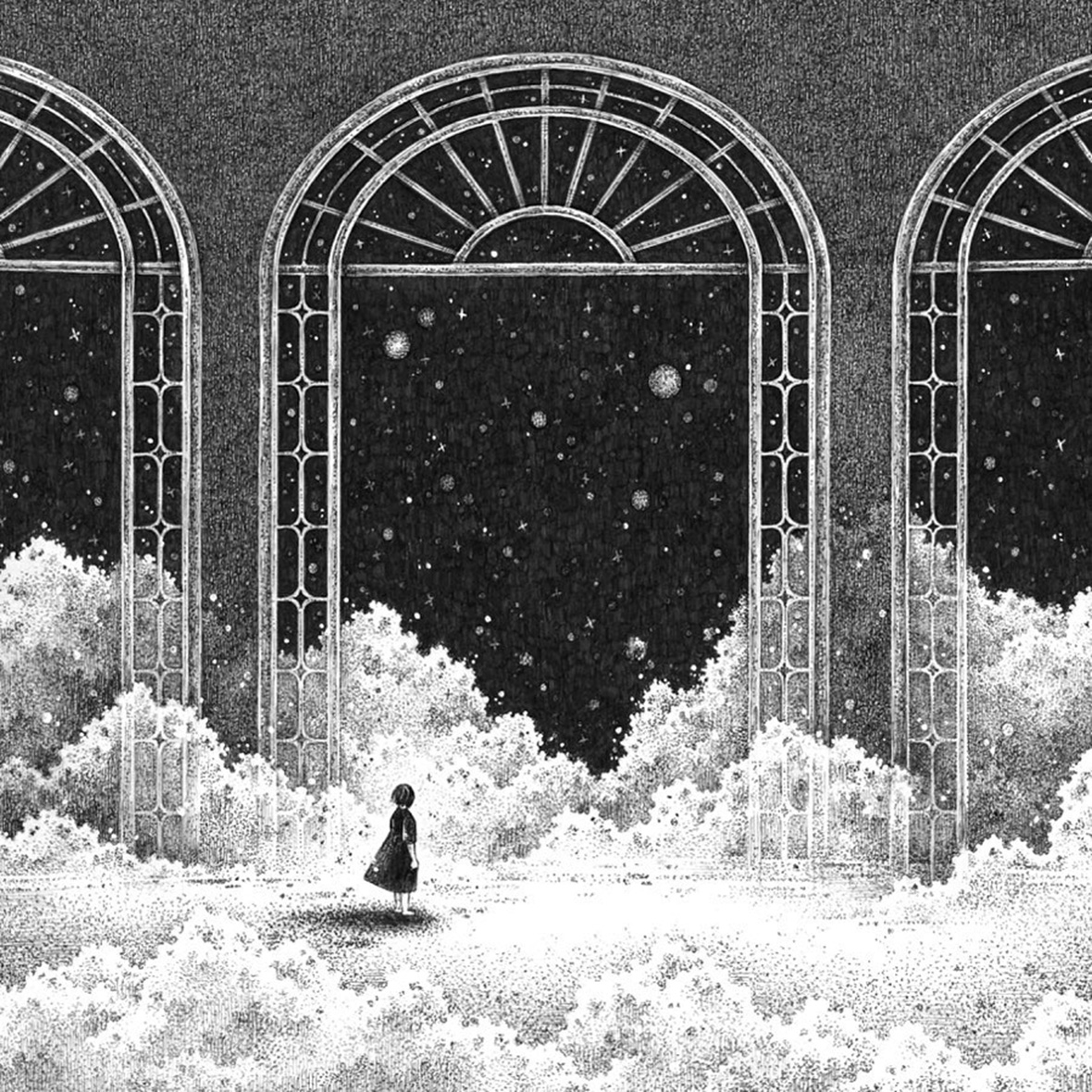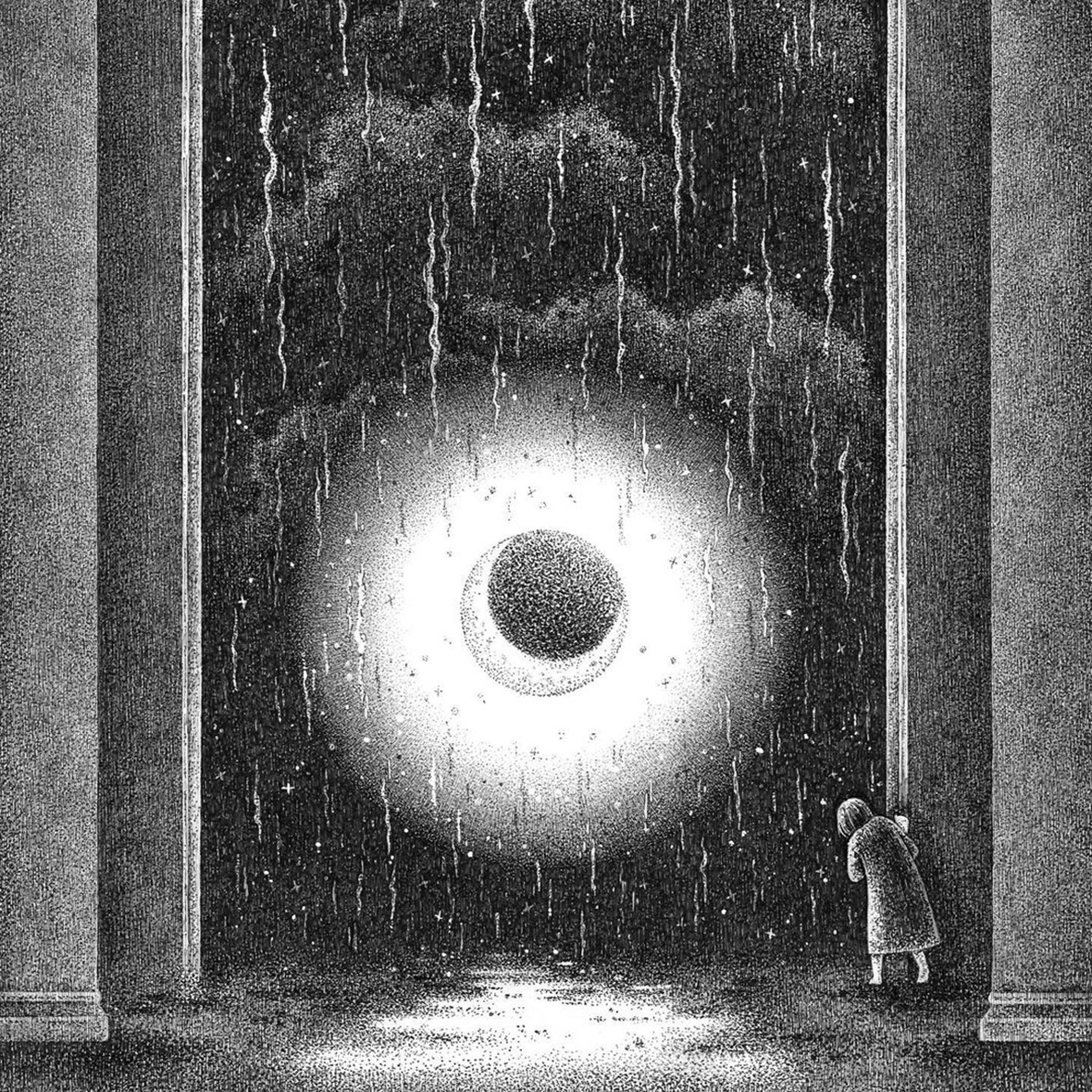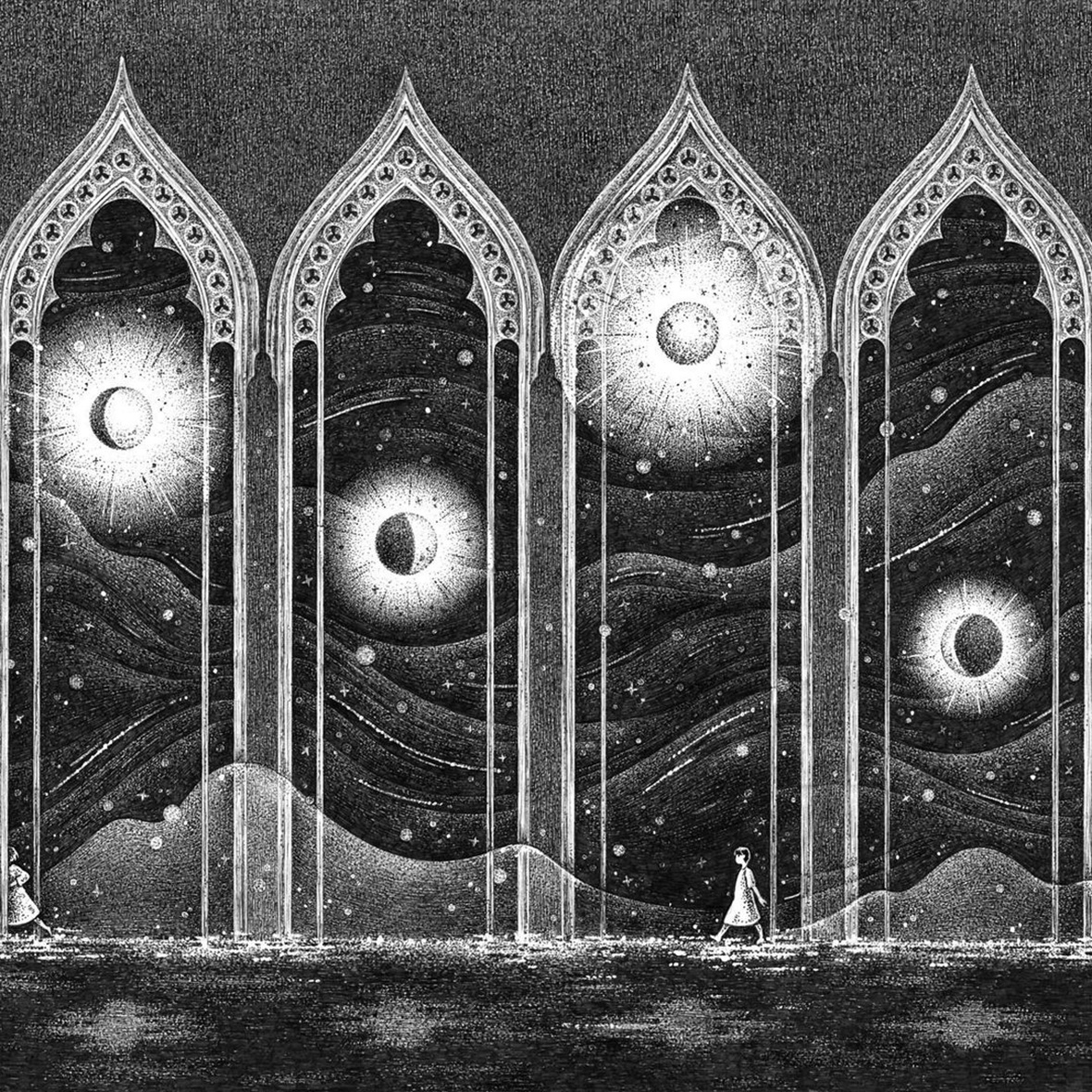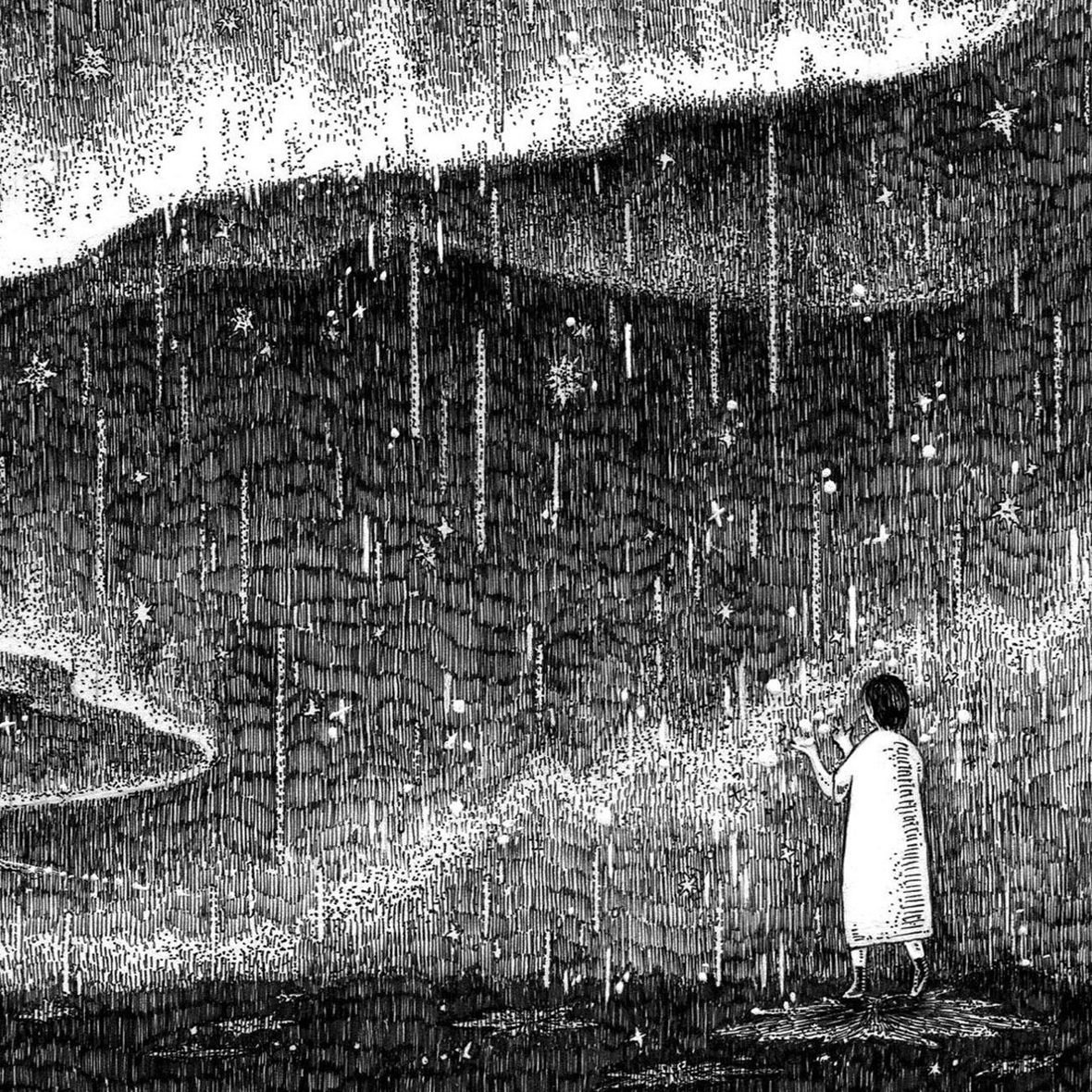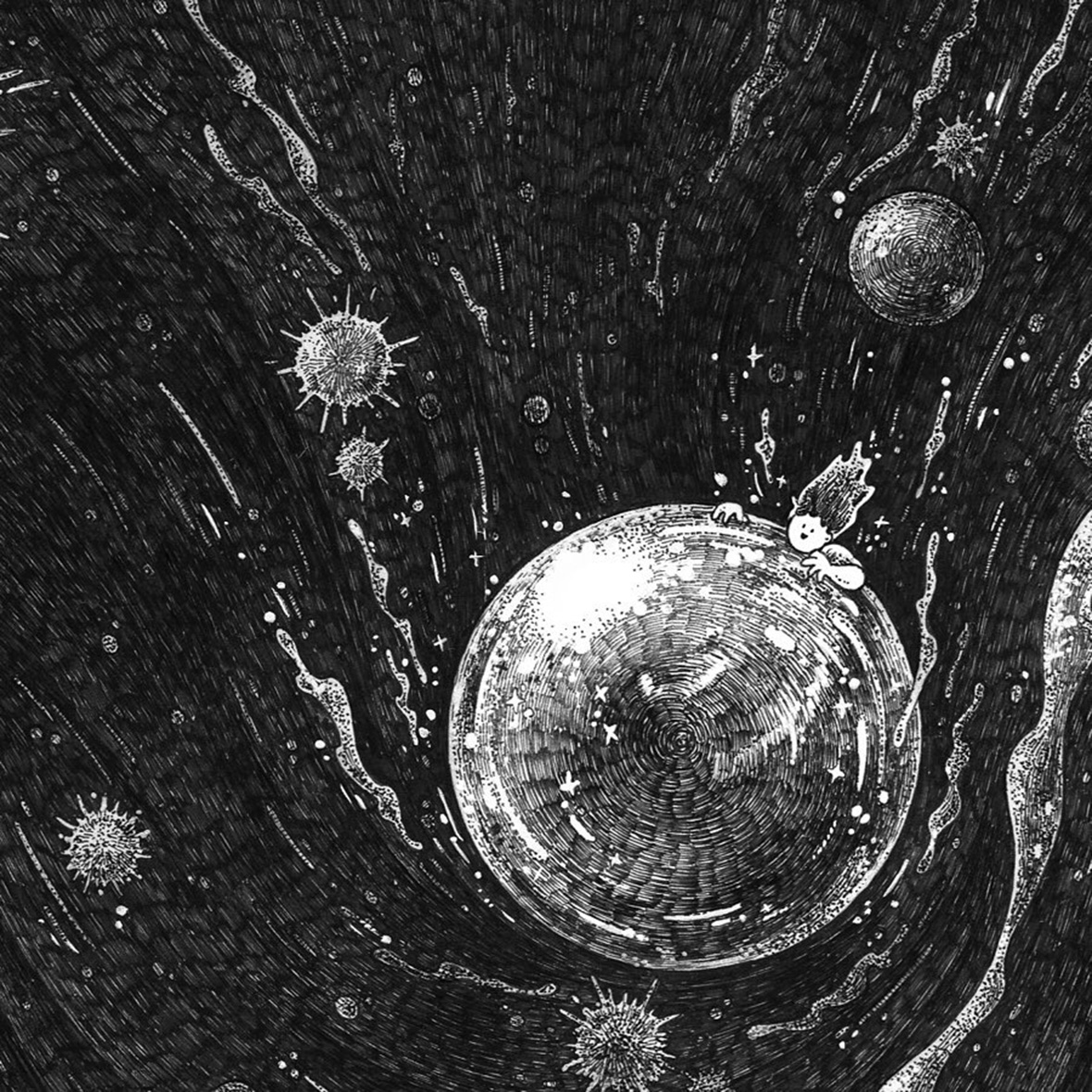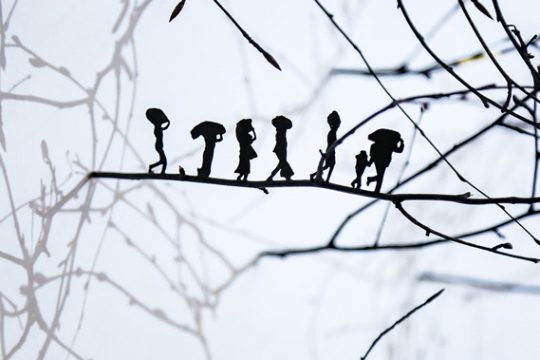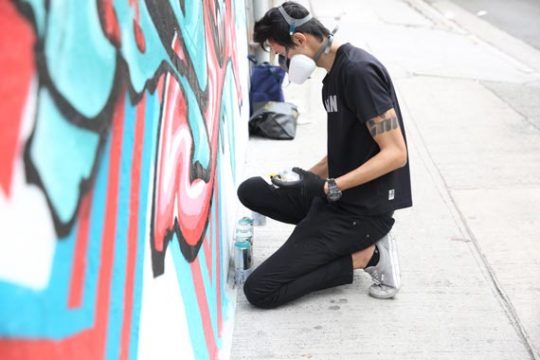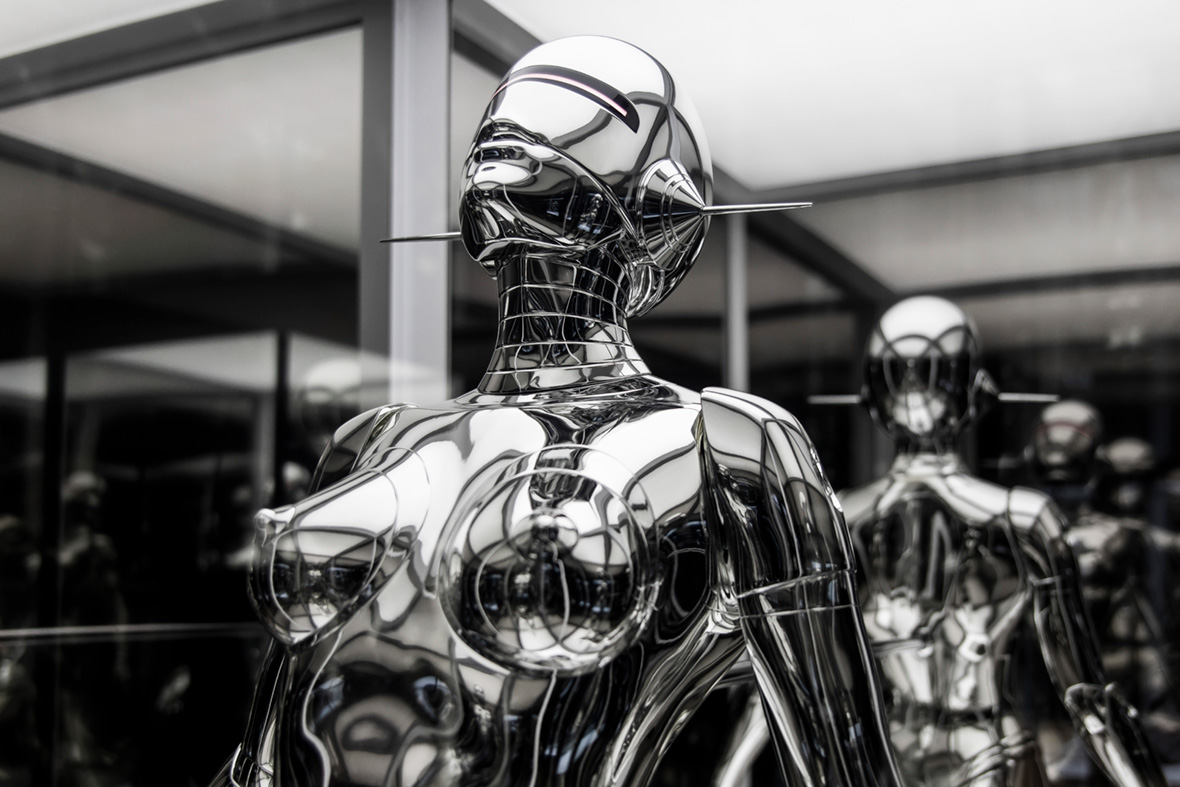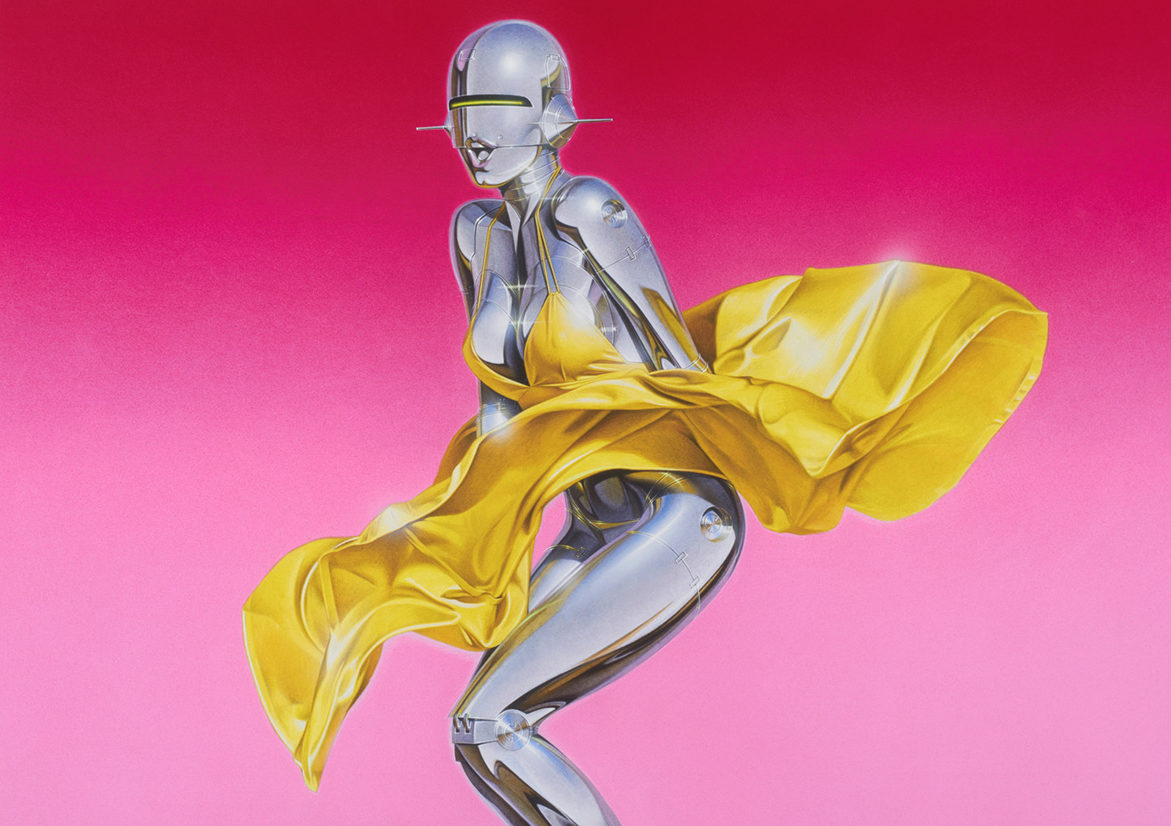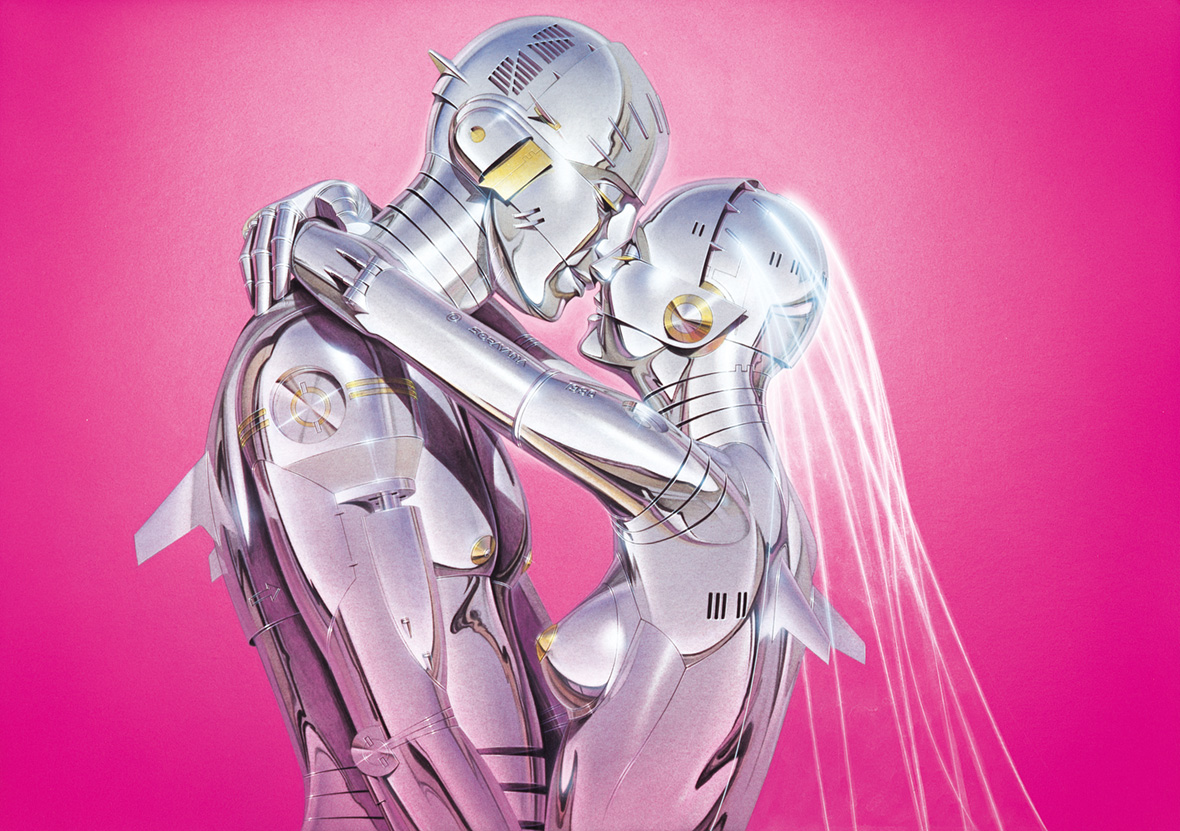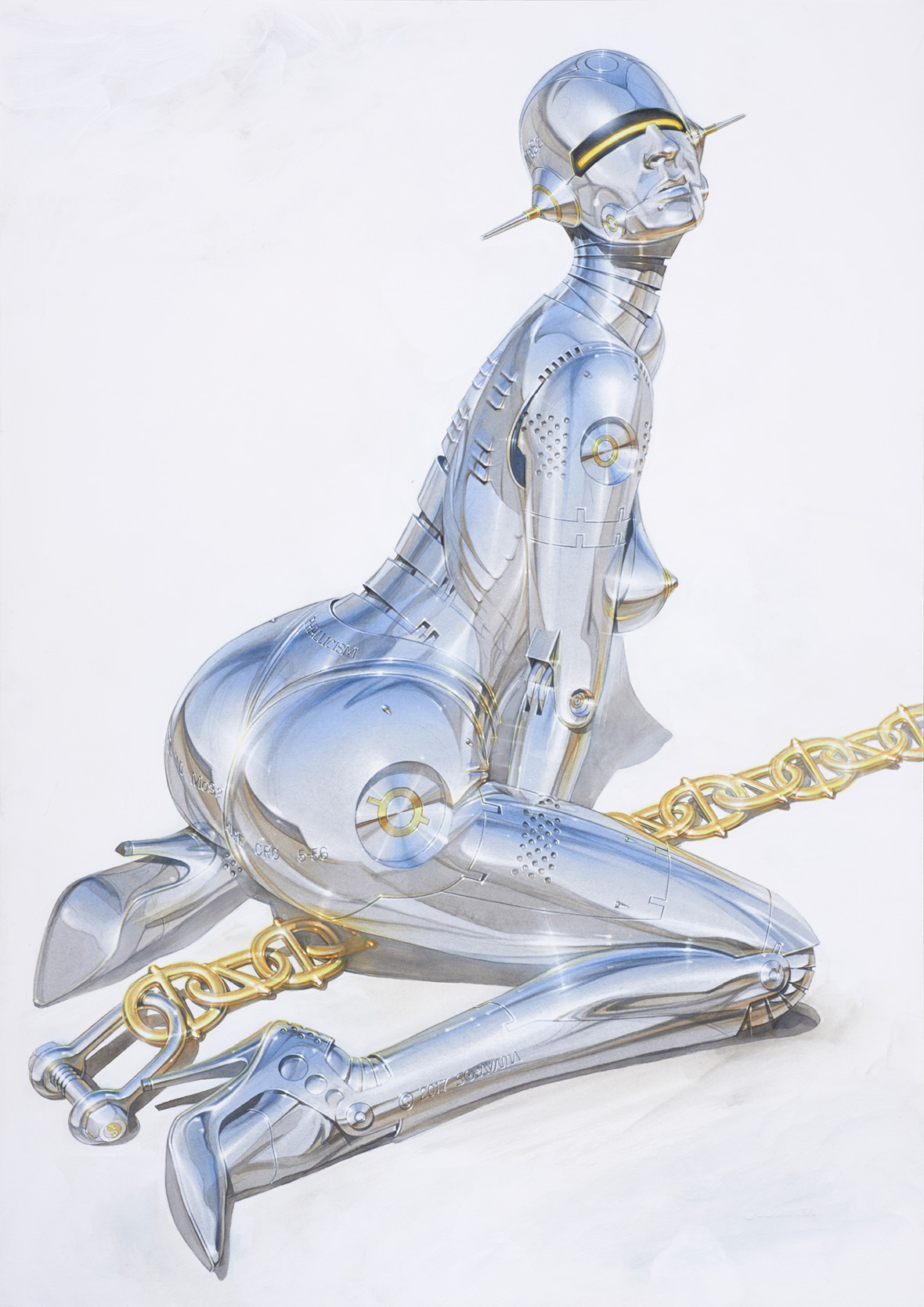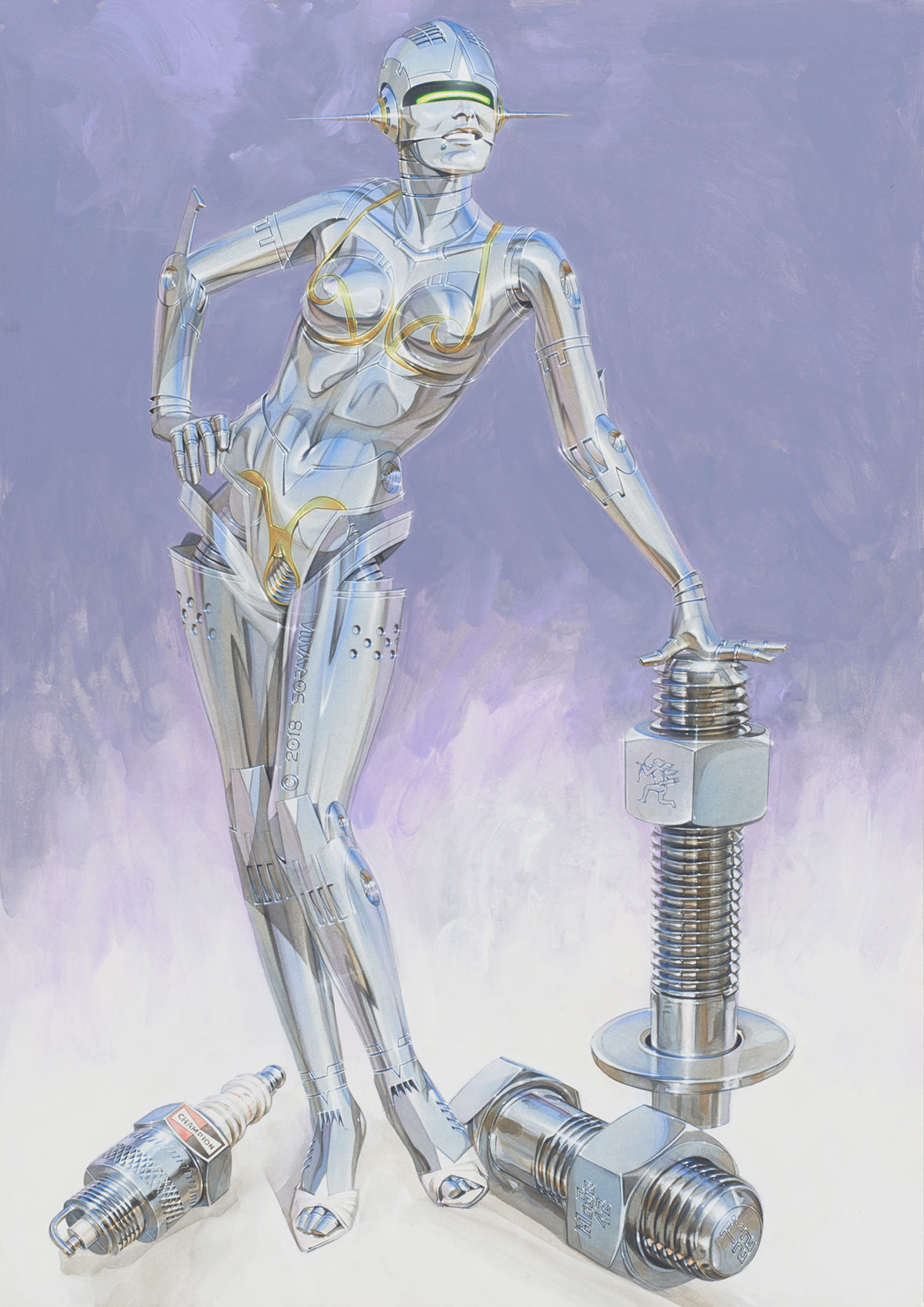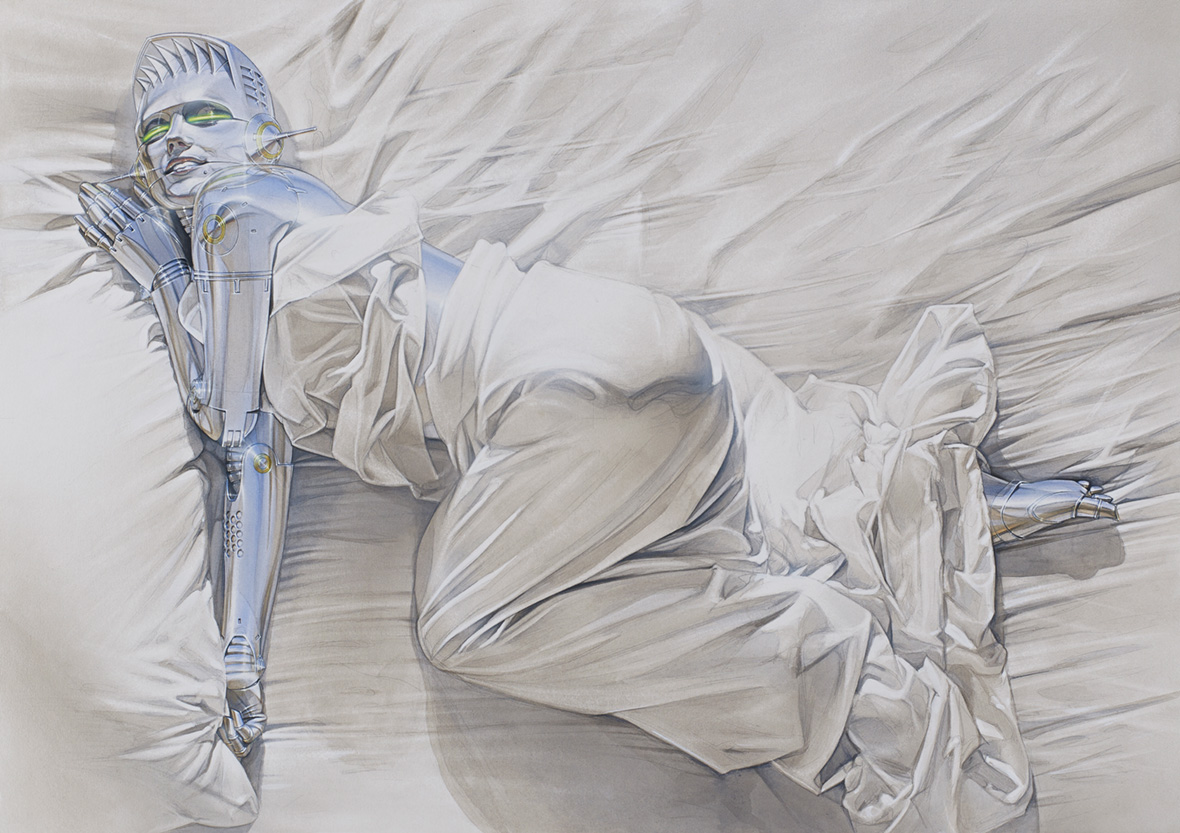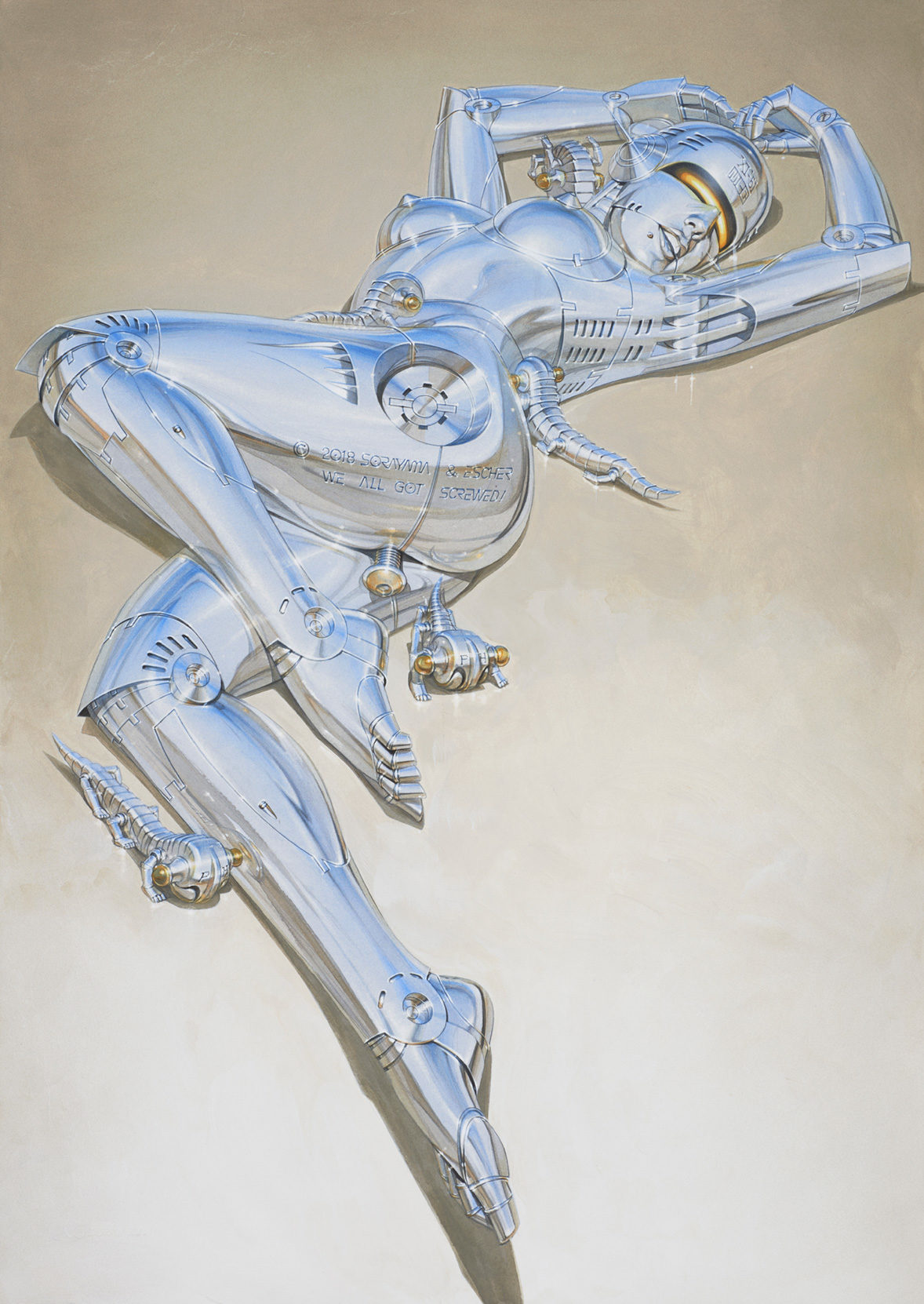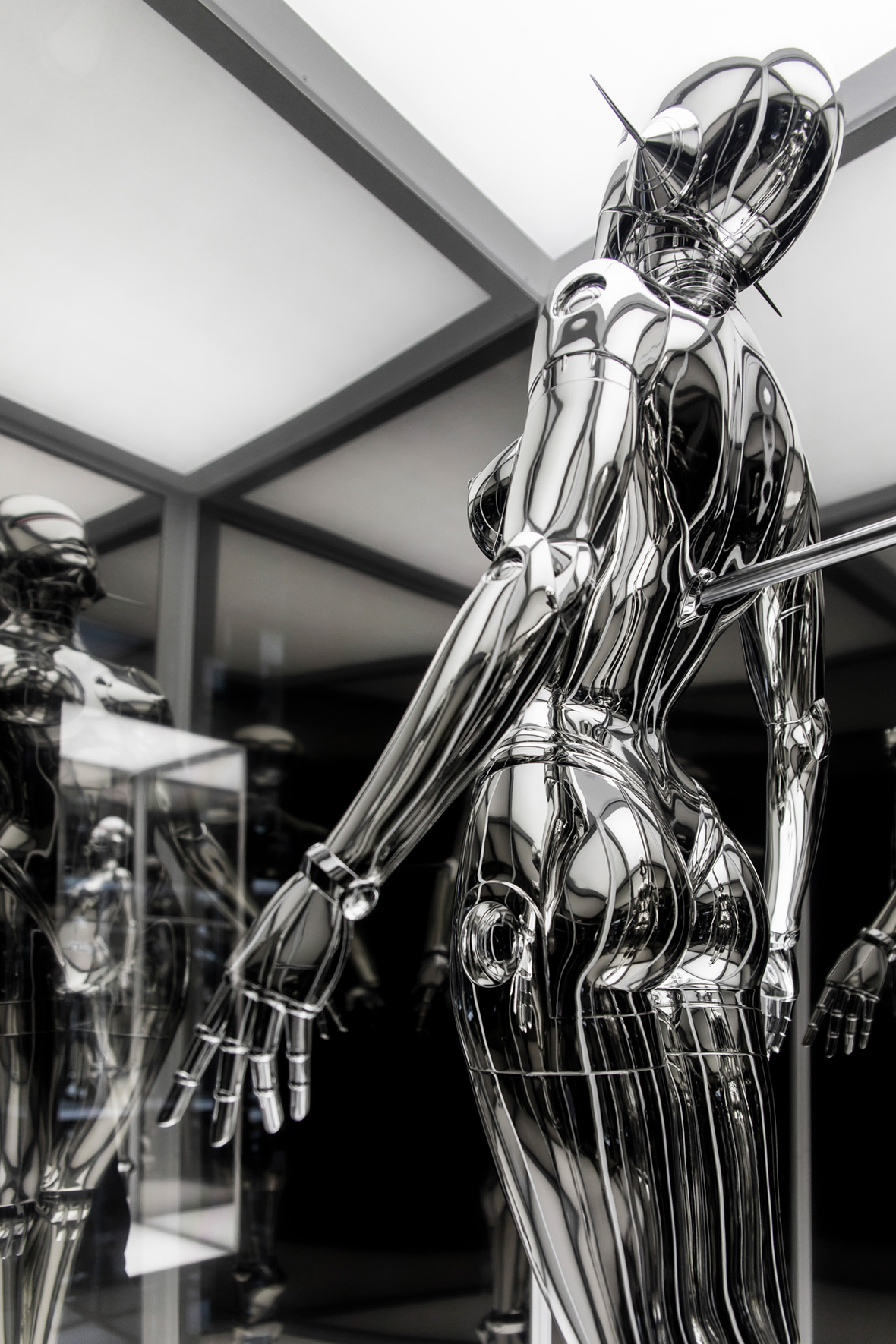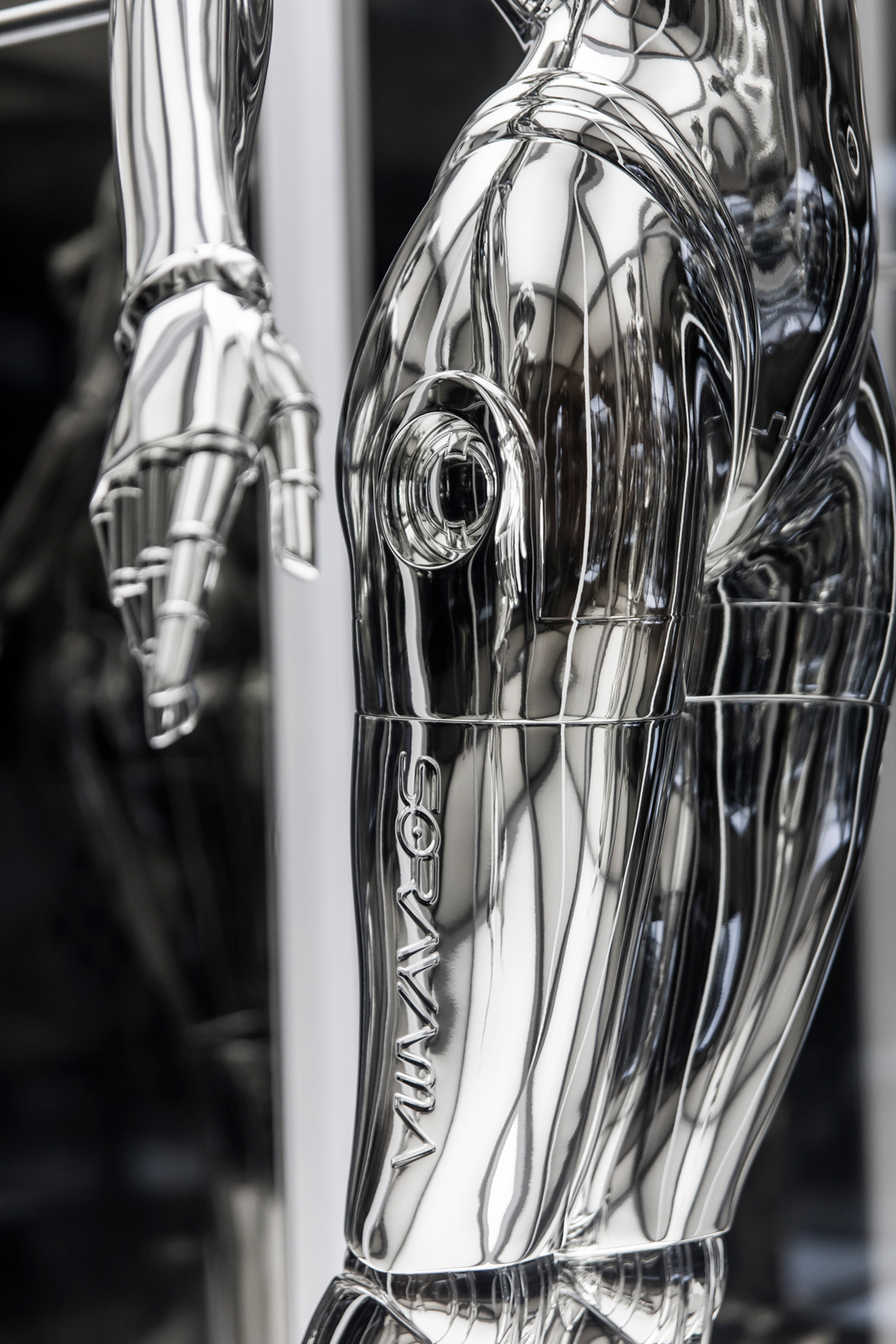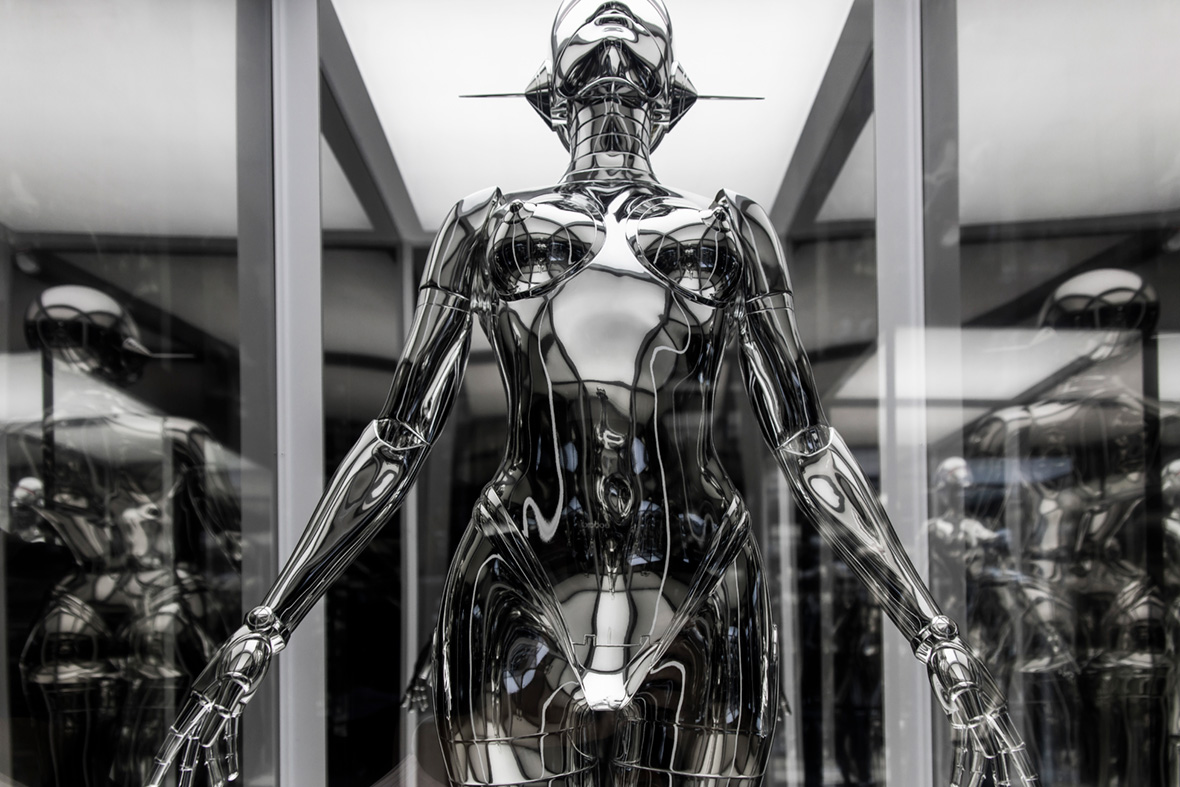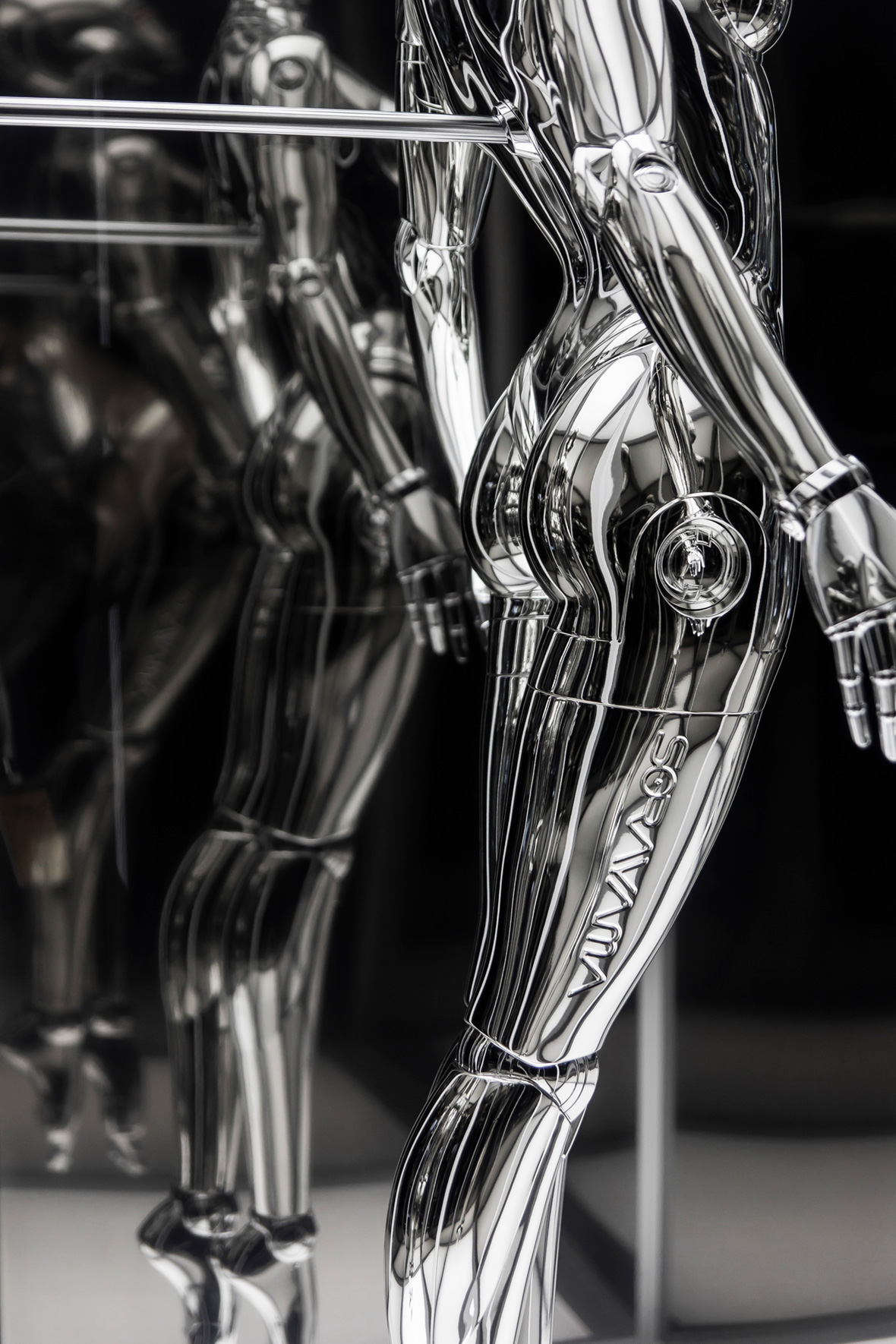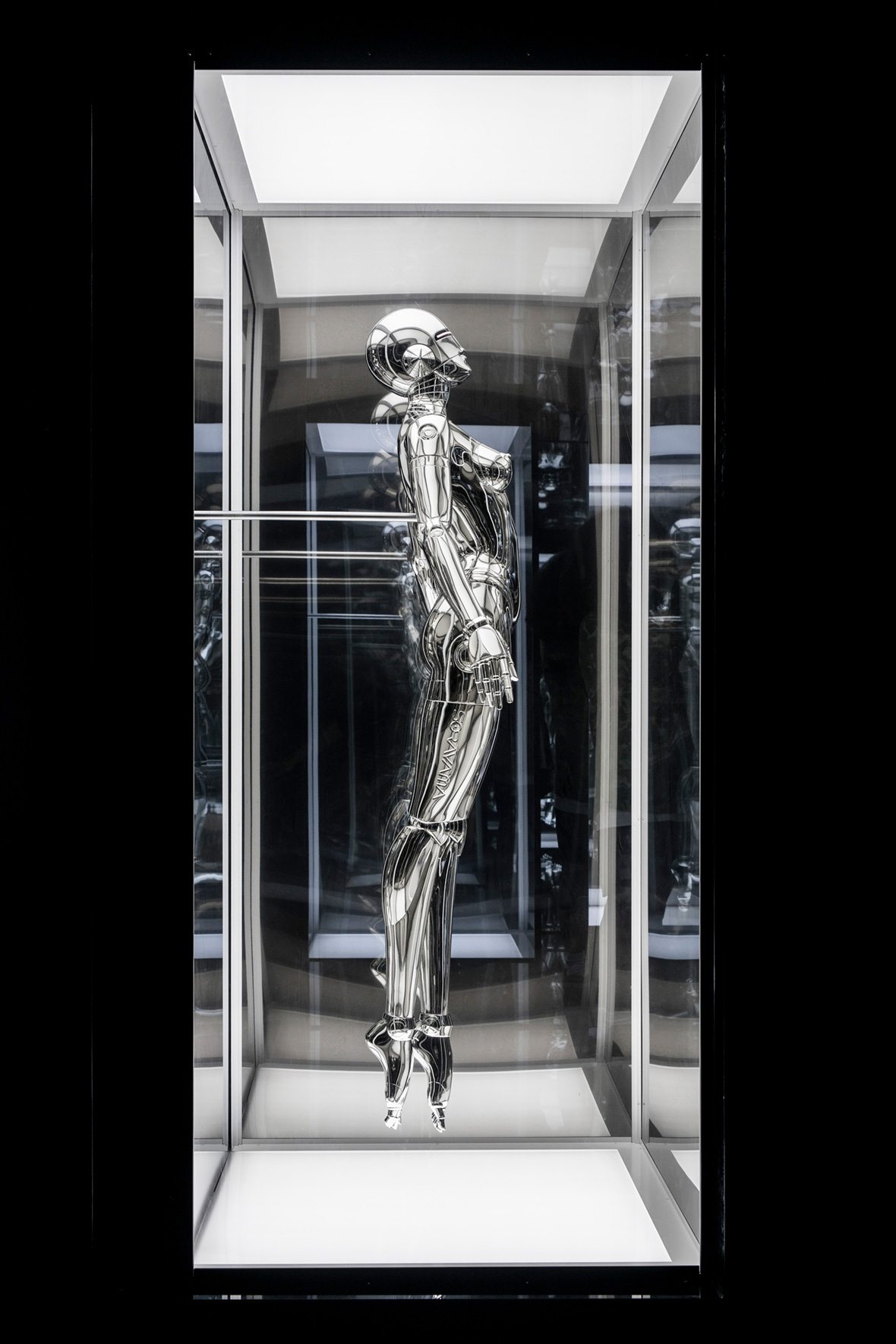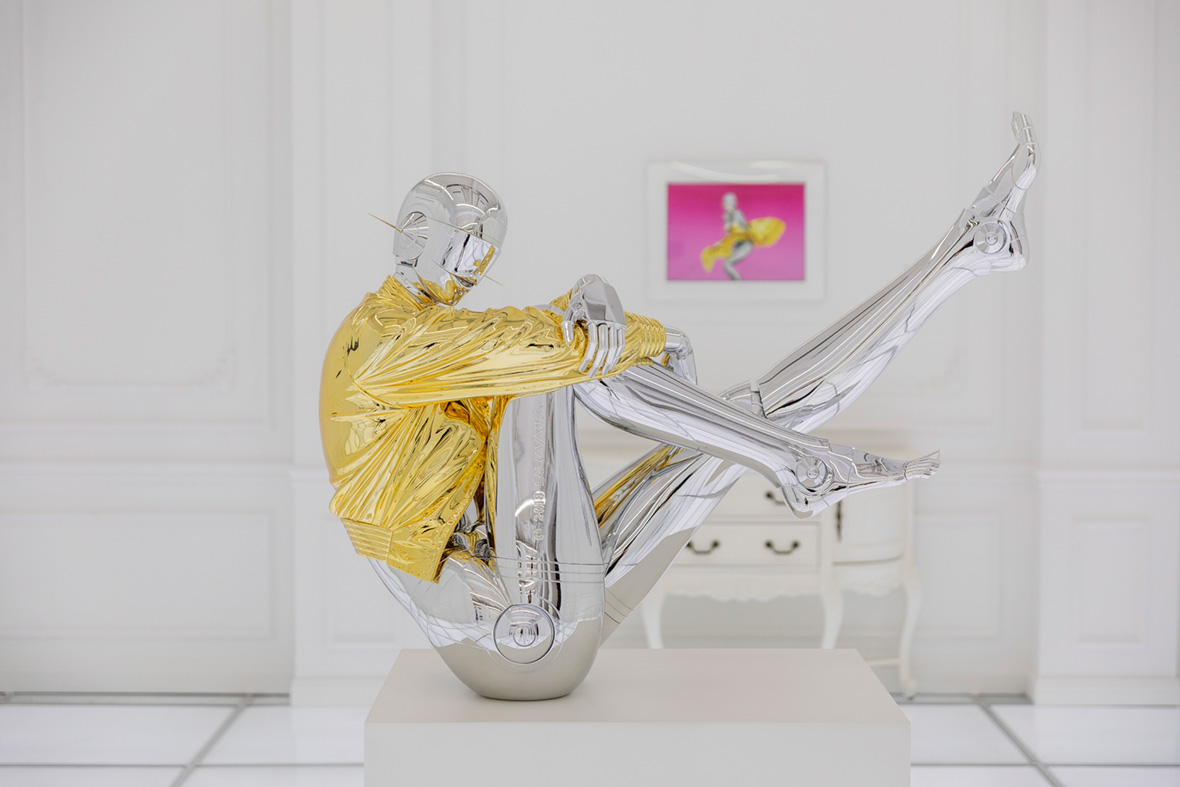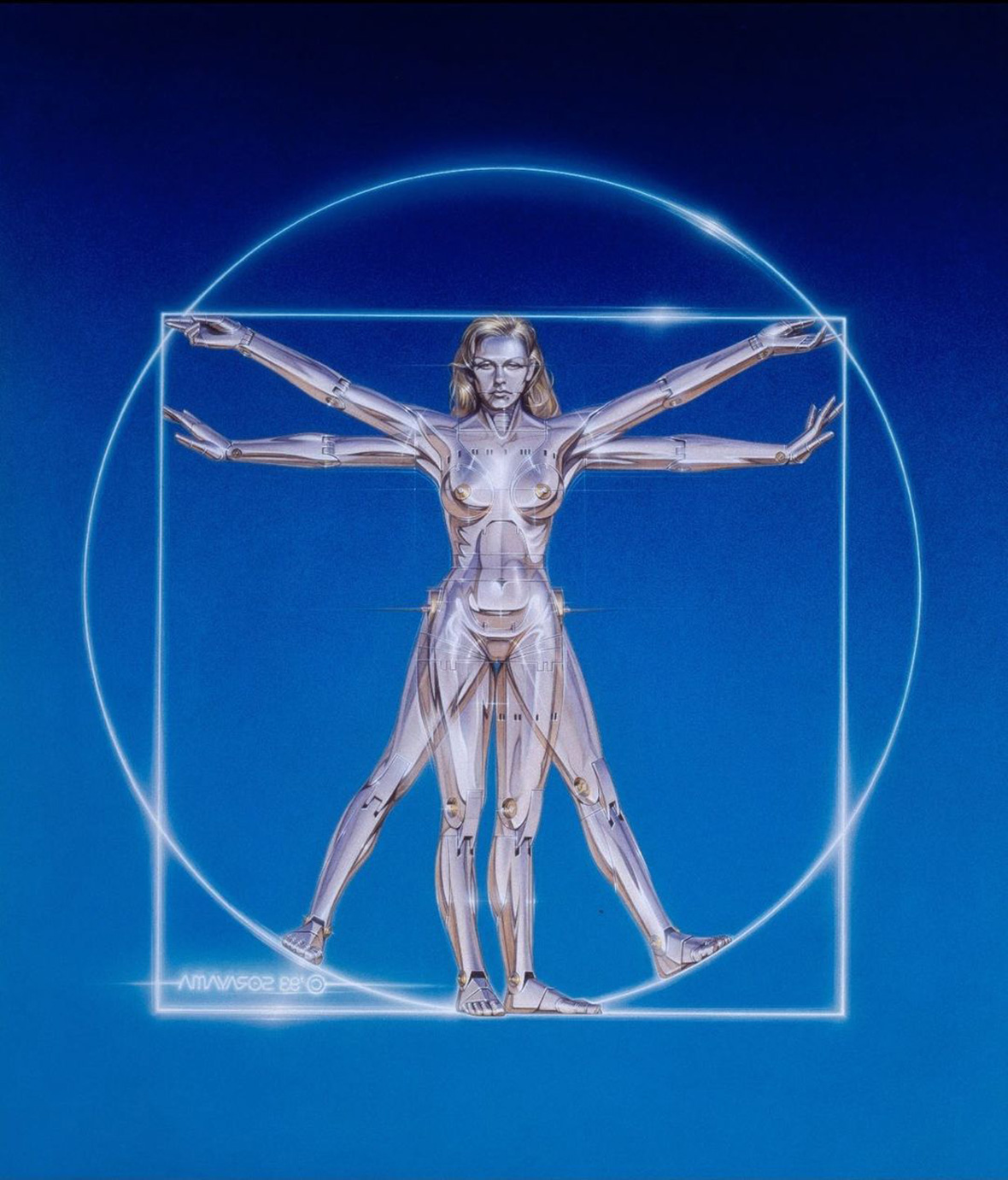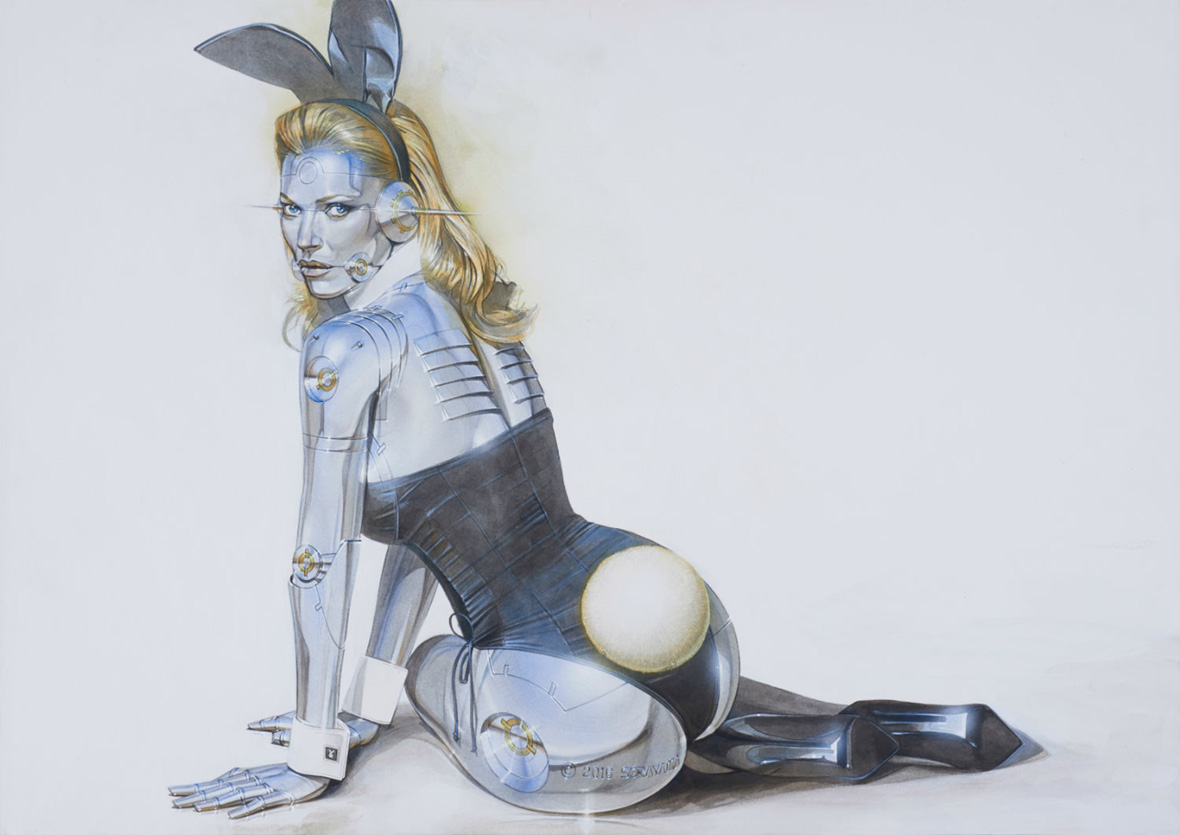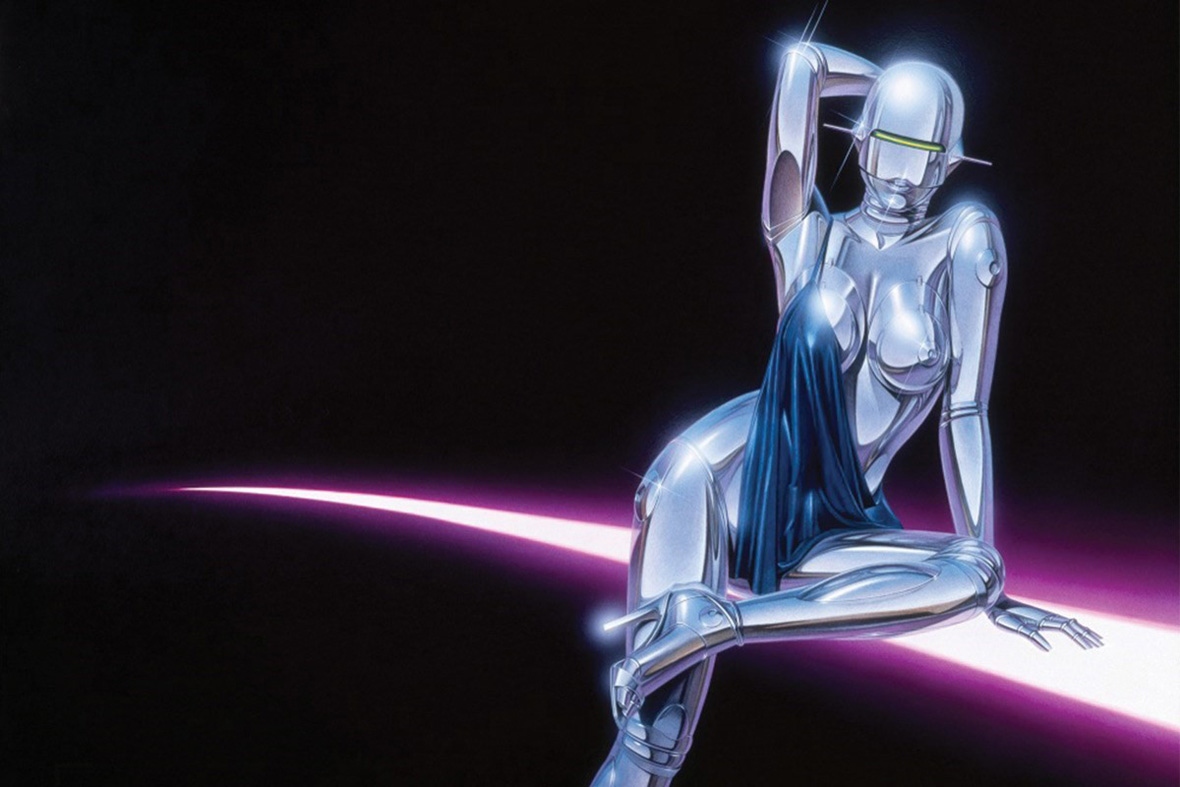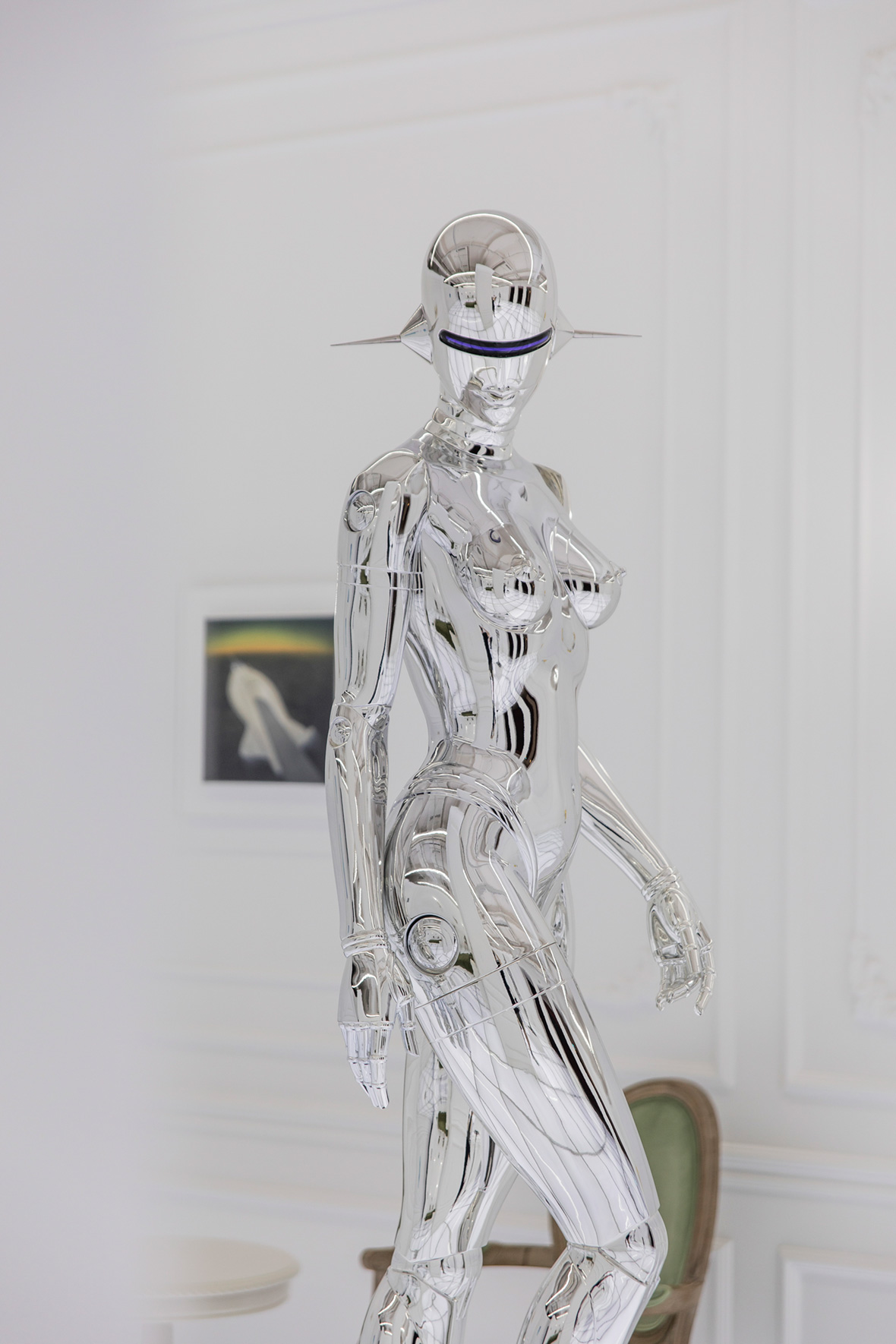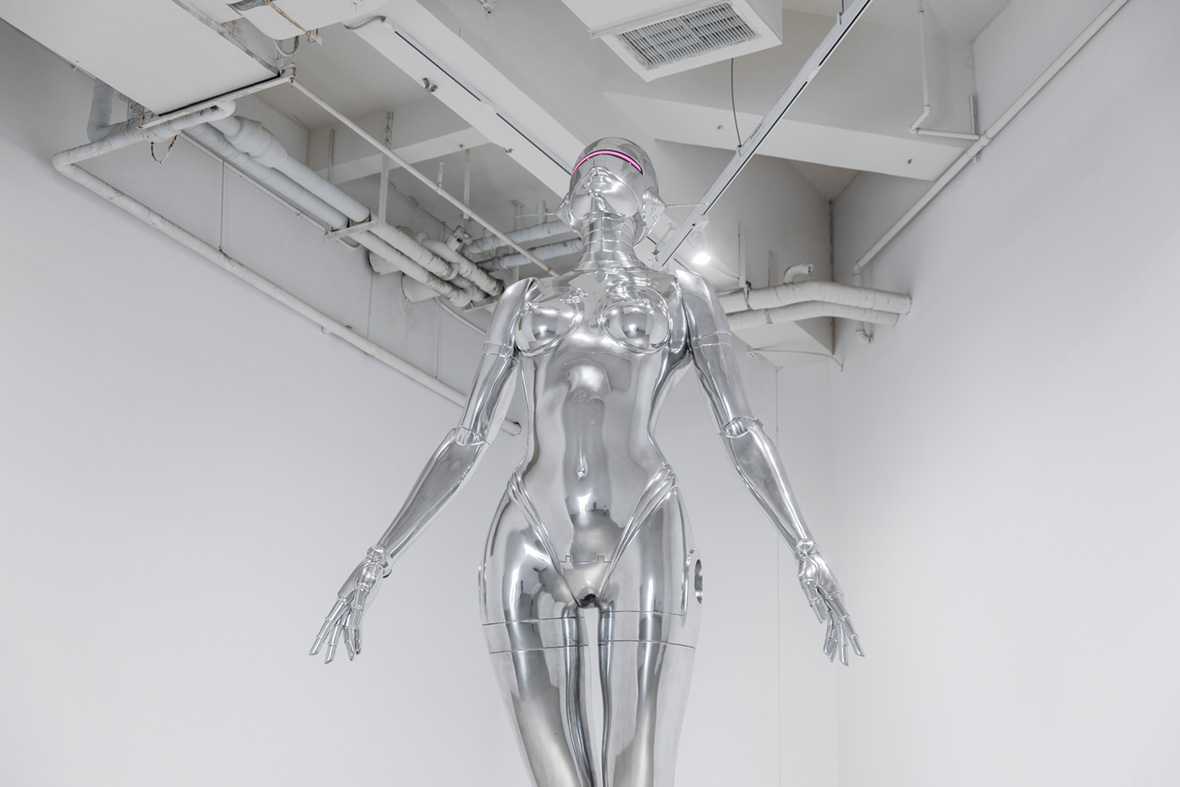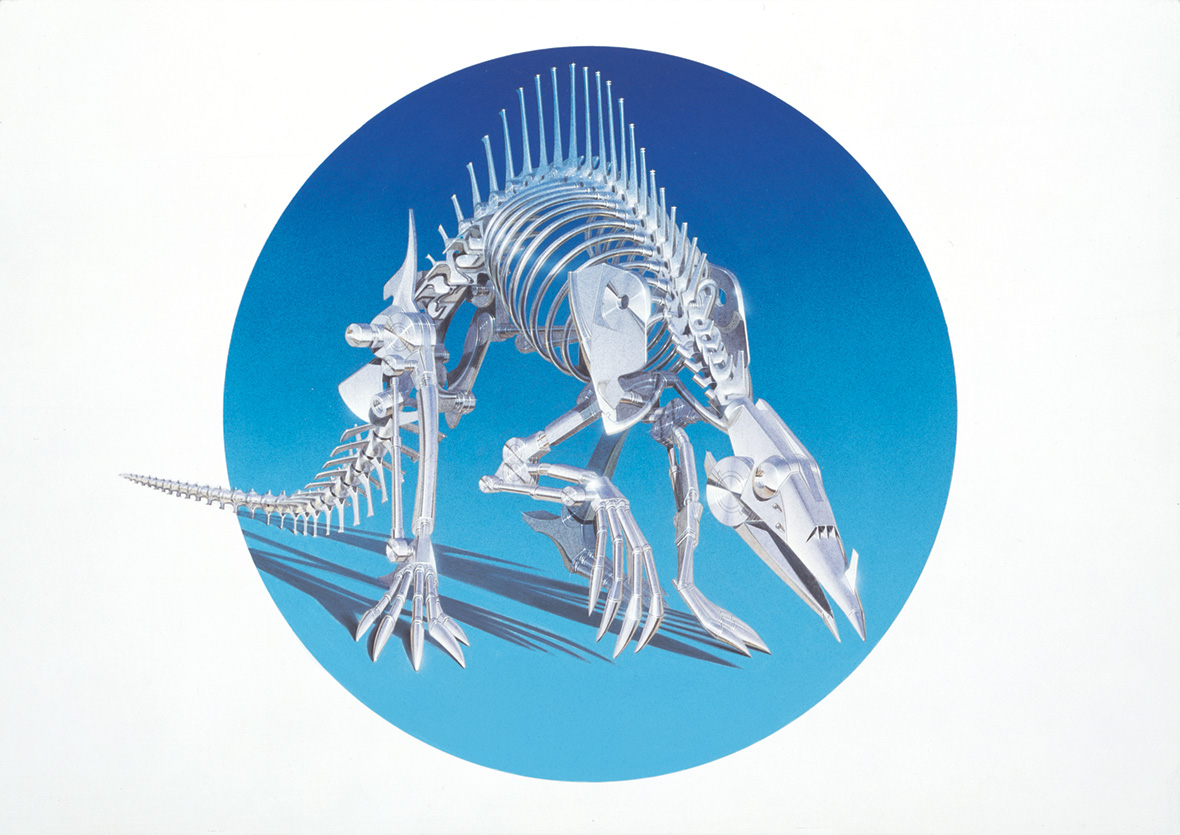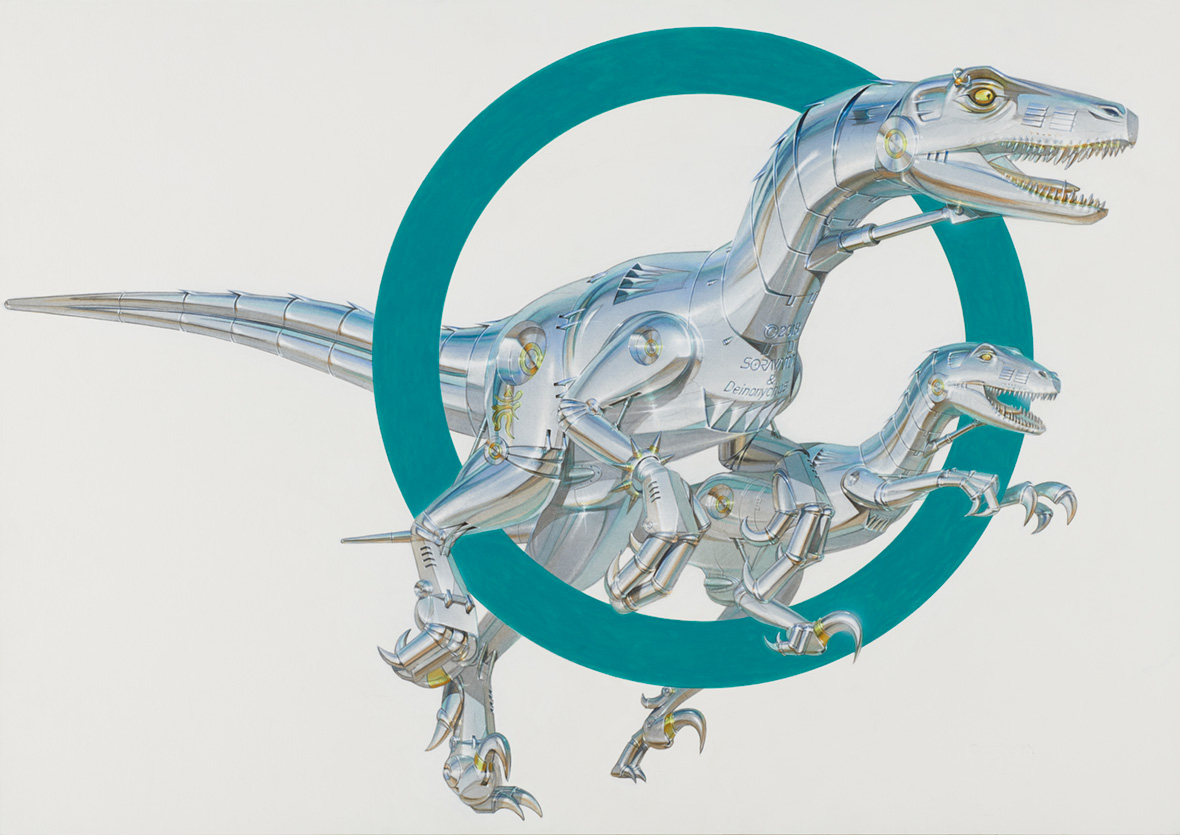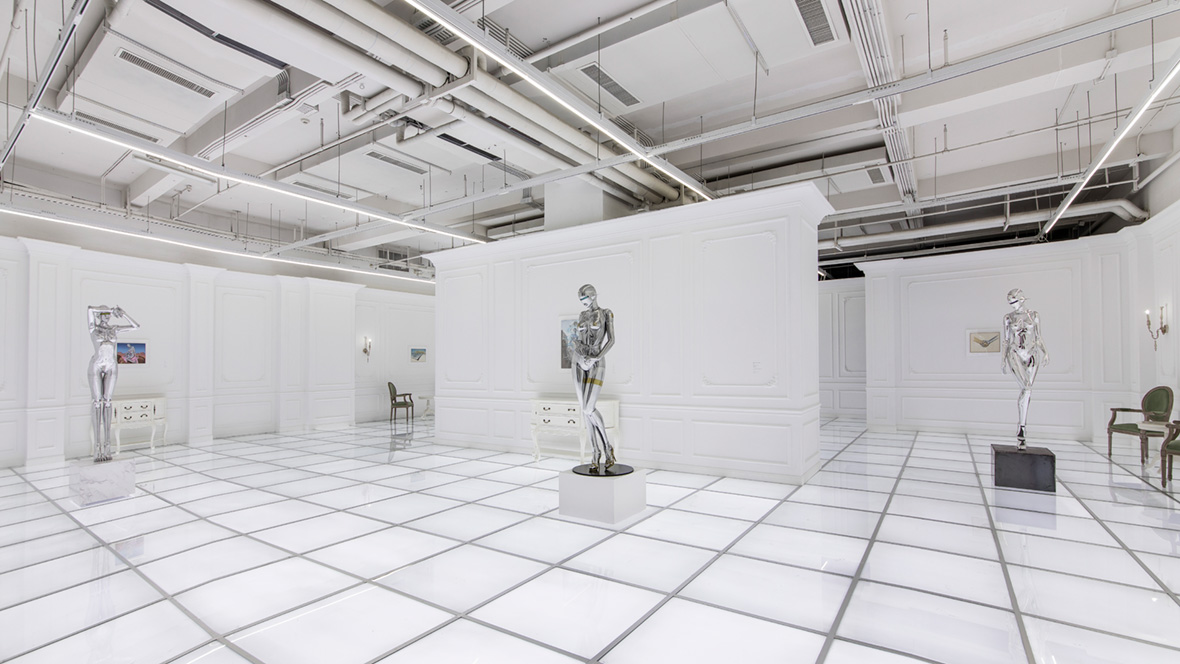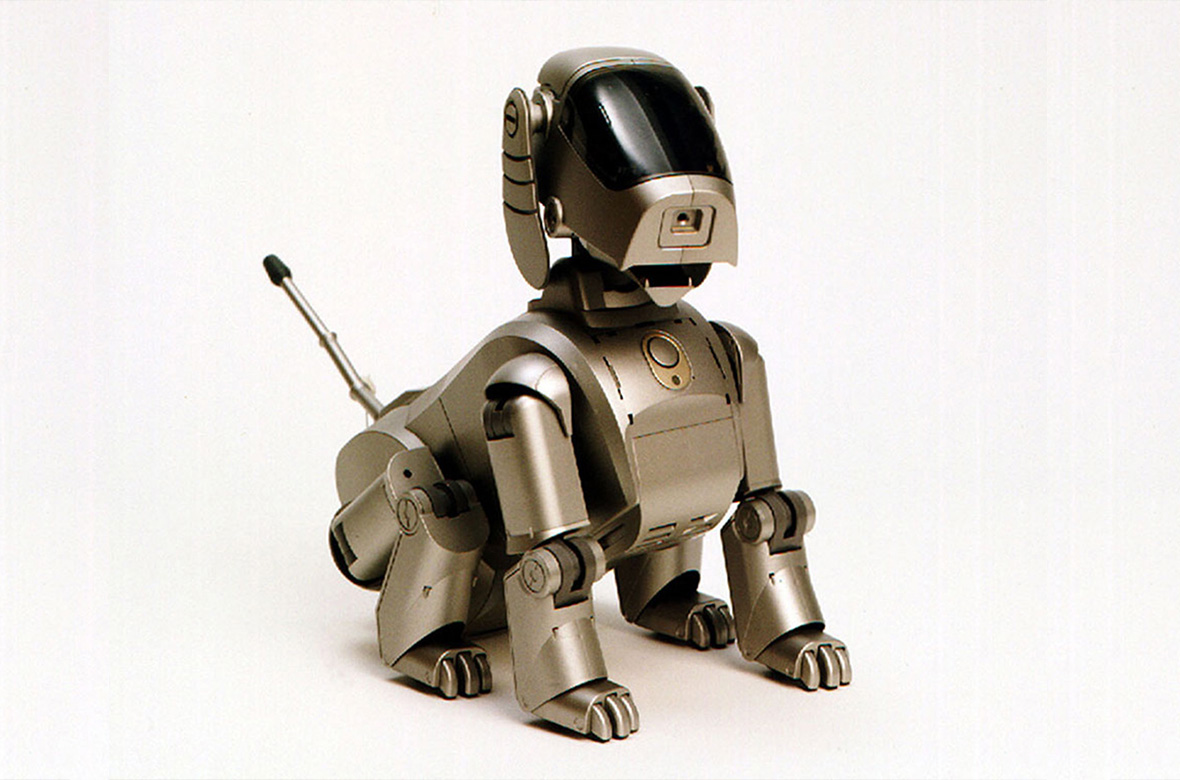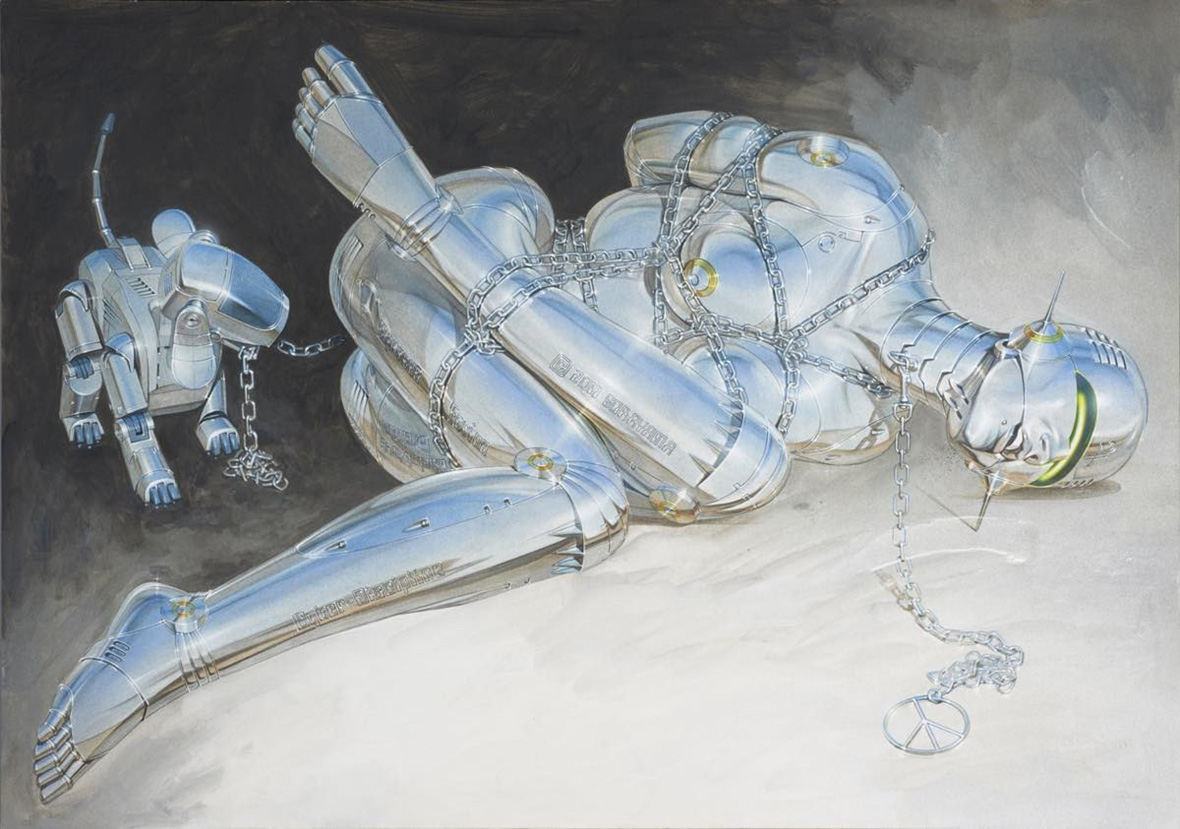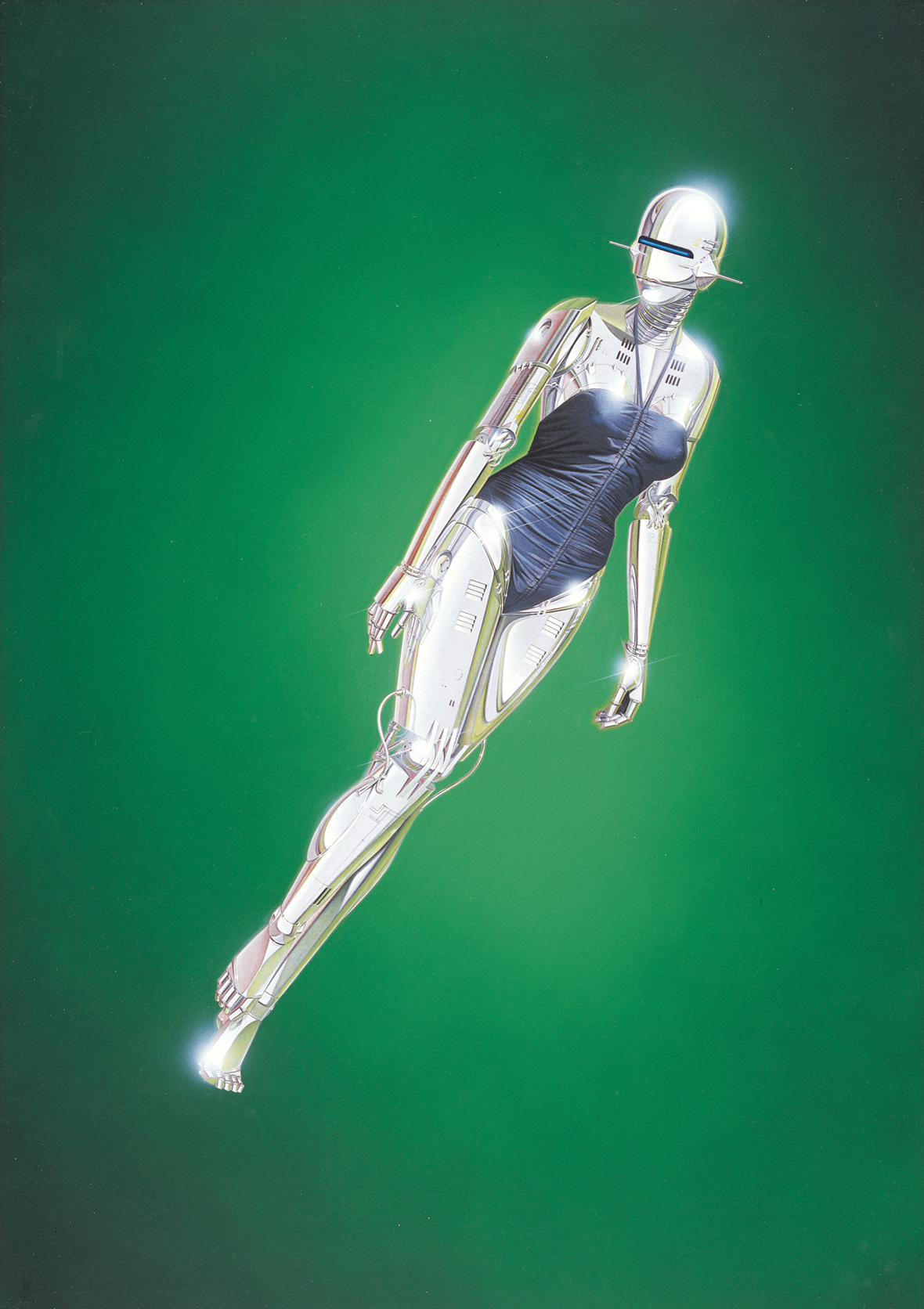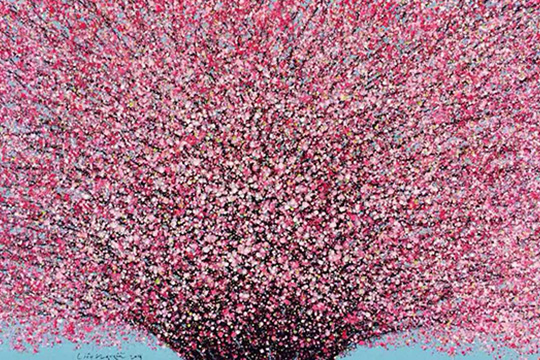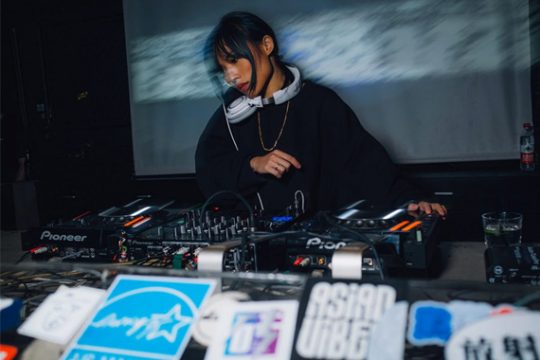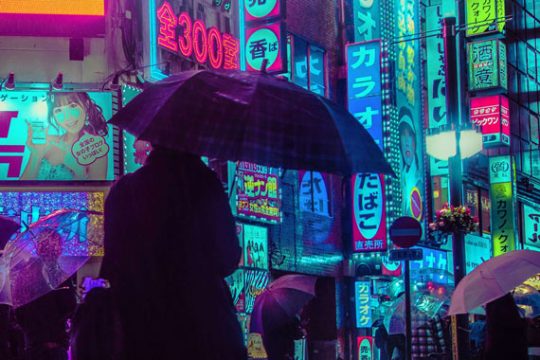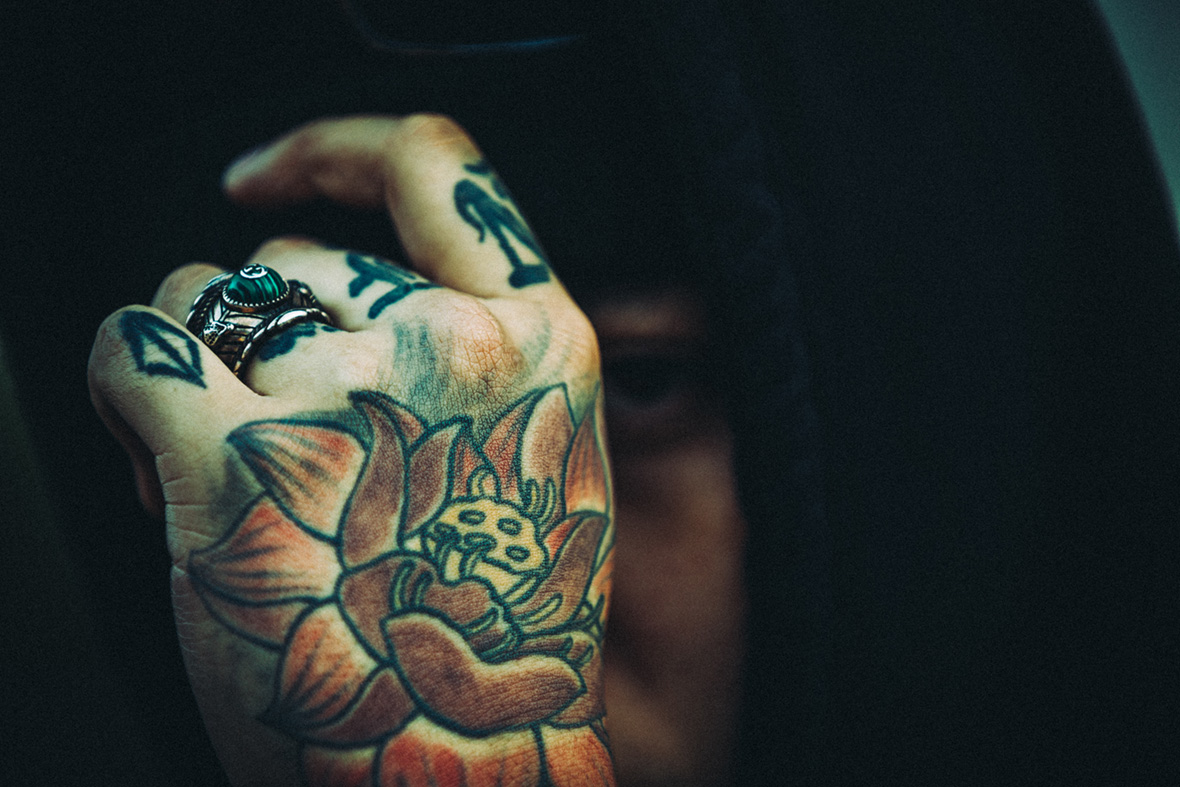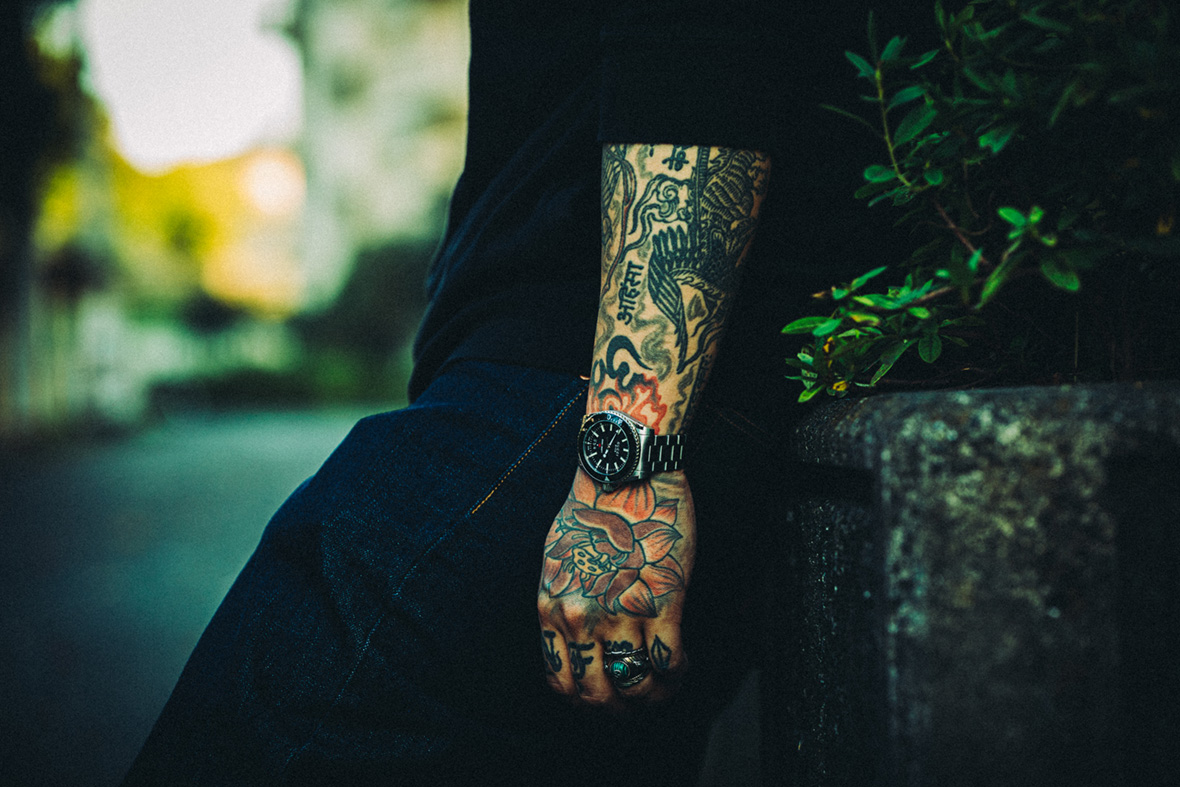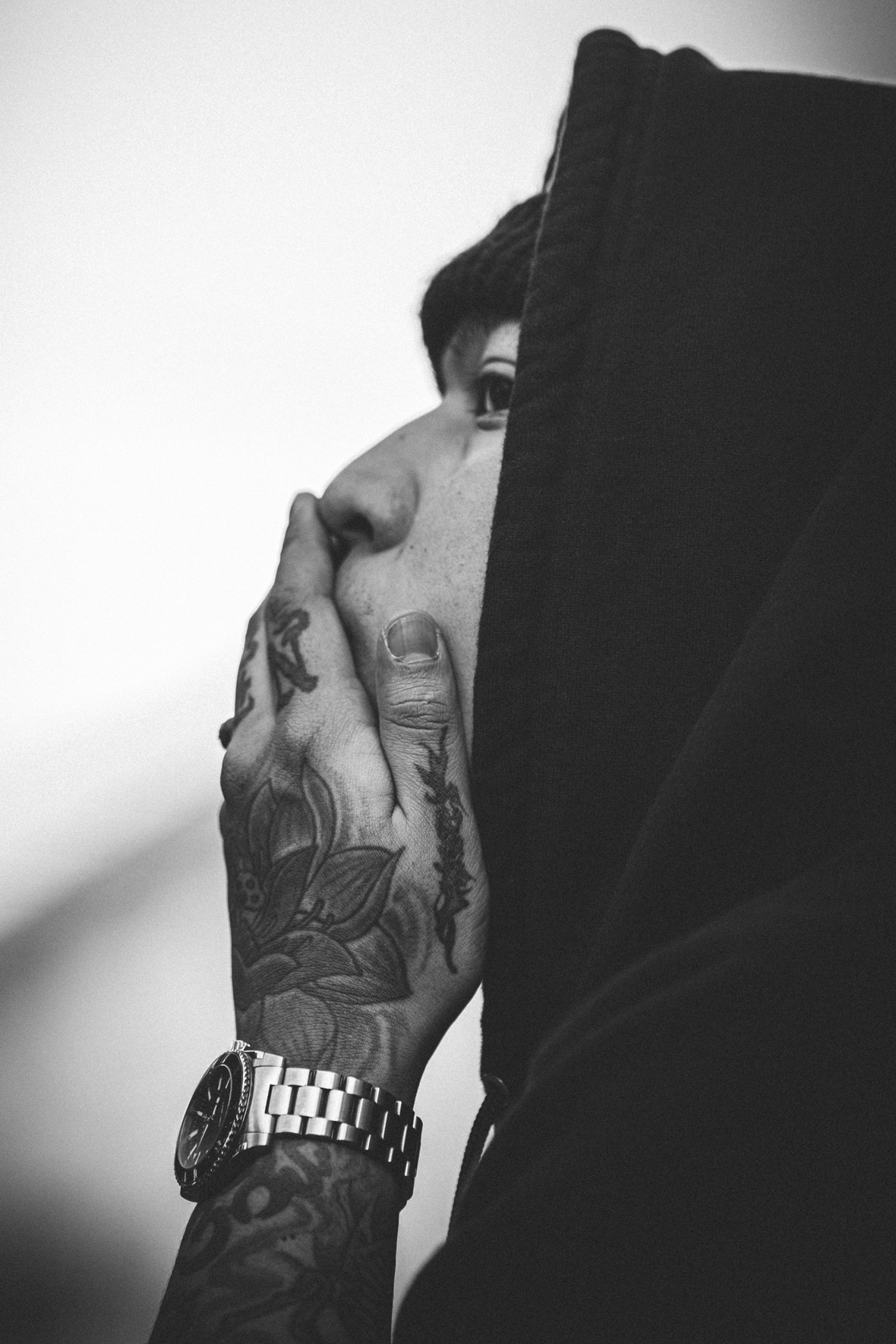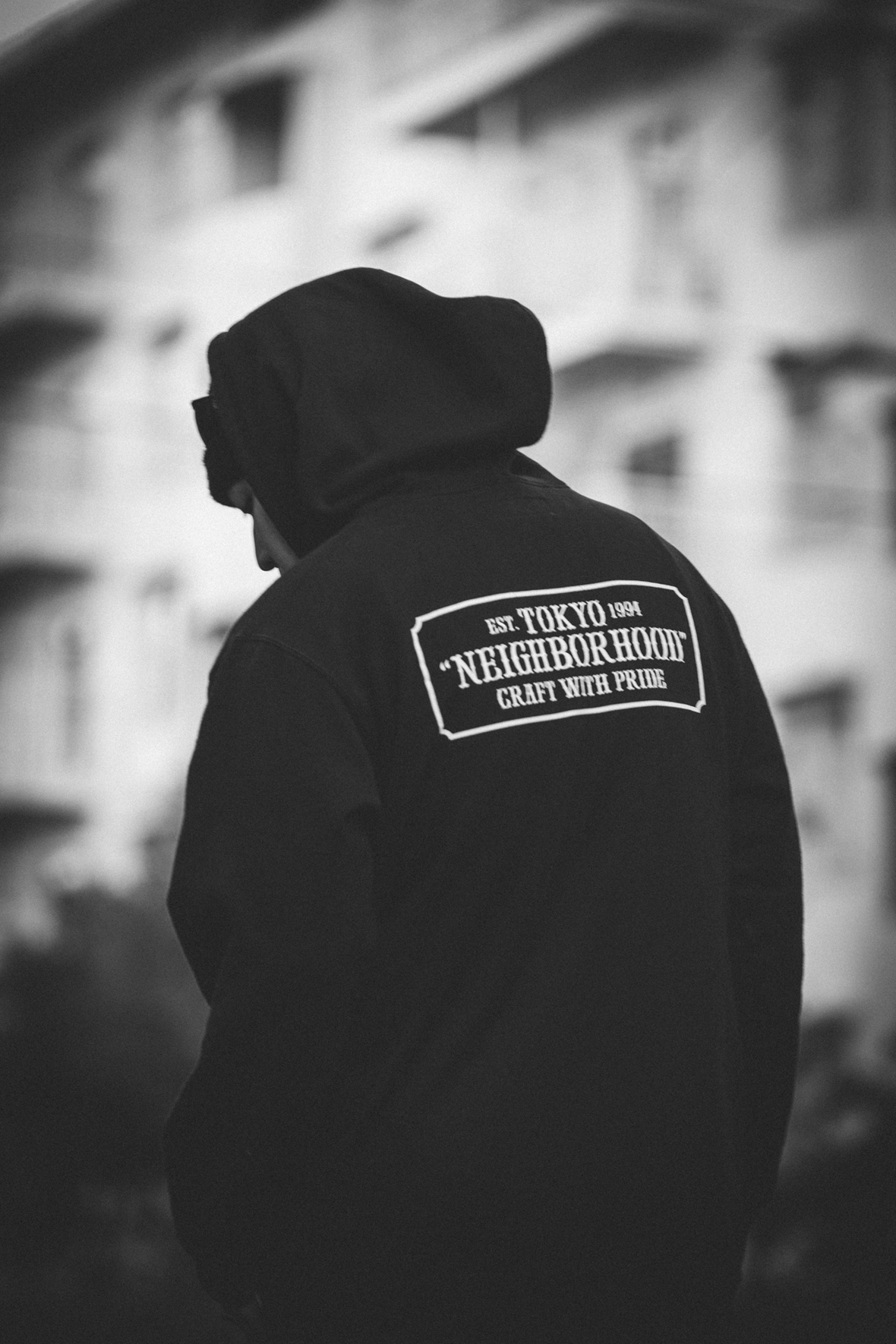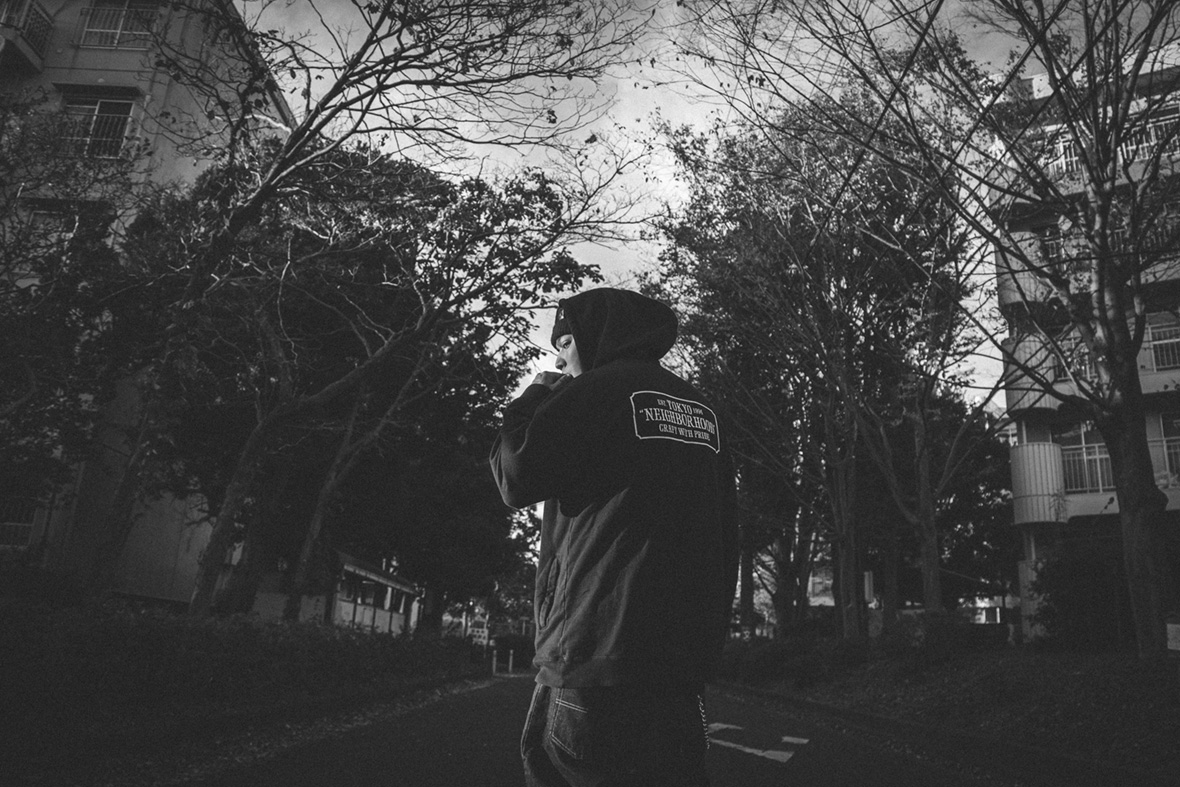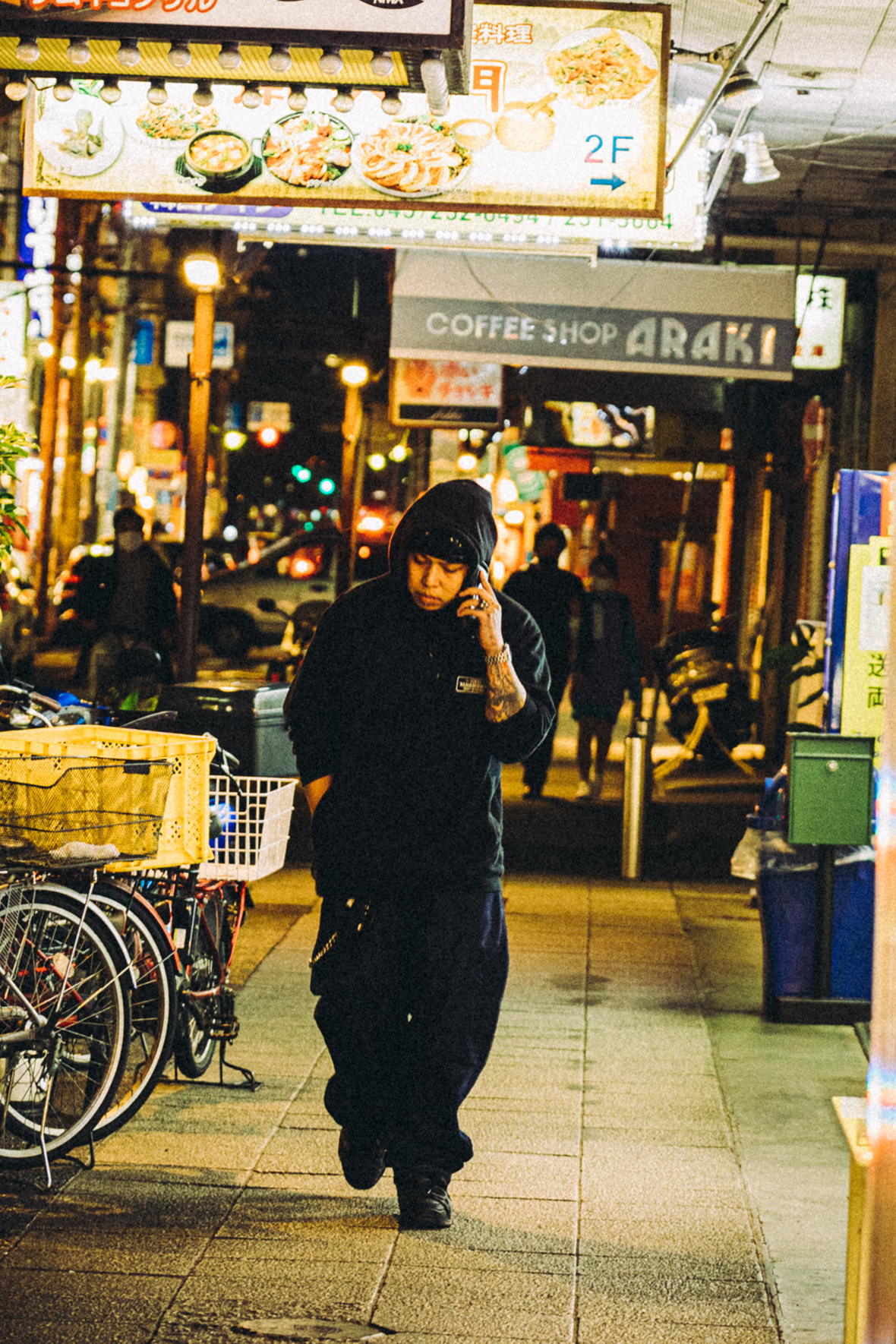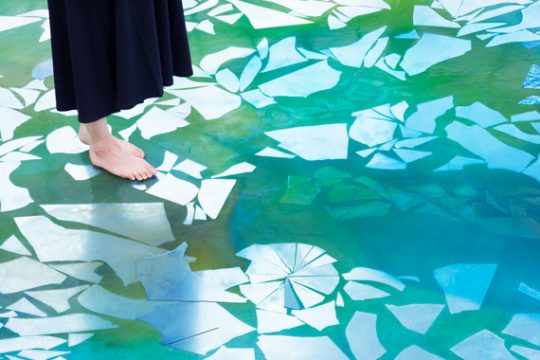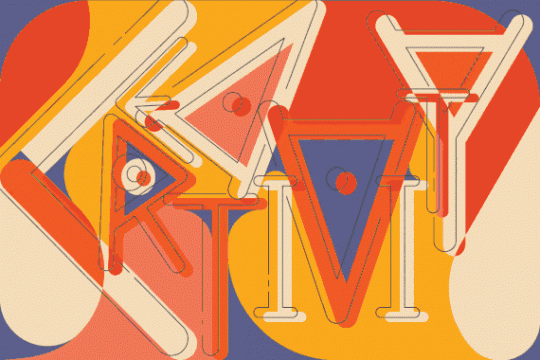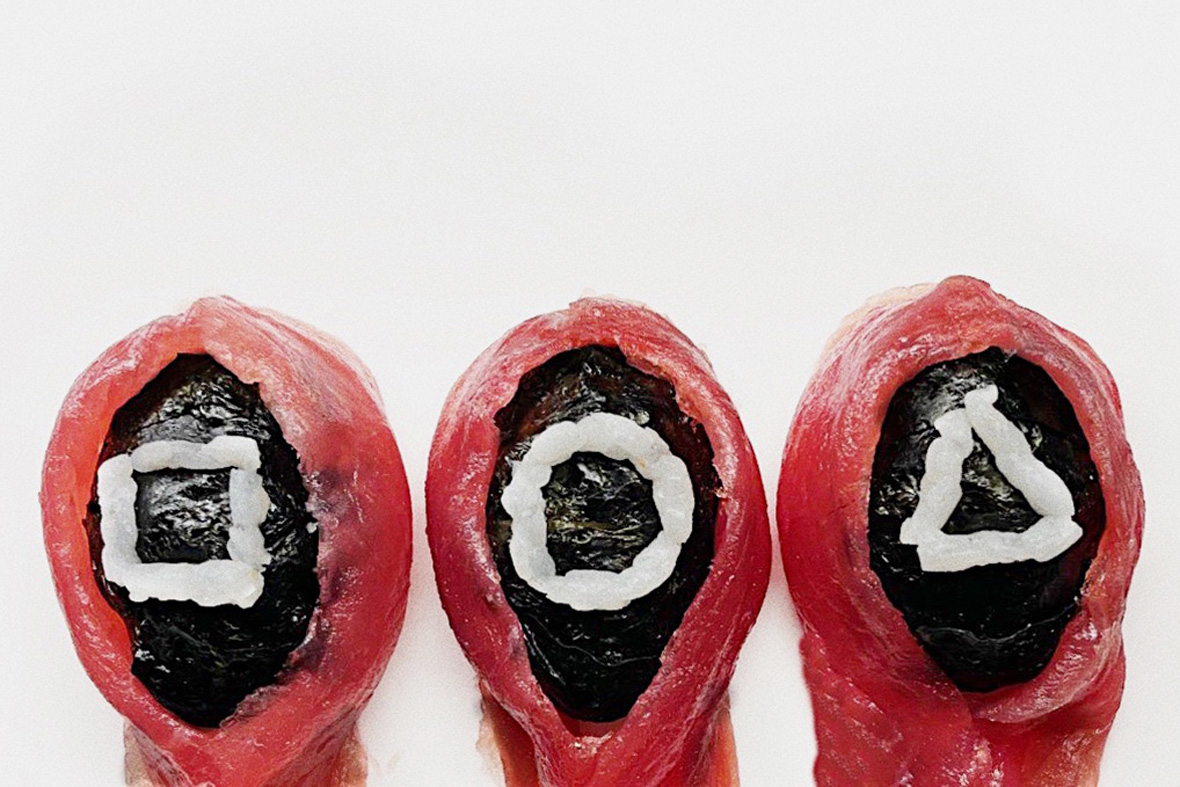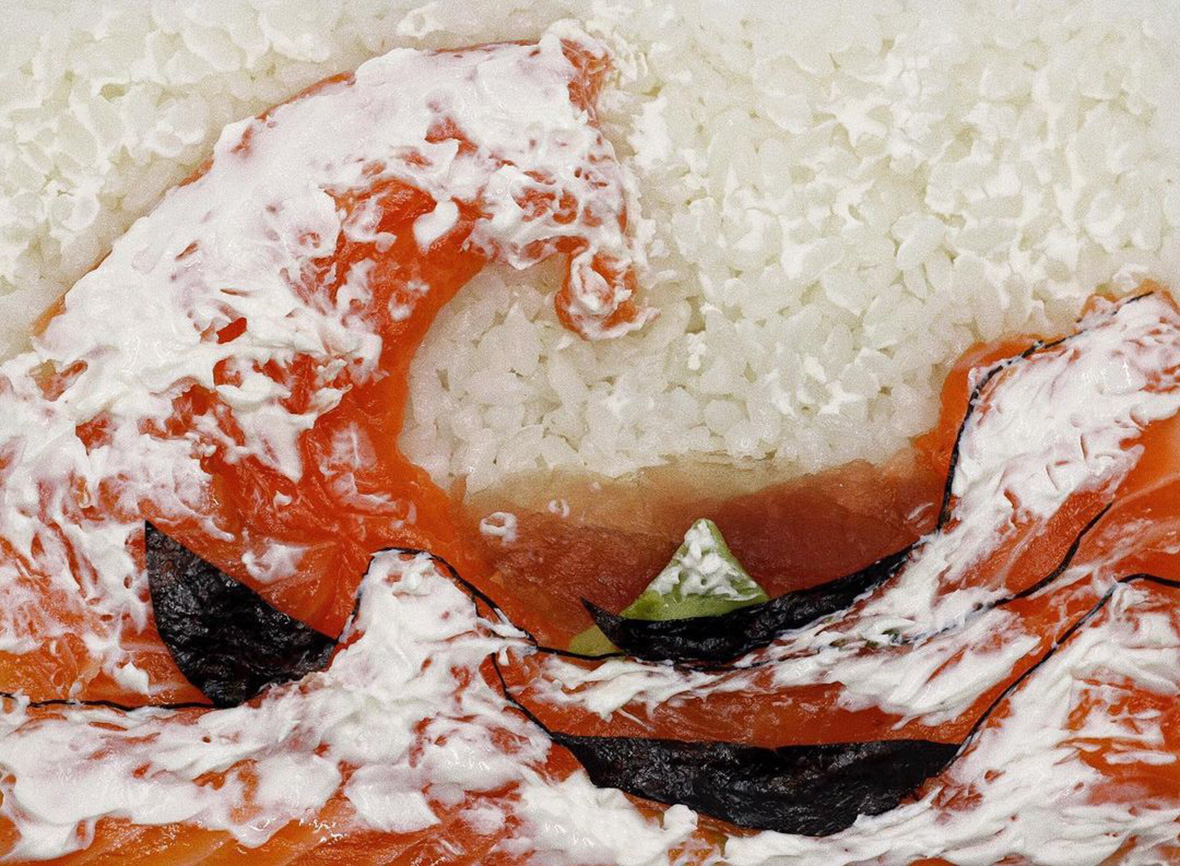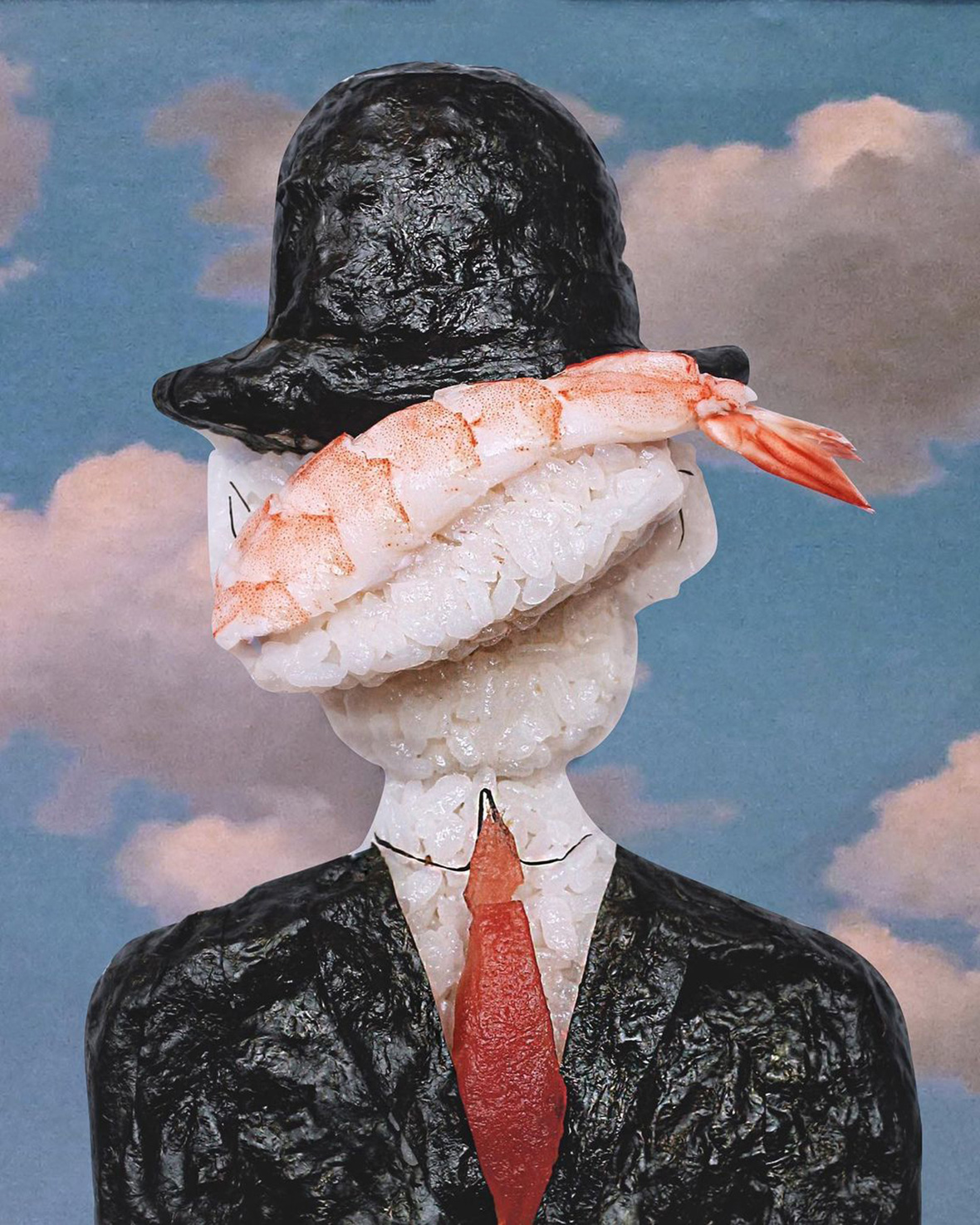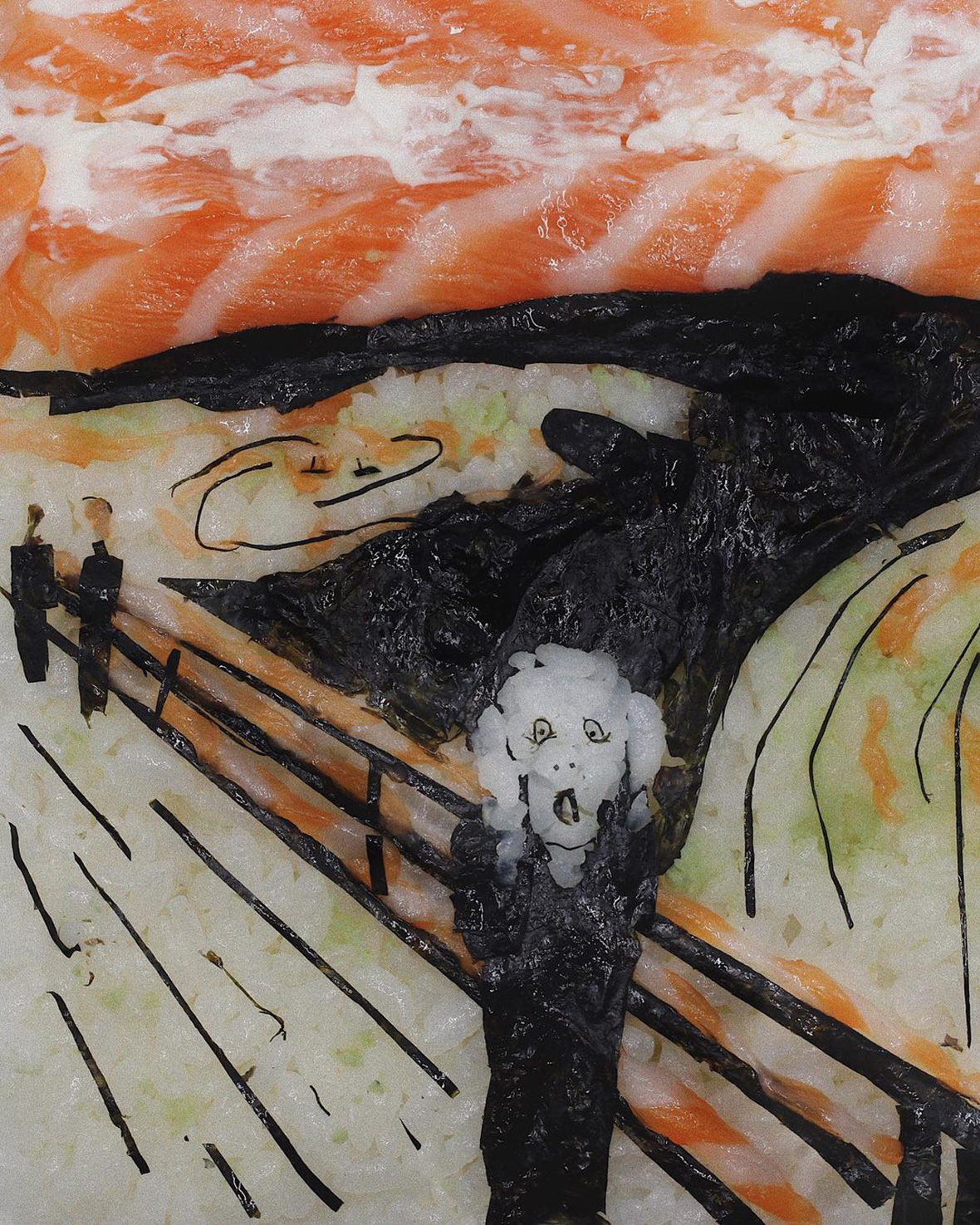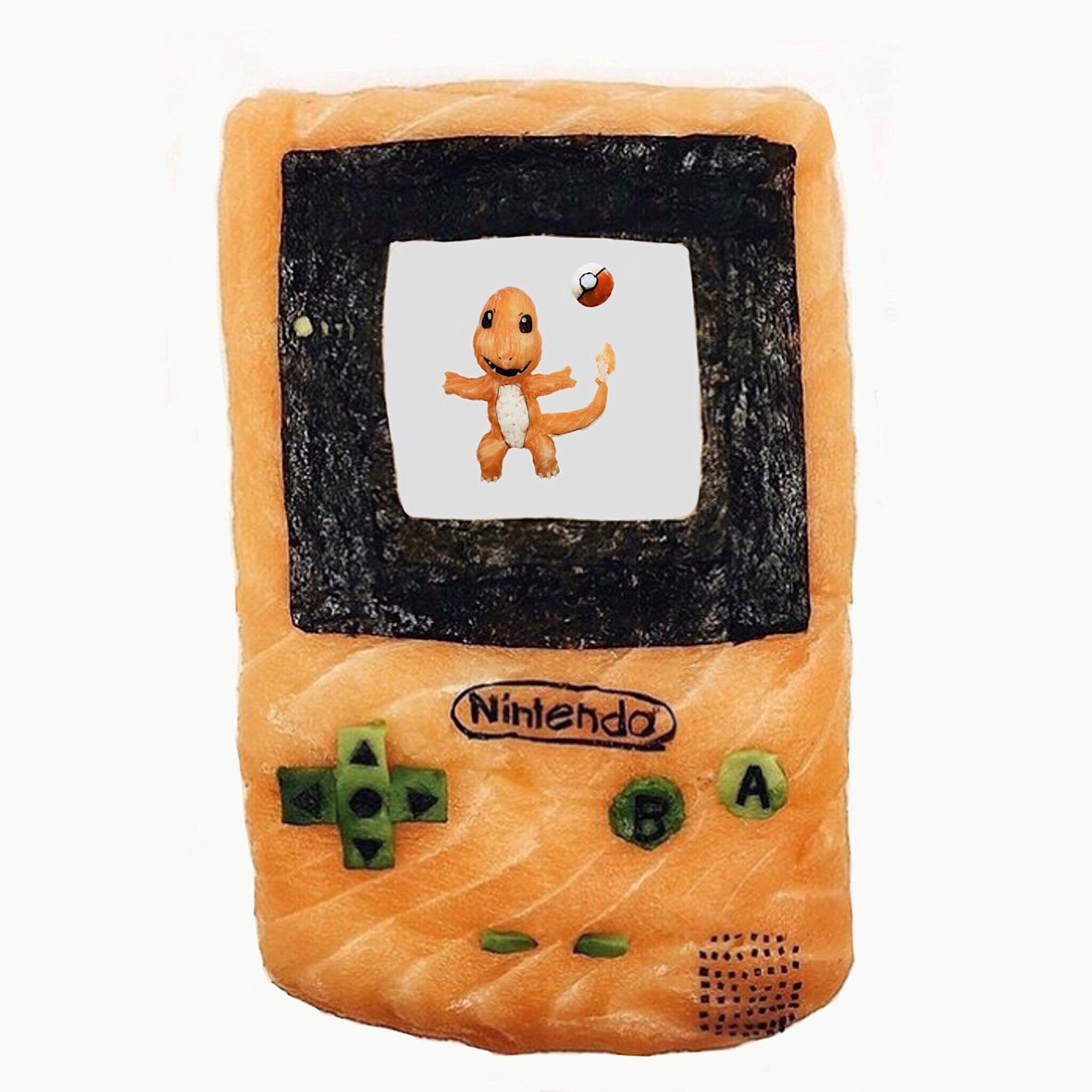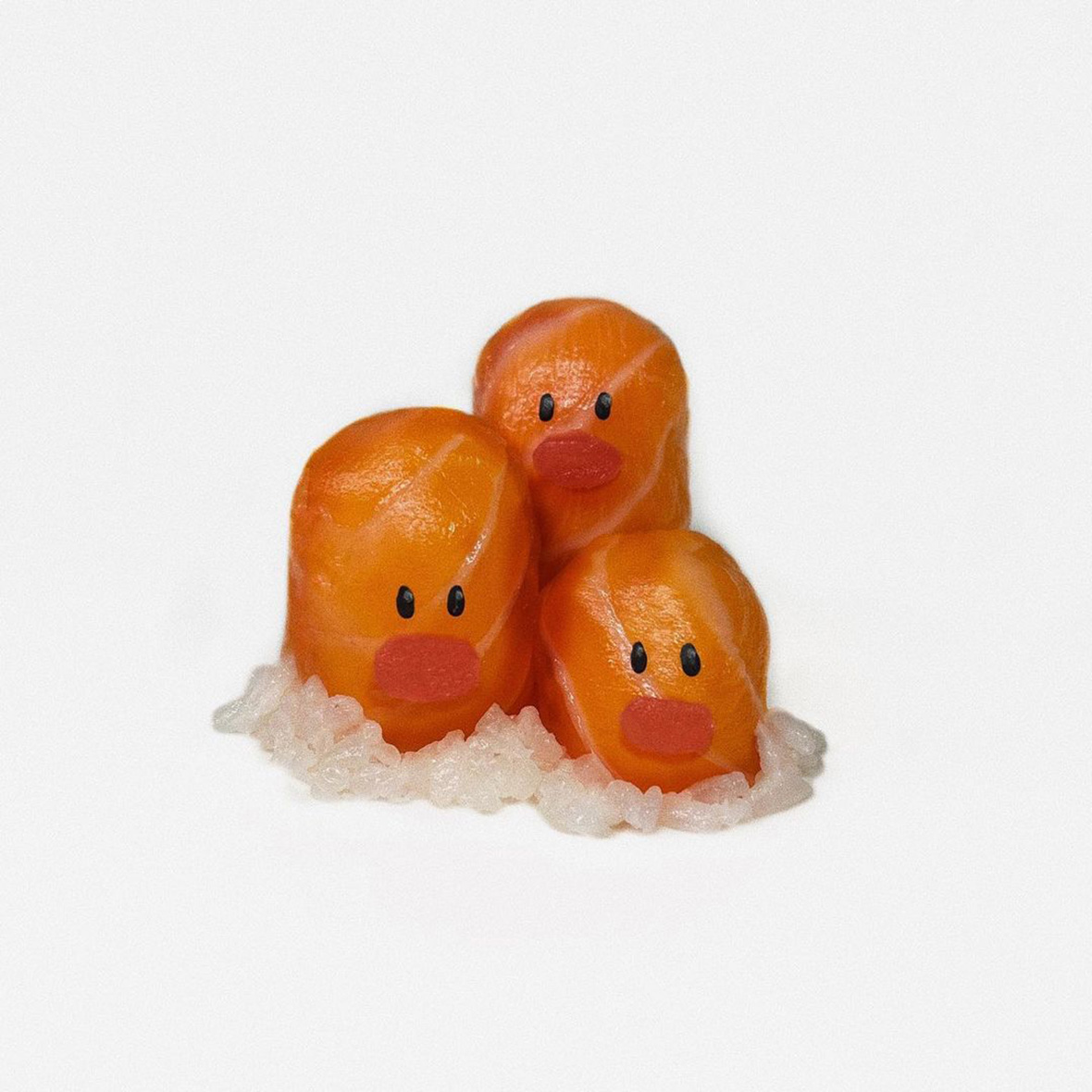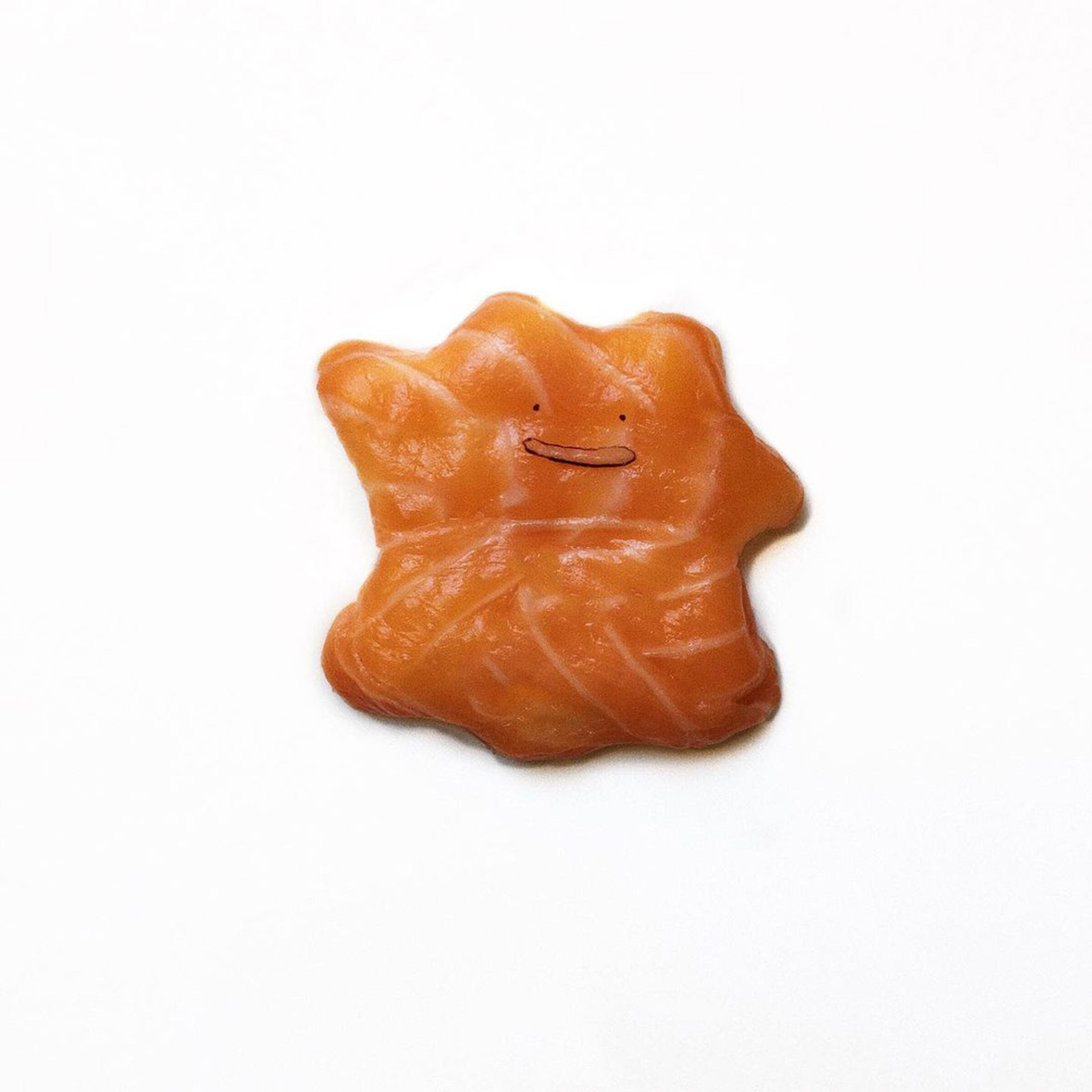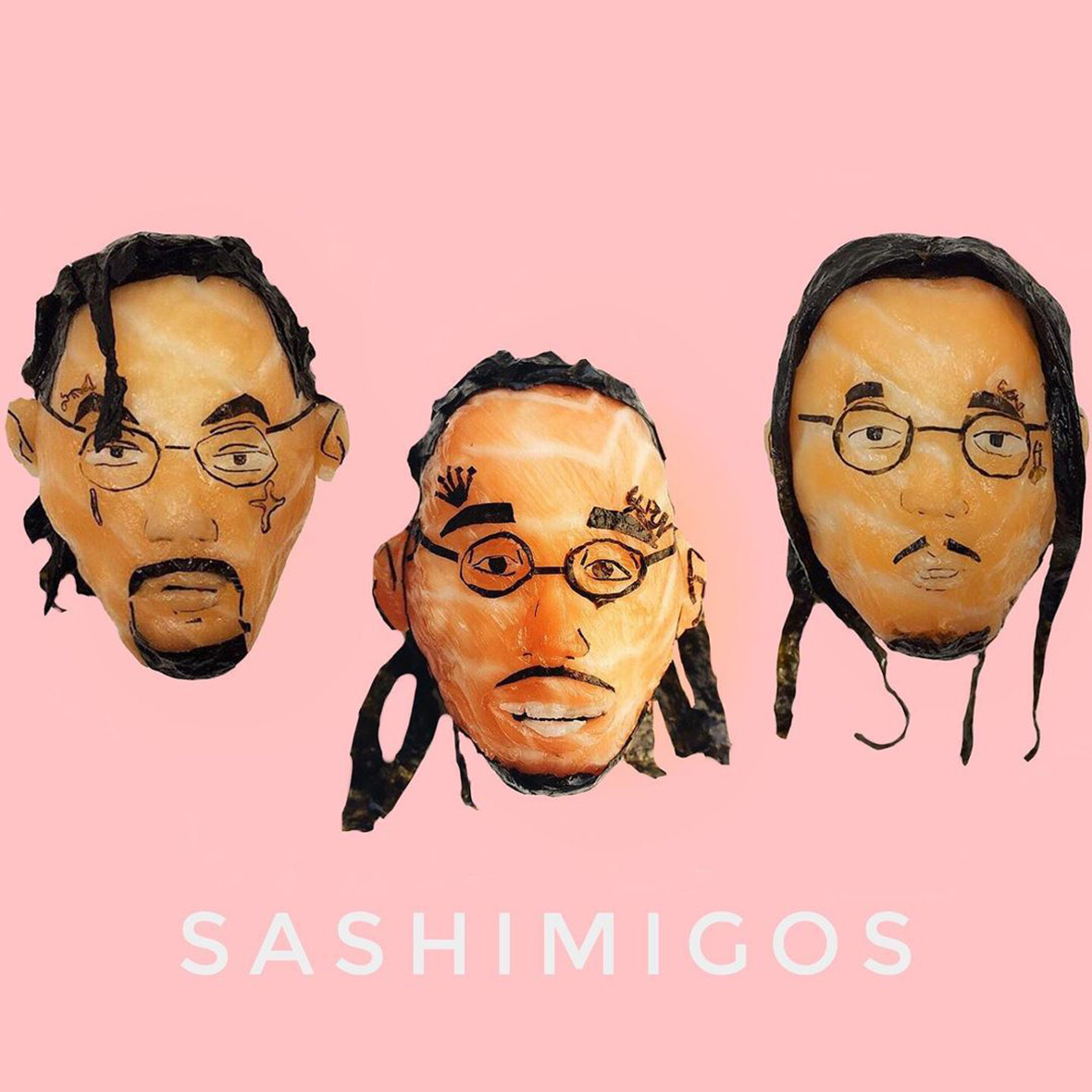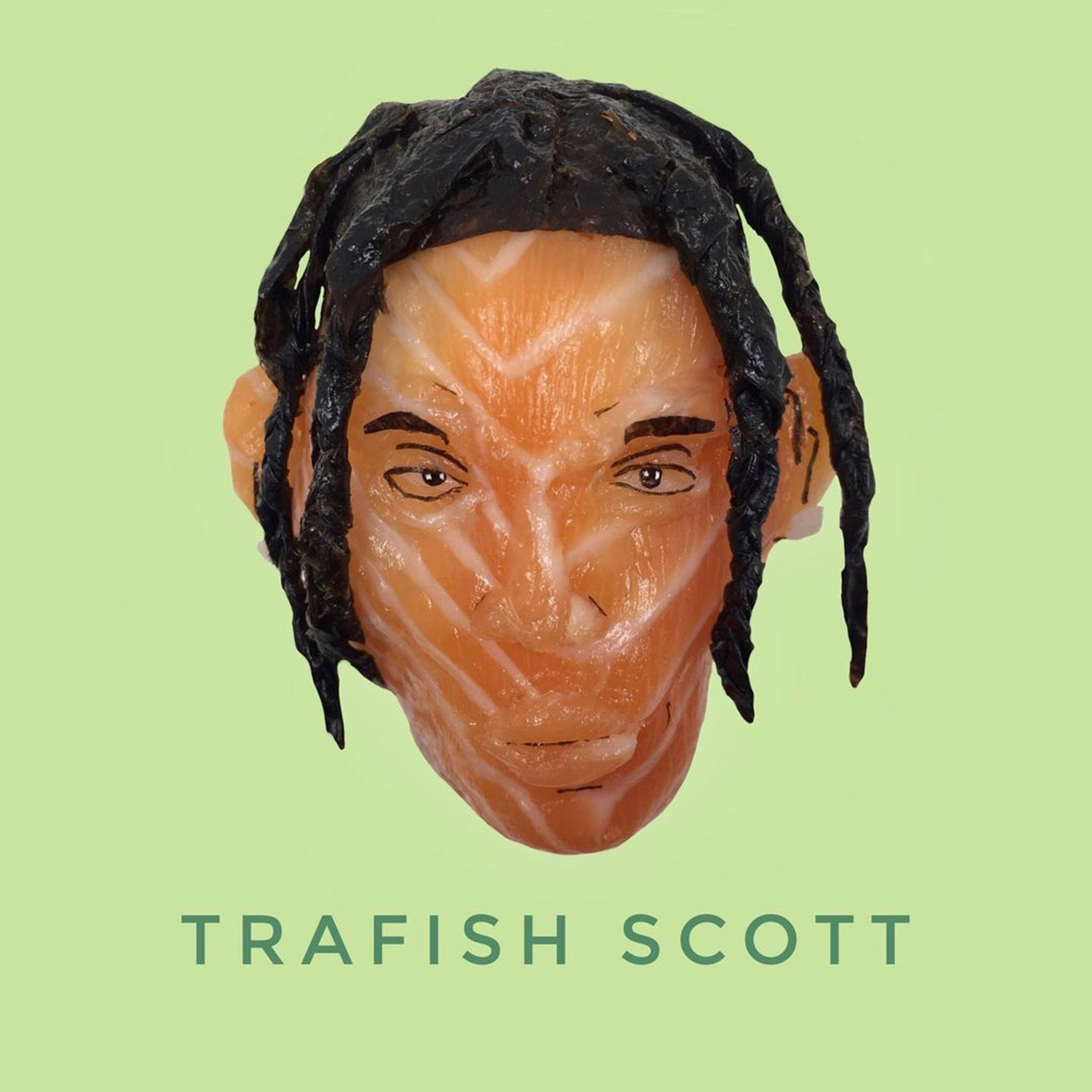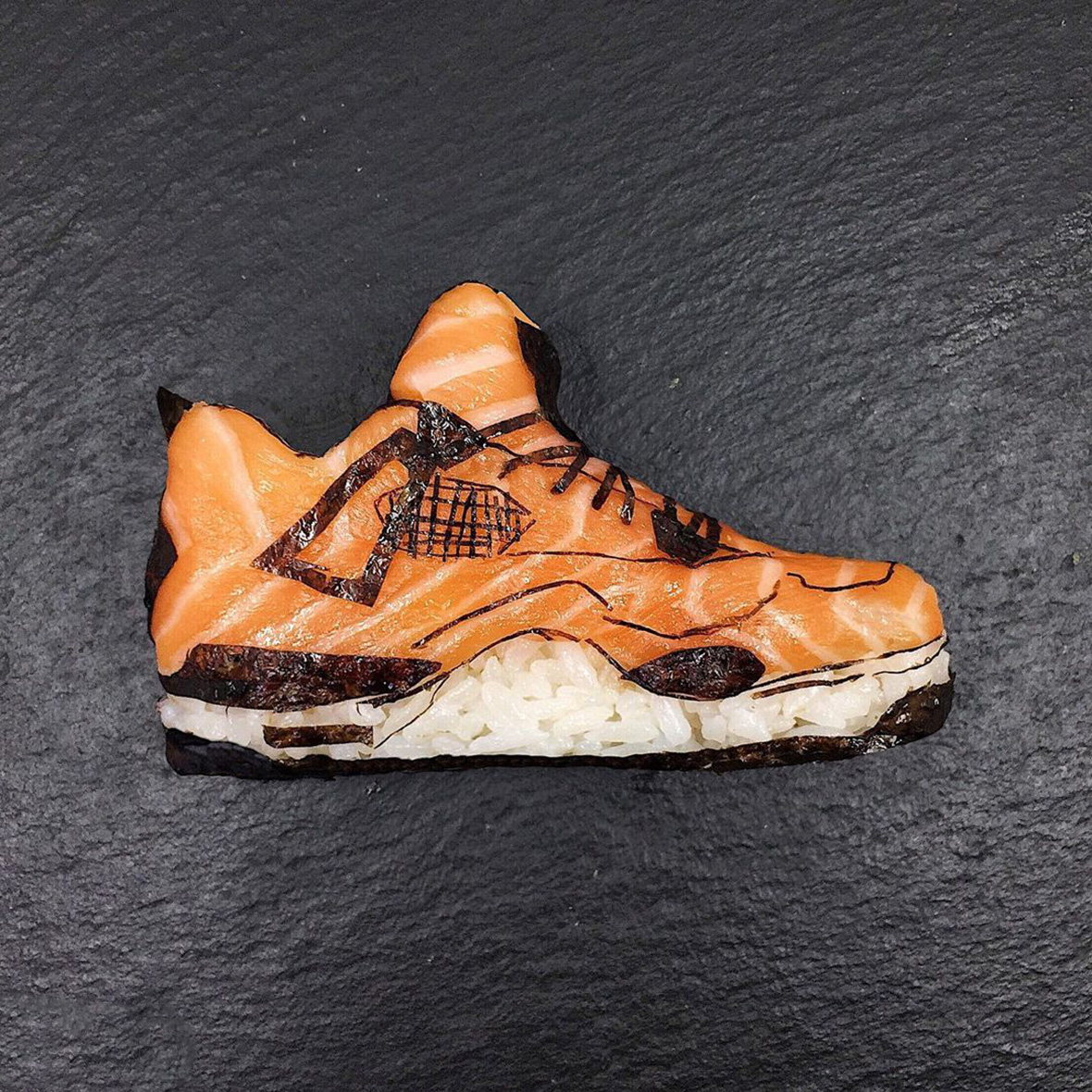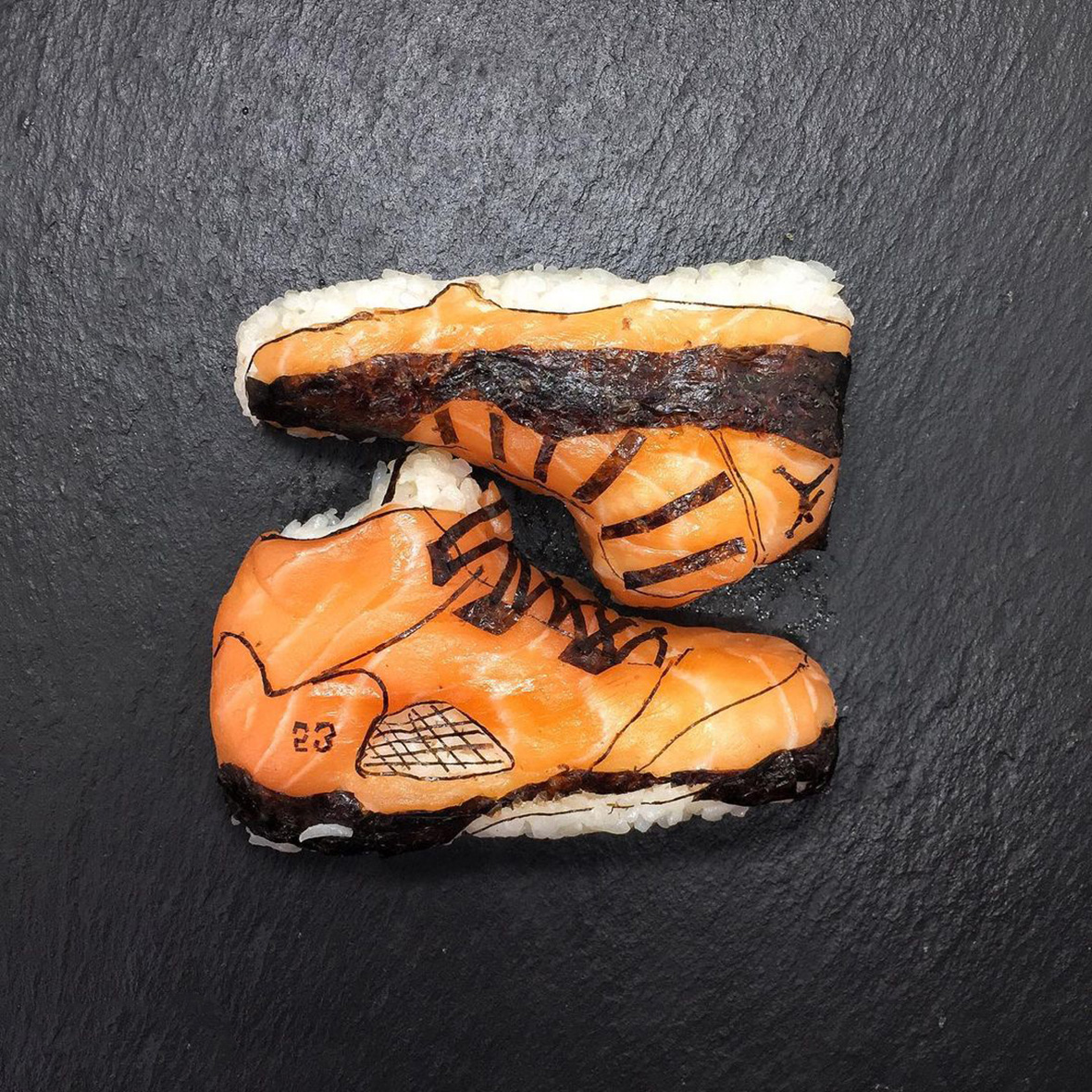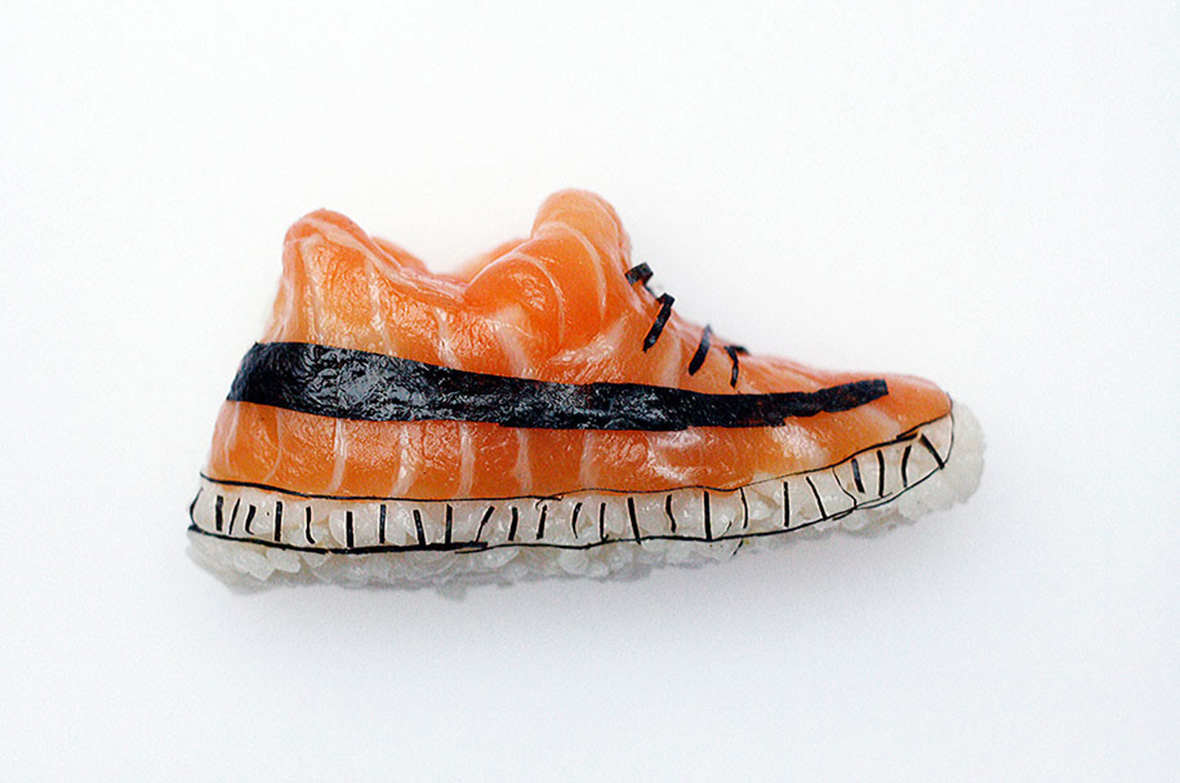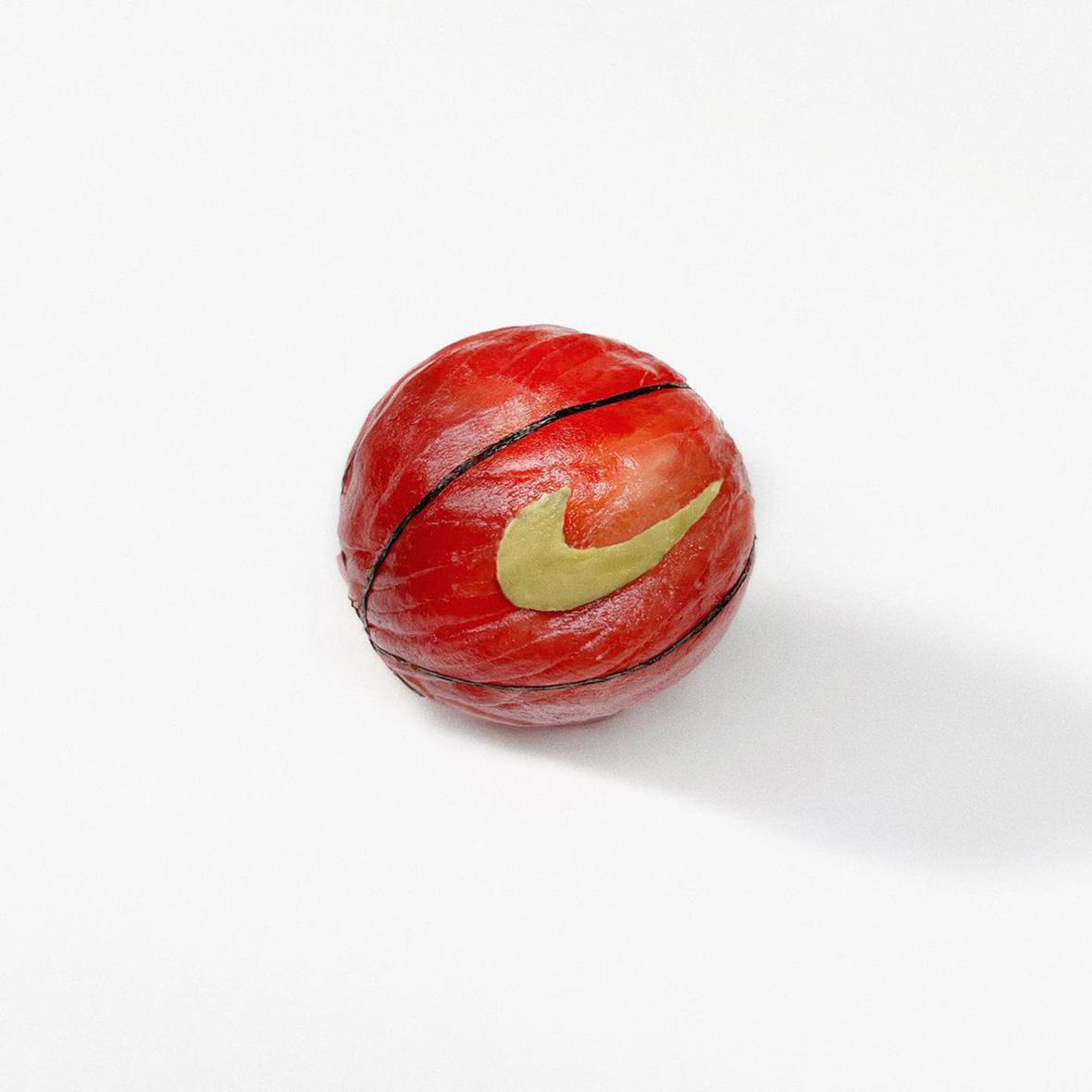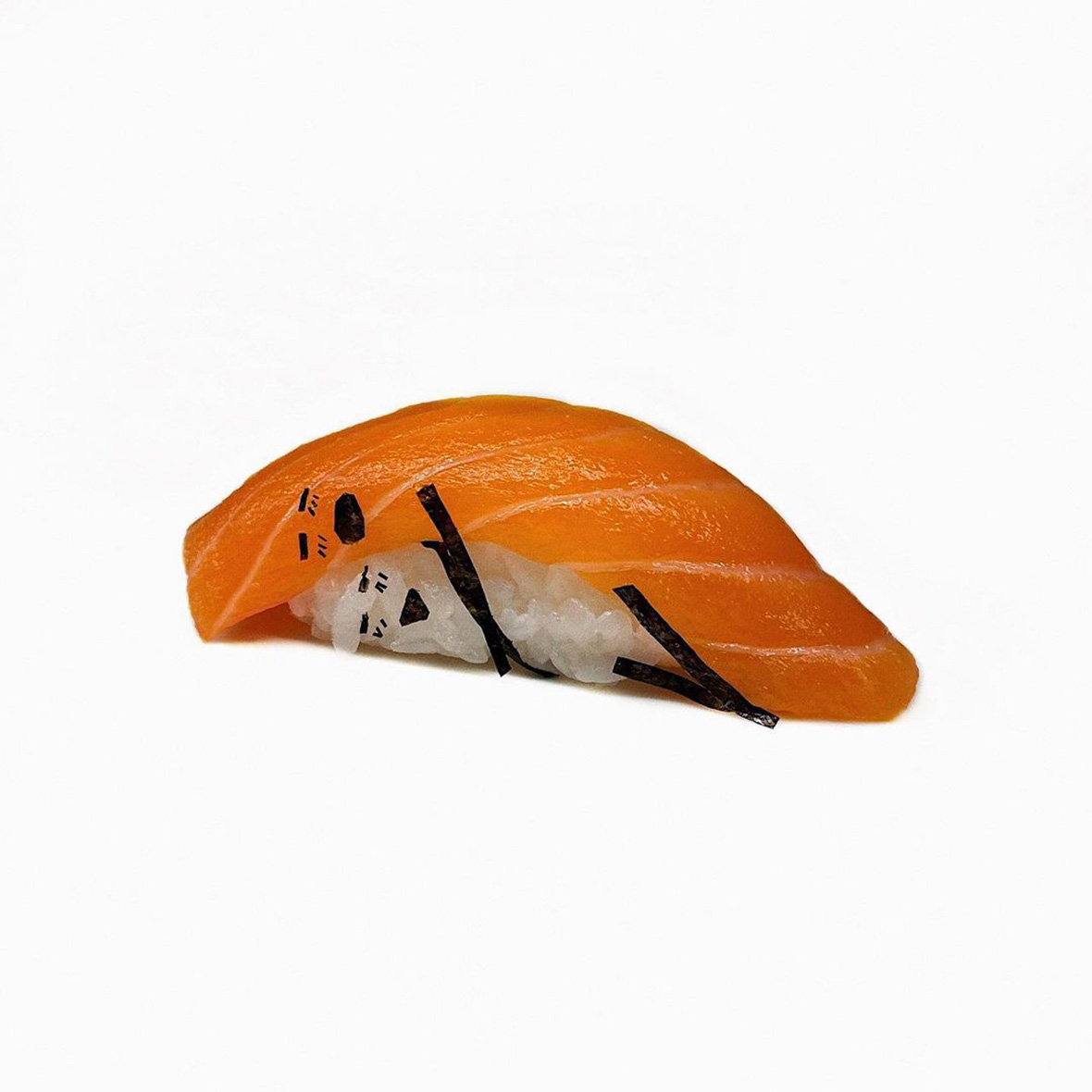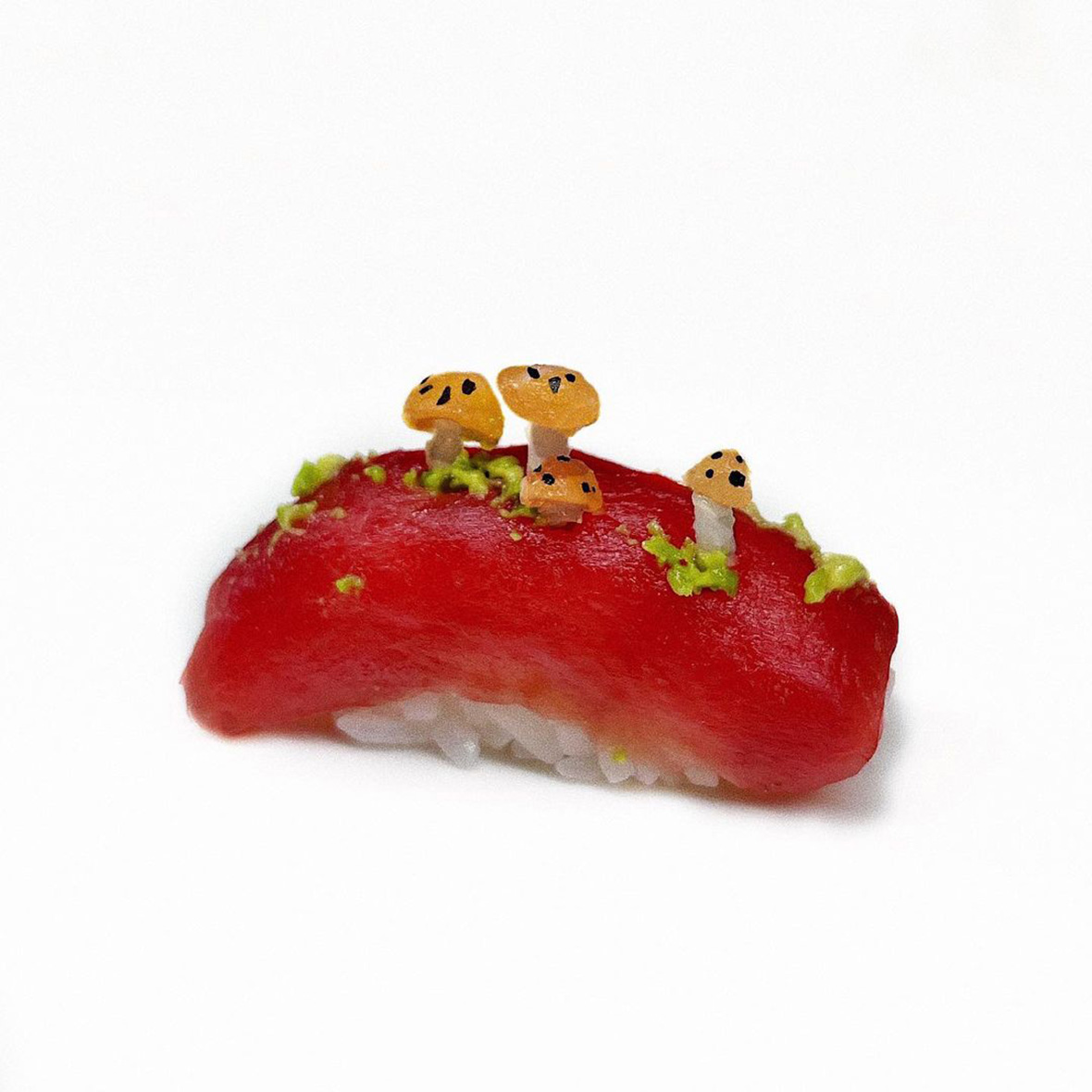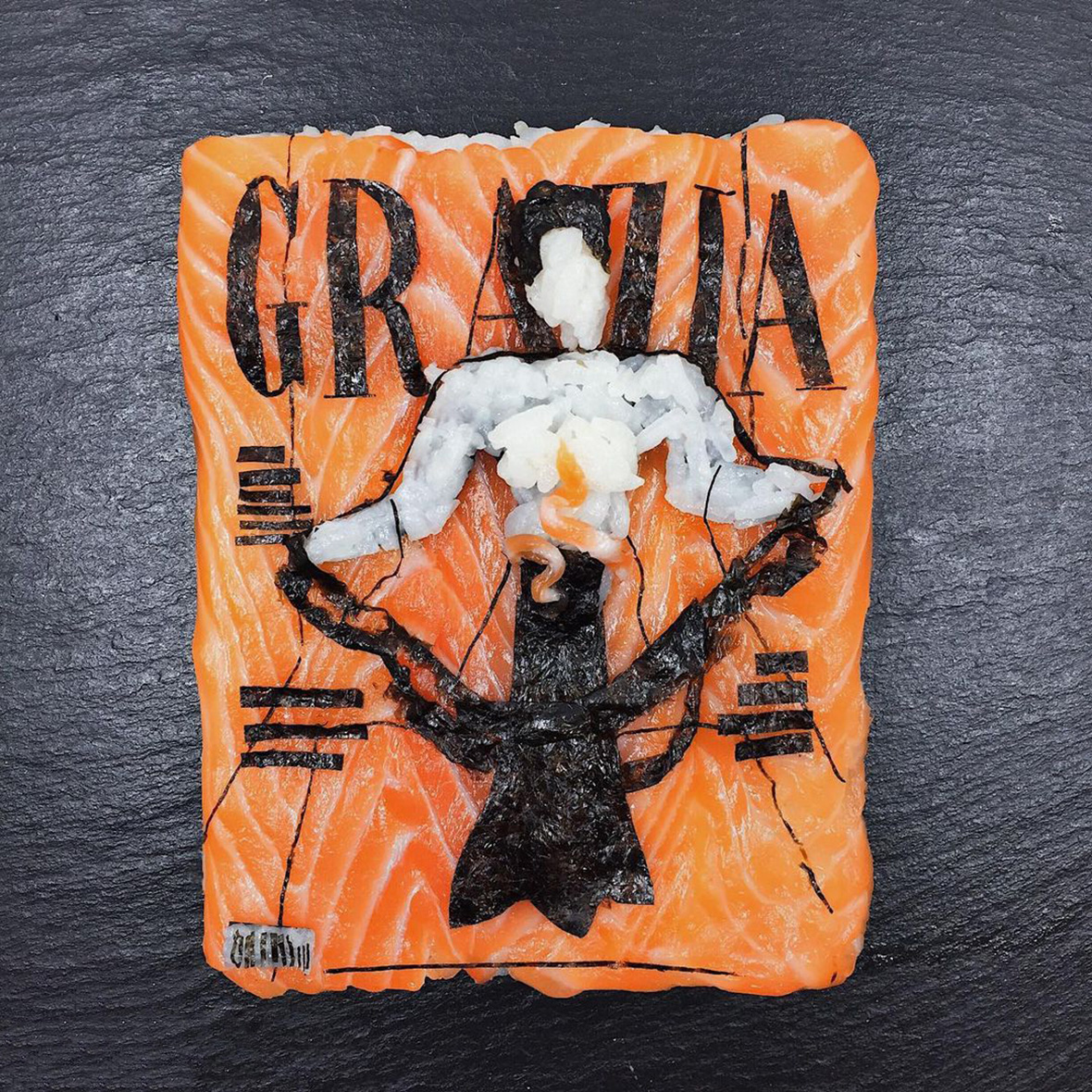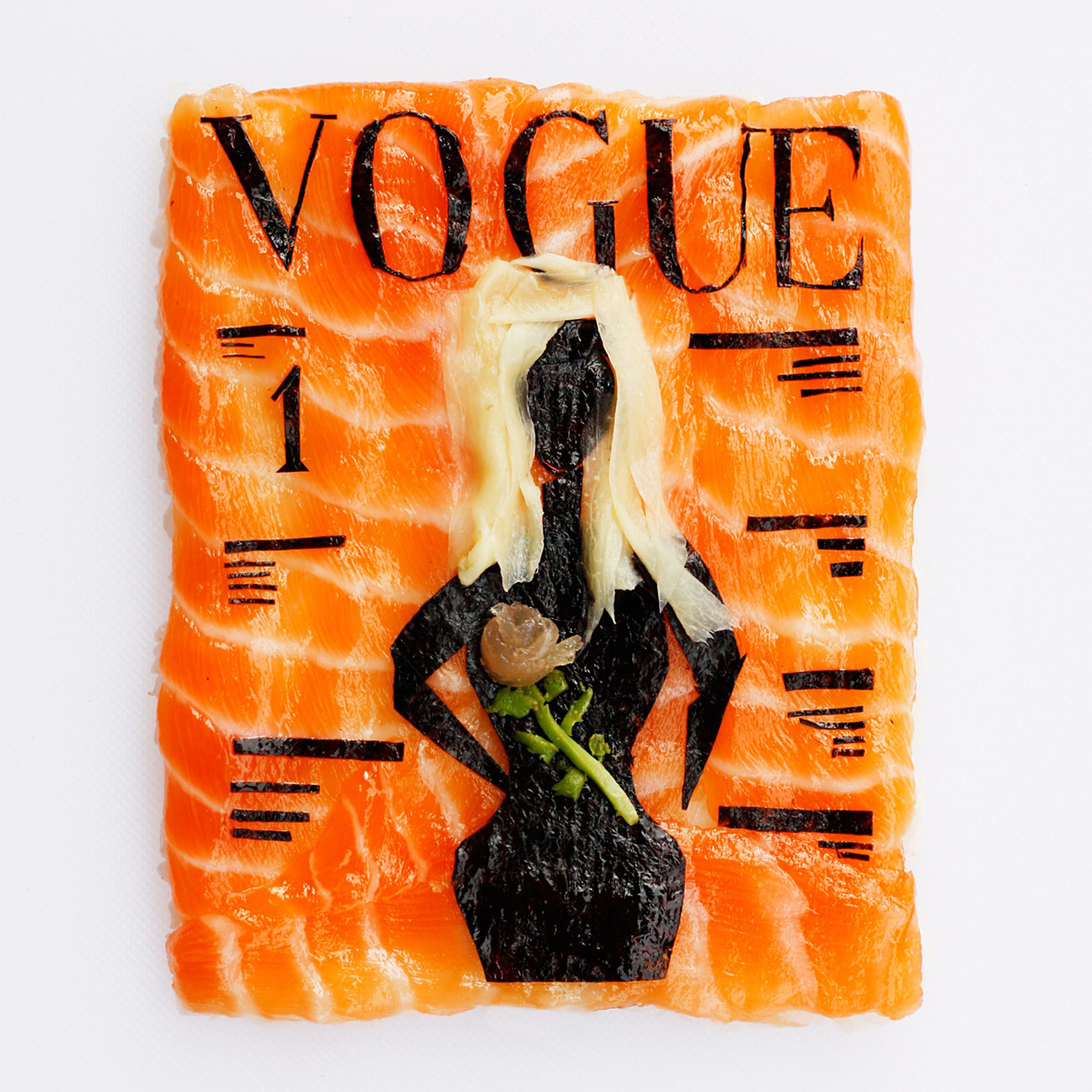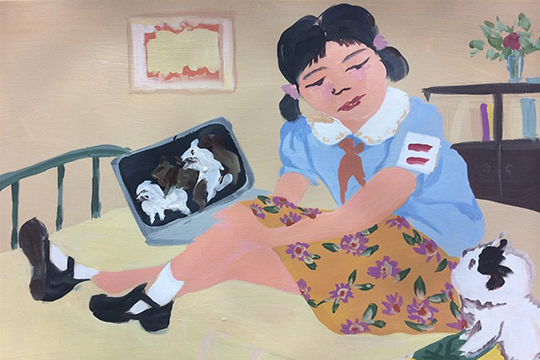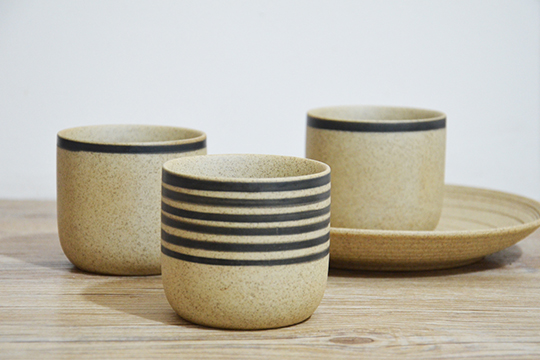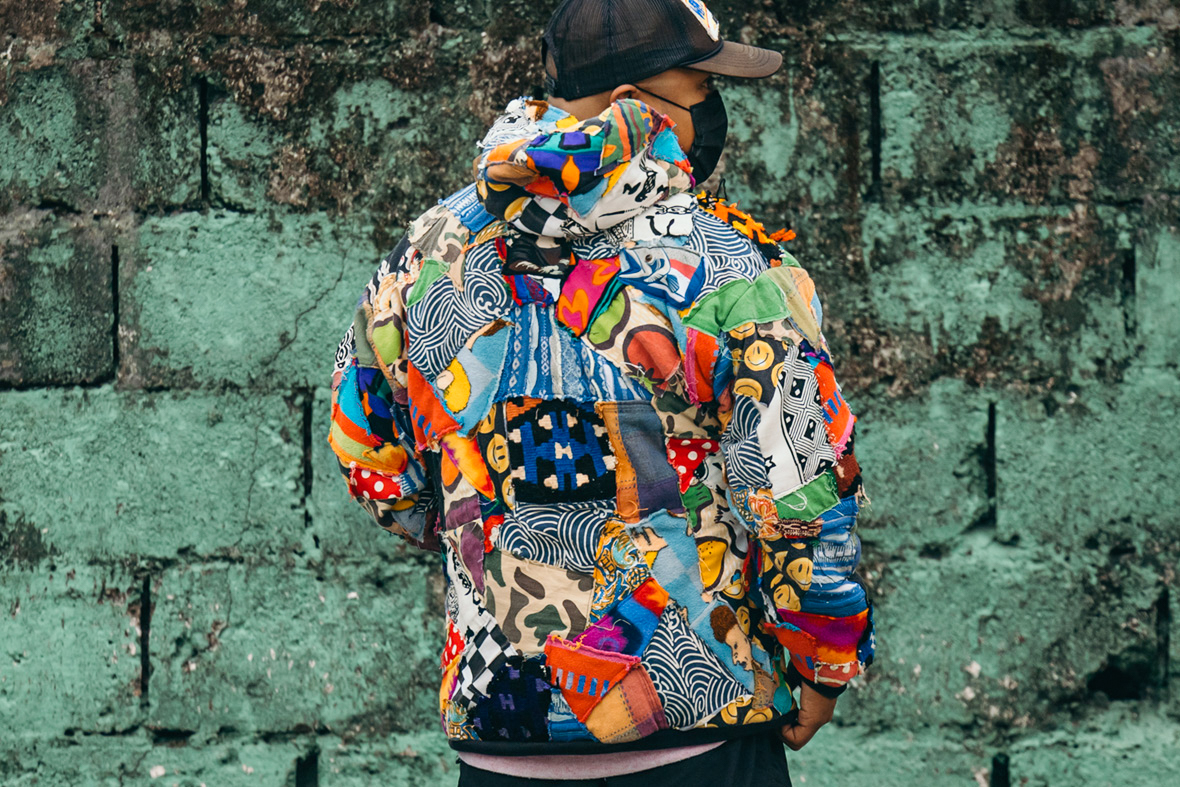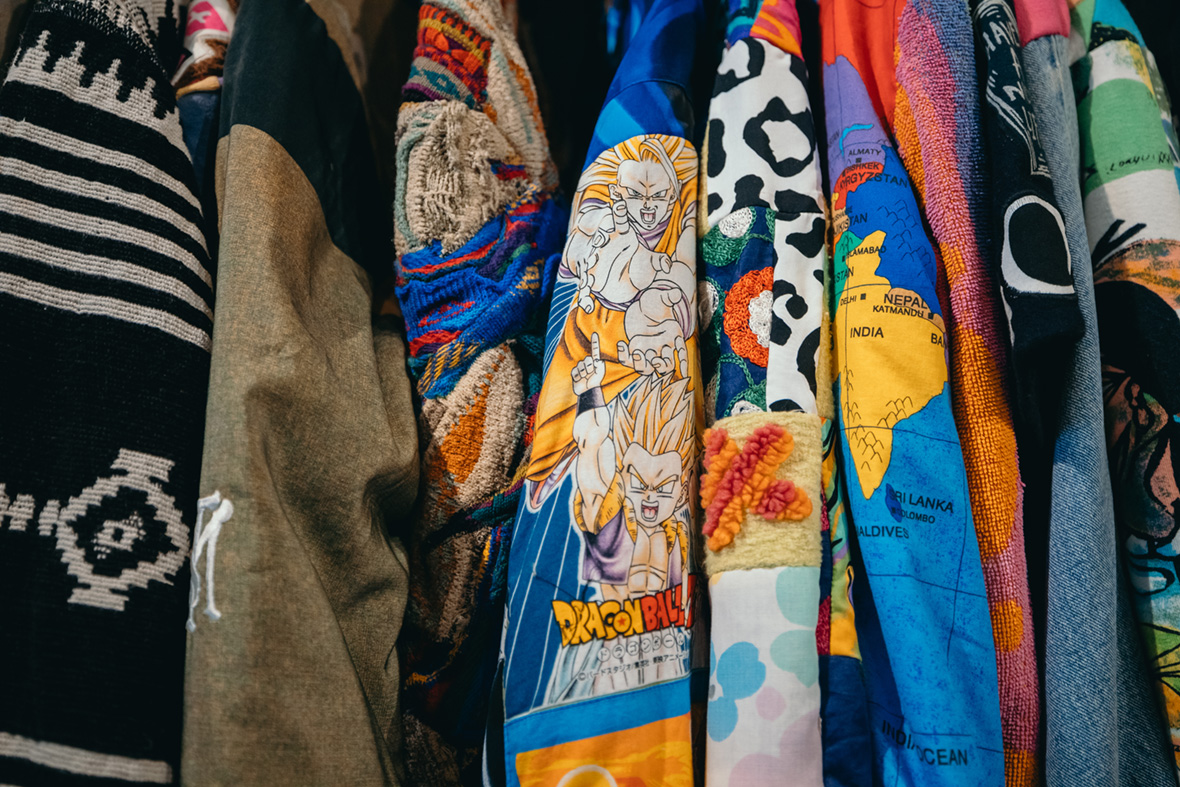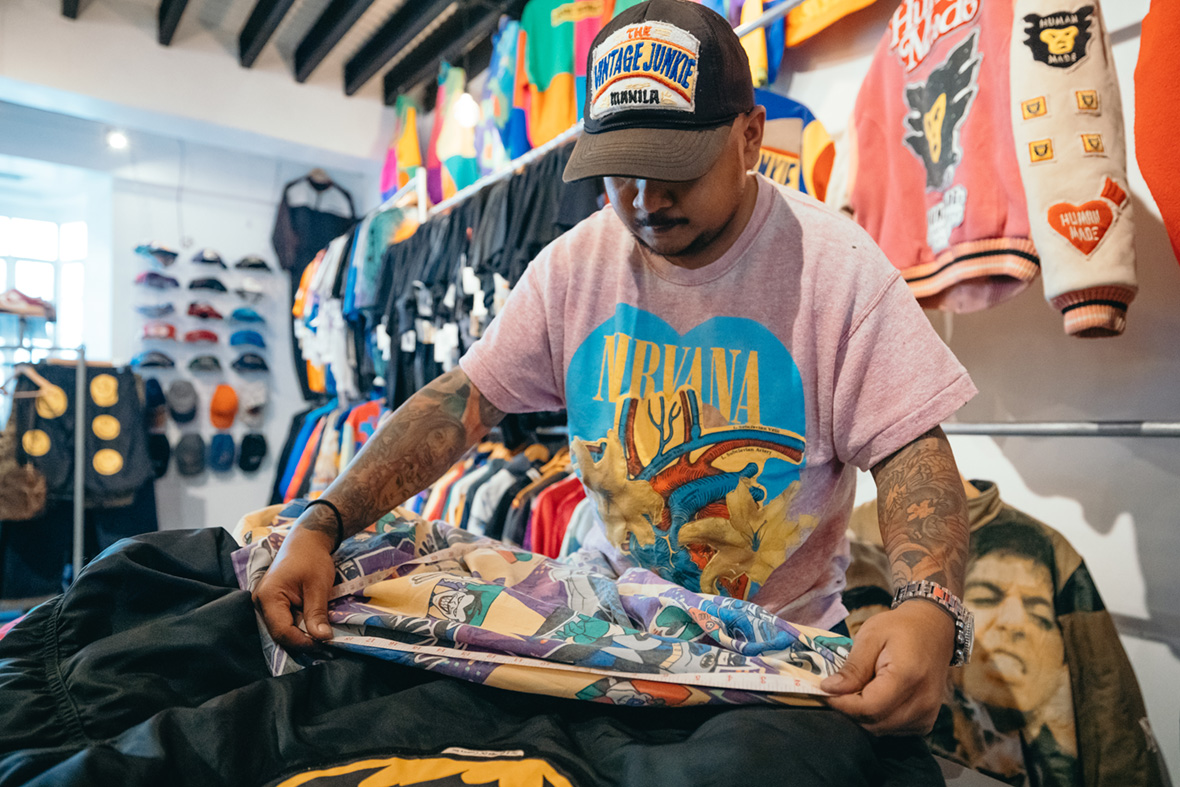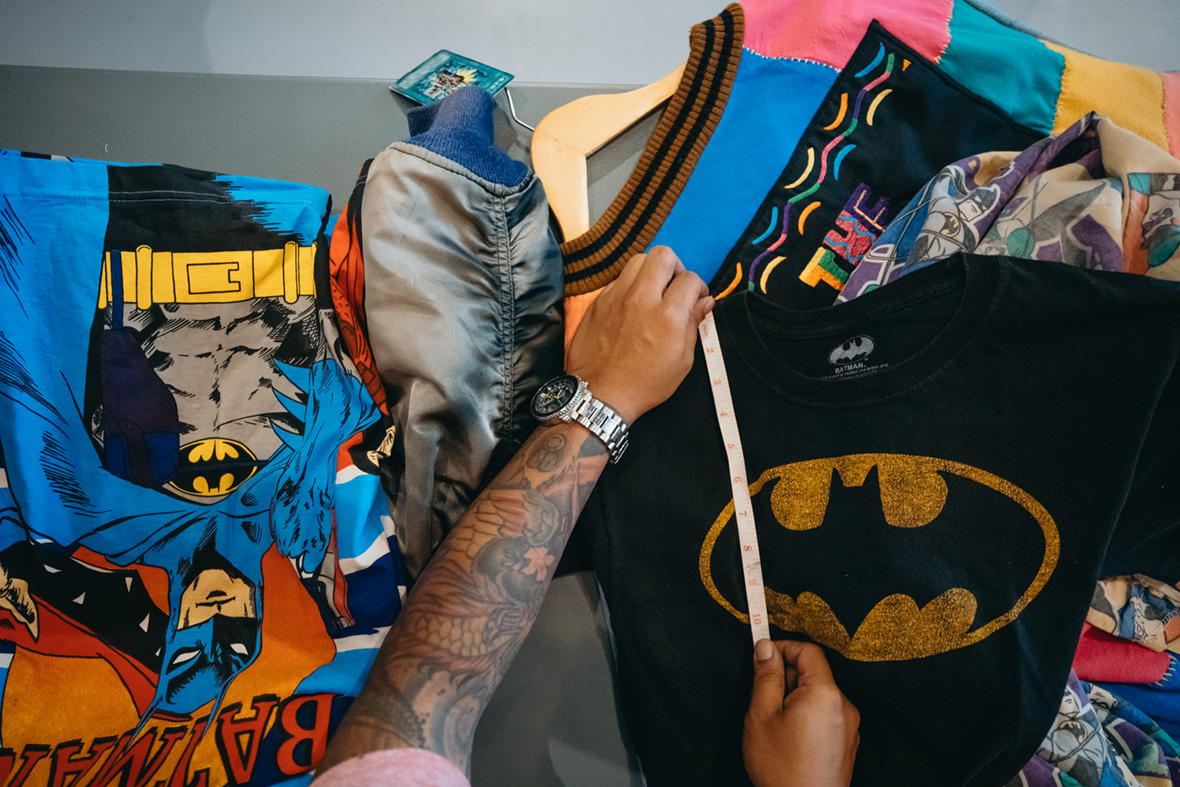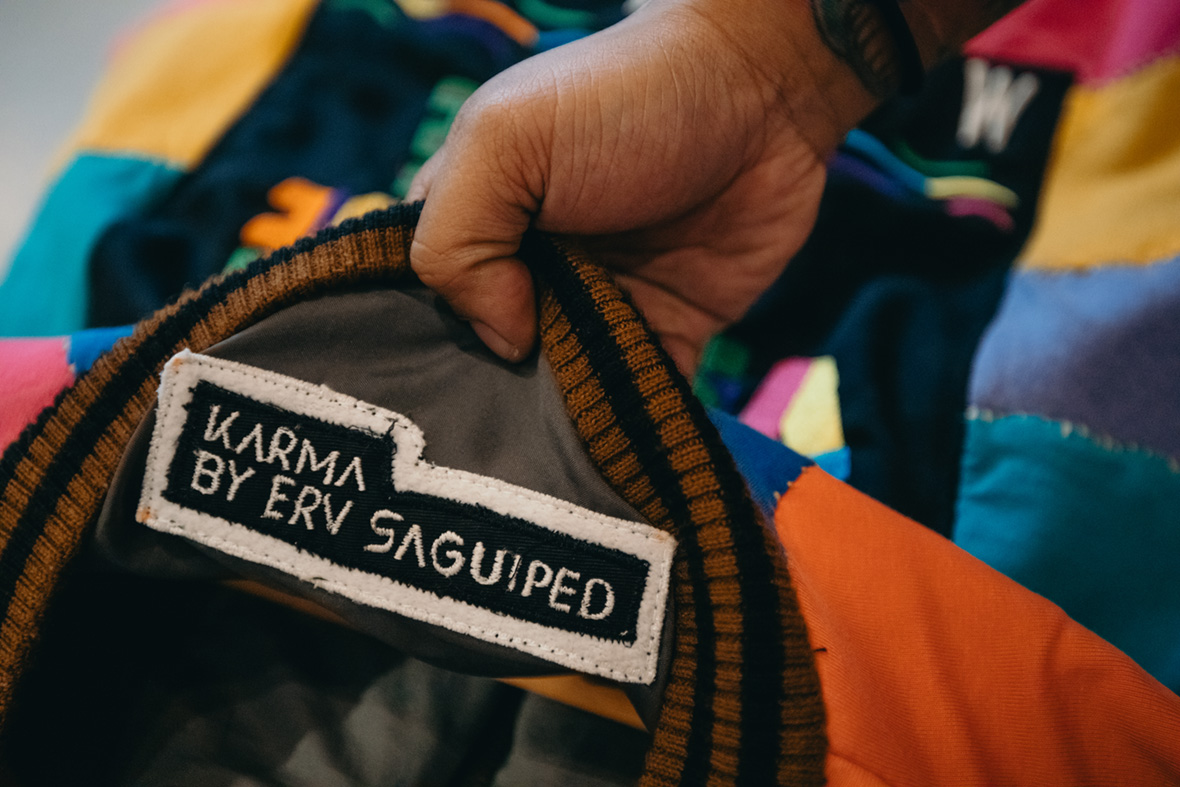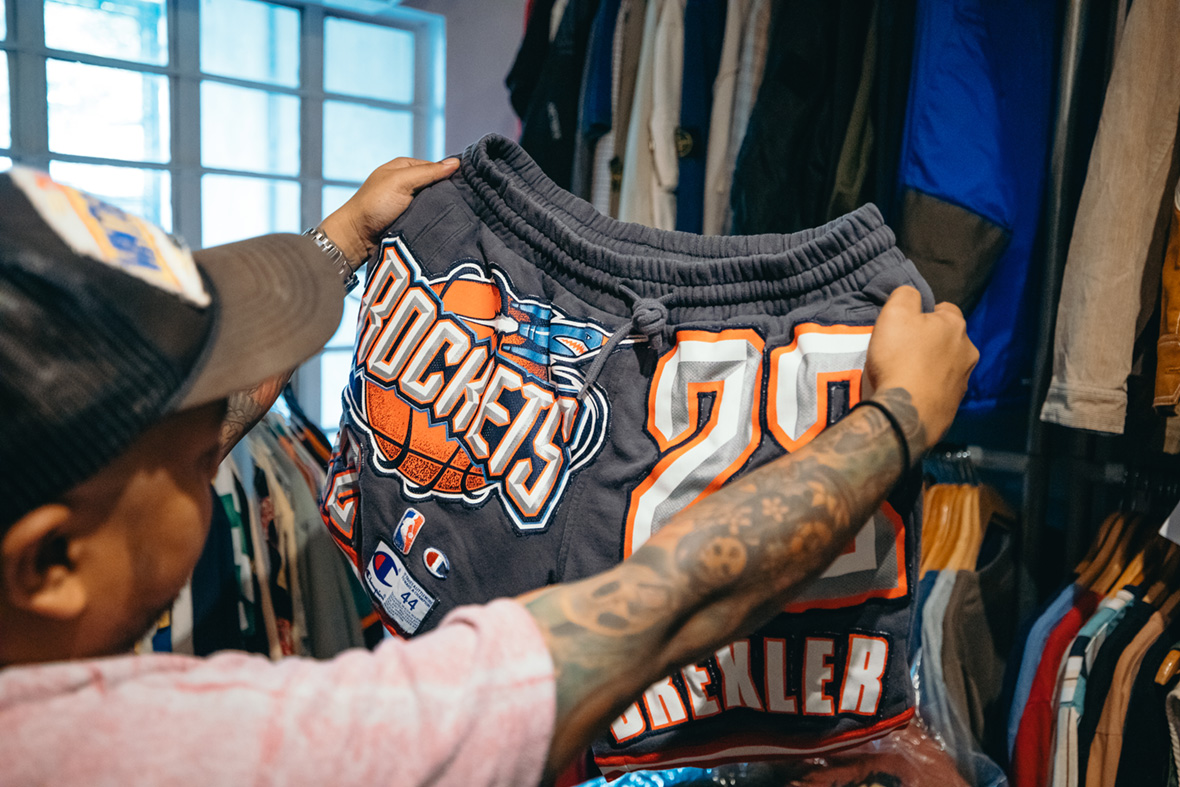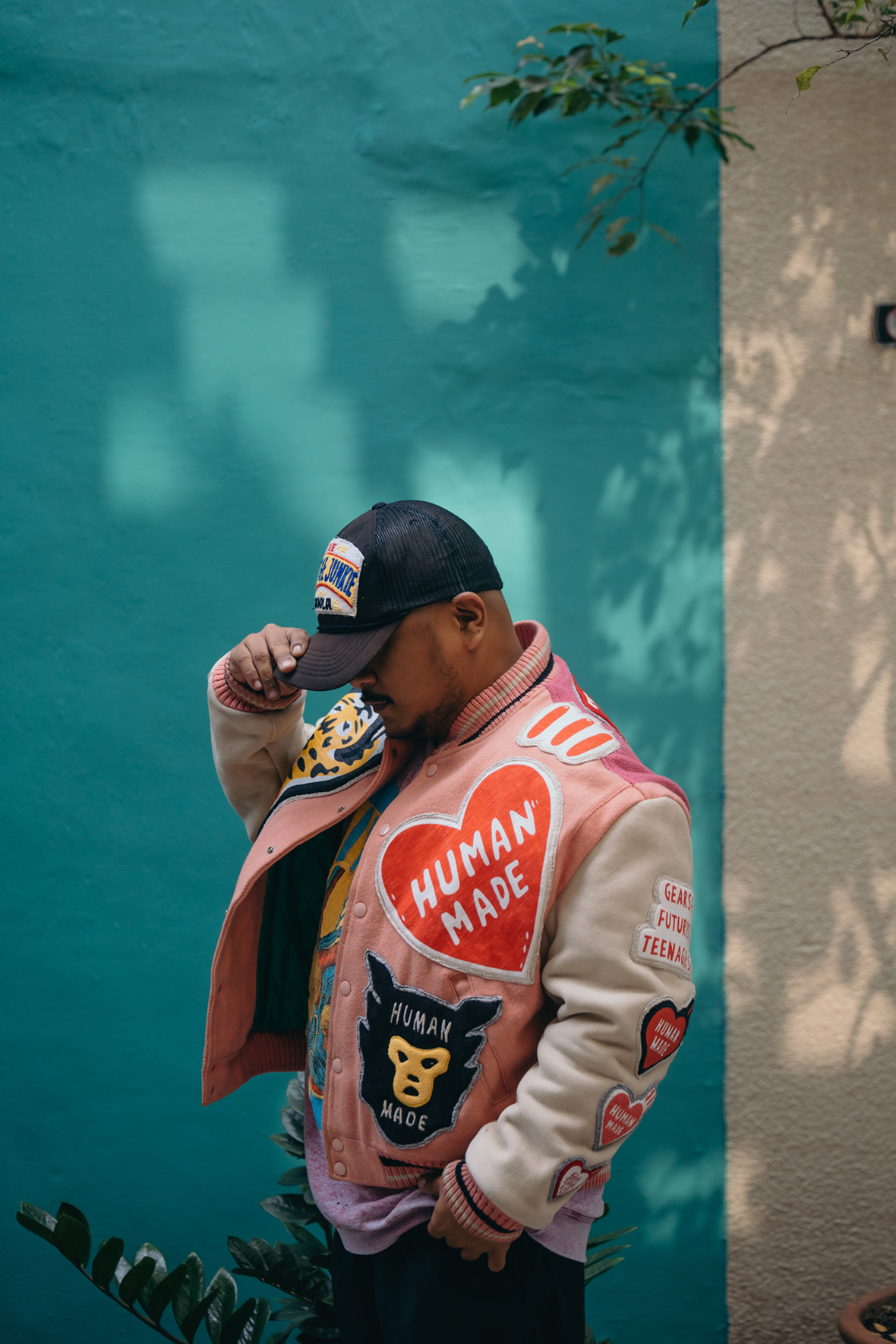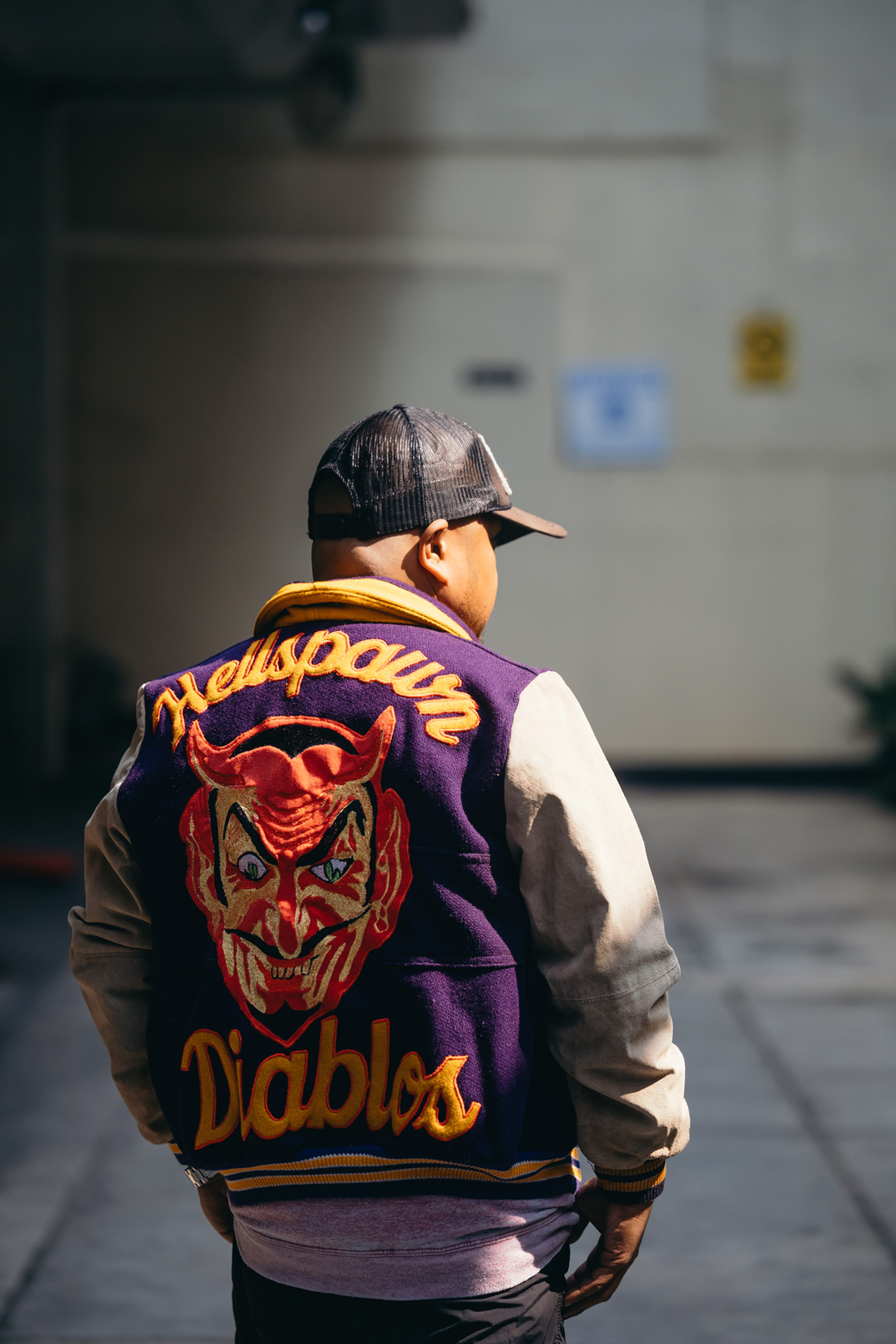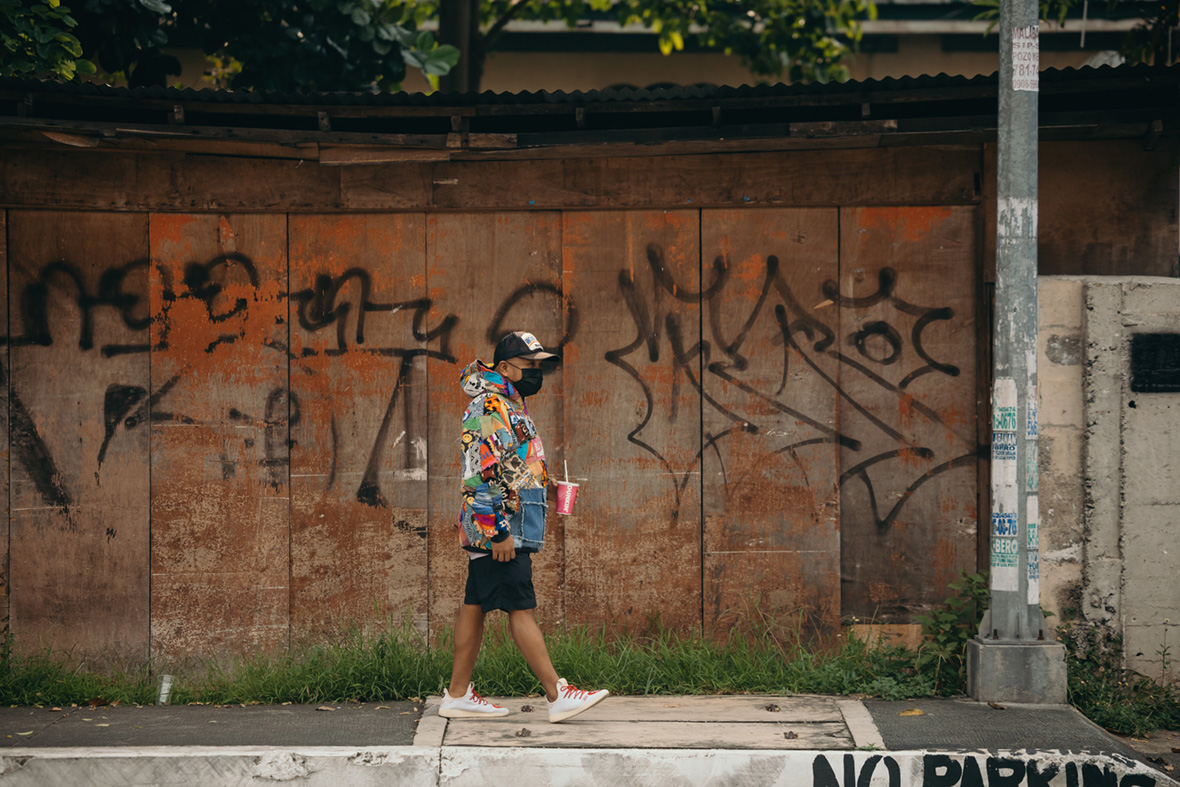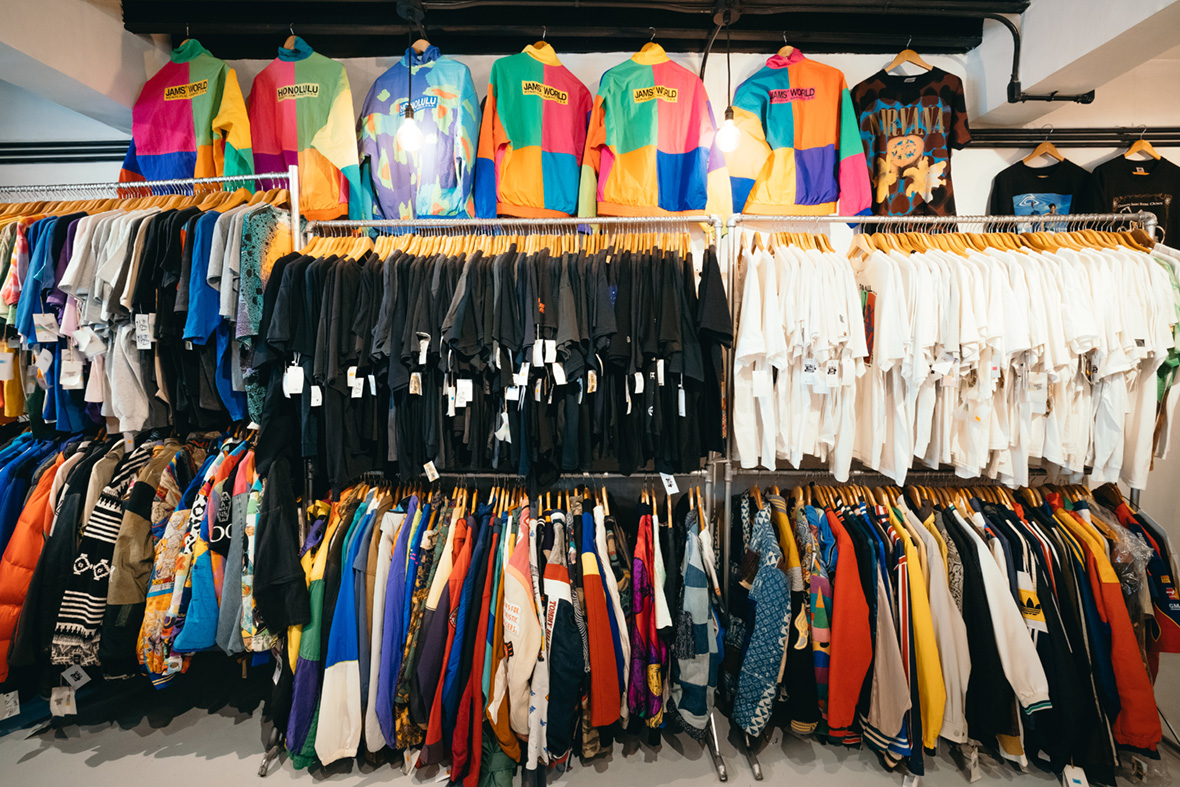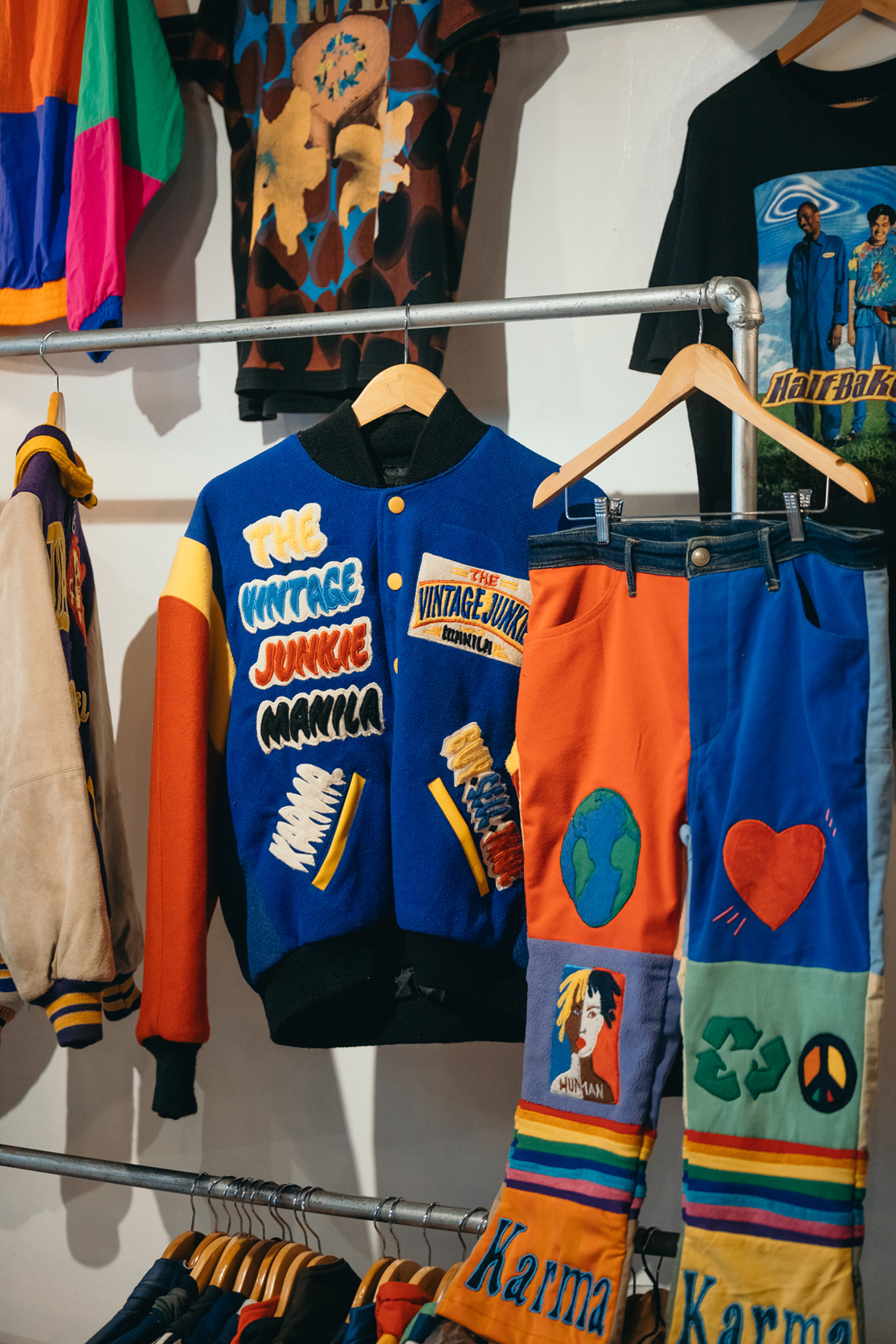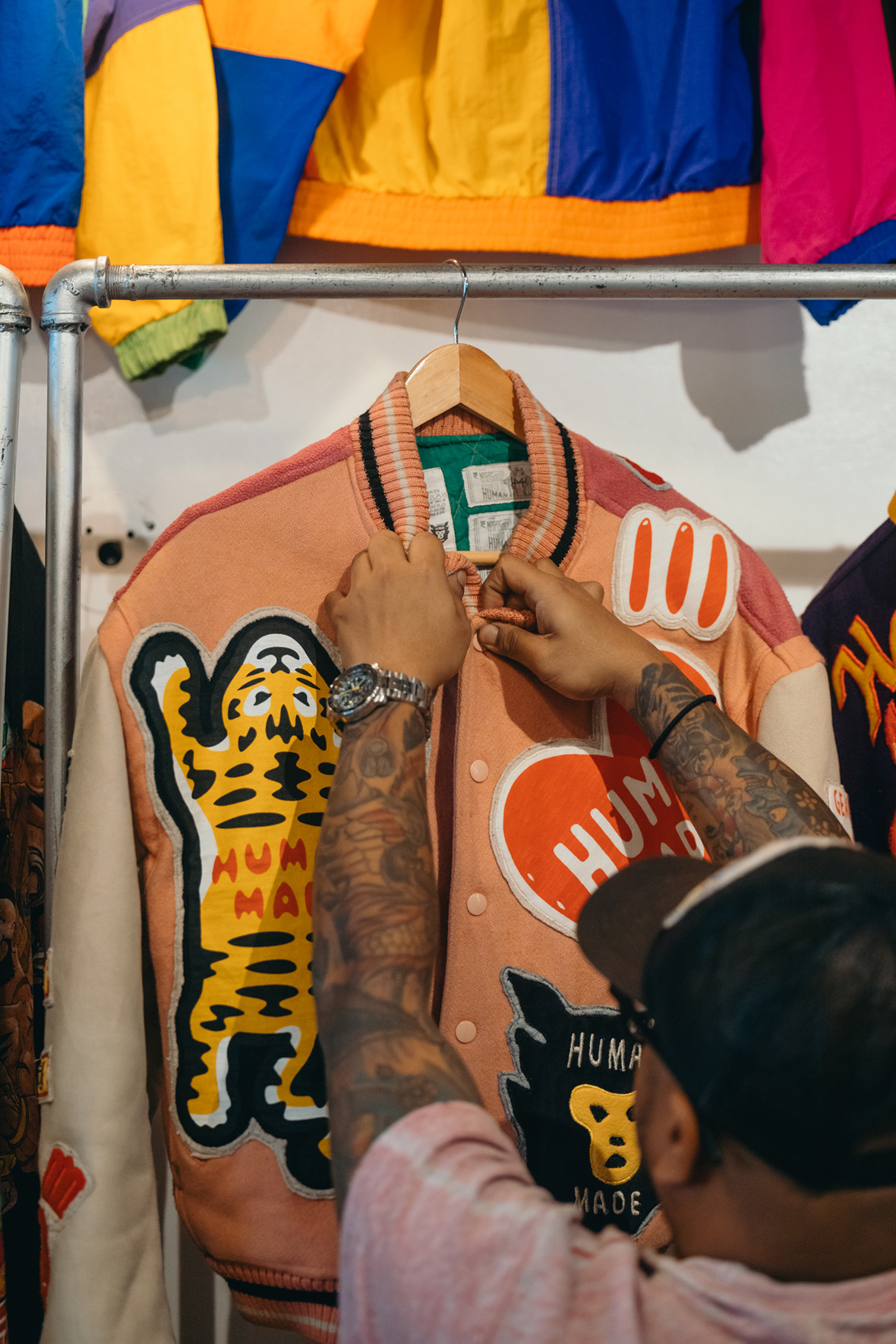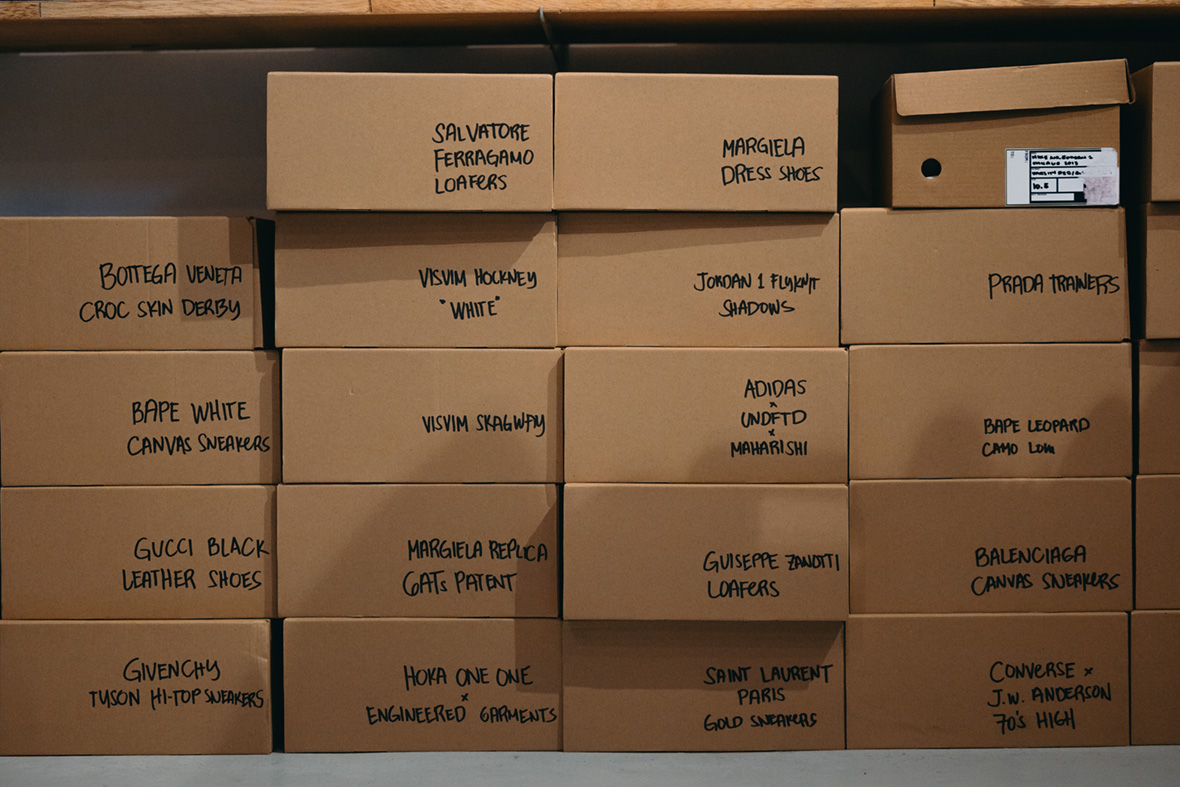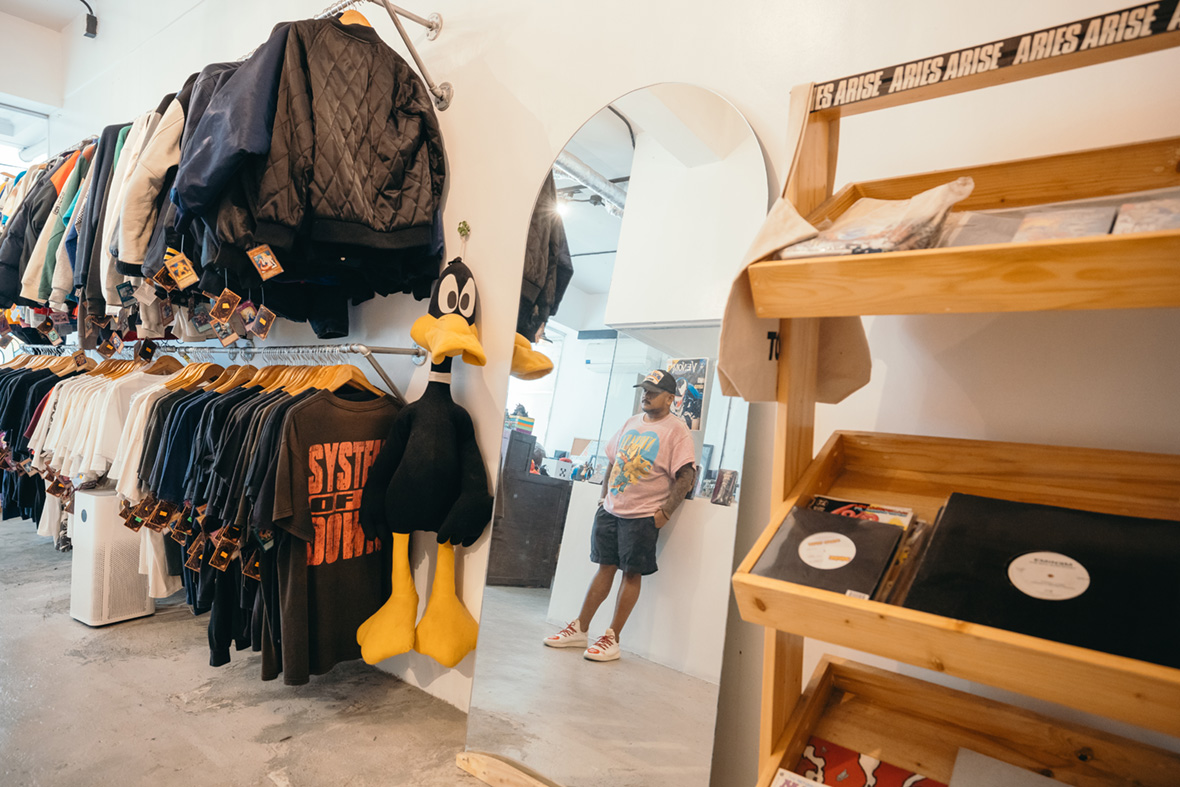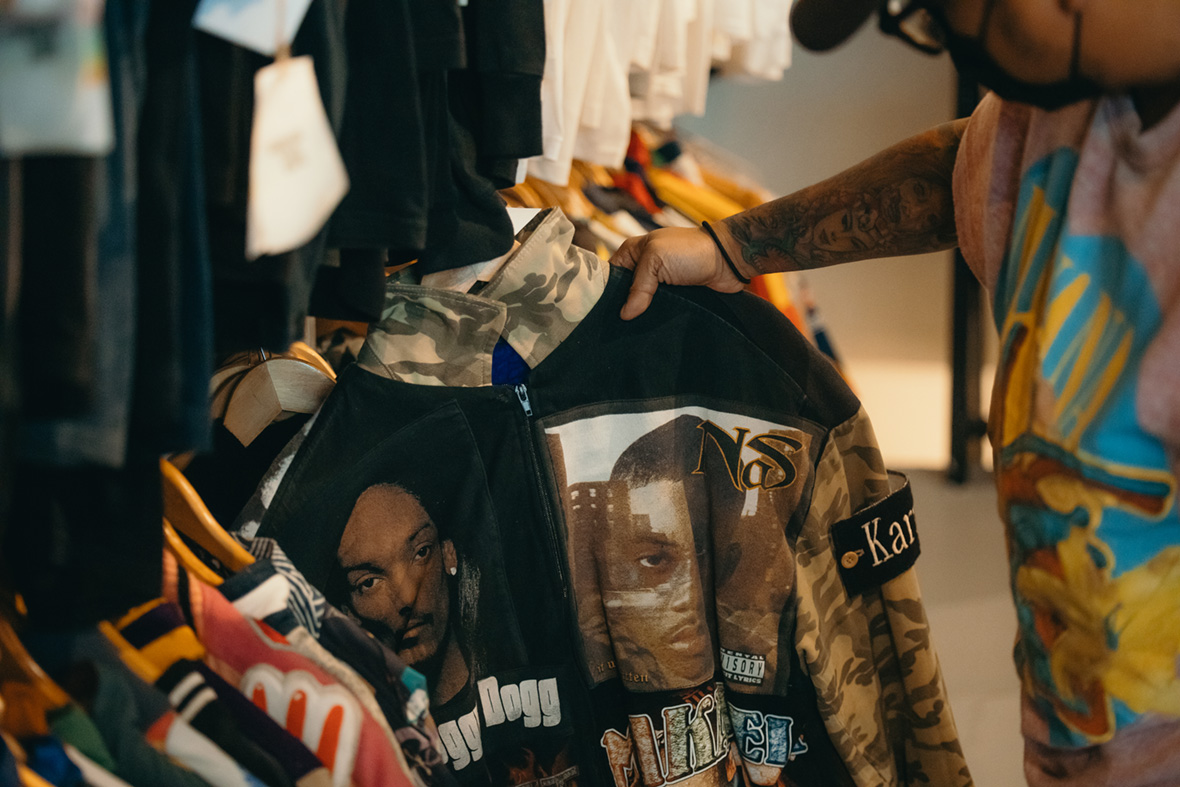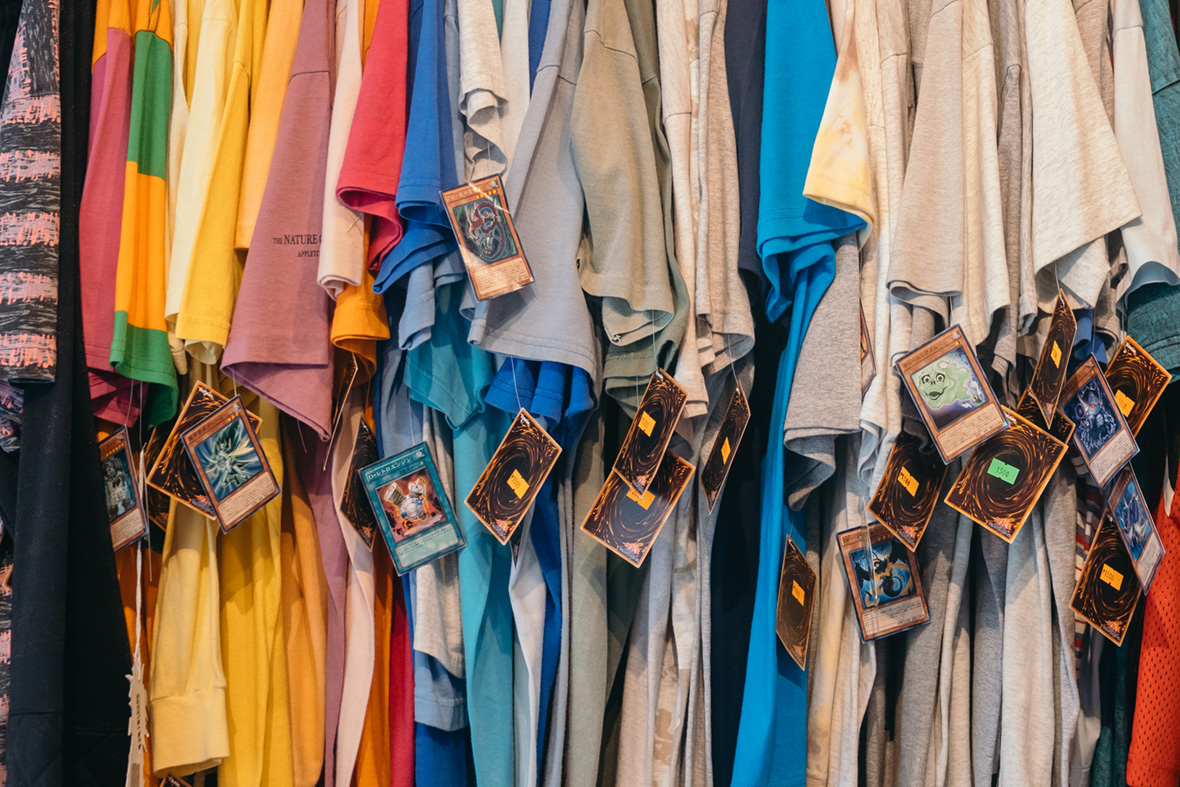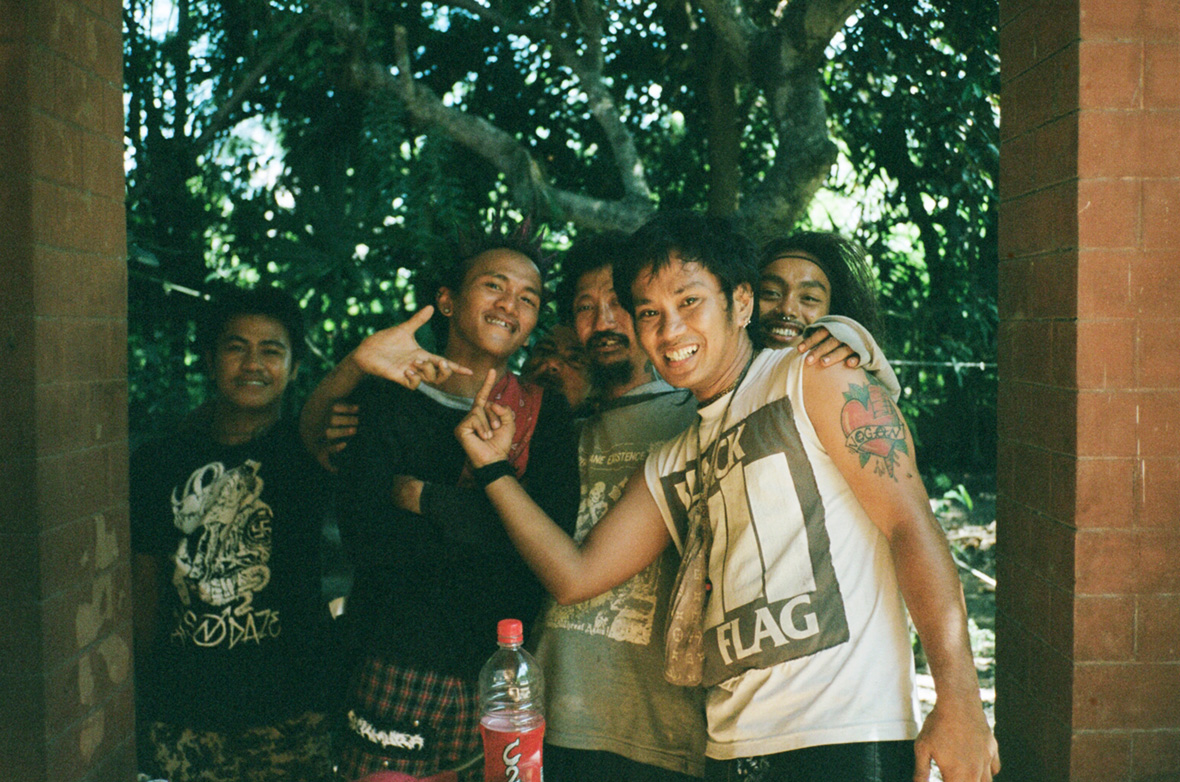
Jess Kohl is a British filmmaker whose work focuses on underground subcultures throughout Asia. Her documentaries have featured punk rock activists in the Philippines, transgender communities in India, and skinhead tensions in Malaysia. Kohl says that a feeling of being different is a big drive behind her exploration of such obscure scenes. “People immersed in subcultures are often struggling with identity, trying to figure out who they are in the world,” she says. “I’m very interested in the contrast and layers of identity that are found with the adoption of Western subcultures in different parts of the world.”
英国导演 Jess Kohl 围绕亚洲地下亚文化拍摄了一系列的纪录片,她将镜头分别对准了菲律宾的朋克摇滚乐手、印度的跨性别群体和马来西亚的光头党。Jess 表示,特立独行的态度是她探索非主流场景的一大动力。她说道:“亚文化群体往往会经历身份认同的挣扎,试图弄清楚自己在世界的位置。因此,我想去世界各地,去了解不同地方亚文化的差异,以及不同身份的面貌。”
Kohl’s first film was Anarchy In the Philippines, which followed a collective of punk rockers hitchhiking around their island playing gigs and doing charity work under the specter of a violent drug war. It was a passion project and she flew to Southeast Asia alone on her own dime, working only with a driver who helped out wherever he could, helping with translation and such.
Jess 的第一部影片是《Anarchy in The Philippines》(菲律宾无政府主义),讲述了在硝烟狼藉的毒品战争中,一群朋克摇滚乐手乘搭顺风车,周游菲律宾岛、一路巡演、参加慈善工作的故事。拍摄的计划纯粹出于她的热爱,由她自己一人出钱。她只身飞往东南亚,与当地一名司机会和,司机为她提供翻译等帮助。
无法观看?前往腾讯视频
She stumbled onto the Filipino punk scene when she fell down a social media wormhole while living in London, quickly becoming online friends with many members of the punk-rock community. Kohl subsequently began learning about the violence of the drug war, which was launched in 2016 by President Duterte and by some estimates has led to the deaths of up to 27,000 people. She knew a focus on musicians would be a useful way to engage a younger audience with an important issue. One of the older punk rockers she befriended urged her to visit and eventually became an indispensable collaborator in telling the group’s story. “He was sending me all these videos and photos of him and his friends,” she says. “It sounded amazing to me and I felt like I had to go do this, so I did.”
在伦敦生活期间,她无意间在社交媒体上接触到菲律宾朋克圈子,很快与当地许多朋克乐手建立起联系。之后,Jess 又了解到当地一度猖獗的毒品战争。这场战争由杜特尔特总统于 2016 年发起,据估计已导致多达 27,000 人死亡。她认为,从音乐人入手,可以更好地吸引年轻观众参与到严肃问题的讨论中来。她认识的一位资深朋克乐手邀请她来菲律宾,向她讲述整个群体的故事。Jess 说:“他为我提供了很多视频和照片素材,我看过之后觉得很有意思。对我来说,这是一趟非去不可的旅行,二话没说就出发了。”

The film follows the group of punk rockers as they perform, dance in mosh pits, and discuss what it’s like to be a punk in the Philippines. Despite their outspoken nature, she found many of them reluctant to speak about a brutal but popular drug war. (Many Filipinos think it’s risky to criticize the administration.) “They were very open in speaking to me, except for what was happening politically. I kept trying to bring it up with people and they’d usually avoid the question,” she says. Some did mention that friends had been killed because of drugs, and one says he was wrongfully accused and imprisoned for no reason. “He’s one of the originators who brought punk rock to this generation but had taken time out from the scene because of what had happened. It was a traumatic experience. It was sad.”

One thing that’s notable about the punks in the film is their willingness to give back to the community. The main gig they play is a fundraiser for someone in need, and at the show, they hung up “Food Not Bombs” banners, which is an international movement to provide food to the hungry as a way to advocate non-violence. “They’re very interested in supporting people who are less fortunate, even though these guys have very little themselves,” Kohl says. “They’re actually very political and care about what’s going on in their country and want to give back.”
影片中,朋克乐手们都很有爱心,他们经常将赚到的钱回馈社区。甚至在现场还挂起了“Food Not Bombs”(要食物不要炸弹)的横幅,倡导民生远离纷争。“Food Not Bombs”是一项为饥饿人群提供食物的国际运动,旨在消除暴力。Jess 说:“尽管他们自己本身也并不富有,但还是乐于帮助他人。事实上,他们很关心政治,关心他们国家正在发生的事,并渴望寄予回馈。”
无法观看?前往腾讯视频
Not long after completing that documentary, Kohl began work on Nirvana, a film about transgendered people in India competing in a beauty pageant called the Koovagam Festival, which is said to be the largest trans gathering in Asia. It starts off with a series of portrait shots while a voiceover recounts the story of Mohini, a Hindu goddess that some consider trans since she’s the female avatar of the male deity Vishnu. “India, in particular, has a history of gender nonconformity; it dates back hundreds of years,” Kohl reasons. “The idea of being non-binary feels like a very modern thing, but it’s been happening for hundreds of years in different cultures across the world.”
在这部纪录片完成不久后,Jess 紧接着开始拍摄《Nirvana》(涅槃)。这是一部关于印度跨性别者参加 Koovagam Festival 选美比赛的影片,该比赛据说这是亚洲最大型的跨性别者活动。影片以一系列单人镜头开始,同时以旁白讲述印度教女神莫希尼(Mohini)的故事。有人认为莫希尼自己就是跨性别者,是男神毗湿奴(Vishnu)的女性化身。Jess 解释道:“印度有过一段非常规性别的历史,可以追溯到数百年前。虽然非二元性别感觉像是一个现代社会的新理念,但其实在世界各地的不同文化中,它已经存在了数百年。”

The subjects discuss their lives and the discrimination they face as the film builds up to the day of festivities. She met one subject by reaching out to a local LGBT charity and met another while filming on location. The first subject makes it far along in the competition but eventually goes home without a crown, returning to sex work. The second subject also doesn’t get chosen, and her hopes are shattered, depicted through an emotional scene full of surreal reverb and slow motion. “For the people in the competition, it’s a really big deal. They see it as a way out, although the reality is that it’s probably not going to change their life,” Kohl says. “Losing is devastating to them. Highlighting trans people—who are the subject of so much prejudice—in a humane way that gets under the skin of their experiences, helps to promote tolerance through understanding.”
影片中随着比赛日的临近,跨性别者开始讲述他们的经历和遭遇过的歧视。其中一位跨性别者是她通过联系当地的 LGBT 慈善机构认识的,还有另一位则是在现场拍摄时遇到的。第一位跨性别者在比赛中表现不错,但最终未能获得名次,只能回家继续从事性工作;第二位跨性别者也落选了,影片以虚幻的回响声与慢动作场景诠释出希望破灭的一刻。Jess 说:“对于参加比赛的人来说,这是一场意义重大的比赛,是他们想要改变生活唯一的出路。因此。落选对他们来说是毁灭性的打击。跨性别者承受着如此多的偏见,以一种亲密、人性化的方式来展示跨性别者的经历,有助于提升人们对这个群体的理解,促进包容。”
无法观看?前往腾讯视频
Her latest film is Disciples, which also takes an unflinching look at controversial subject matter: skinheads in Malaysia. Although the story is similarly tied to punk rock, it deals mainly with tensions over race between two related groups: One is a group of antifascists dedicated to a pluralistic, multi-racial society; the other is comprised of neo-Nazis who are Muslim nationalists and Malay supremacists.
Some think that nationalists and racists shouldn’t be given media coverage unless it benefits the public, and while this is a tiny subculture adopting Western ideas in a small, developing country, Kohl thought that documenting them was indeed important. “It’s a really difficult thing to navigate whether something like this should be given any air time at all,” she says. “And it’s hard to make a film like this without explicitly stating an opinion. But if we’re too quick to censor ourselves, we endanger our understanding of the world around us. There’s a lot of racism around the world, across different countries and cultures, and it feels important to show that.”
The film joins both groups at home and during their daily lives, meeting family members and observing them interact with each other. All of it builds up to a dinner where both are invited and the tension builds as the night approaches. Although both groups don’t end up at the event together, we’re privy to why they adopt each stance and the way those close to them view their outlooks. There’s a woman involved with the antifascists who complain that their parents won’t let her marry because of her partner’s style of dress. And the father of the neo-Nazi’s leader questions what place Western ideas have in a Muslim country. The leader is shown practicing kickboxing in top form and dressed in neat, fashionable clothing, displaying a charisma that’s unnerving. “He also came across as kind of smart, which was pretty scary,” Kohl admits. “But the rest of the neo-Nazis seemed quite dumb, just kind of following whatever. They almost didn’t know what they were doing.”
她的最新影片《Disciples》(门徒)同样探讨了一个当地备受争议的话题:马来西亚光头党。故事与朋克摇滚有一定的联系,但它更侧重于两个群体之间紧张的对立关系:一边是一群倡导多元化、多种族社会的反法西斯主义者;另一边是由穆斯林民族主义者和马来人至上主义者组成的新纳粹分子。
有的人认为,媒体不应该报道民族主义者和种族主义者,除非是在对公众有益的情况下,但 Jess 却坚定地认为拍摄这个群体很有必要。她说:“是否应该拍摄和展示这些问题本身就是一个很难决定的事。但,如果我们总是急于对自己的创作进行自我换衣,这势必会影响我们对周围世界的理解。世界各地、不同国家和文化都存在各种各样的种族歧视问题,我觉得揭示这些问题很有必要。”
影片拍摄了这两个群体成员日常生活中的一面。例如与家人共处的时刻、彼此之间情感的联络、以及共进晚餐的情形。随着夜幕降临,紧张的氛围渐渐上升。观众可以一窥他们选择各自立场的原因,以及长辈对他们的看法。一个加入反法西斯团体的女人抱怨道,她的父母因为不喜欢她伴侣的着装风格而不同意他们结婚;而一位新纳粹领袖的父亲则在质疑西方思想在穆斯林国家的影响。影片中,新纳粹领袖穿着时尚醒目的服装、身姿矫健地打着拳击,这种魅力令人不安。Jess 说:“他看上去给人一种很聪明的感觉,却令人发怵。其他的新纳粹成员似乎很盲目,只是在随大流,一些人甚至都不知道自己在做什么。”

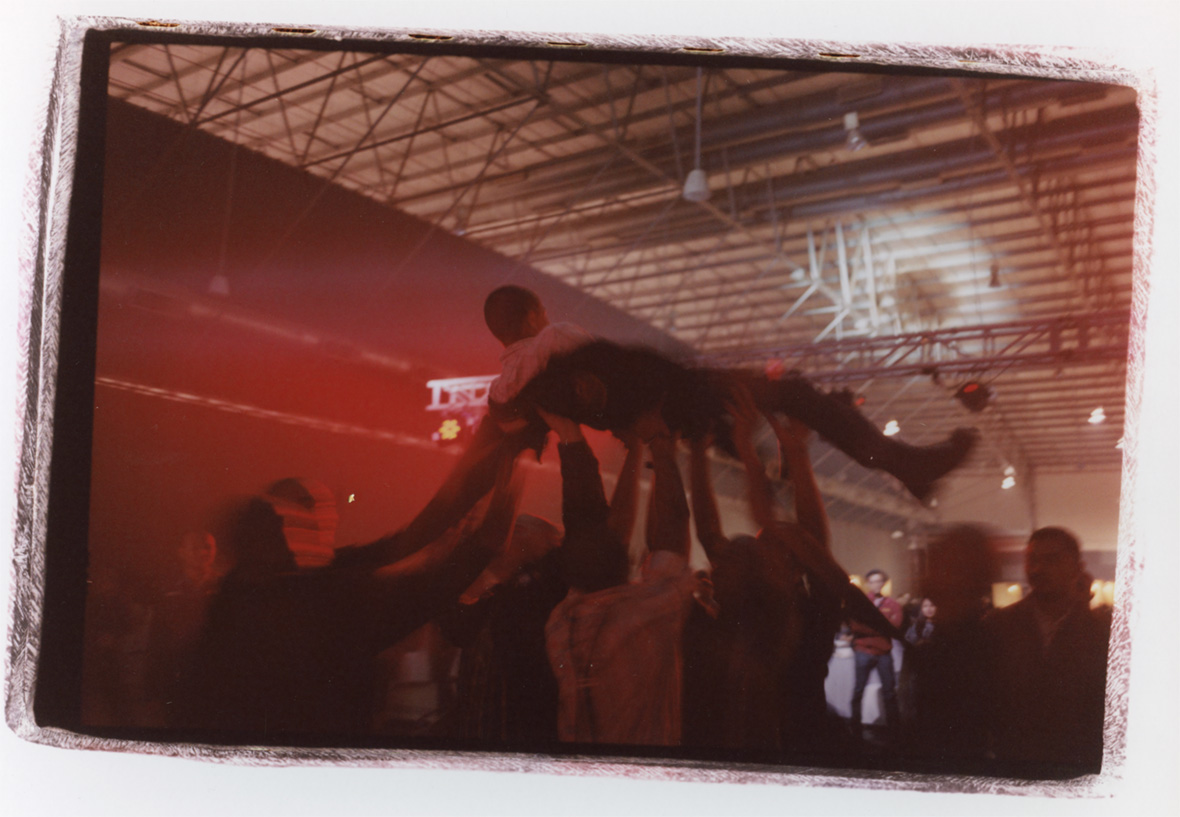
Kohl says that while there was a lot of aesthetic overlap between the scenes in Malaysia and the Philippines, their lifestyles were also very different, and it really speaks to the diversity of the region: “The Philippines was a lot more DIY, I think because the country allows for that culturally. Whereas Malaysia is much more structured. You couldn’t just do a gig in a backyard. Plus drinking isn’t allowed since they’re Muslims, which definitely changed the energy.”
Jess 表示,虽然马来西亚和菲律宾的社会场景看上去很相似,但两地的生活方式却截然不同,这也说明了该地区的多样性,“菲律宾的圈子更 DIY,可能是因为这个国家的文化使然;而马来西亚则更克制,你不可能一时兴起就在自家后院演奏朋克。” 接触不同地区亚文化人群对于 Jess 来说像是上瘾,现在,Jess 扛起相机打算继续前行,继续将镜头聚焦在亚细亚那些不为大众所熟知的面孔上。
Like our stories? Follow us on Facebook and Instagram.
Website: www.jesskohl.com
Instagram: @jess.kohl
Vimeo: ~/jesskohl
Contributor: Mike Steyels
Chinese Translation: Olivia Li

